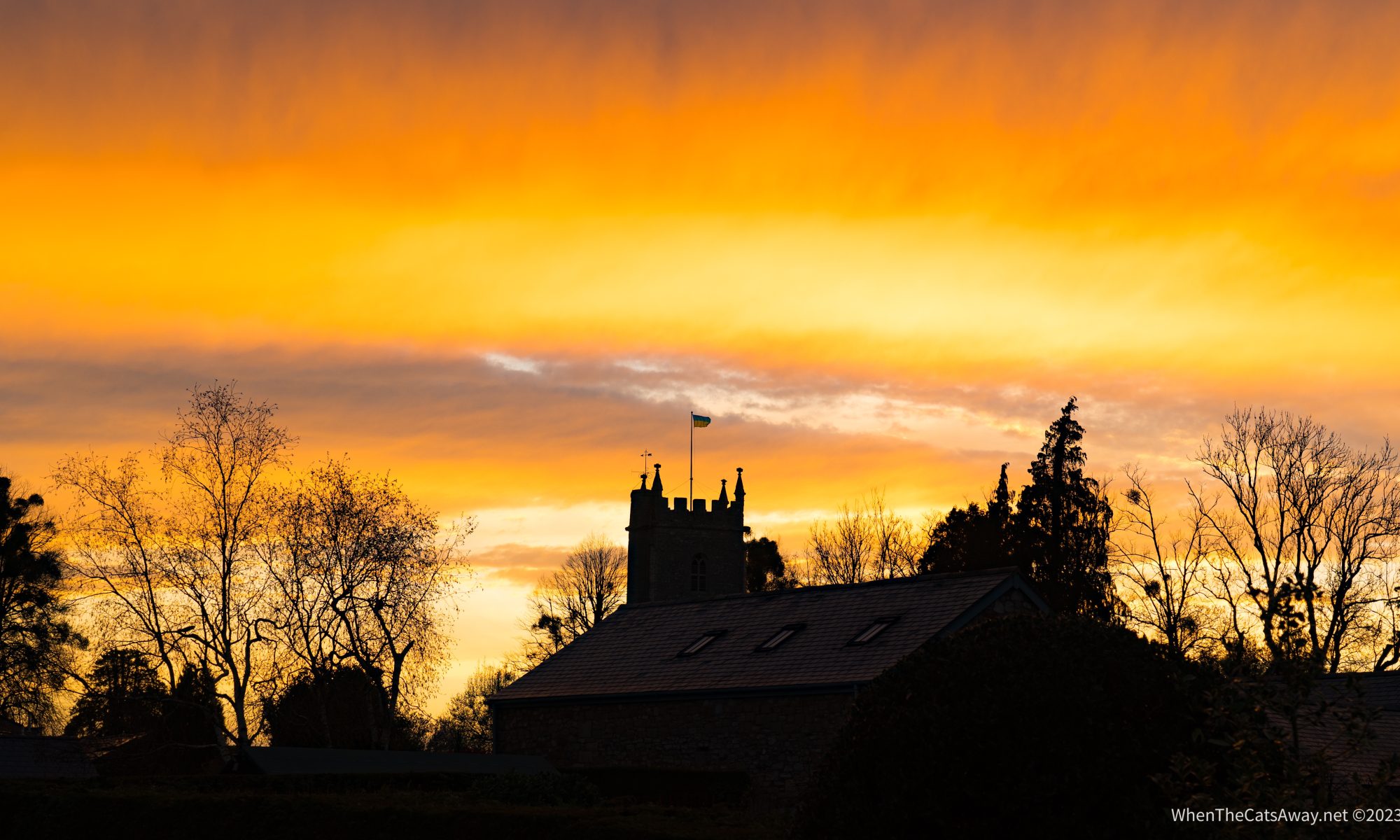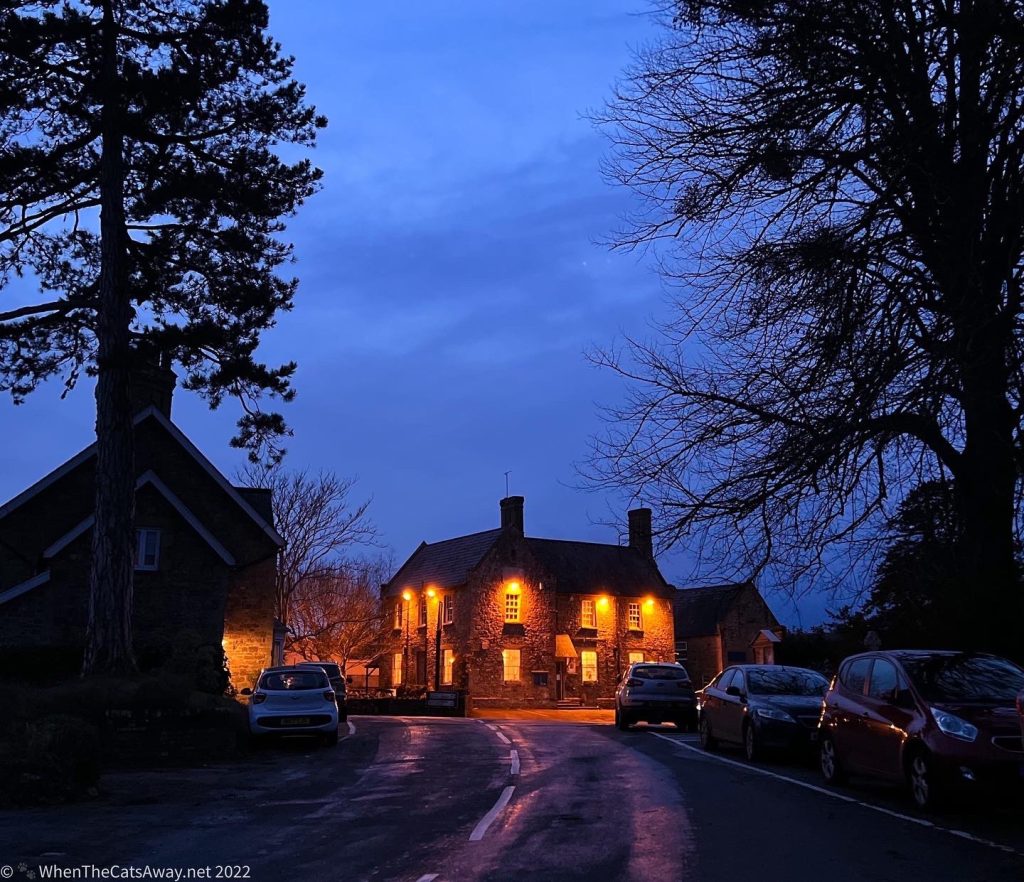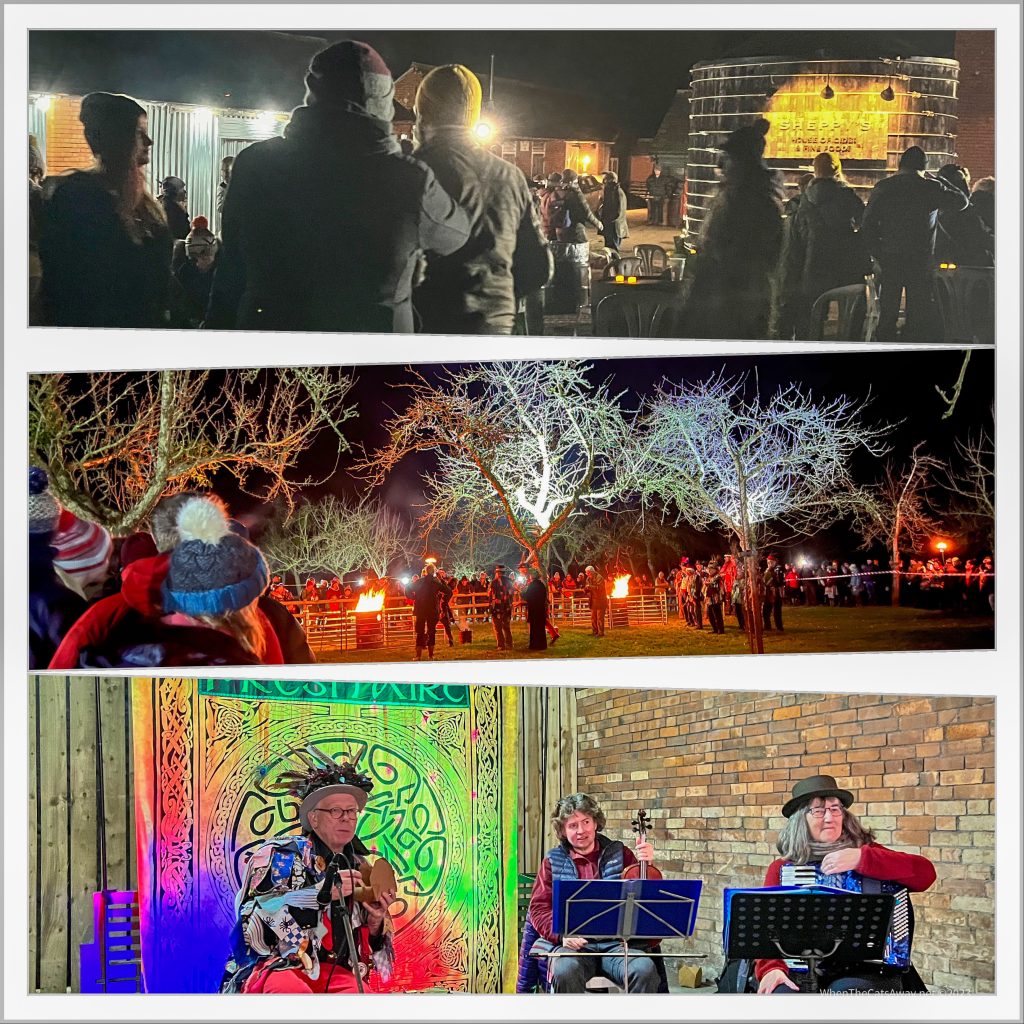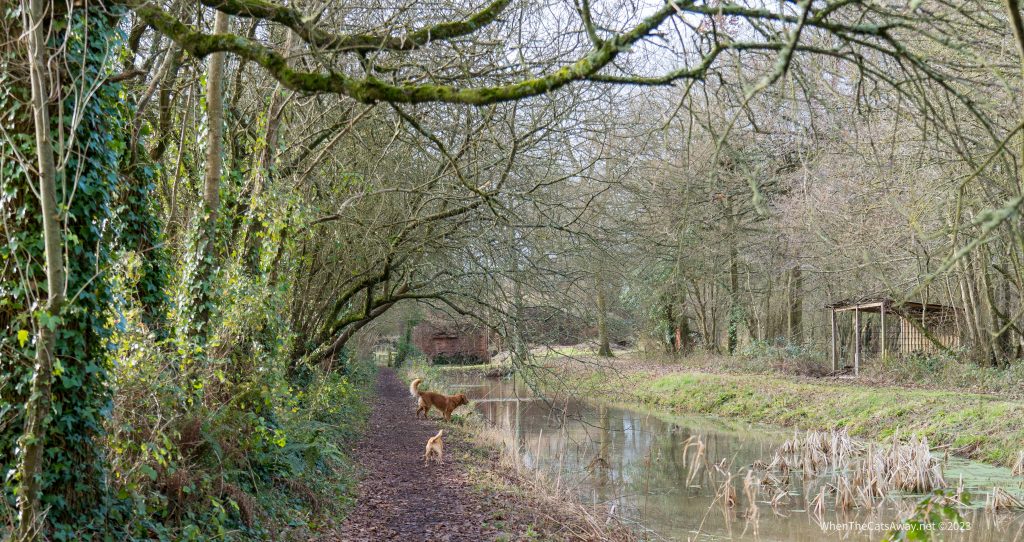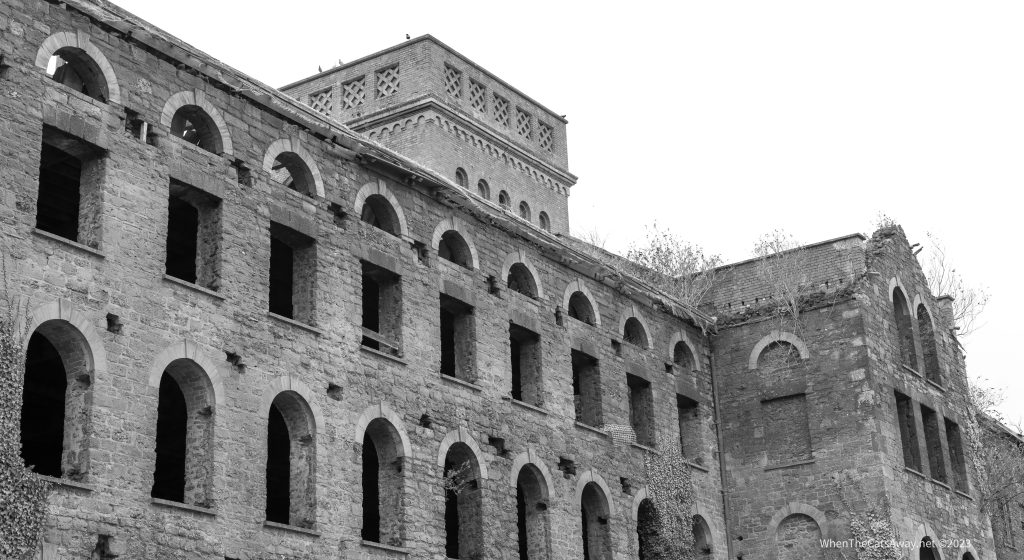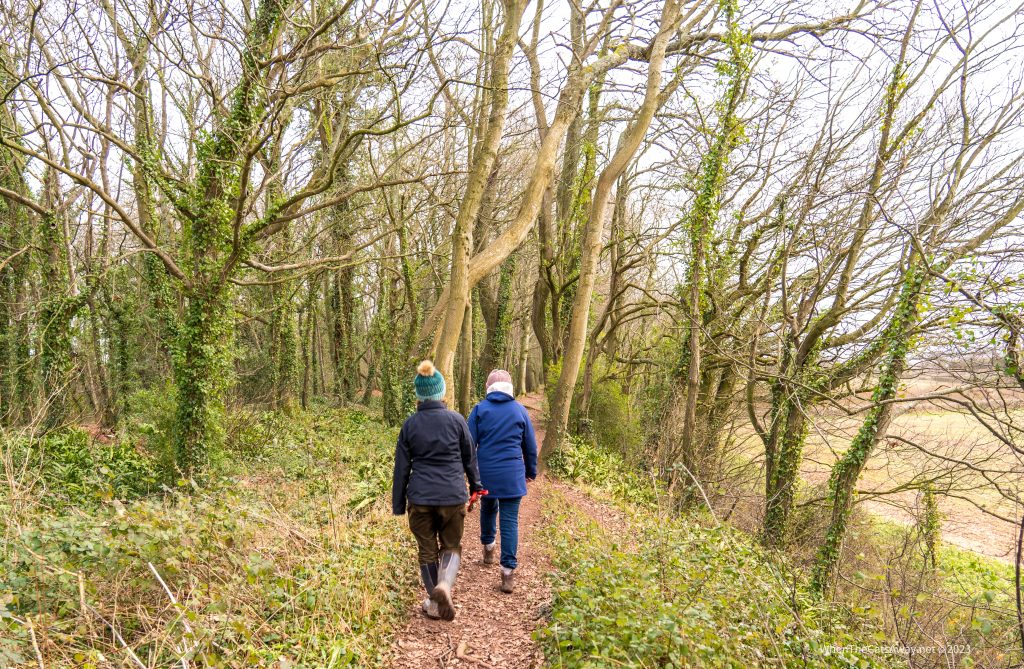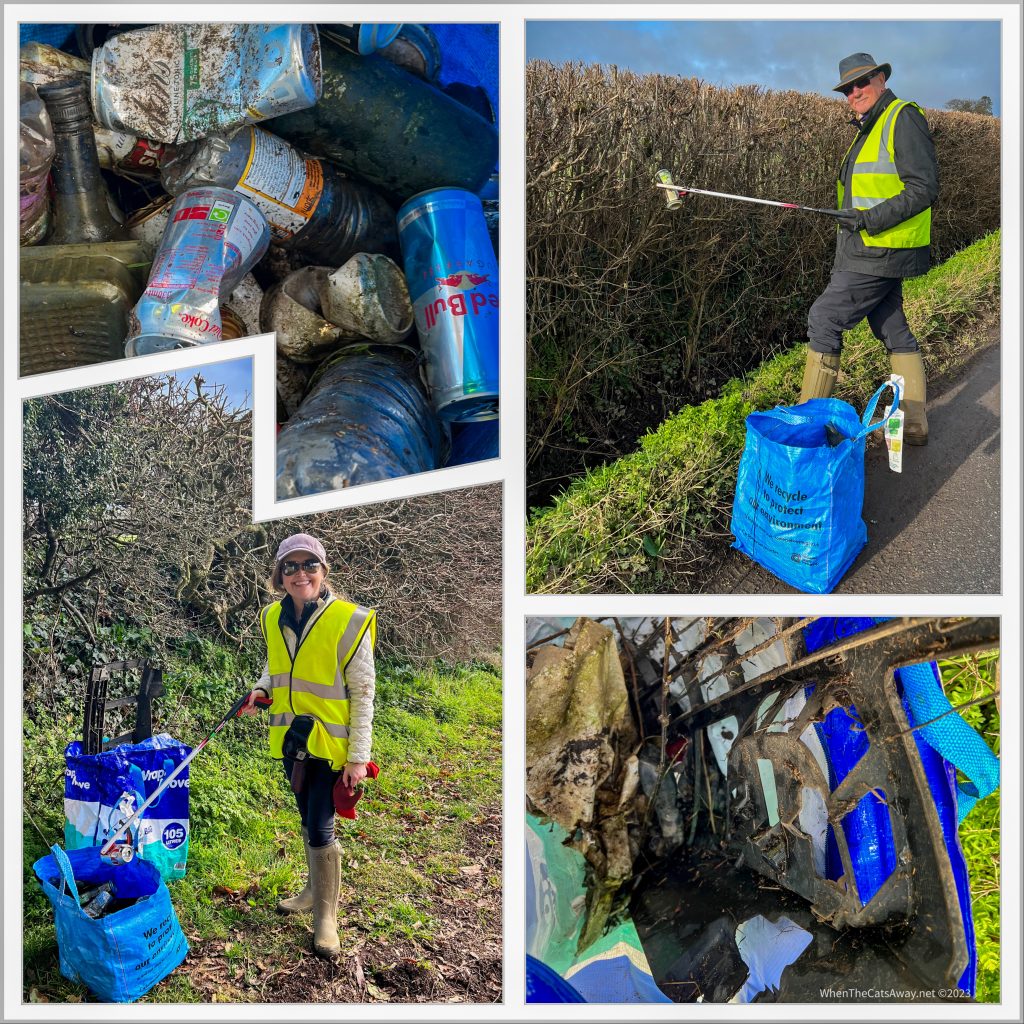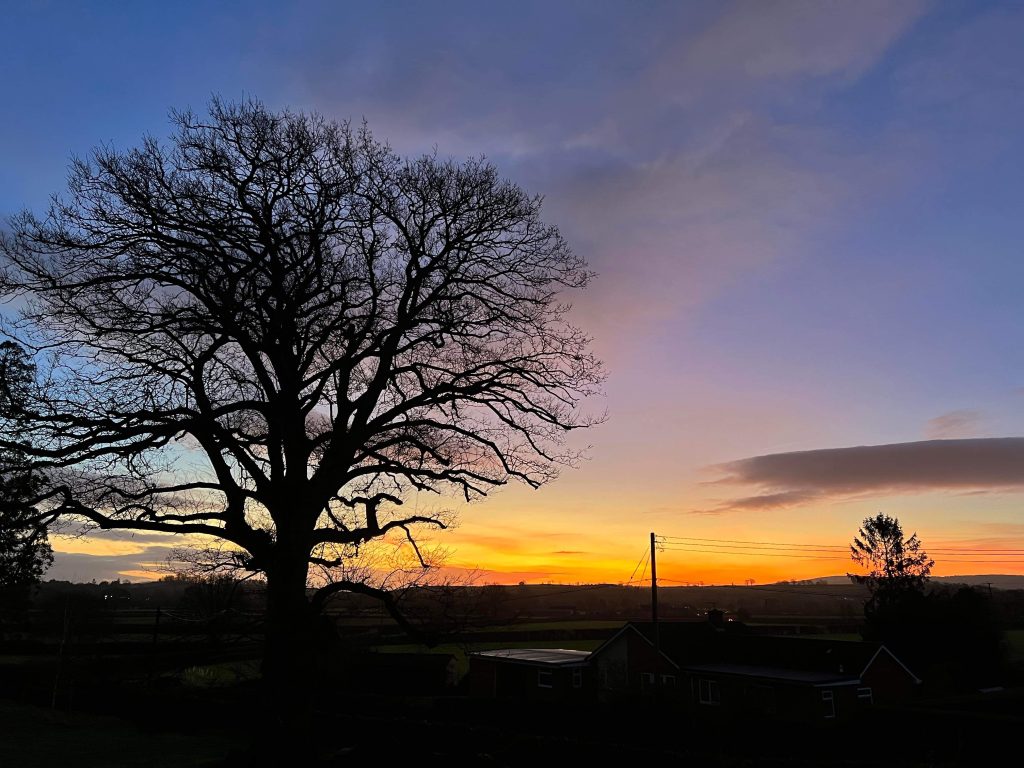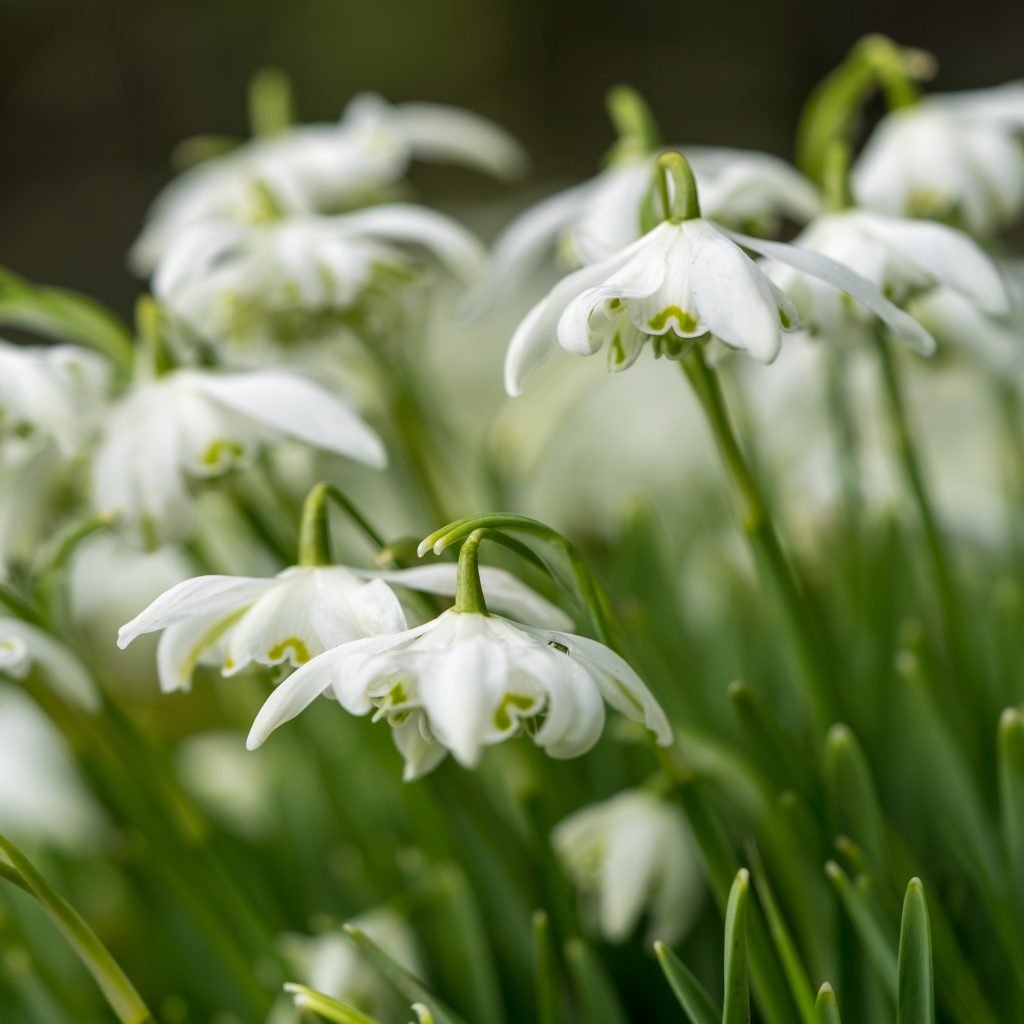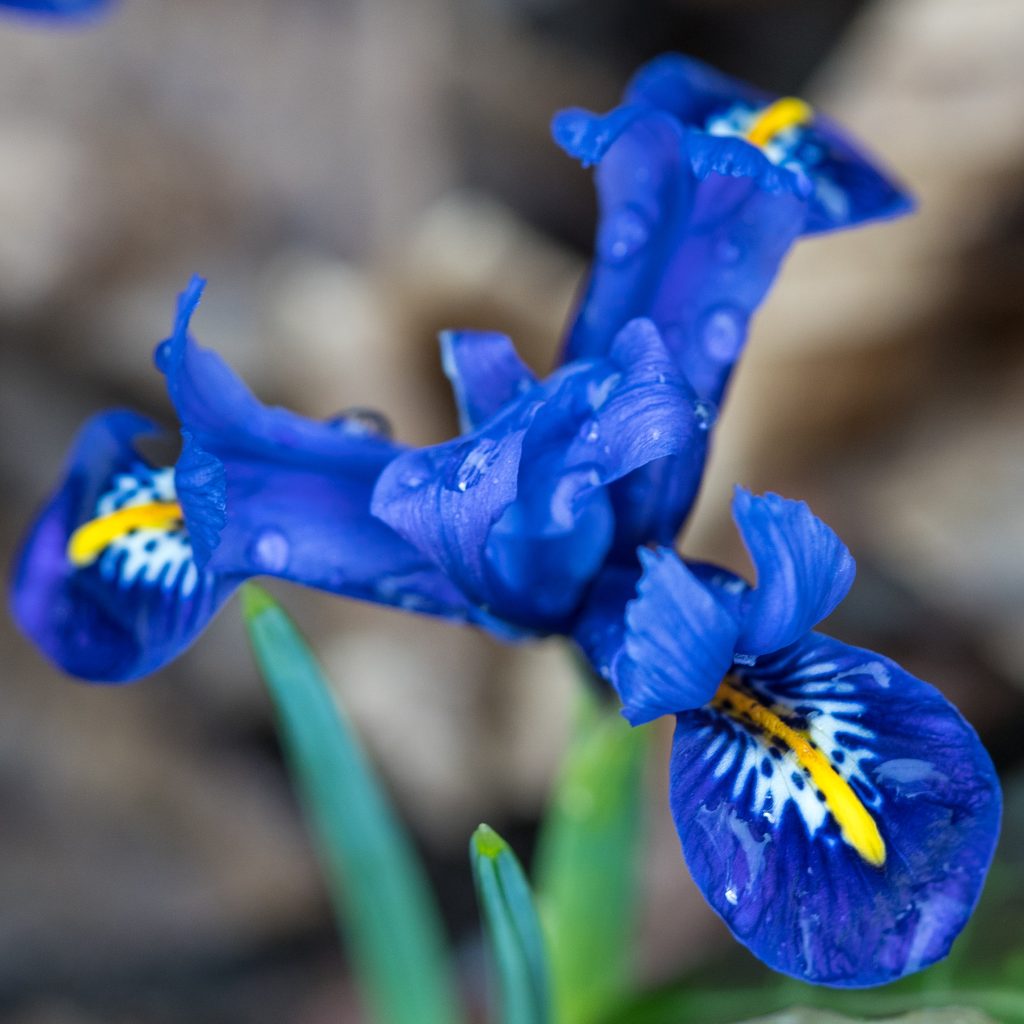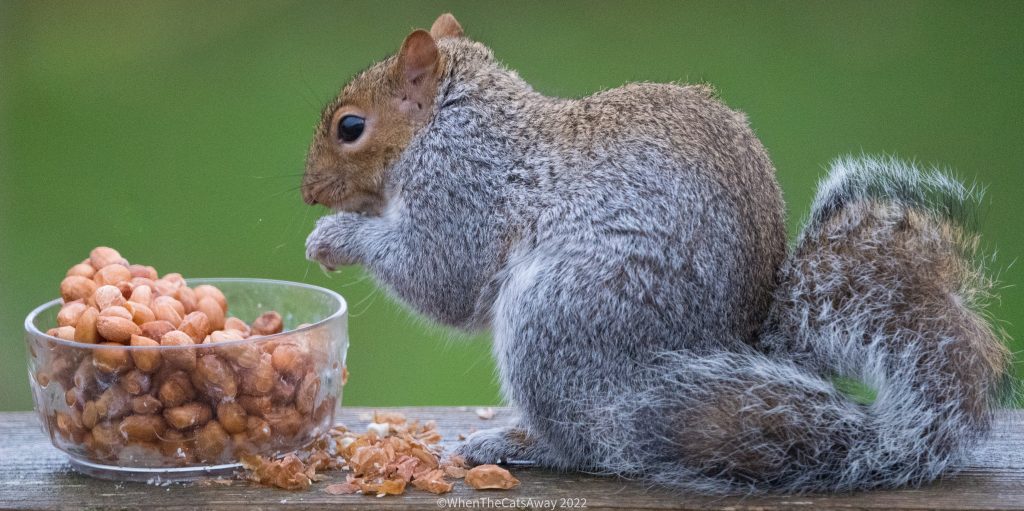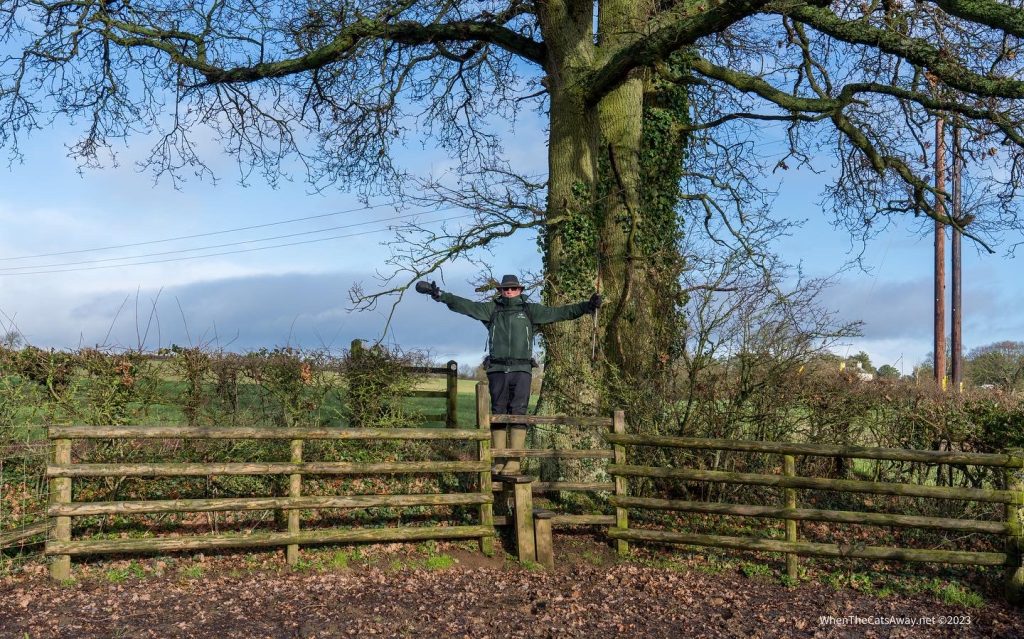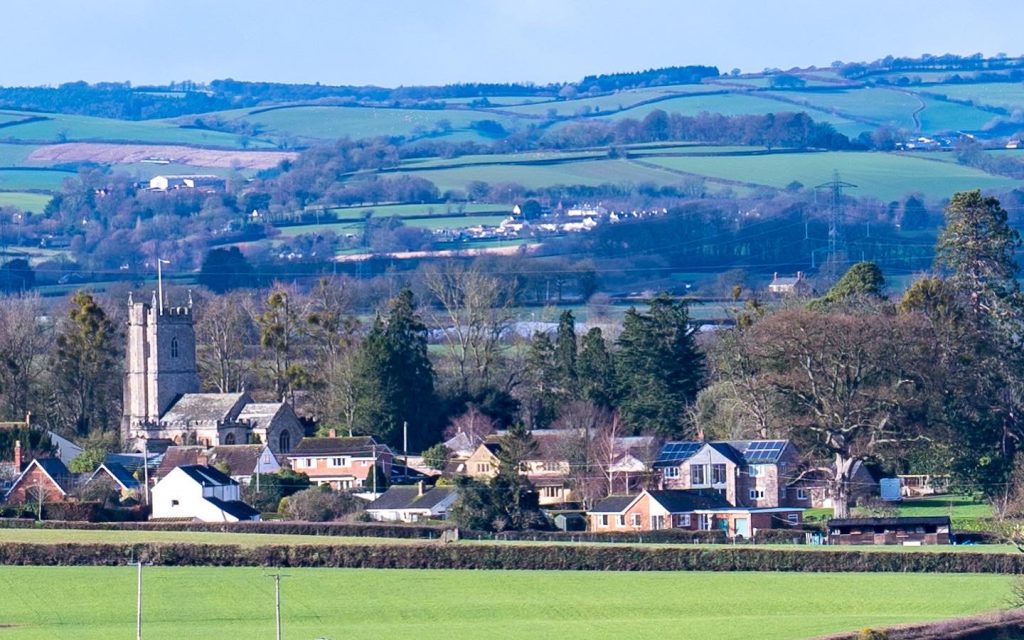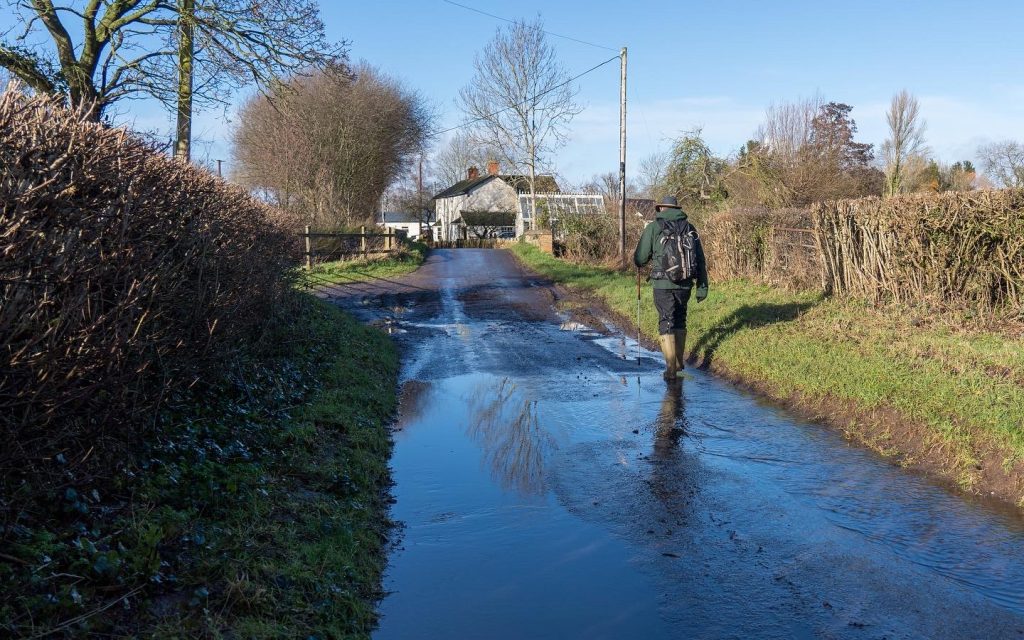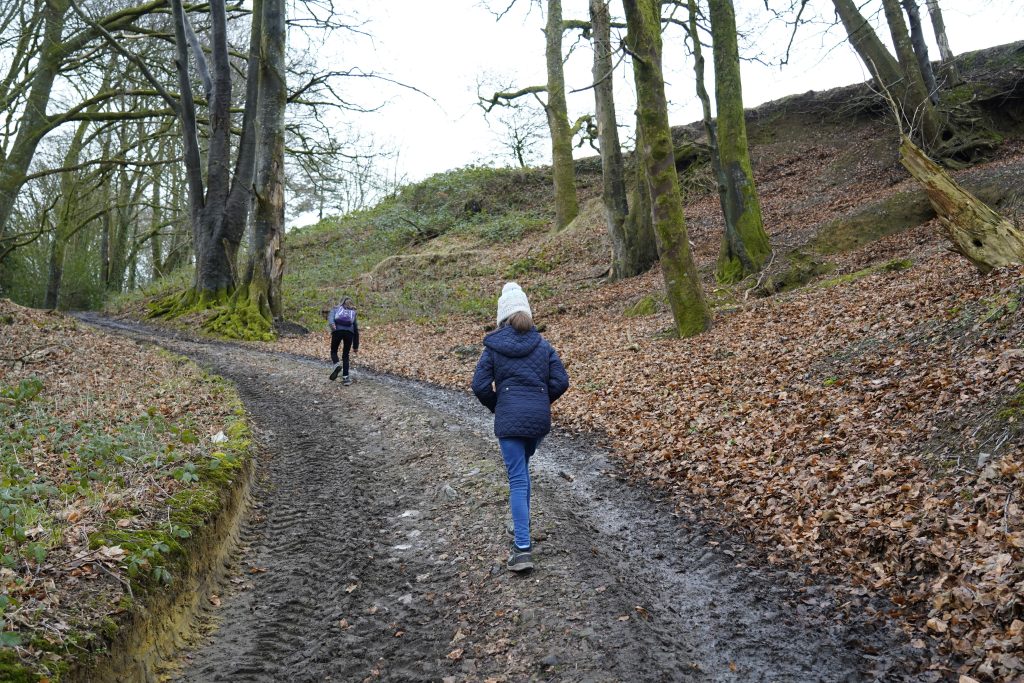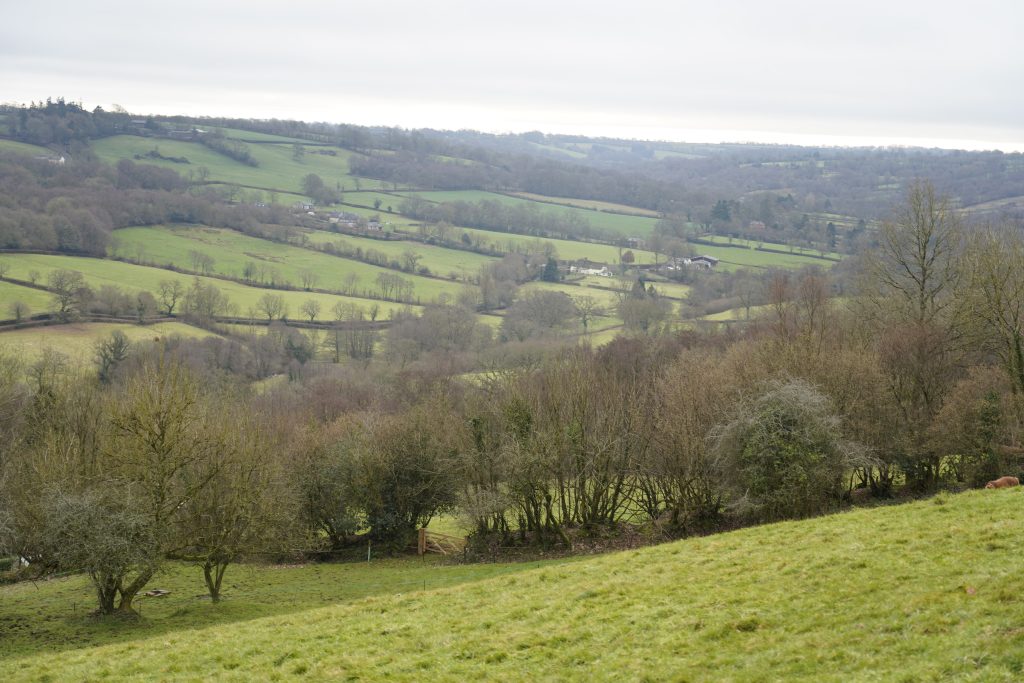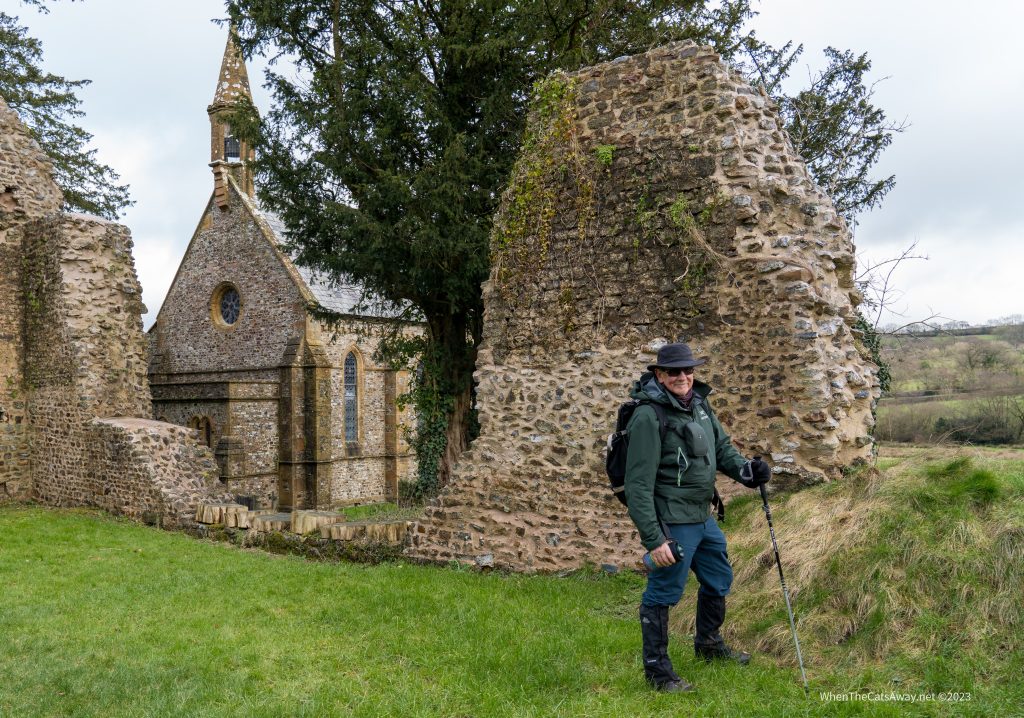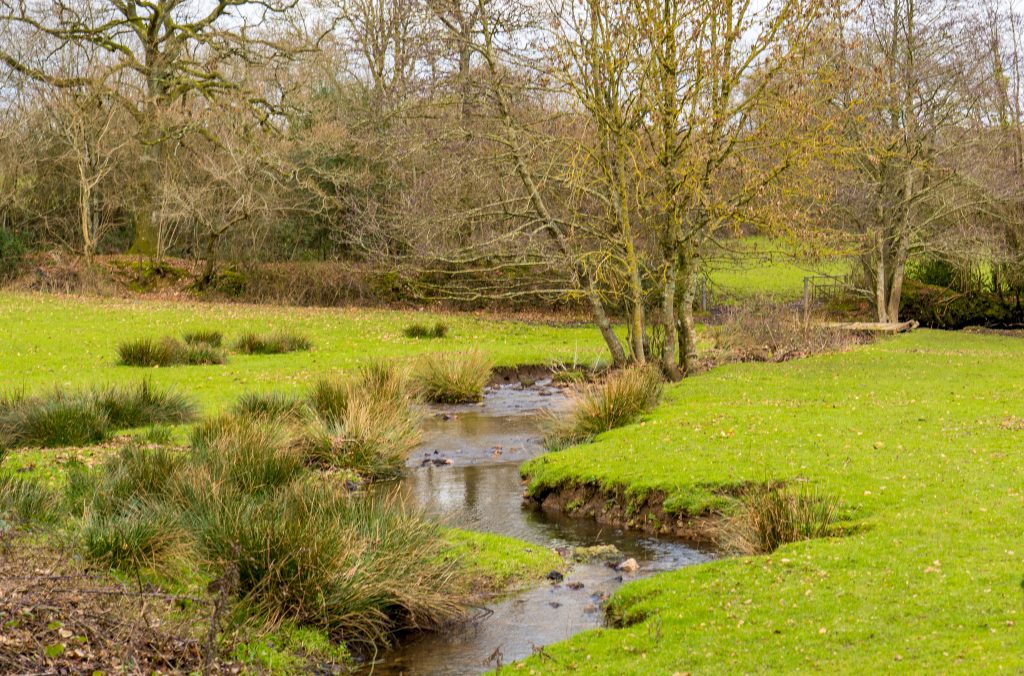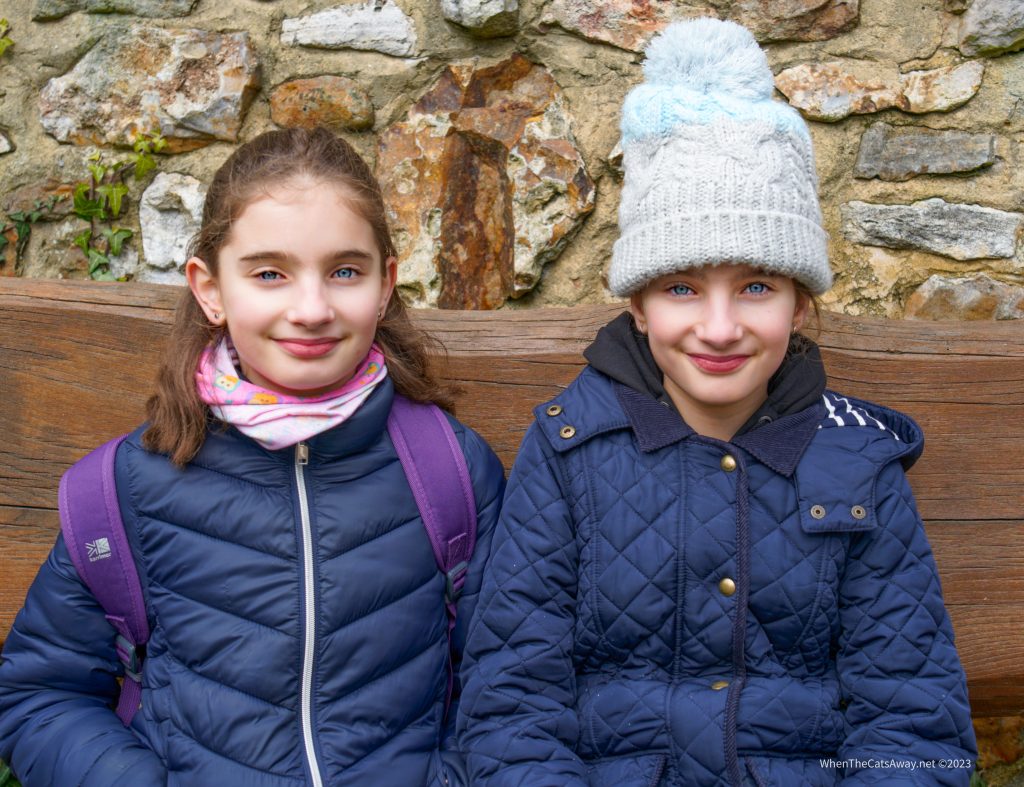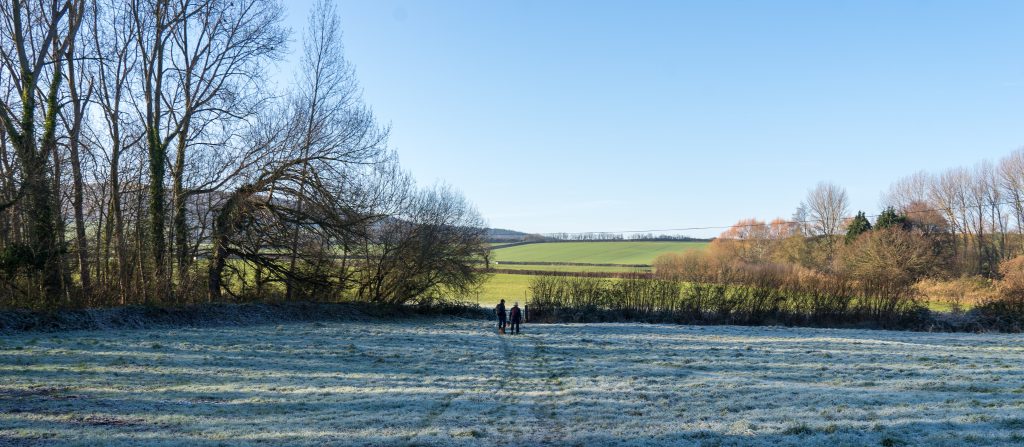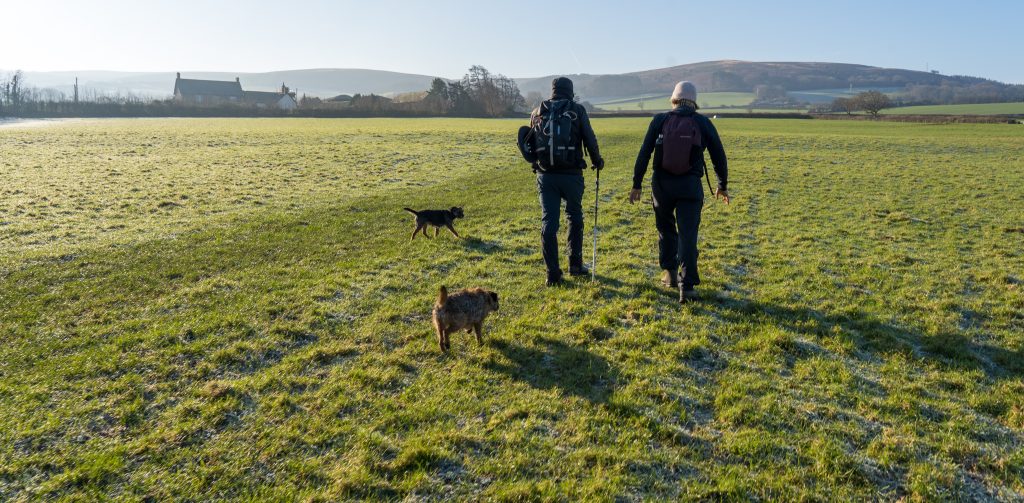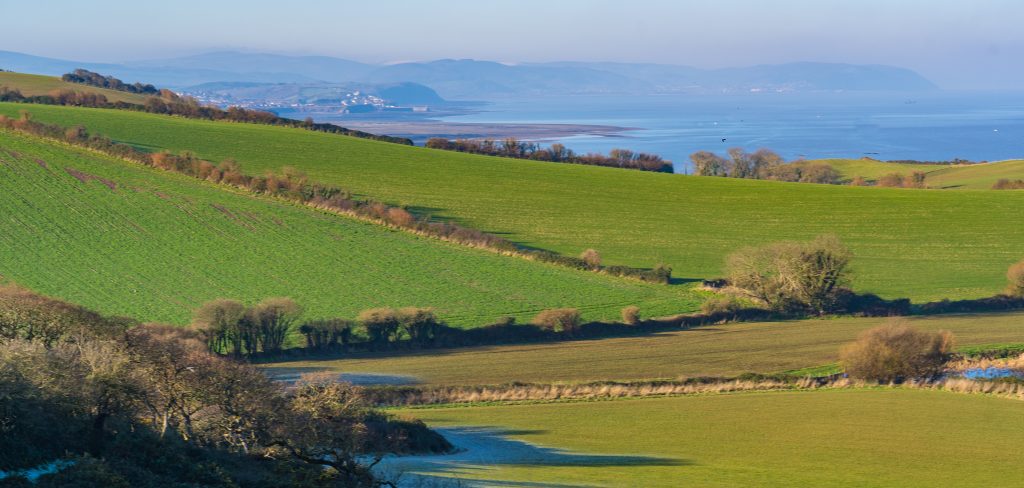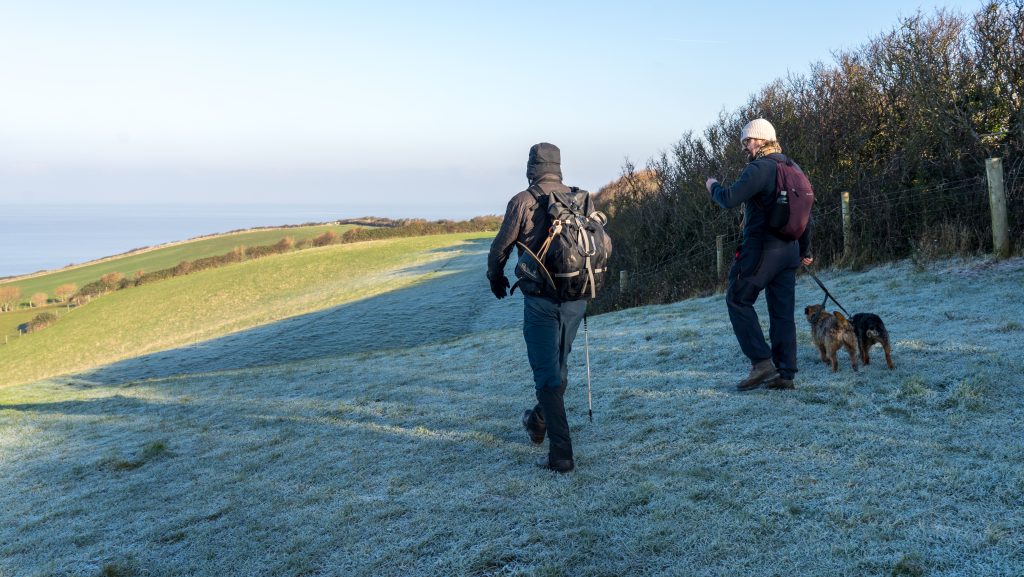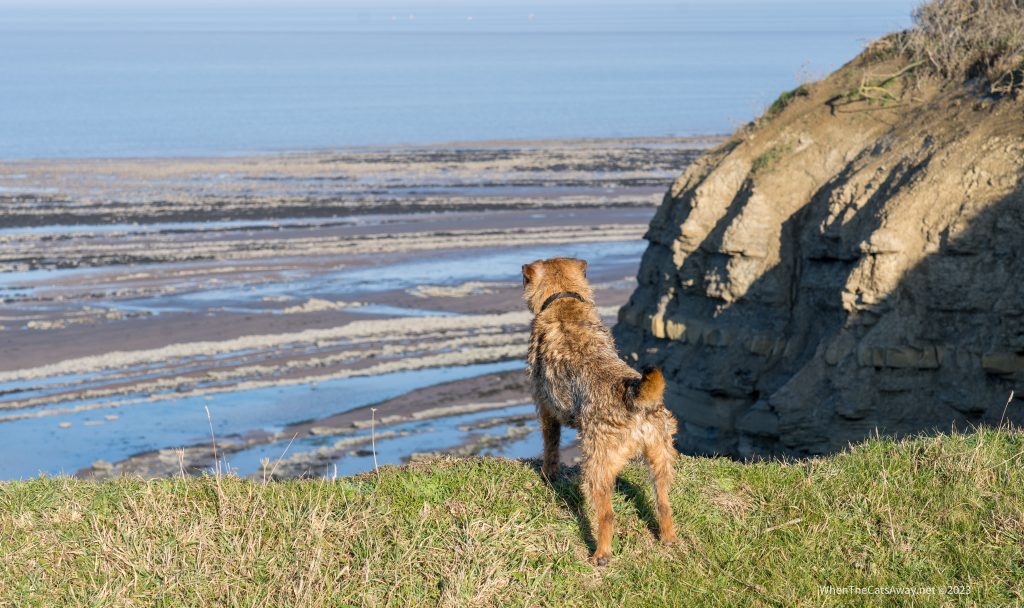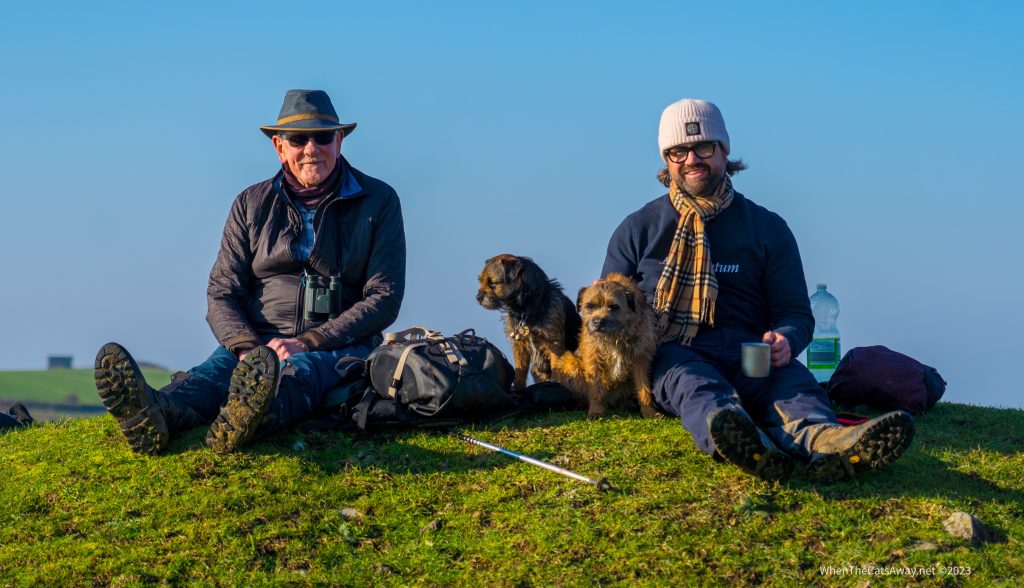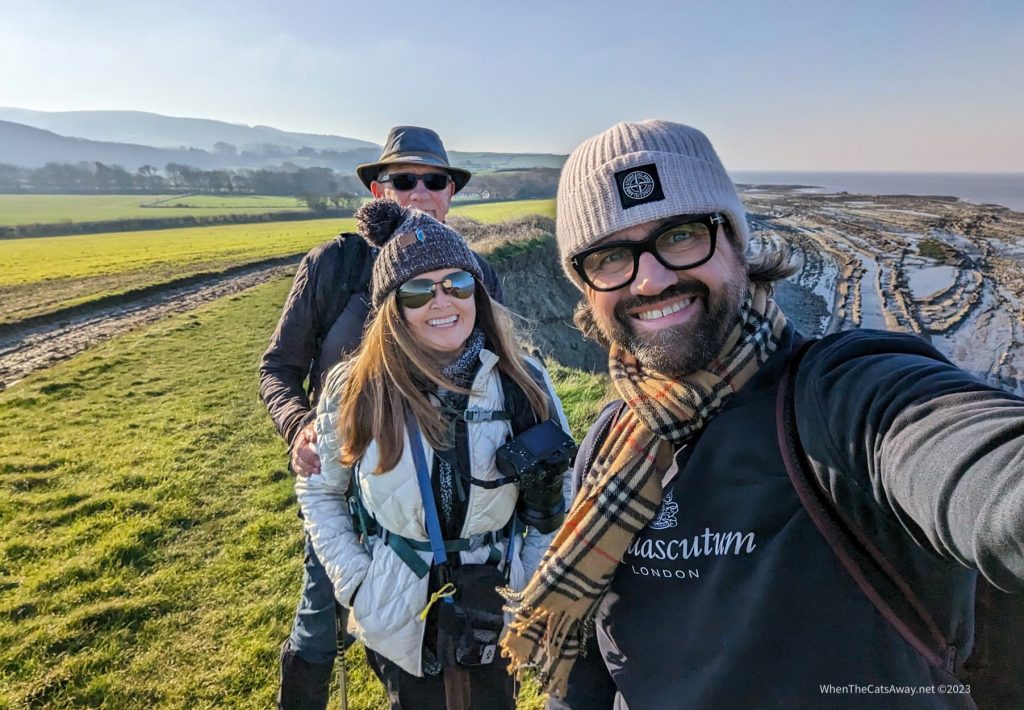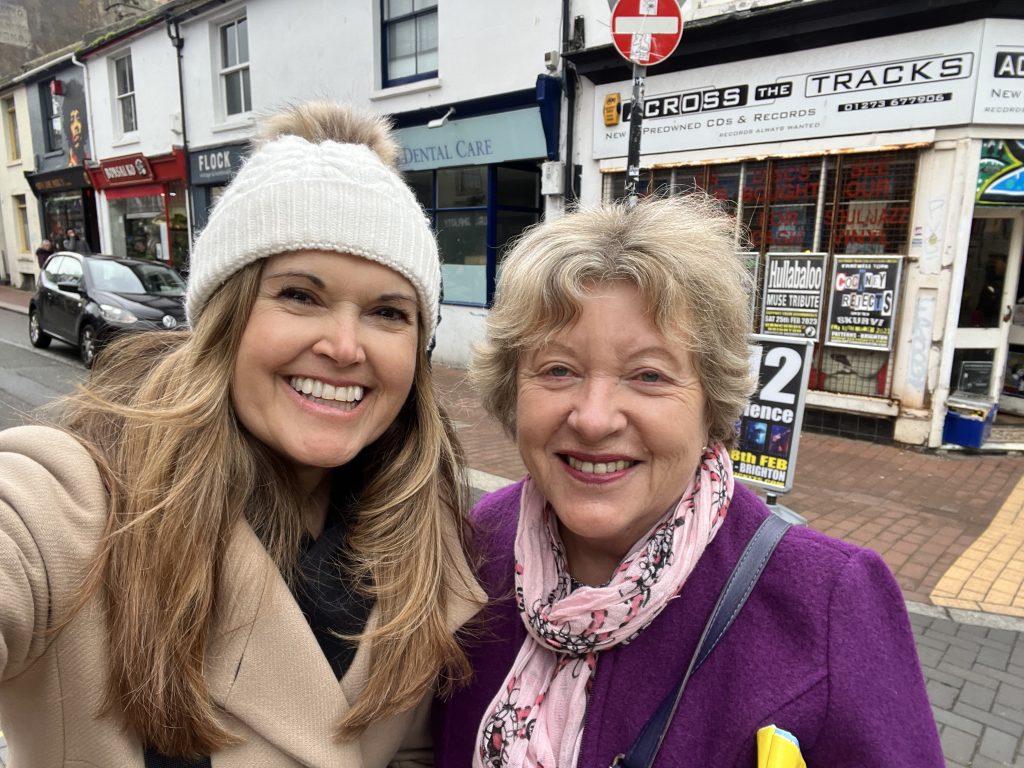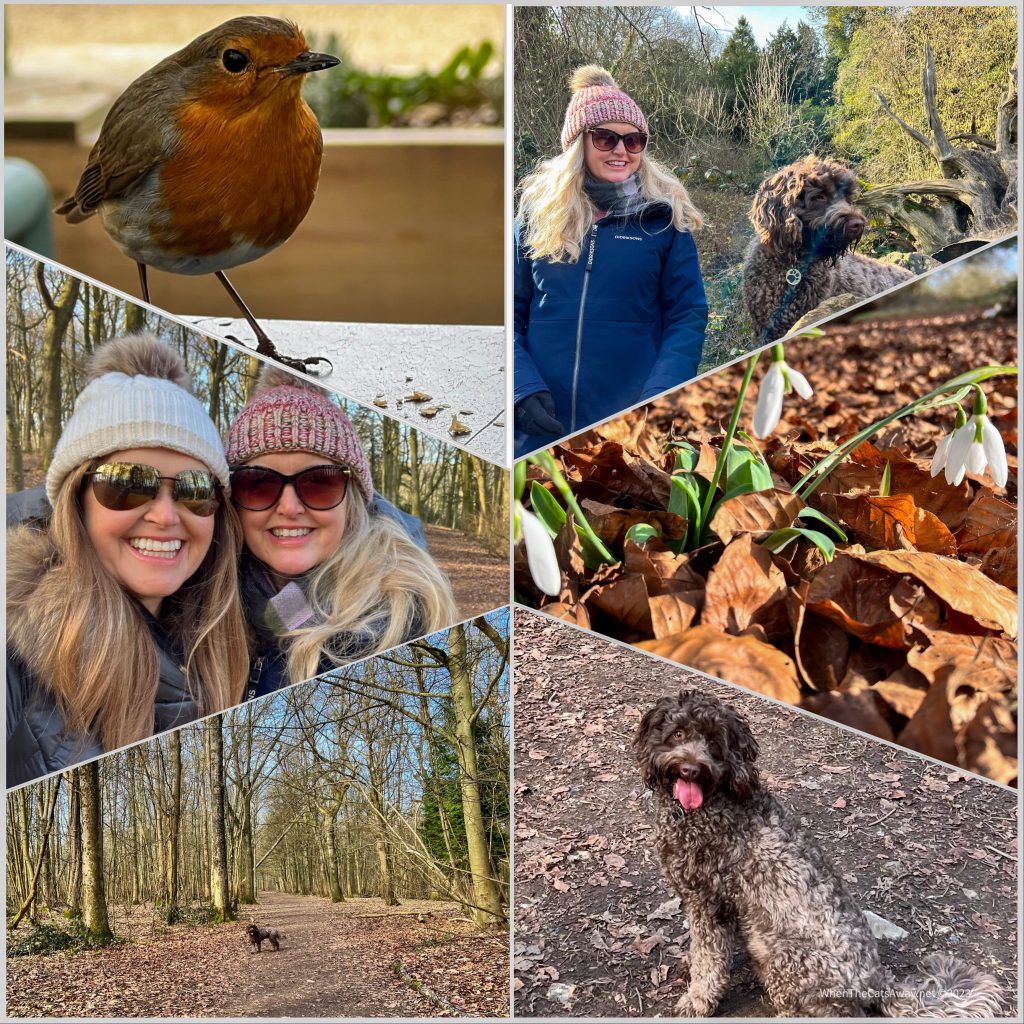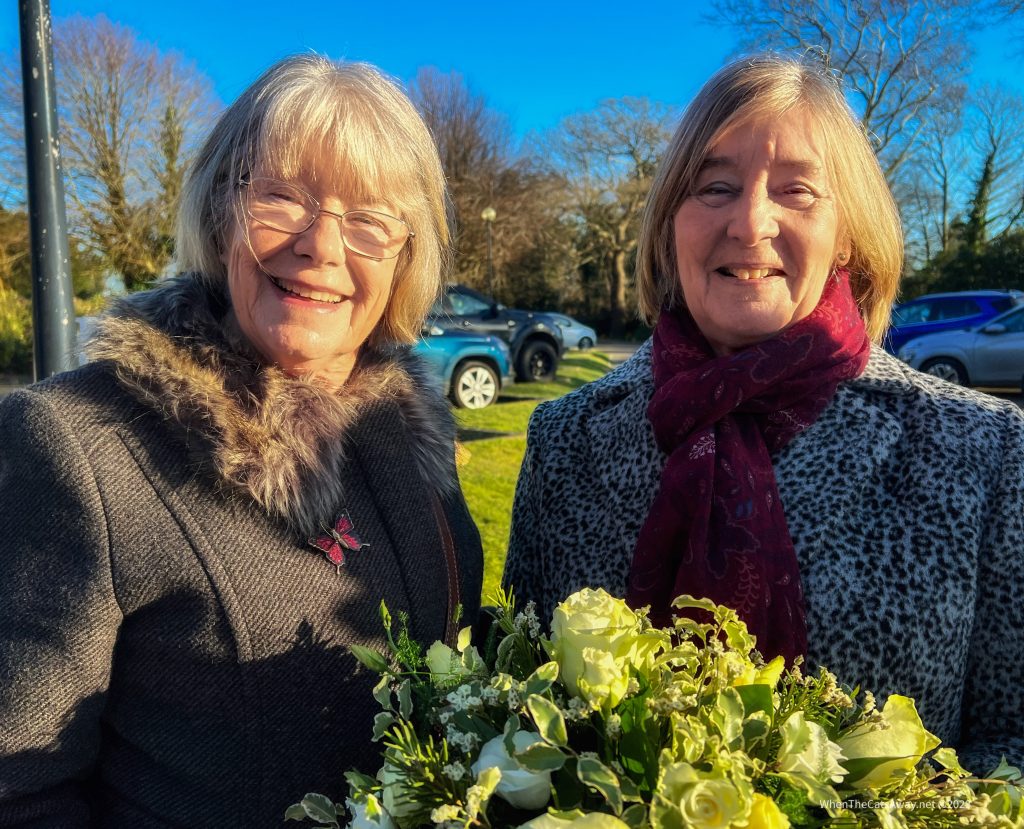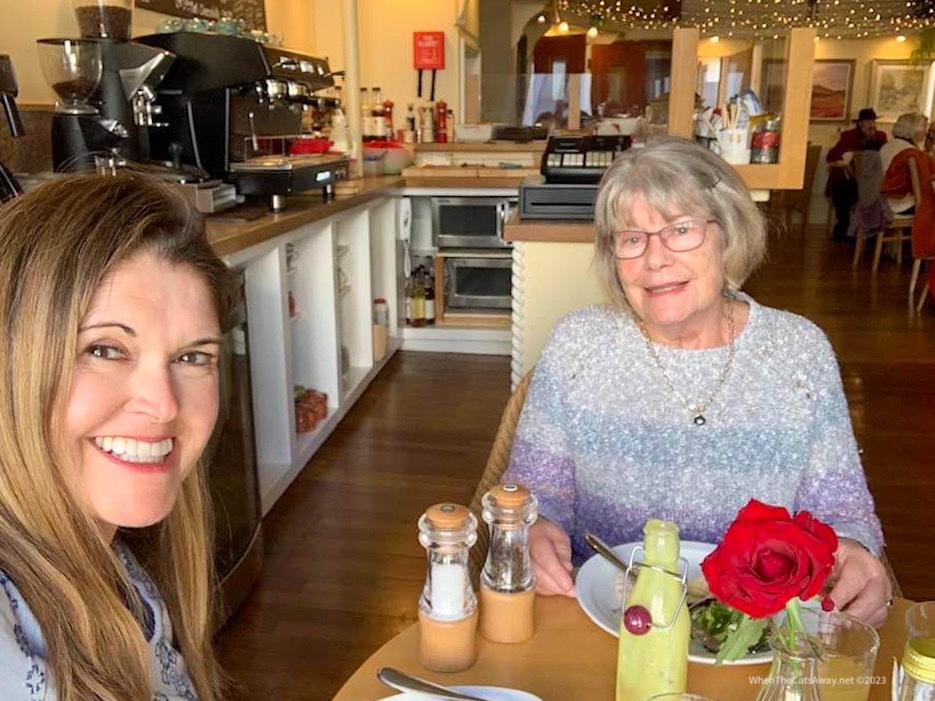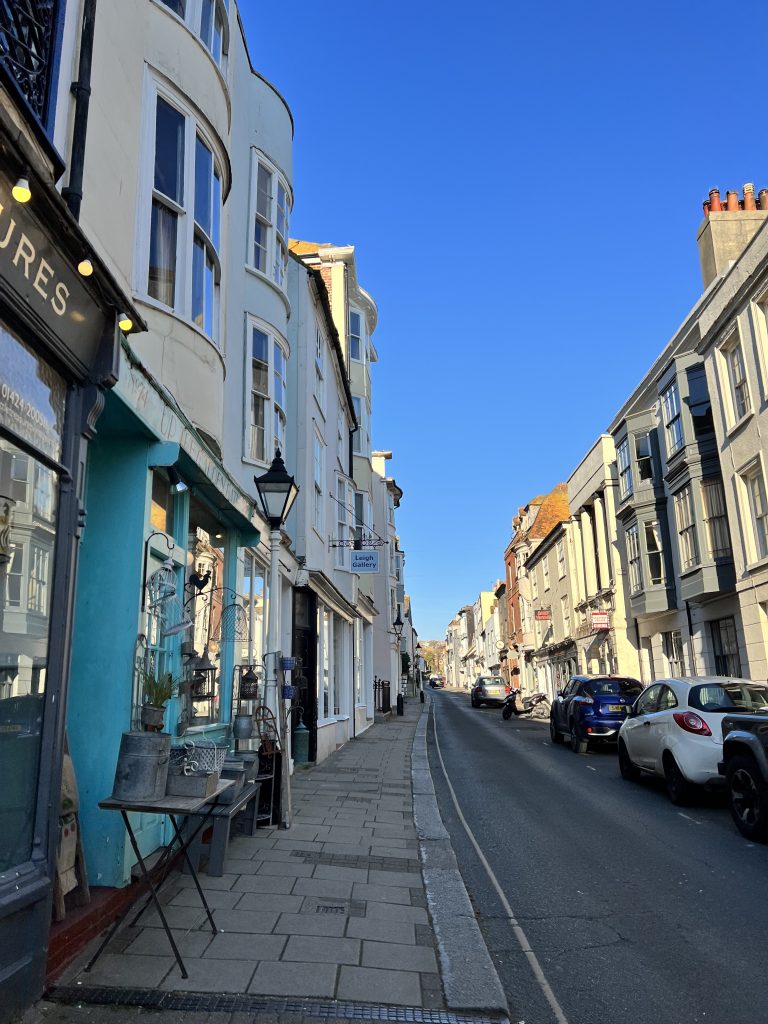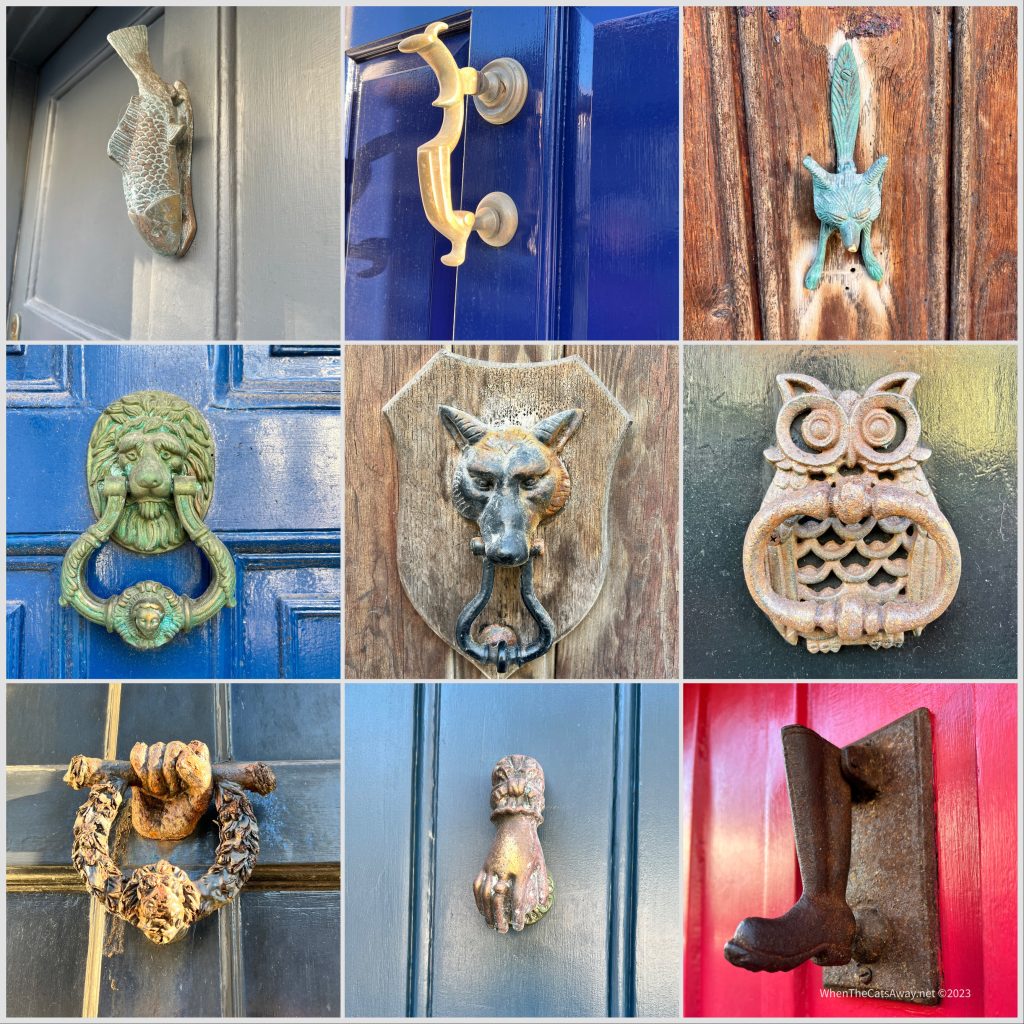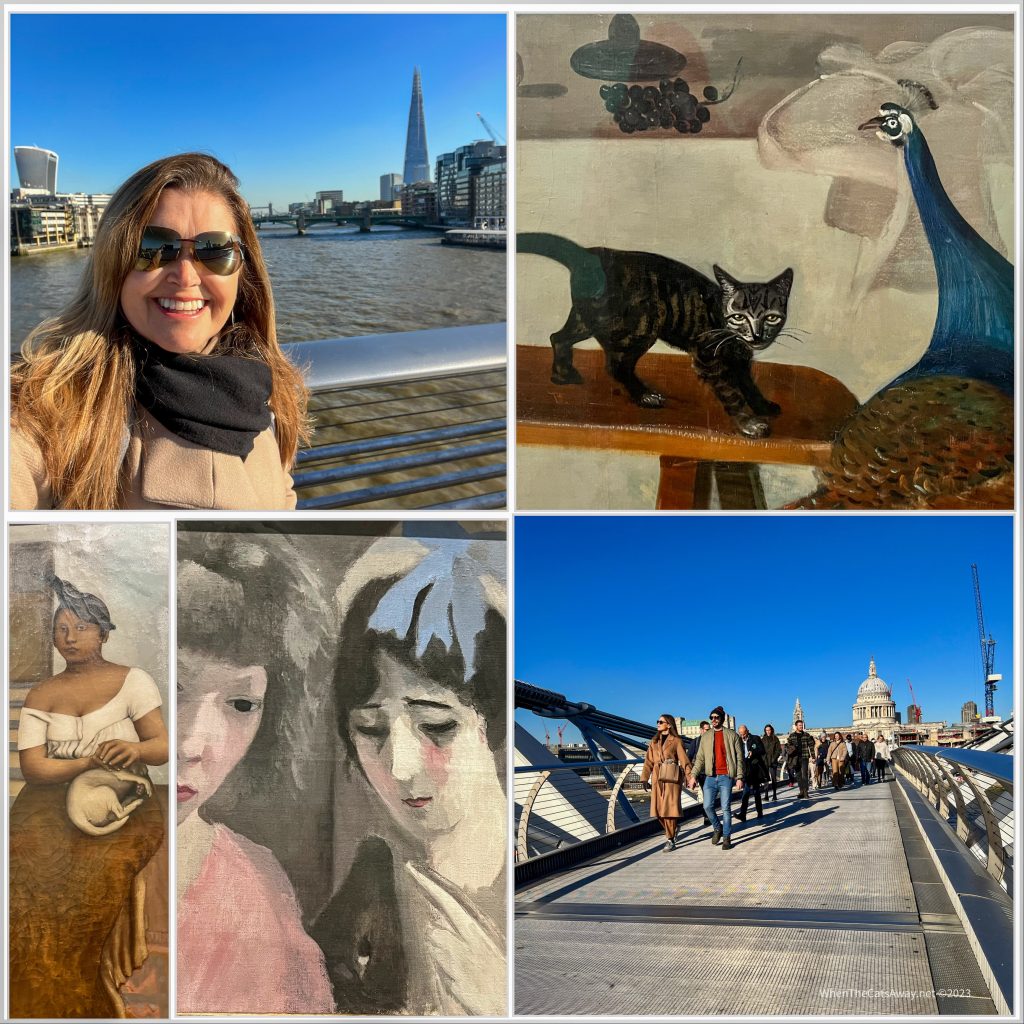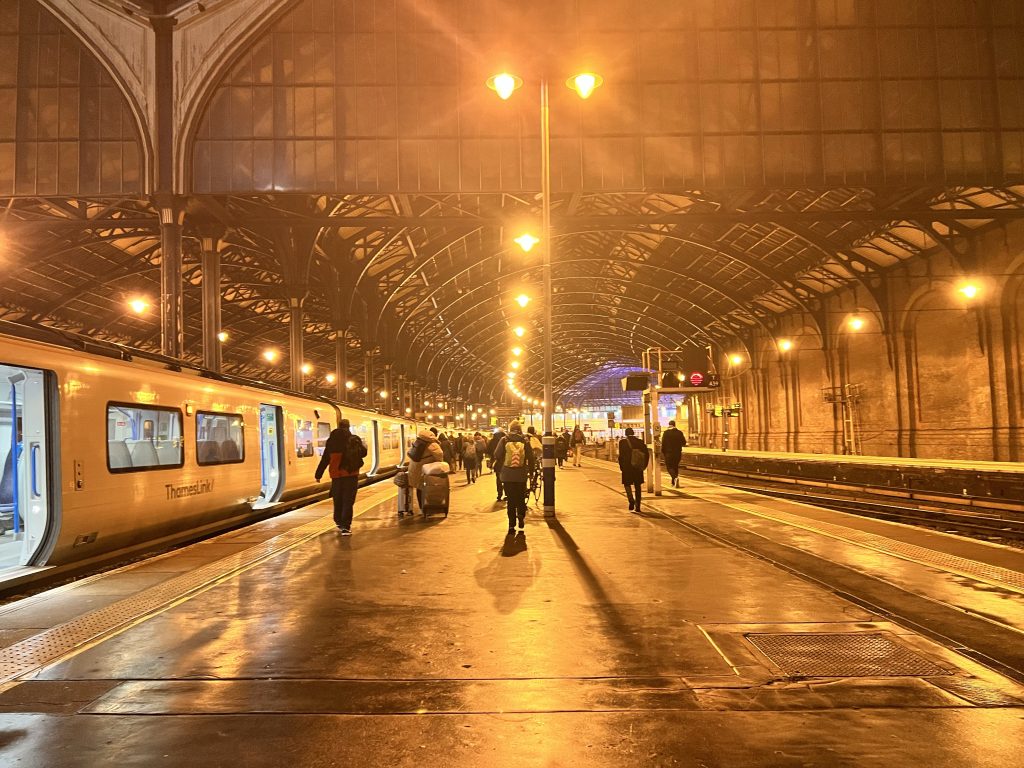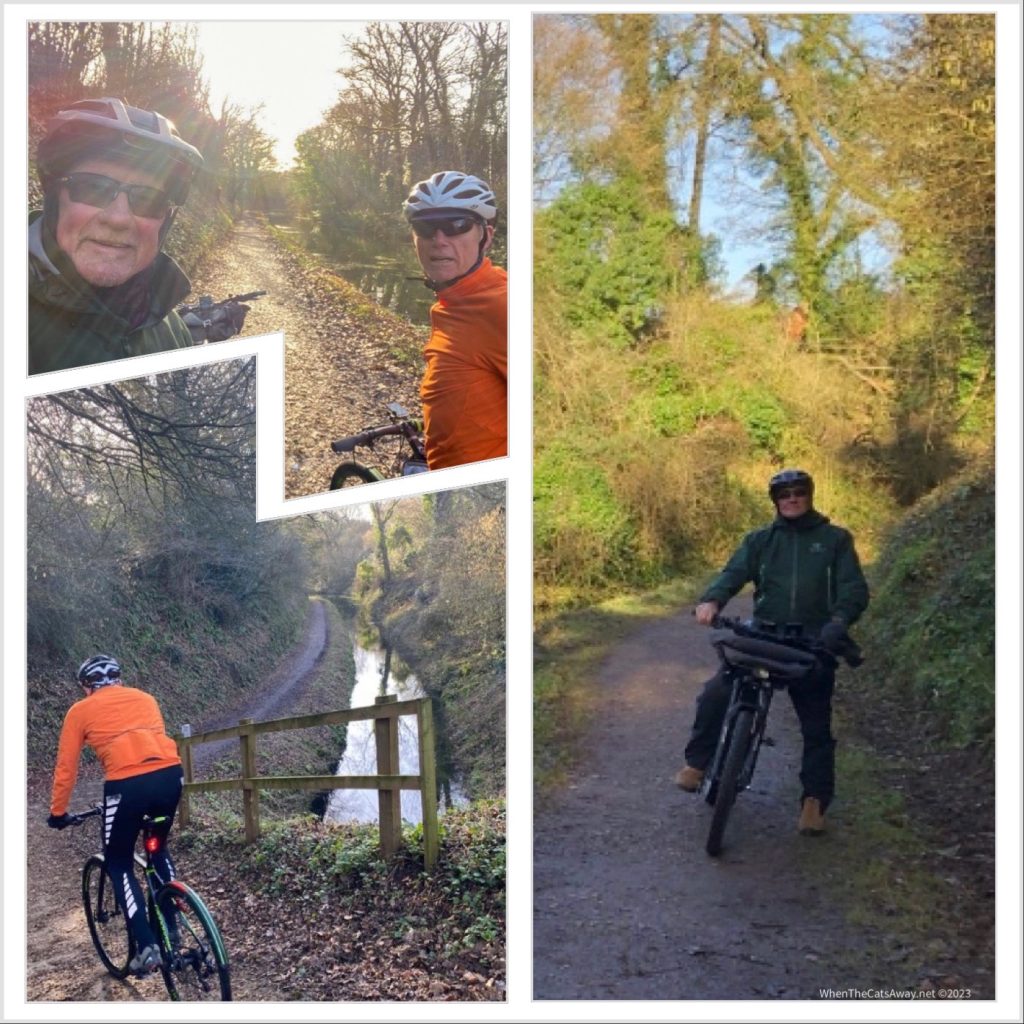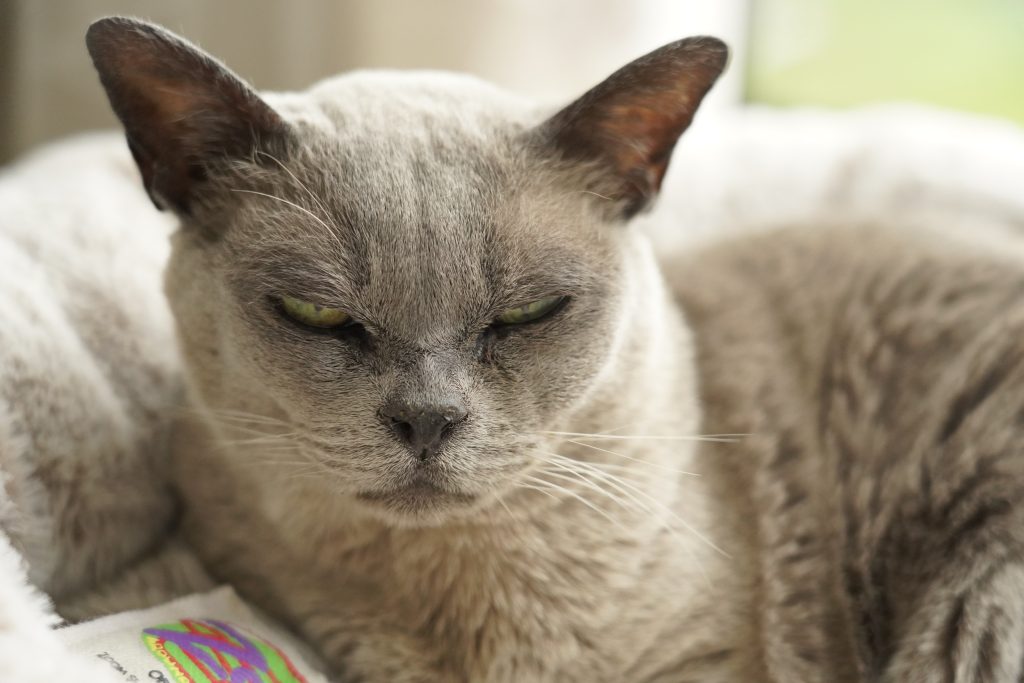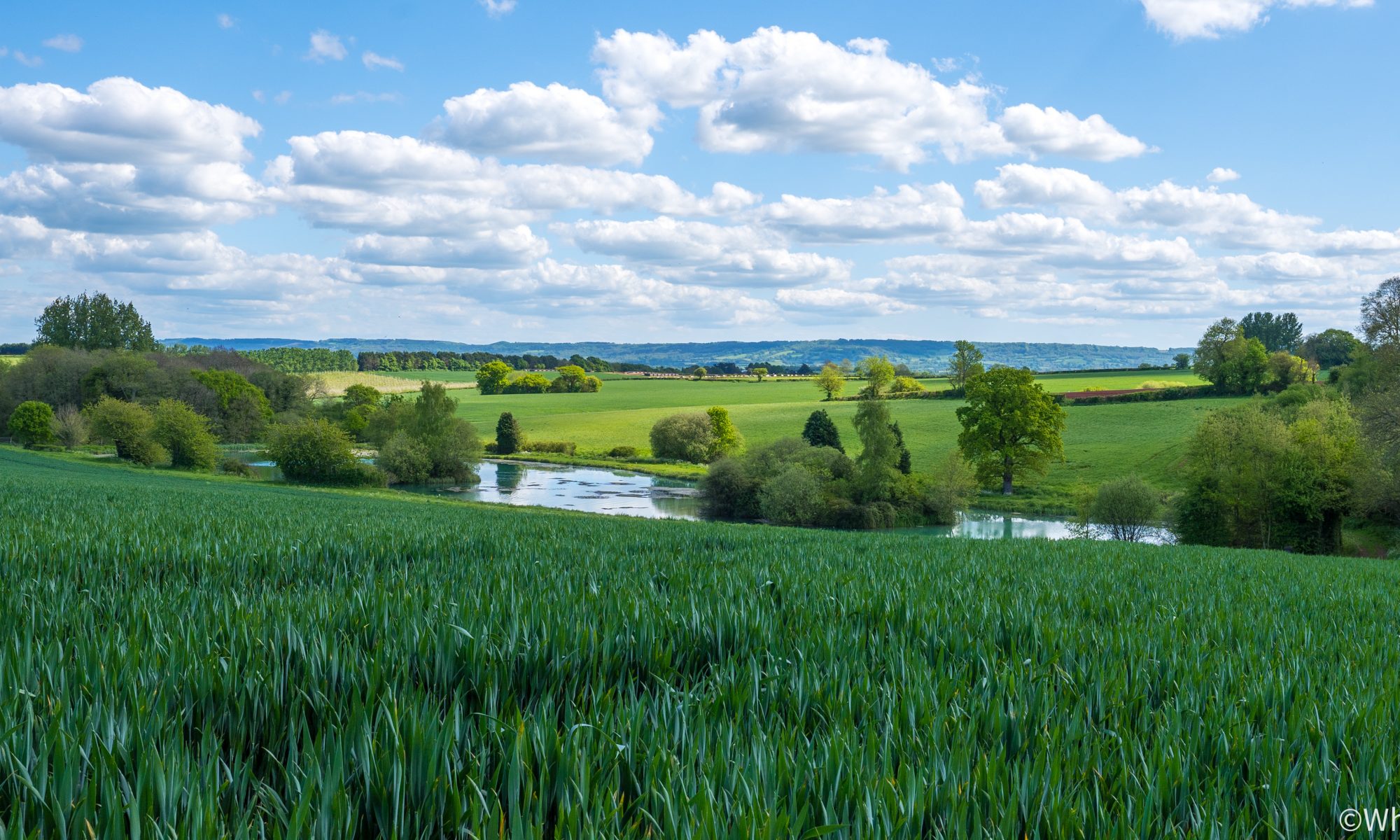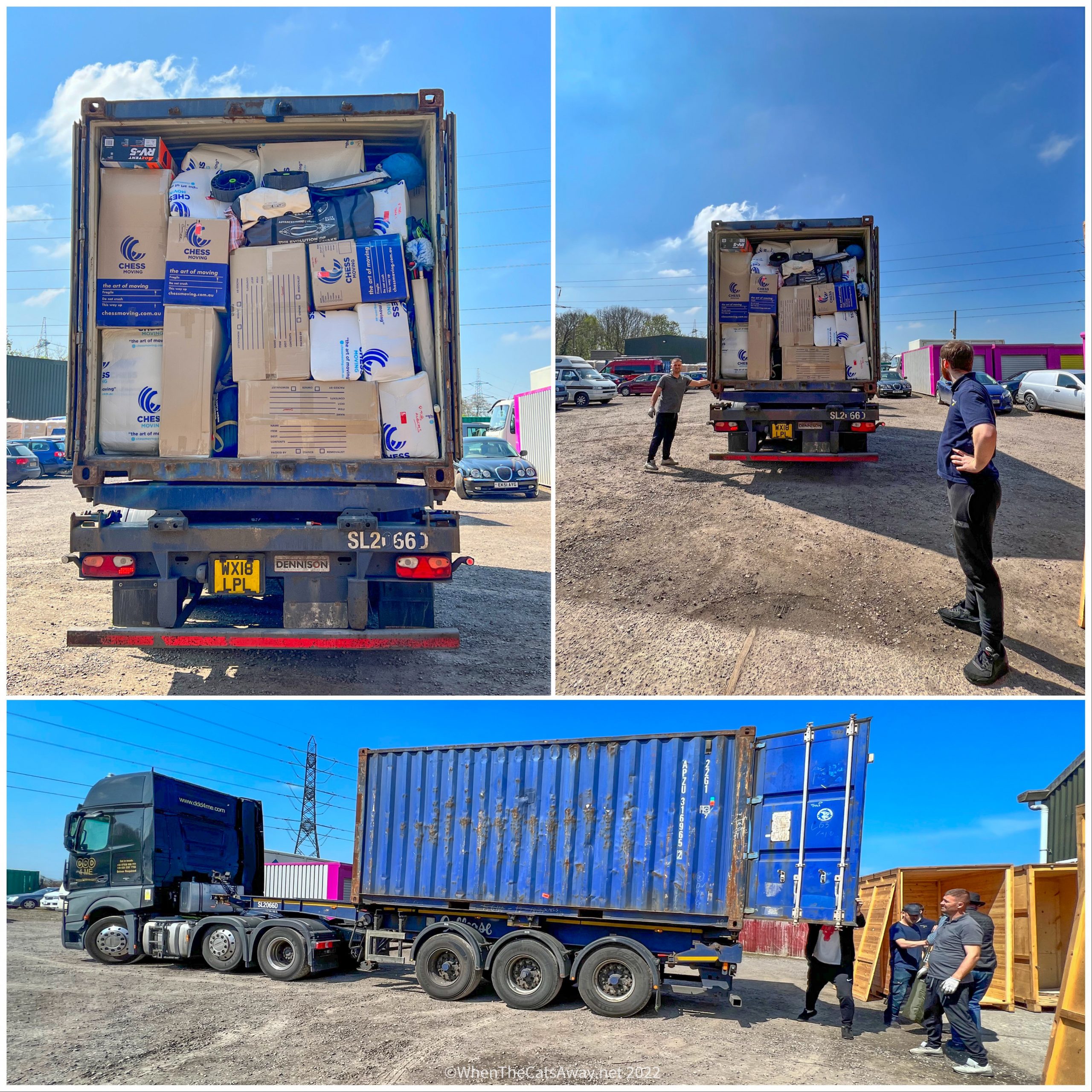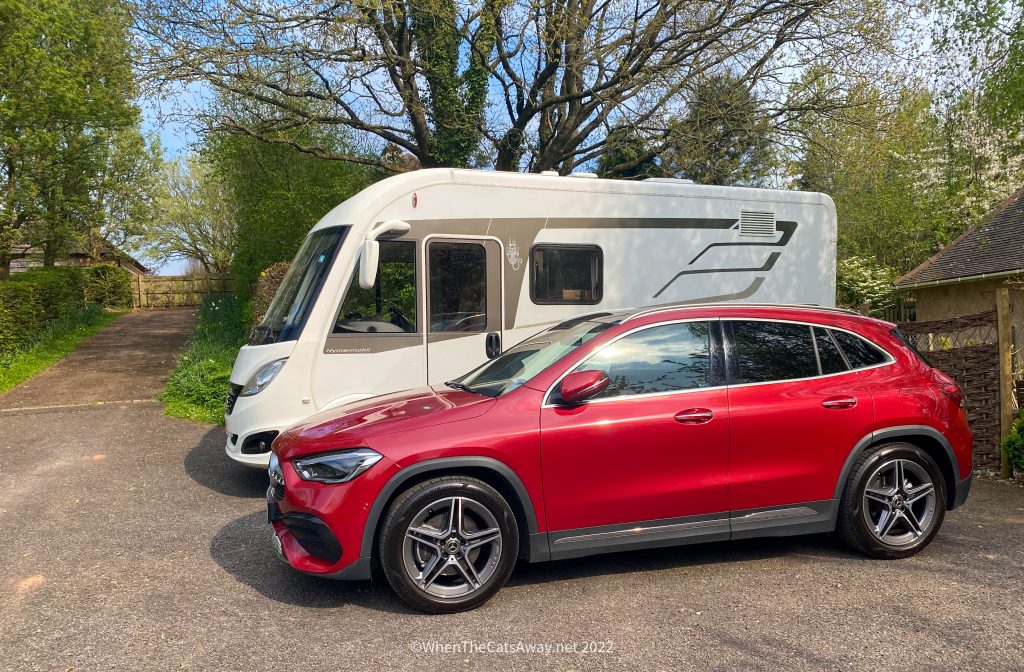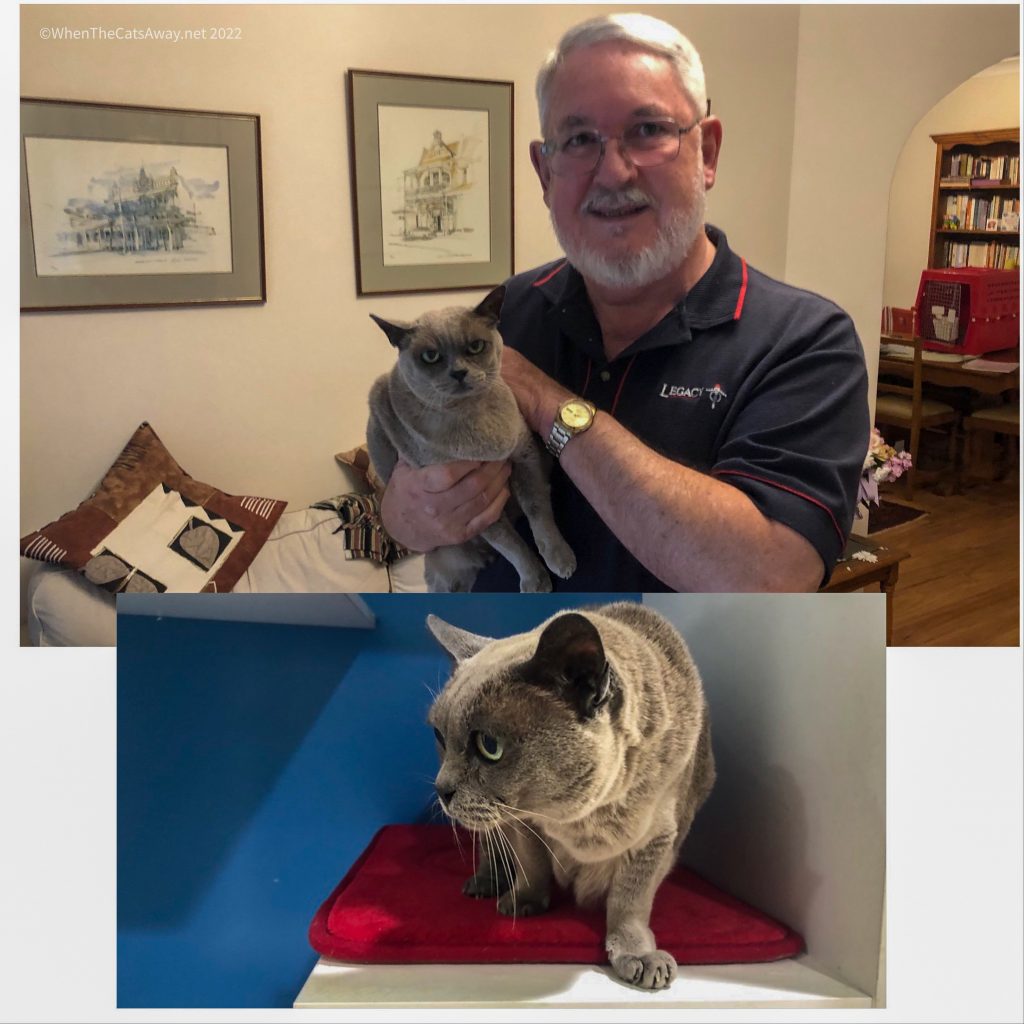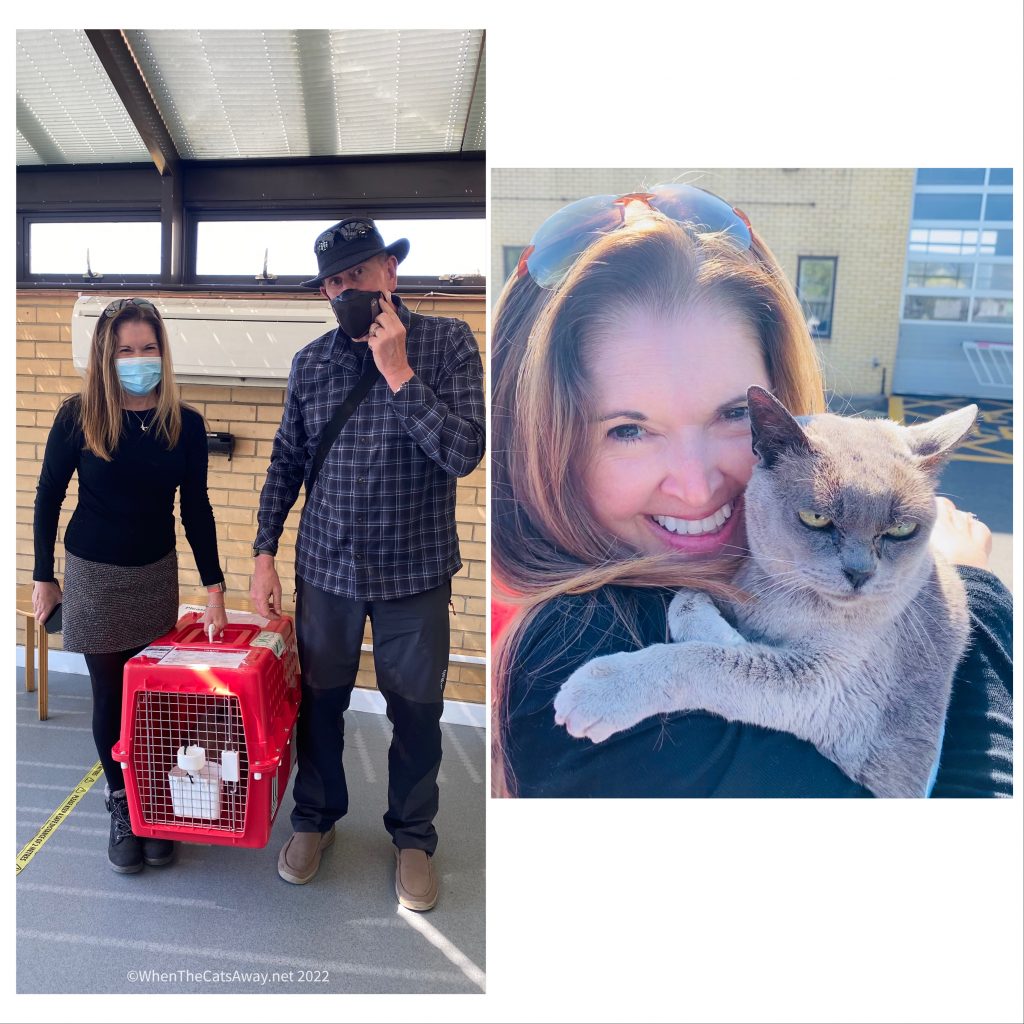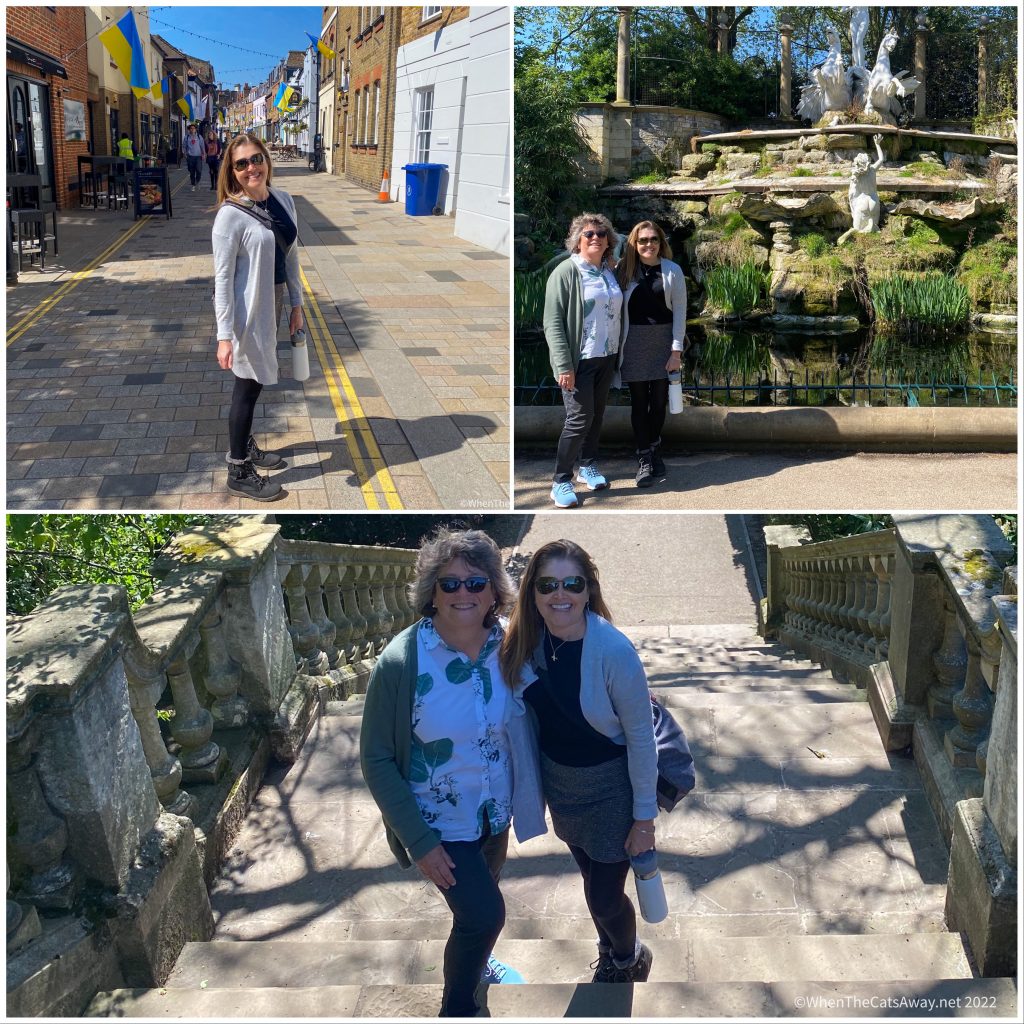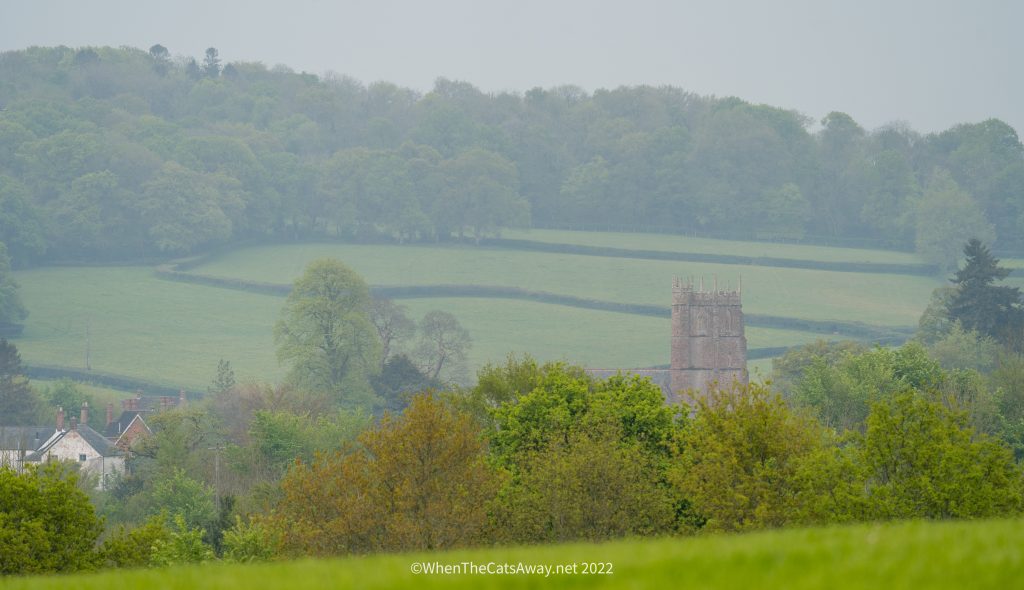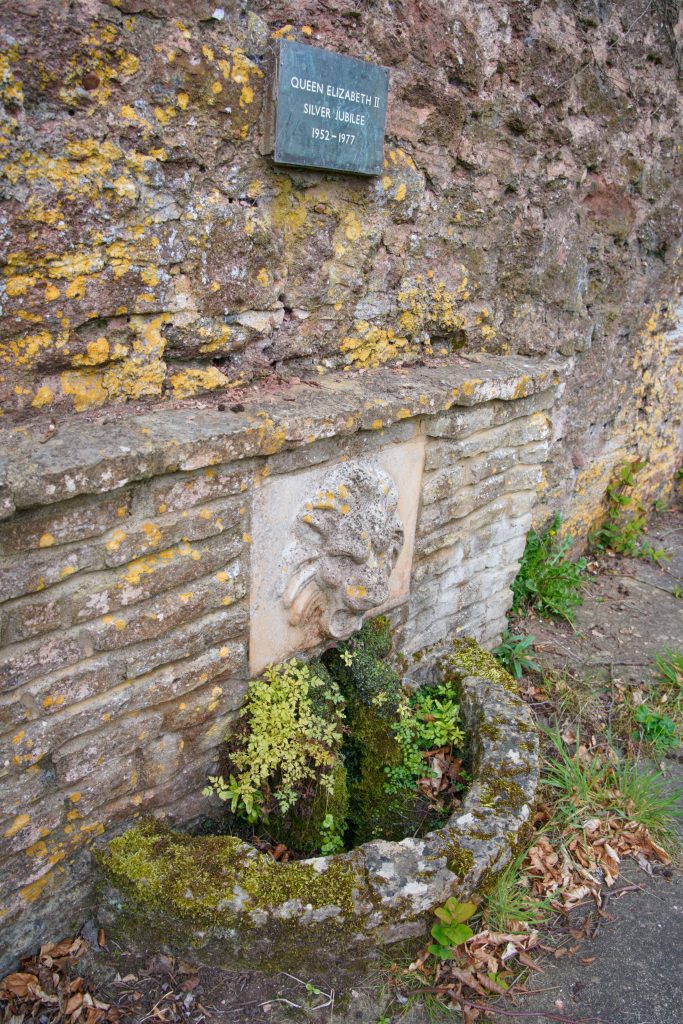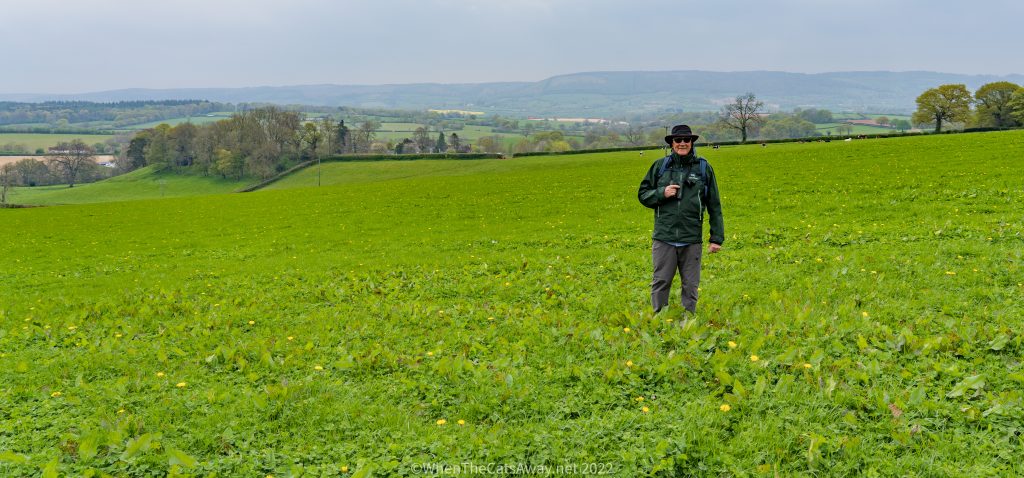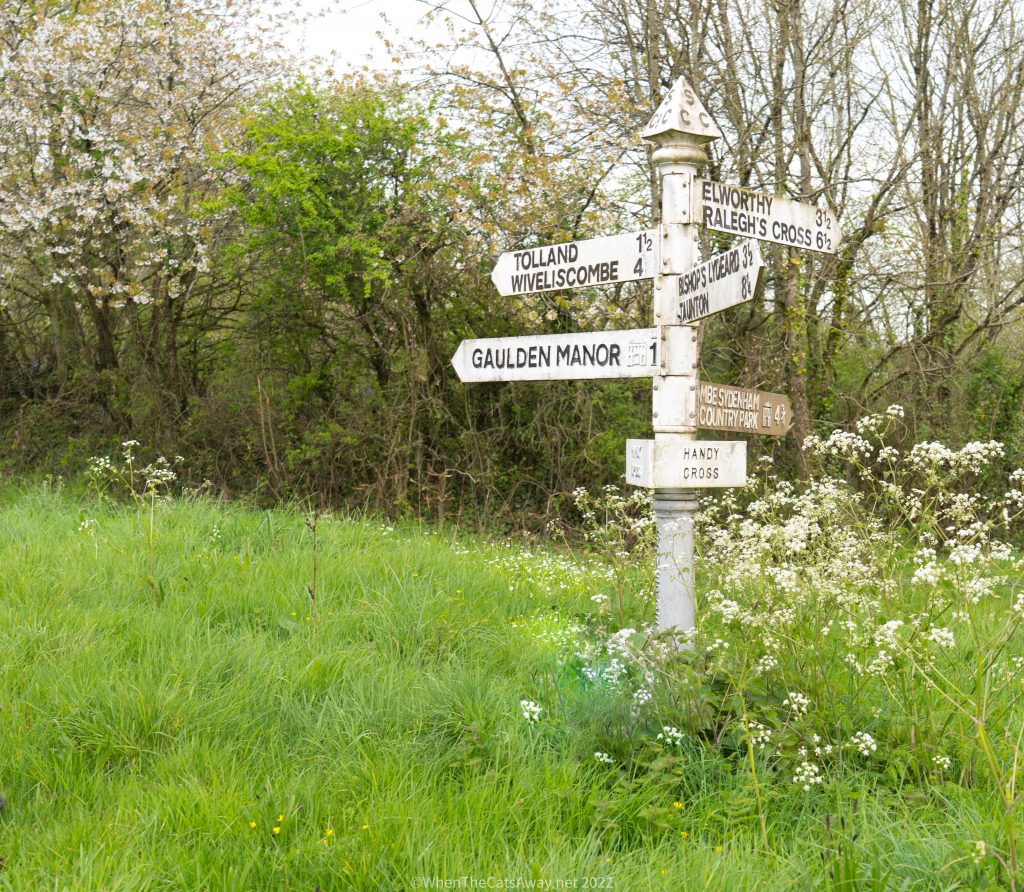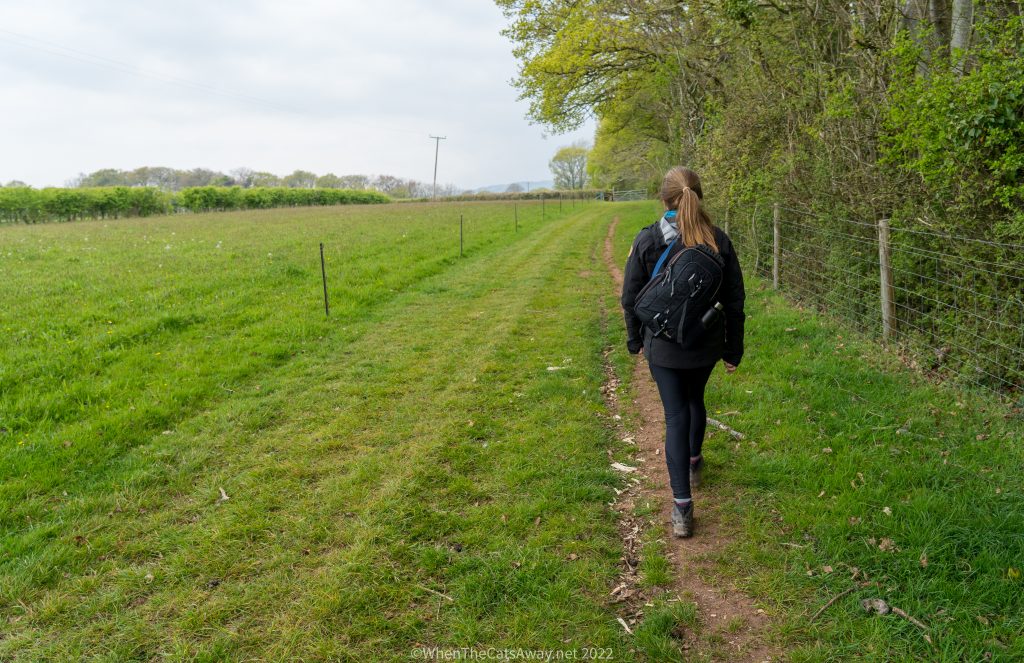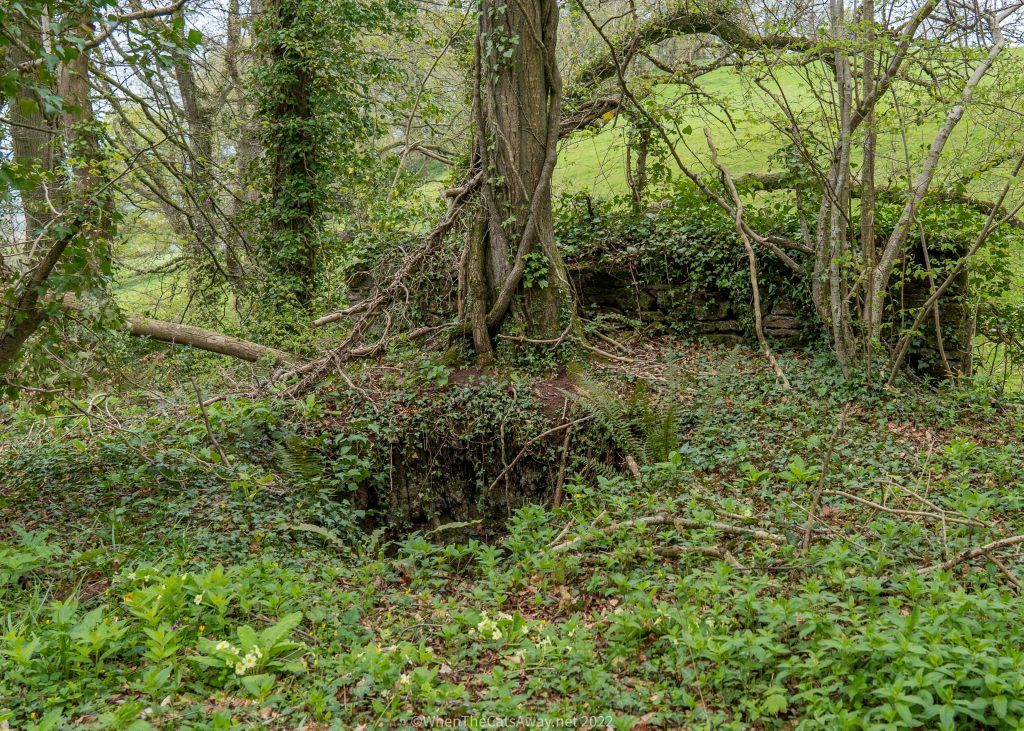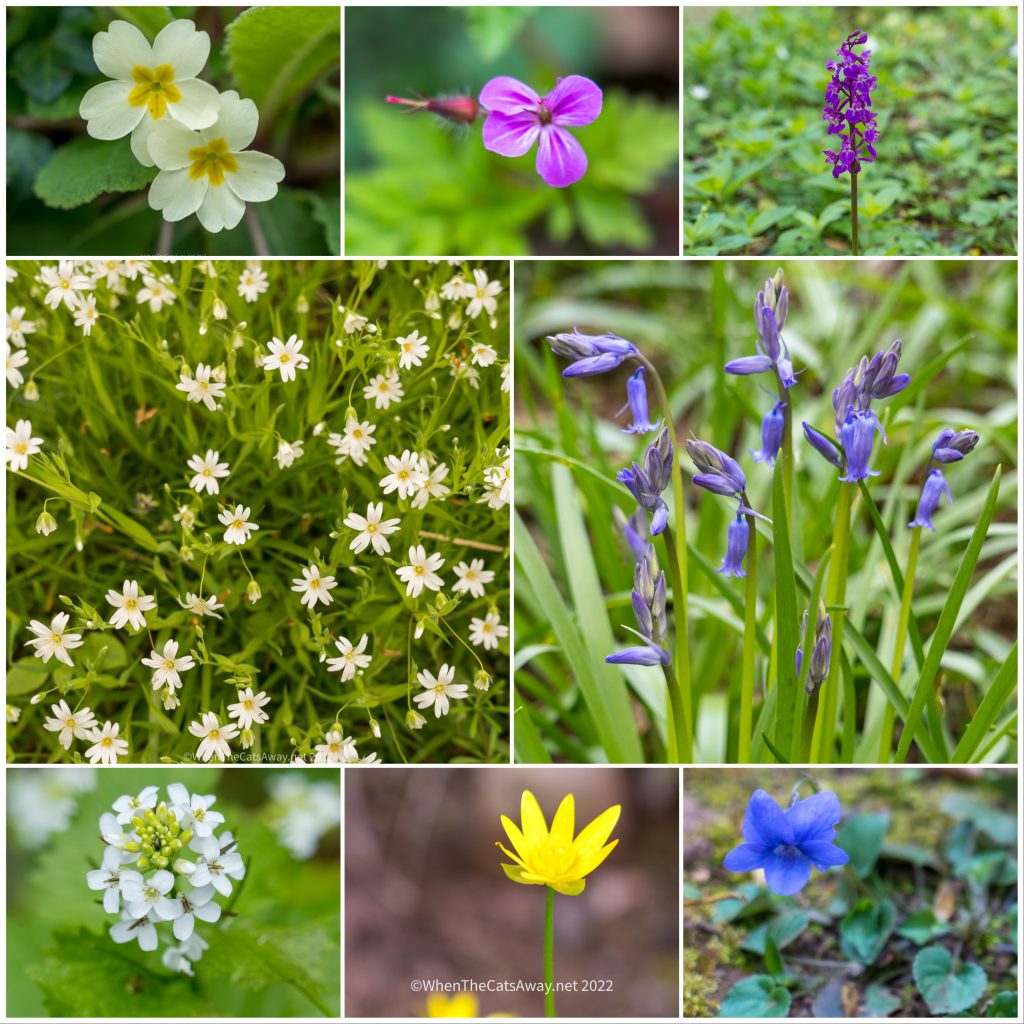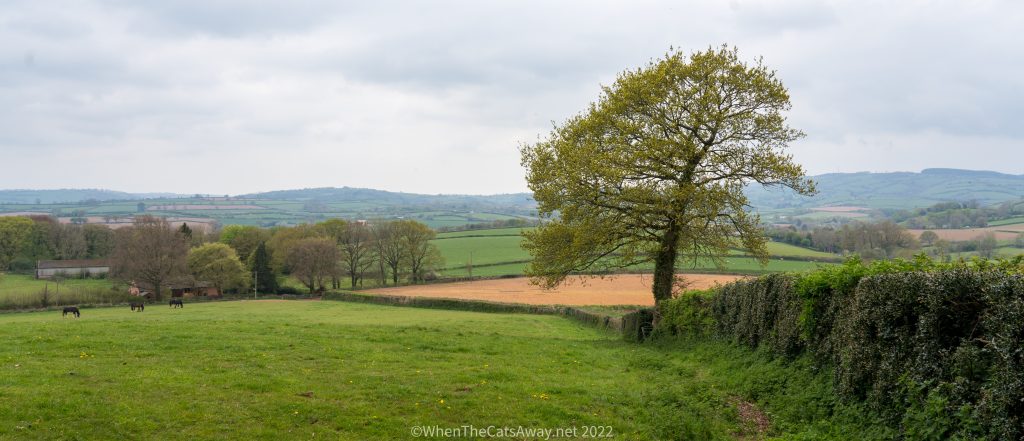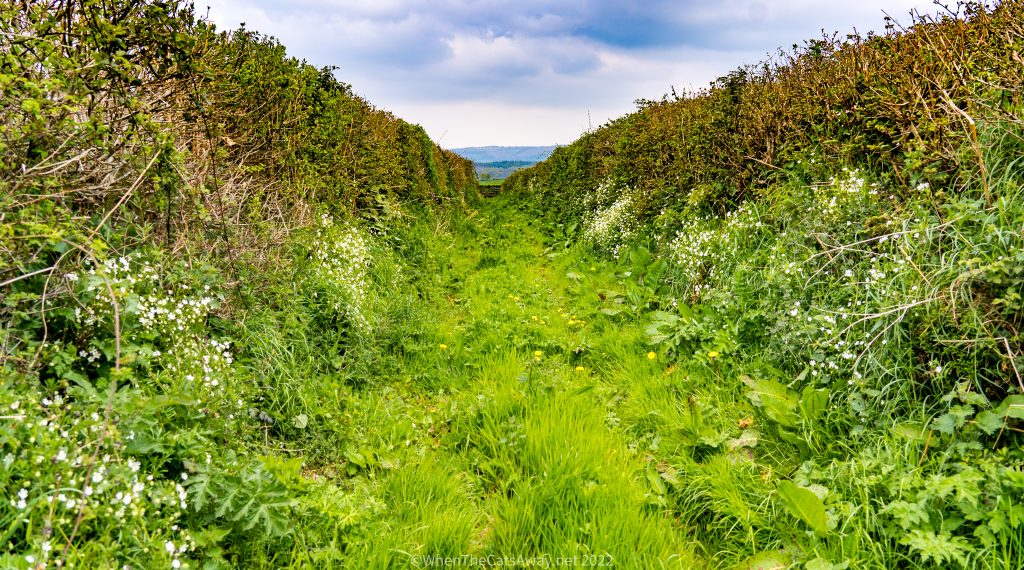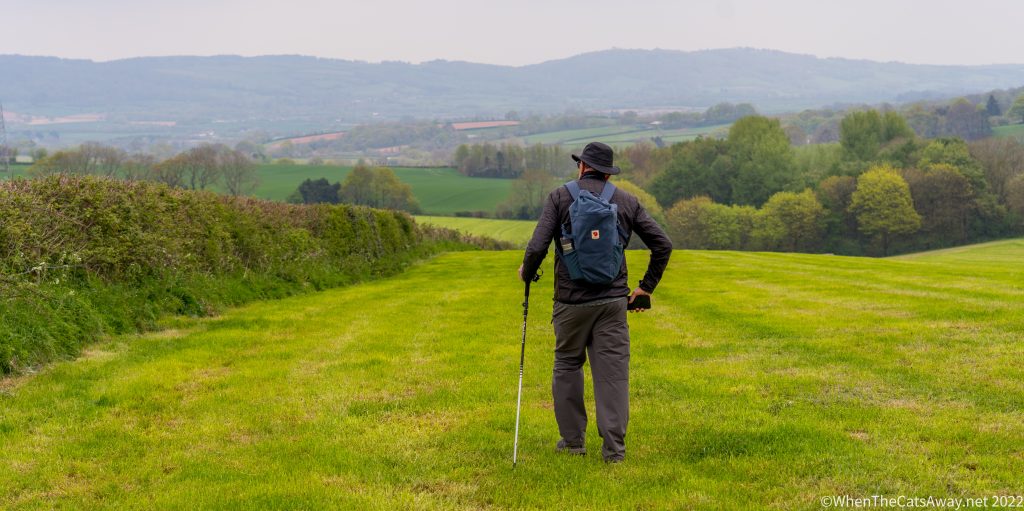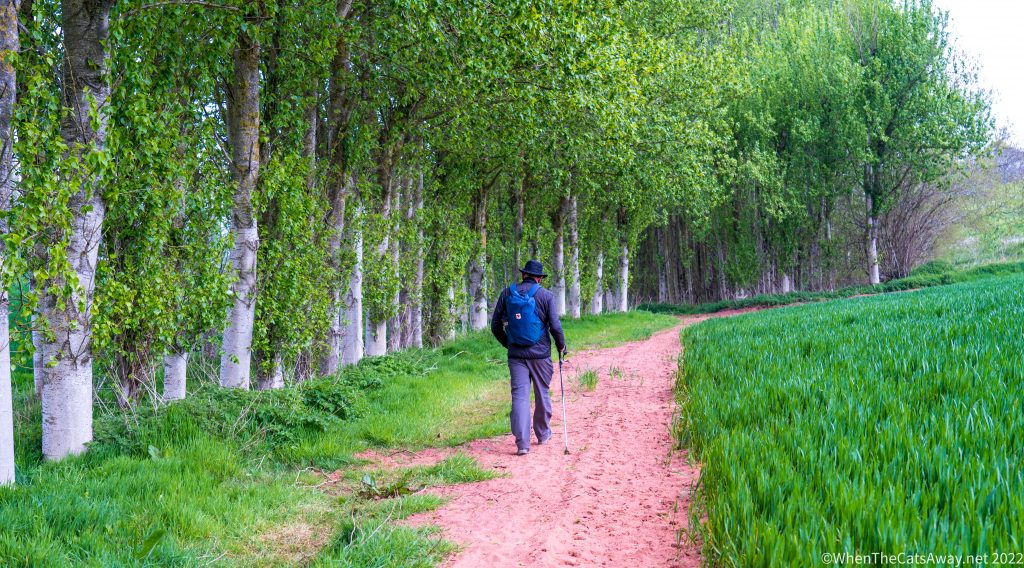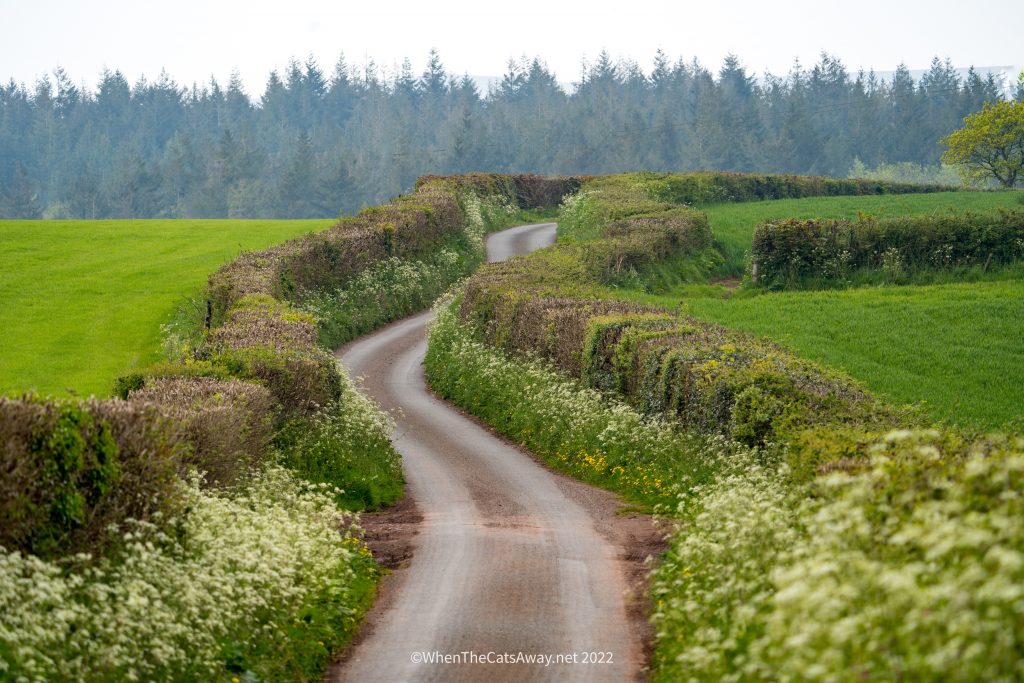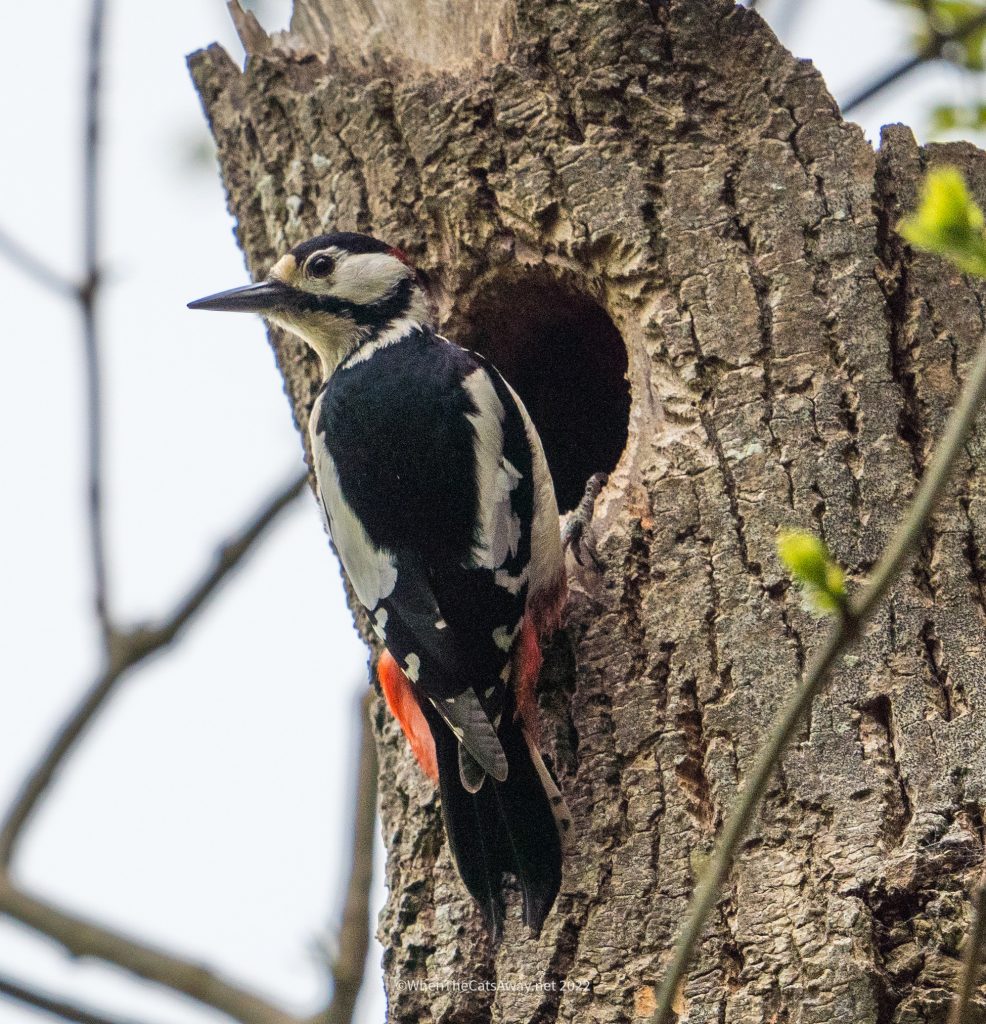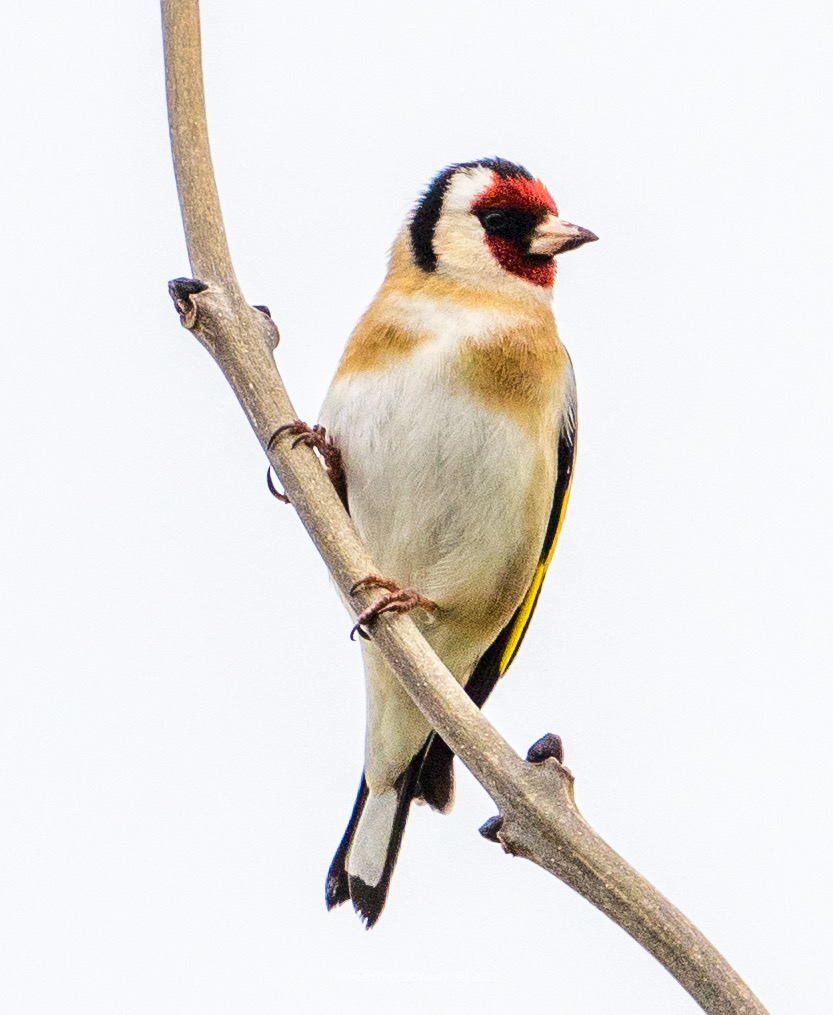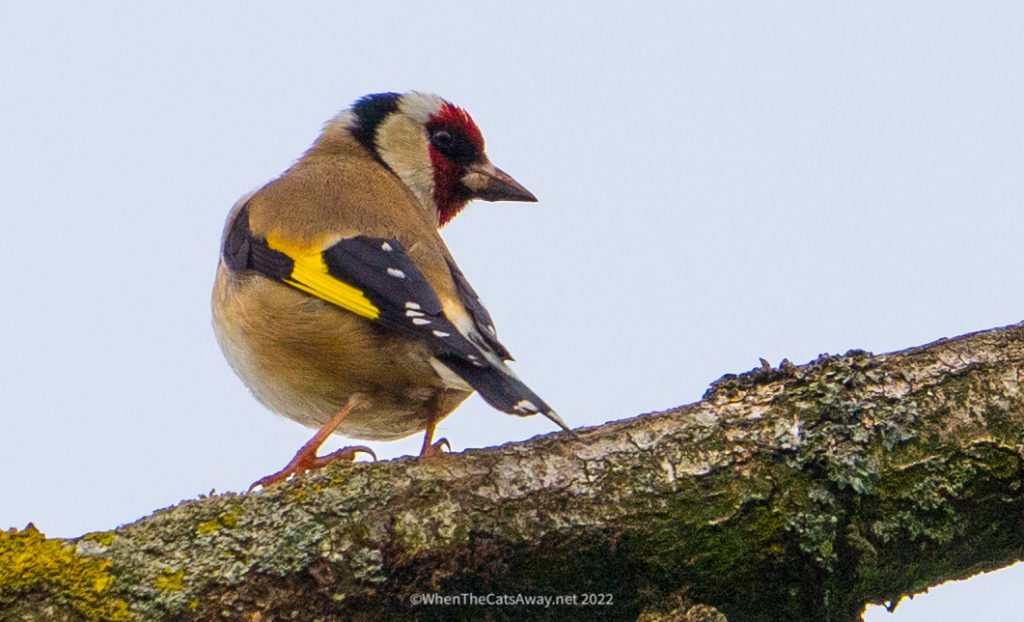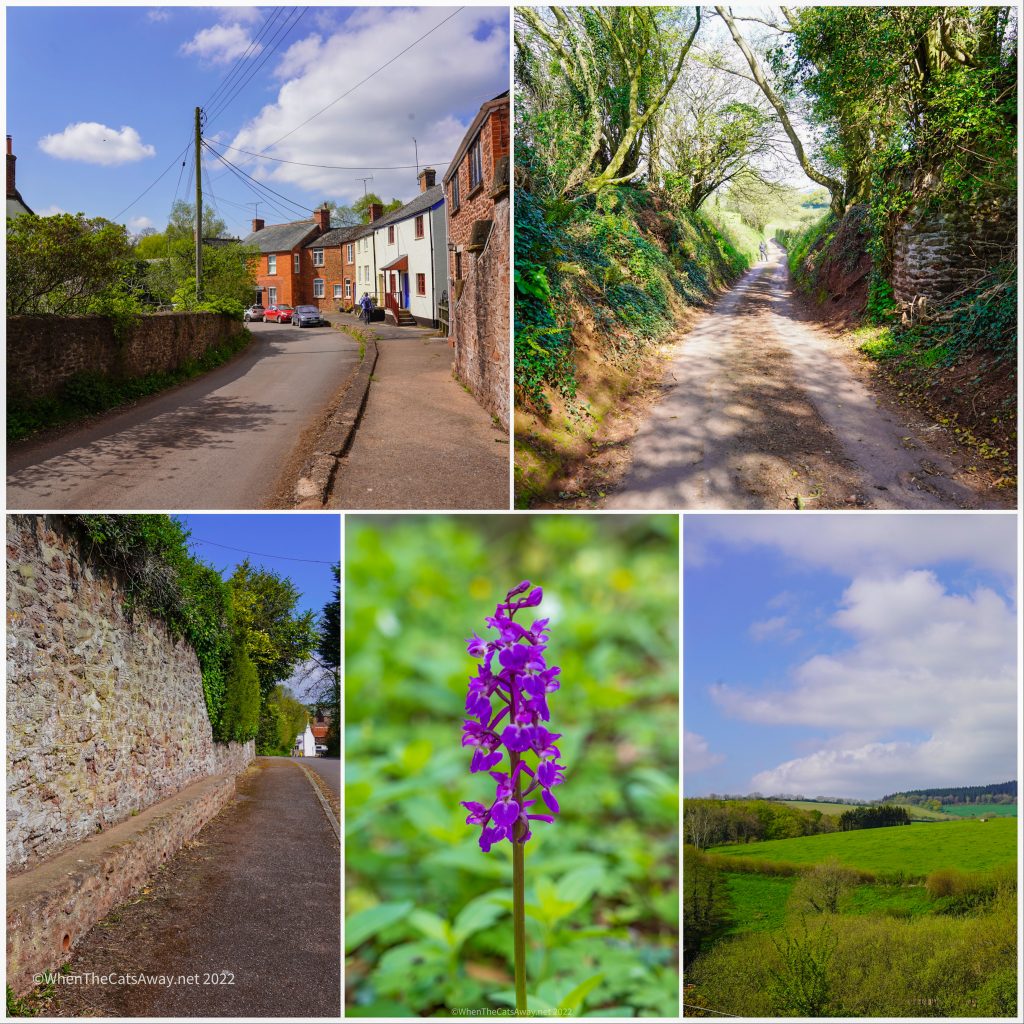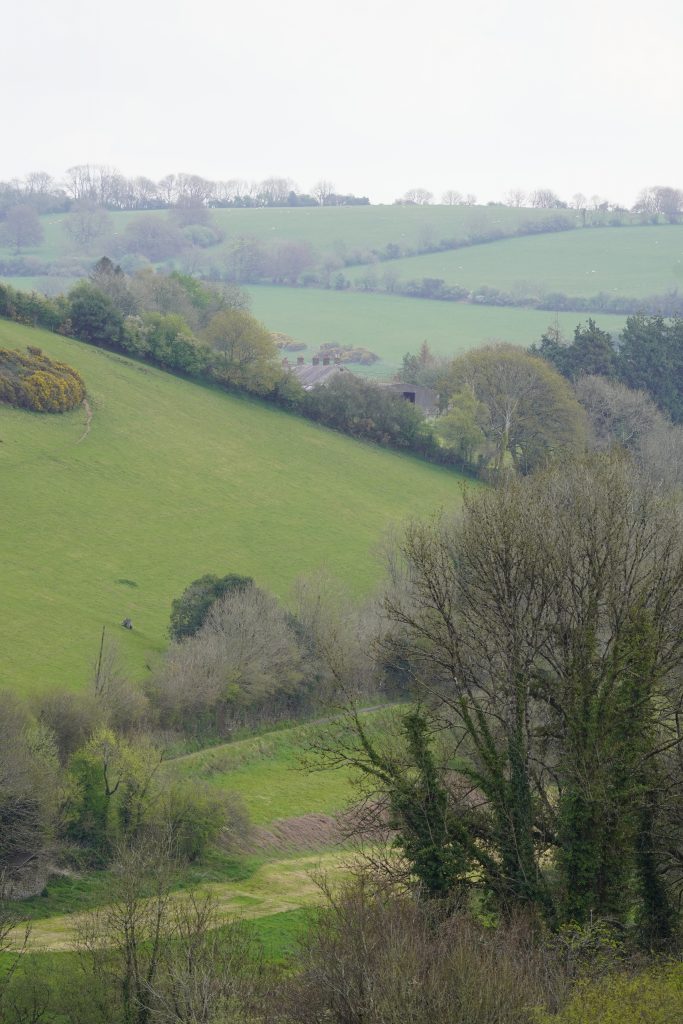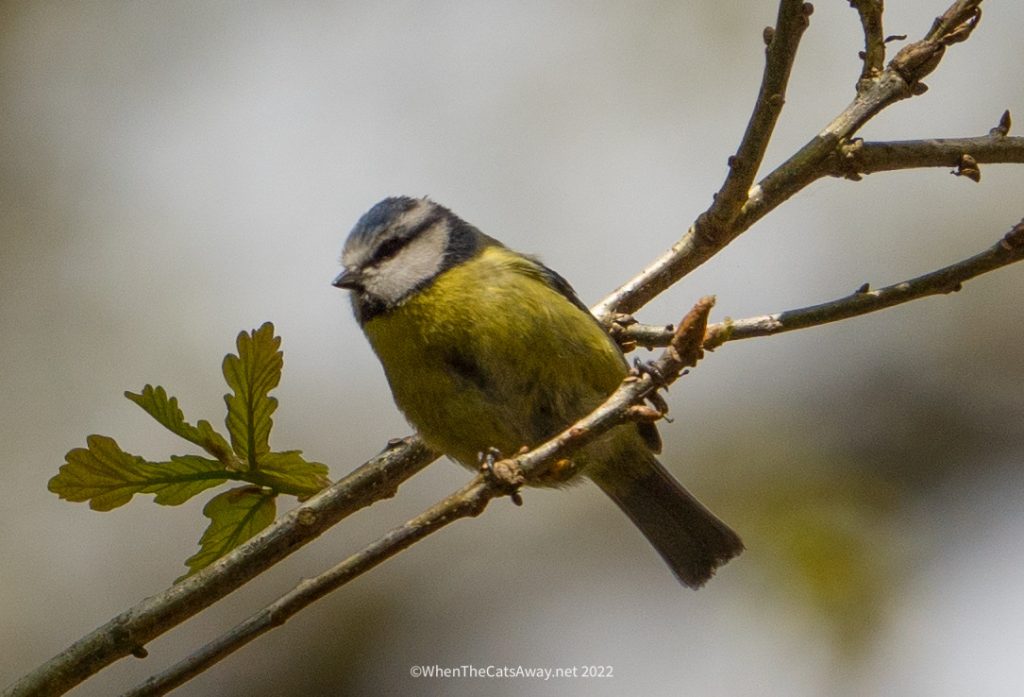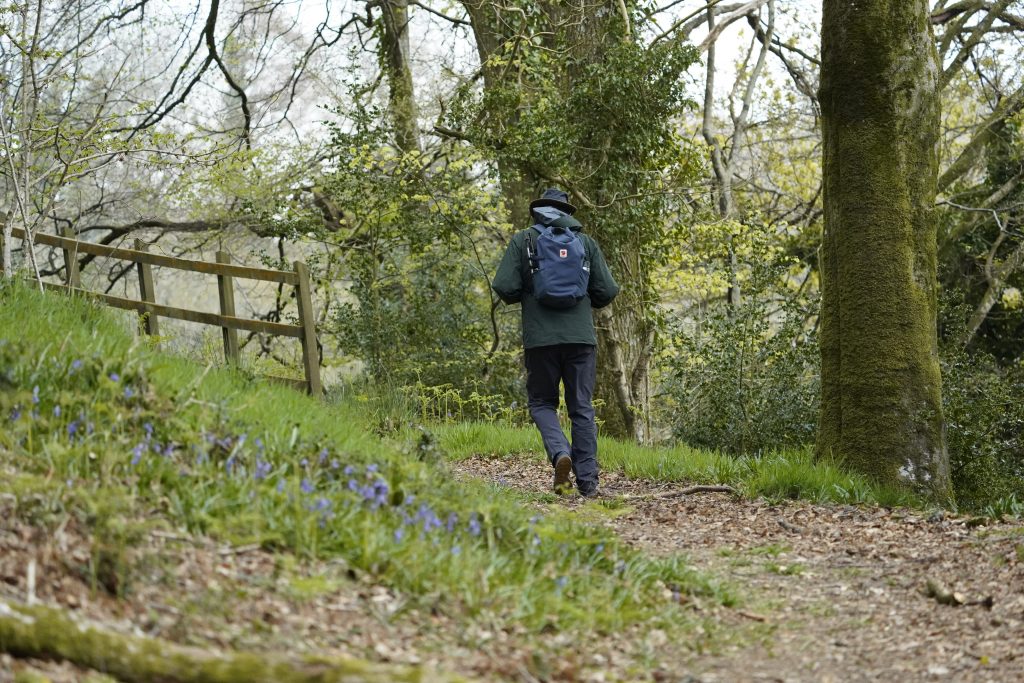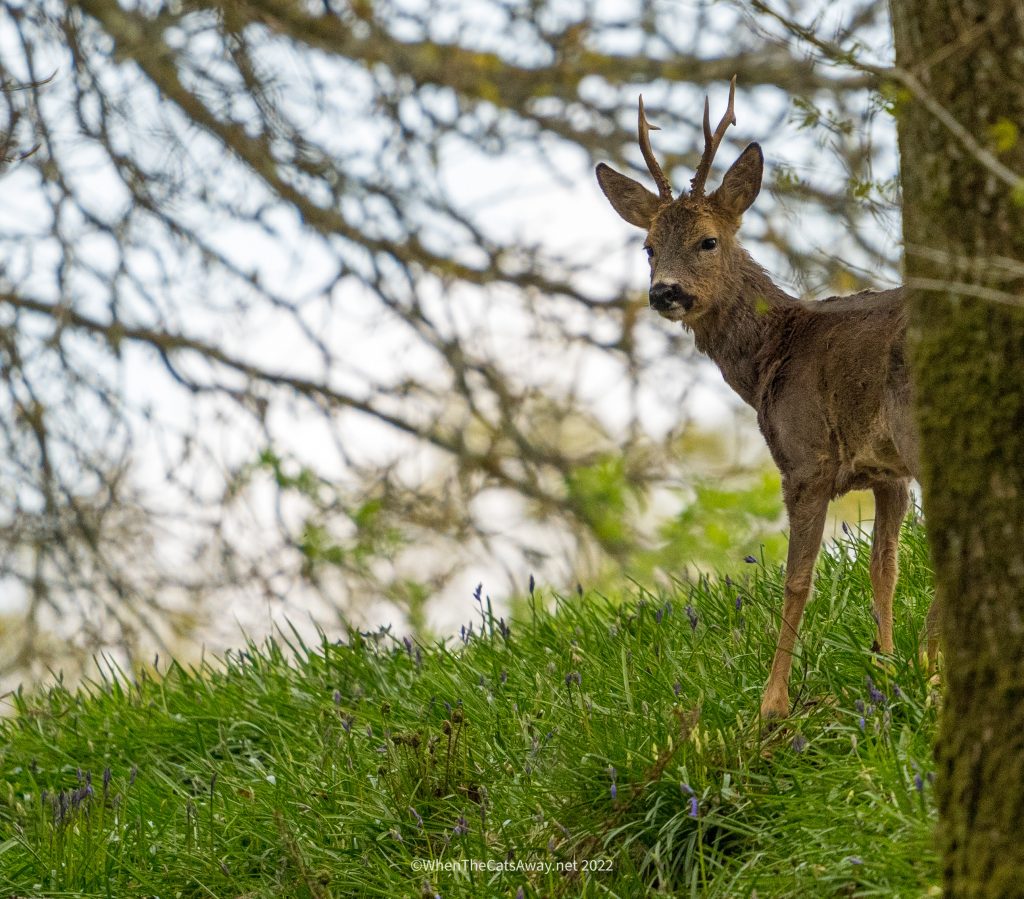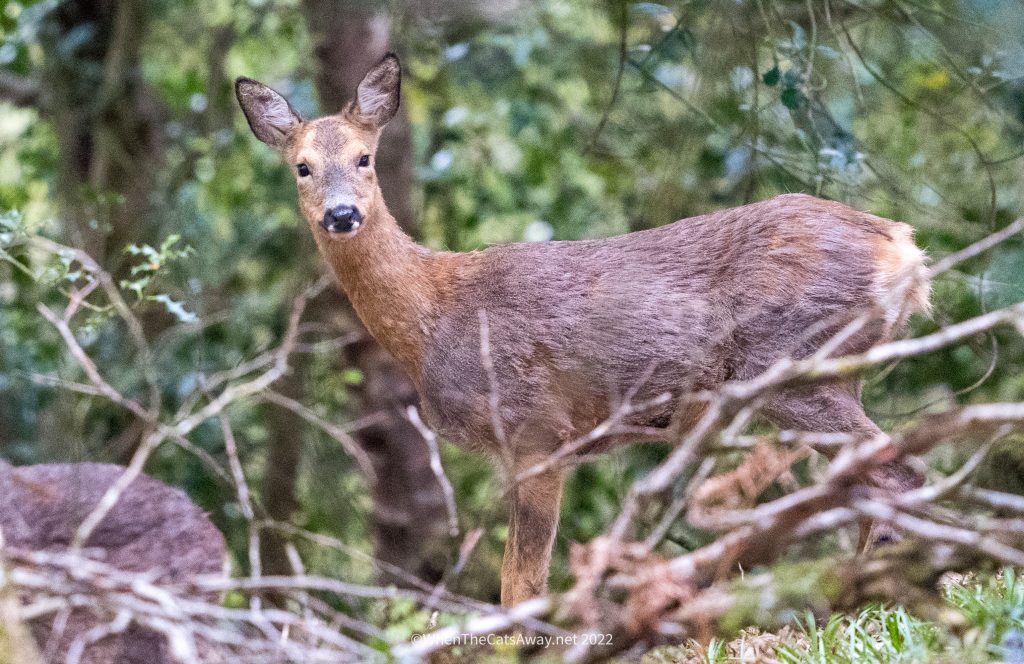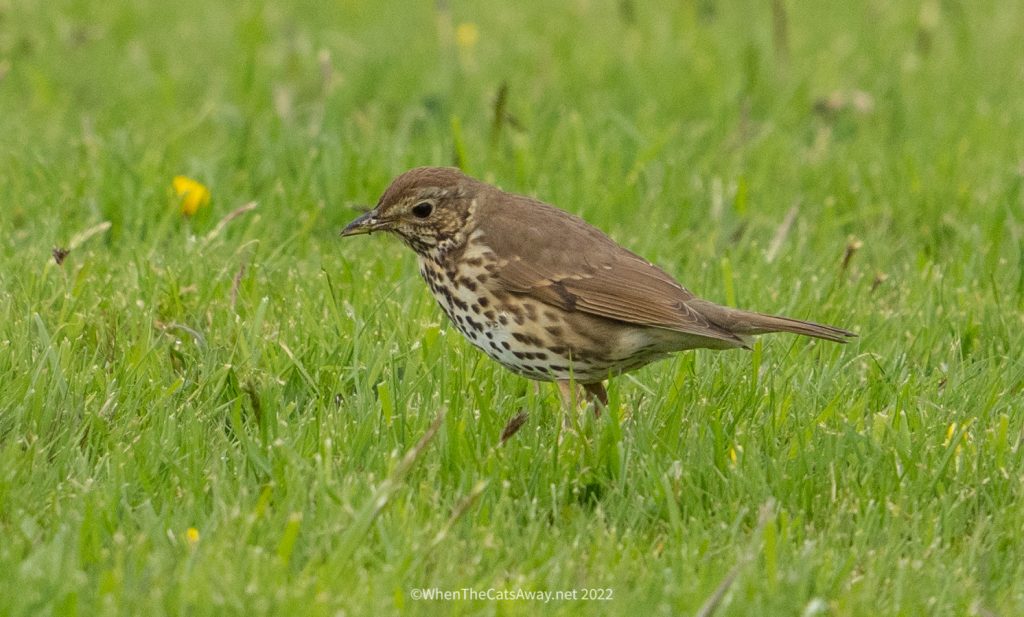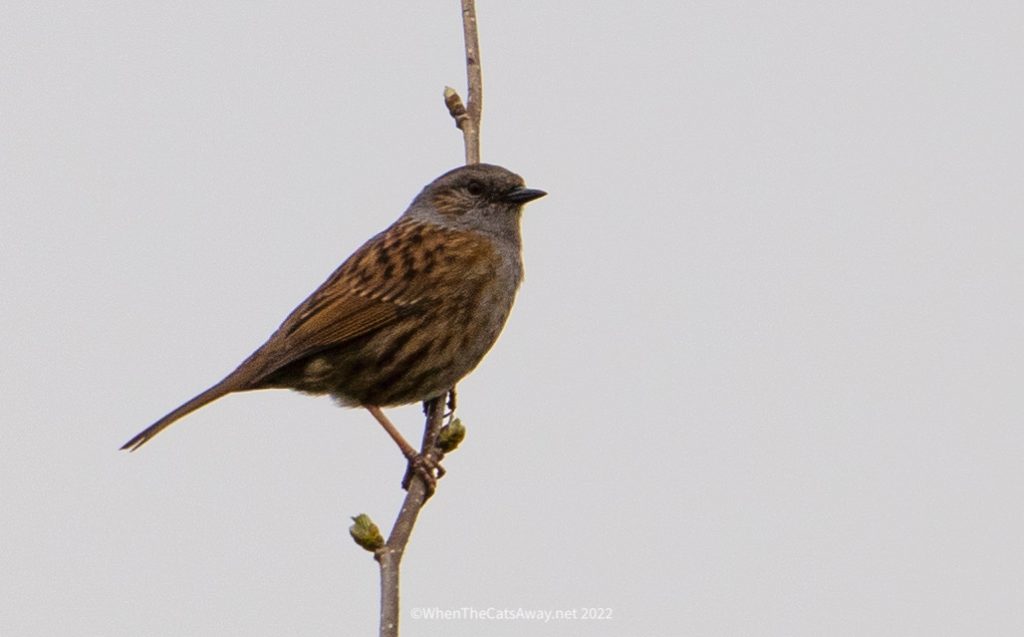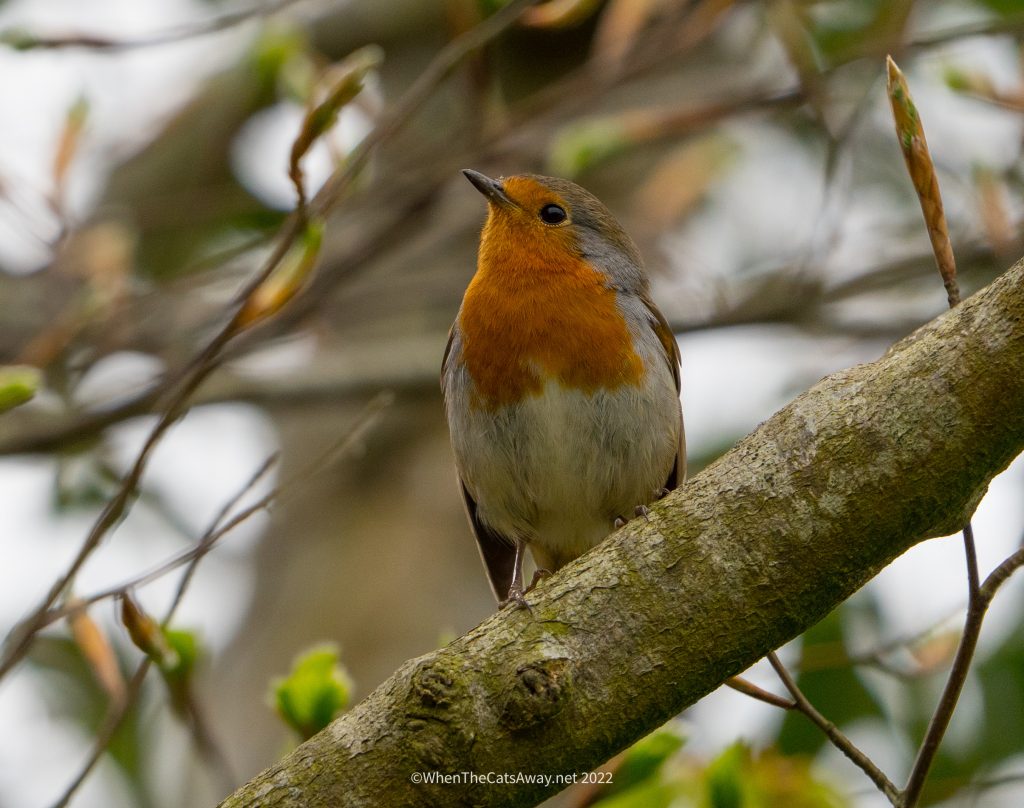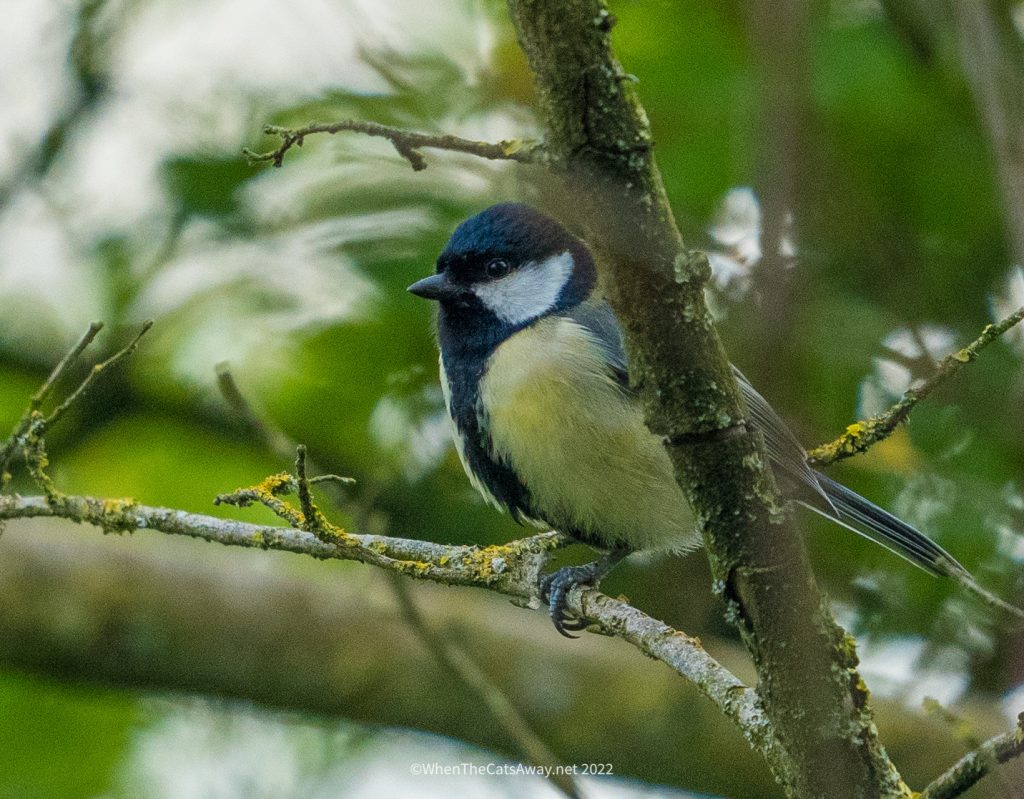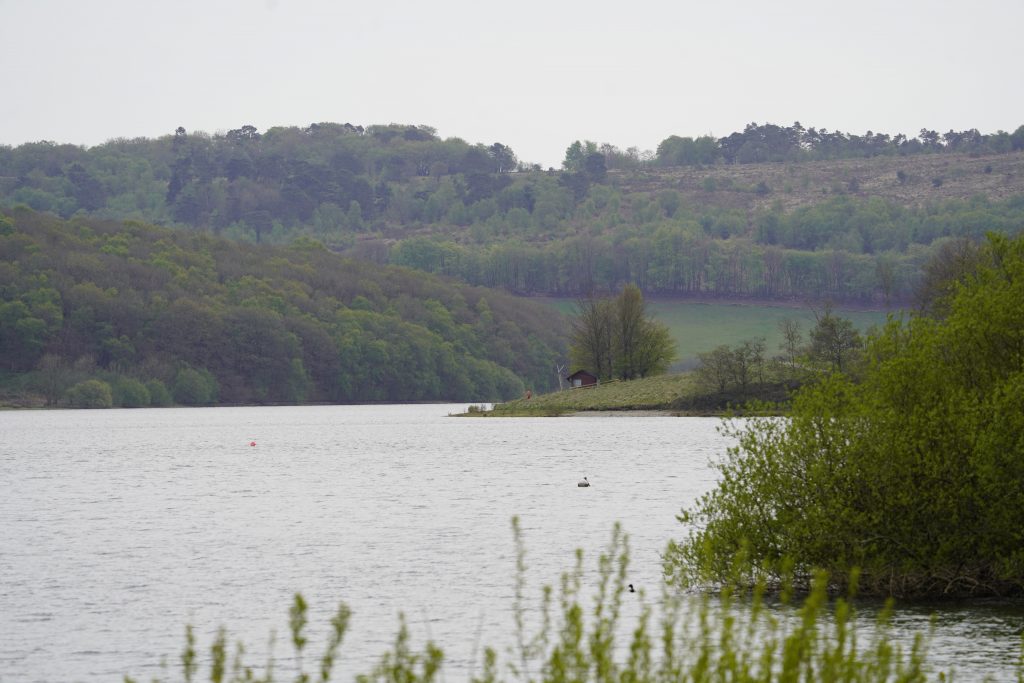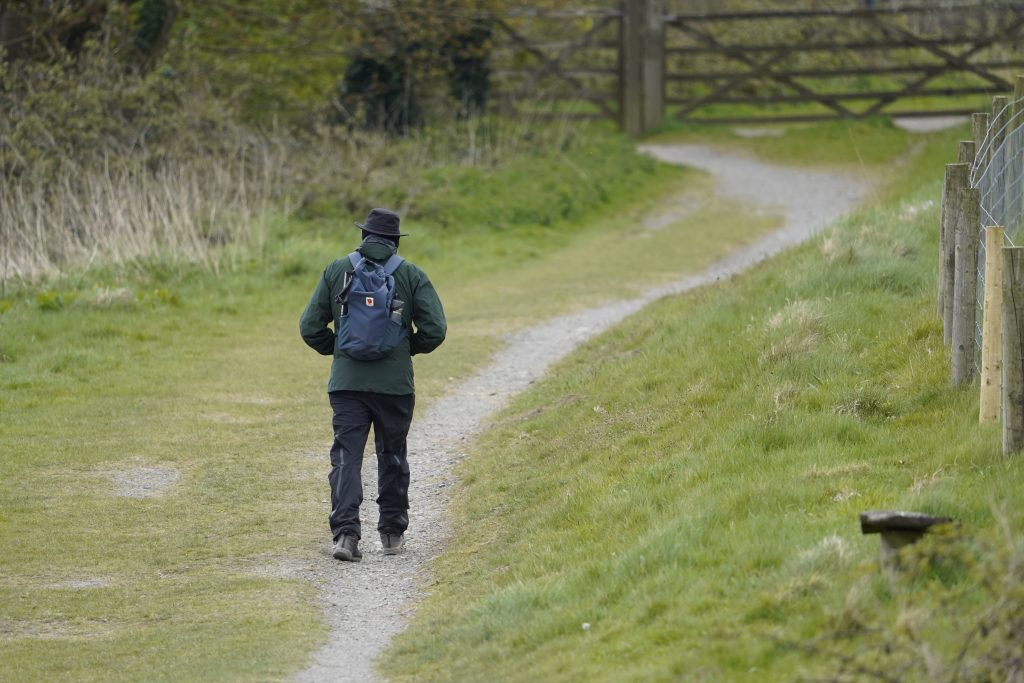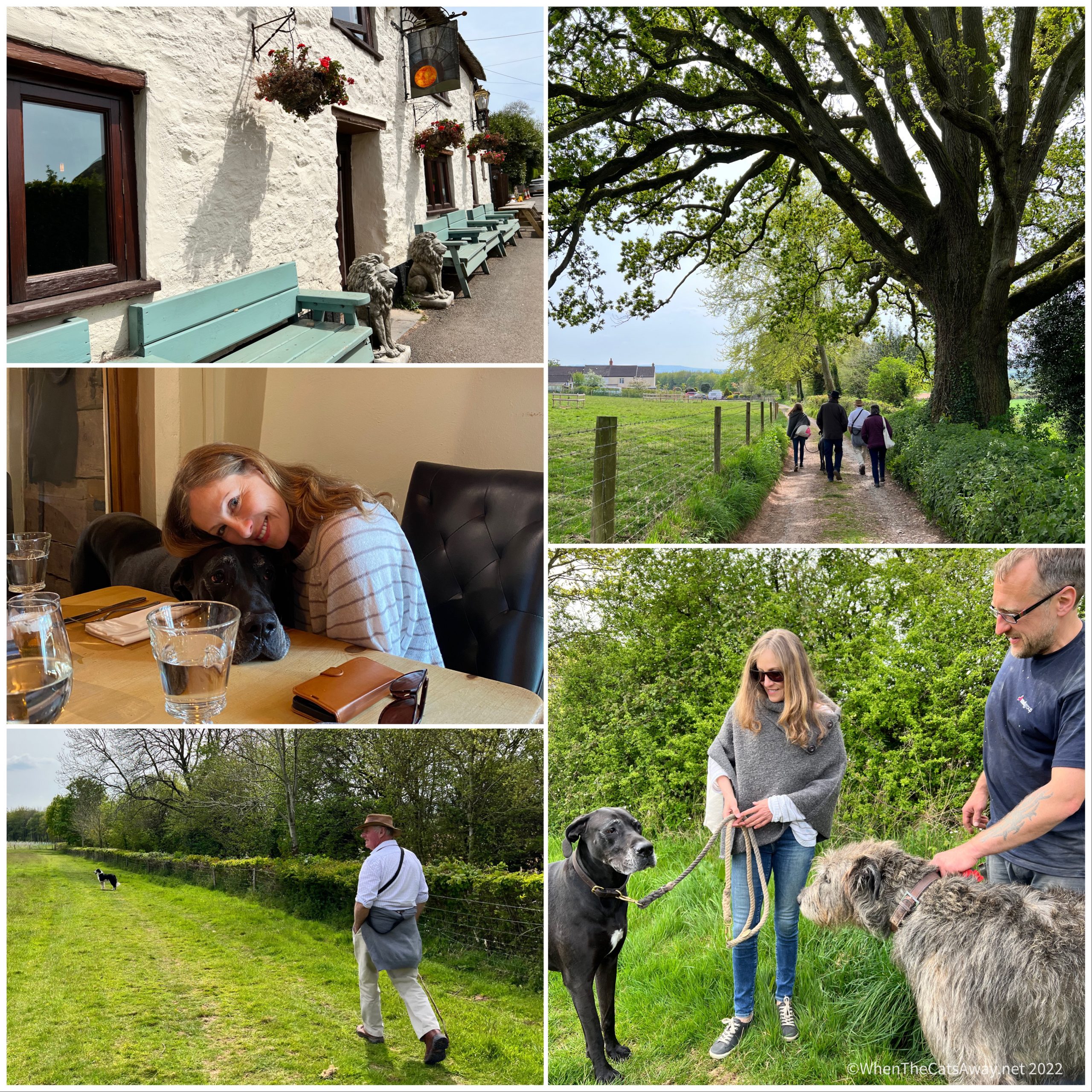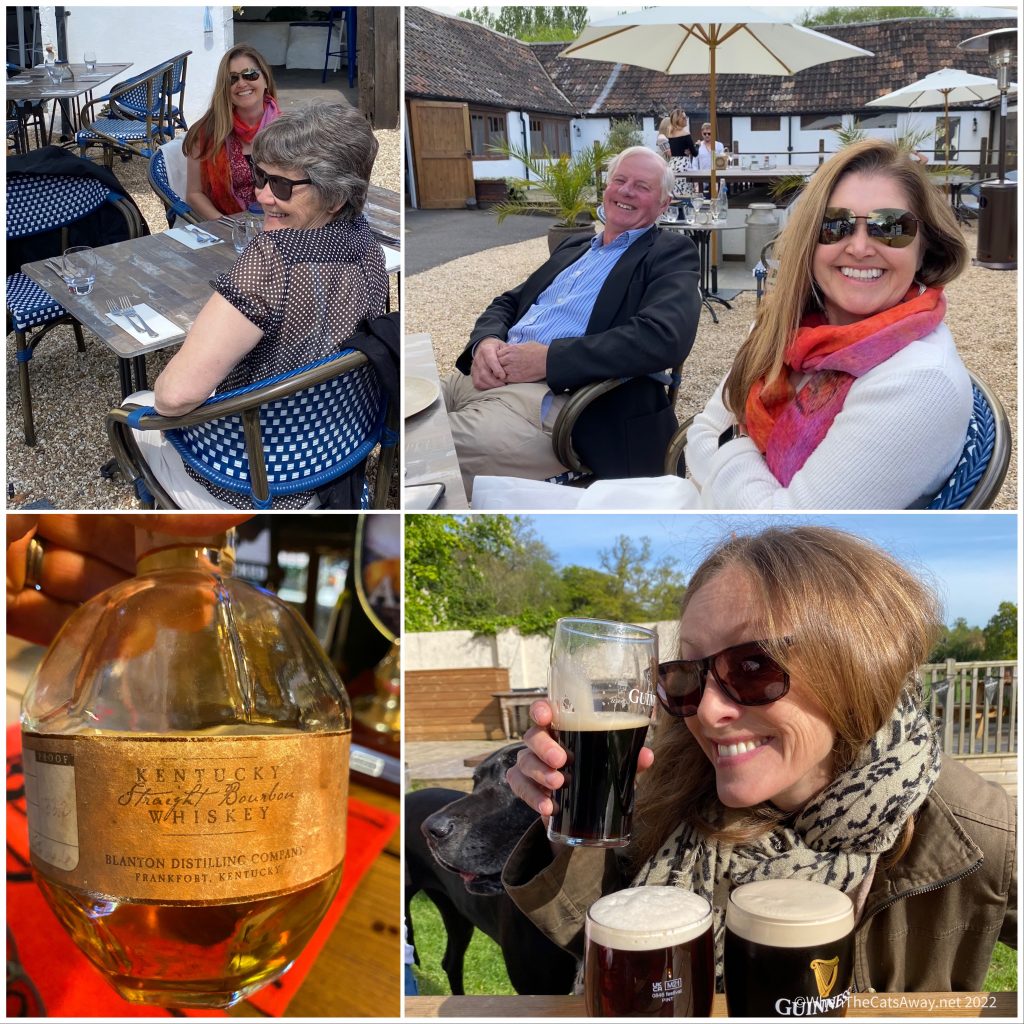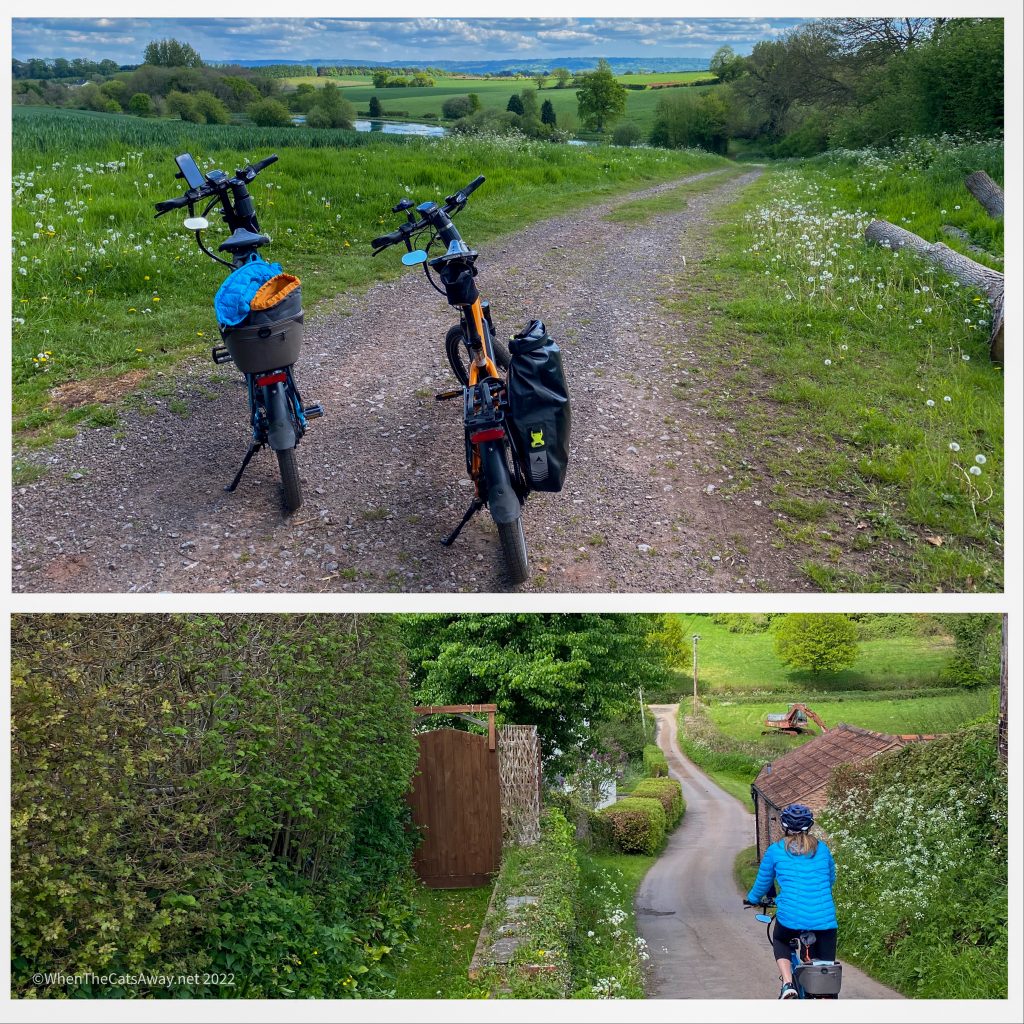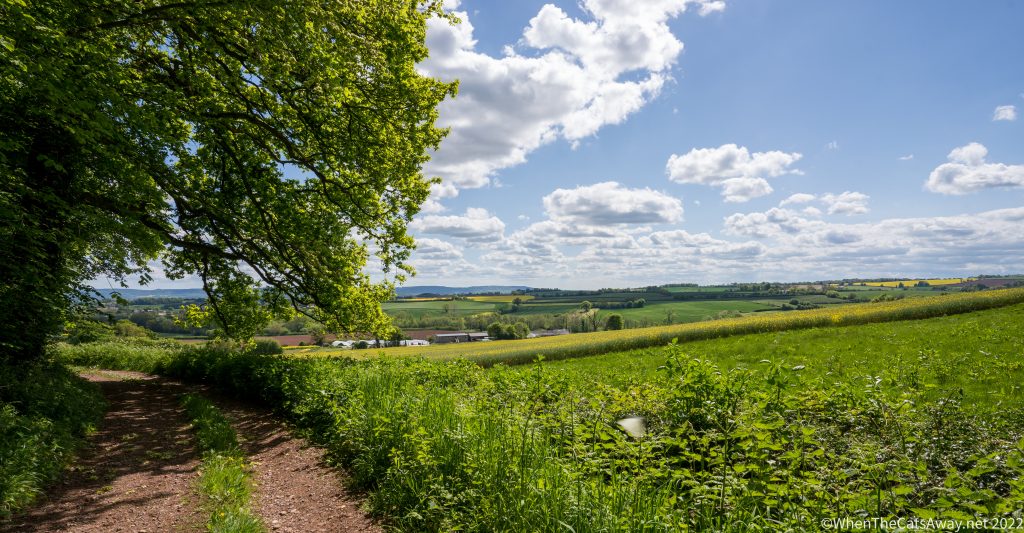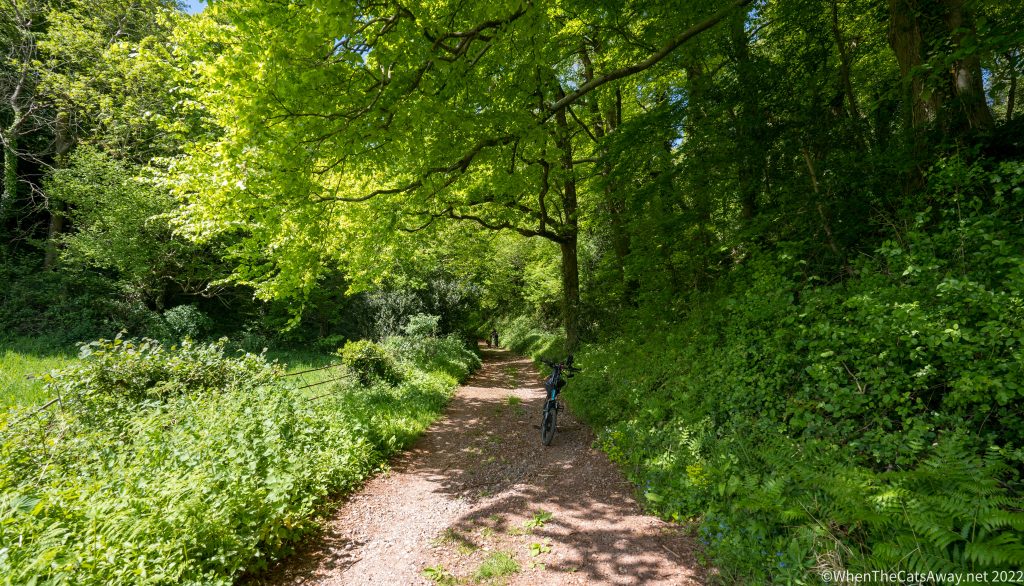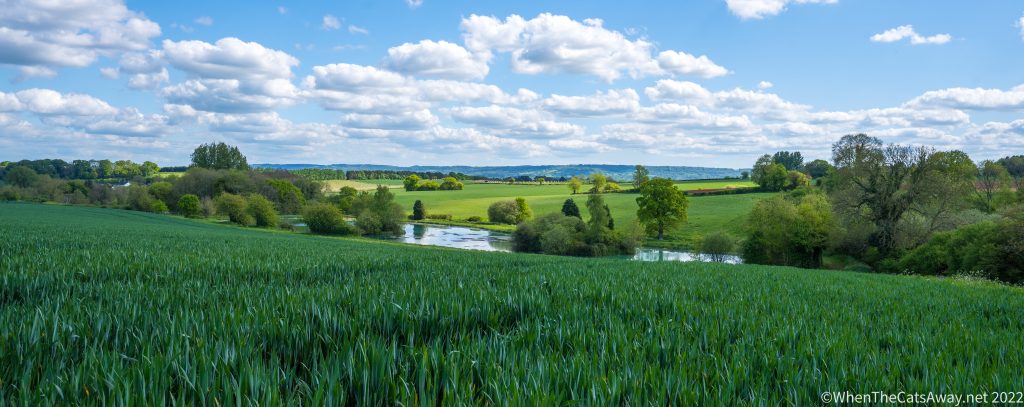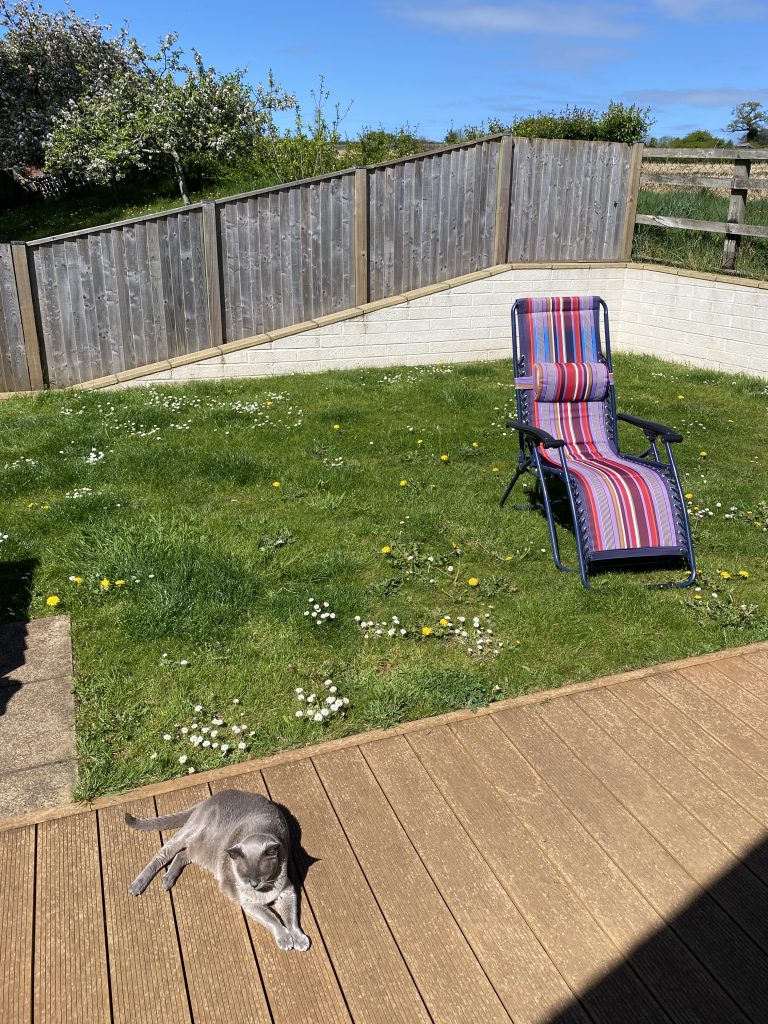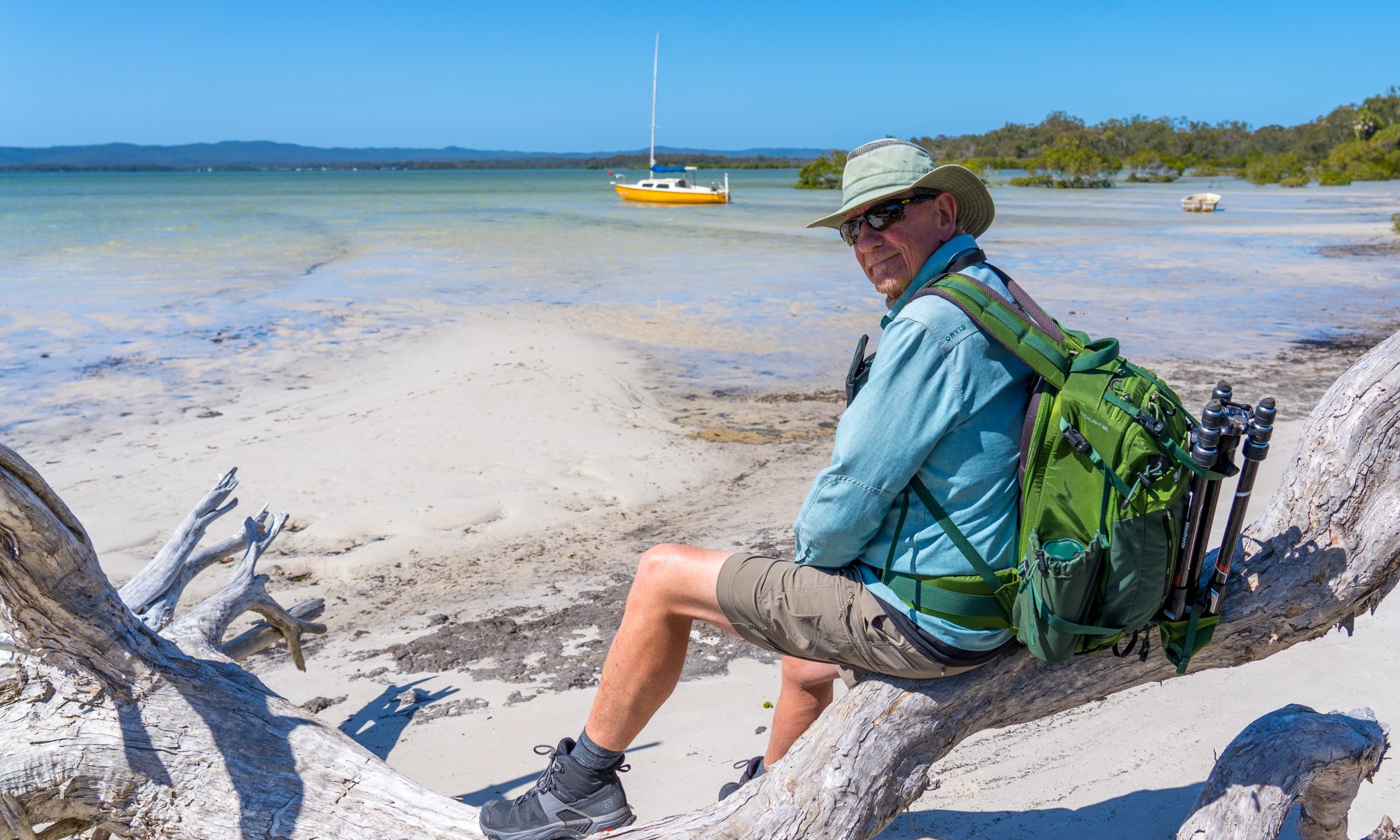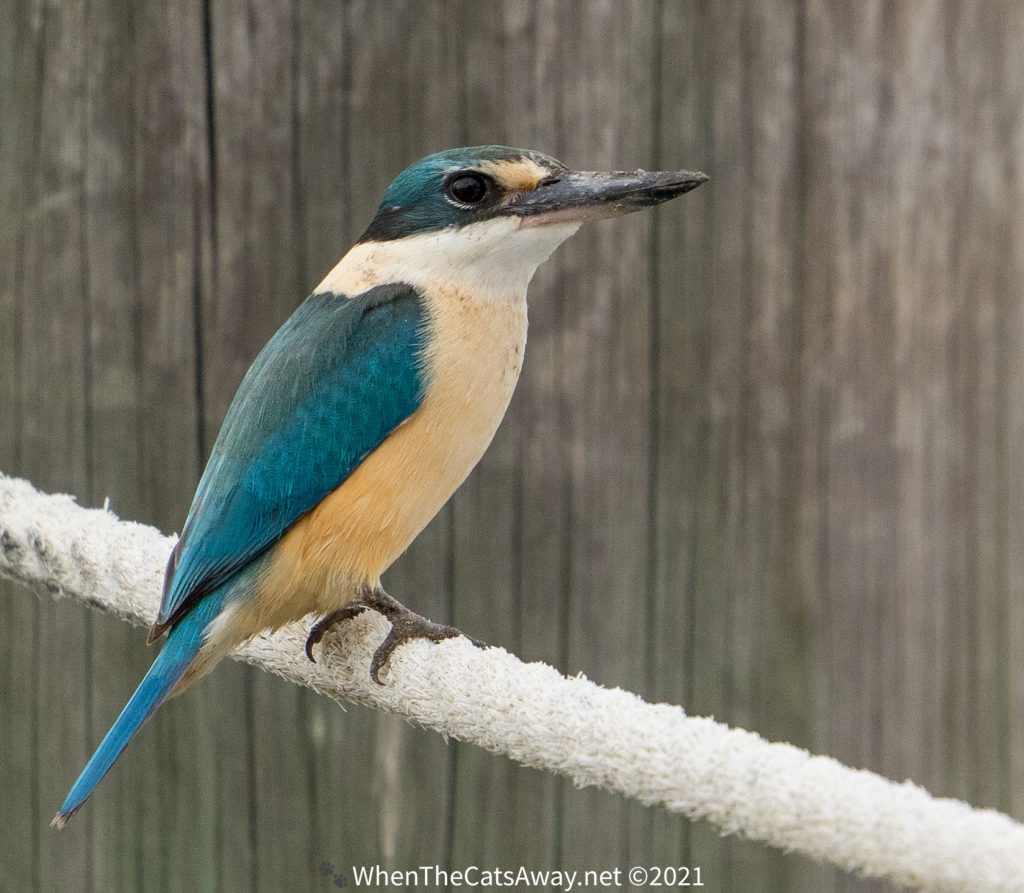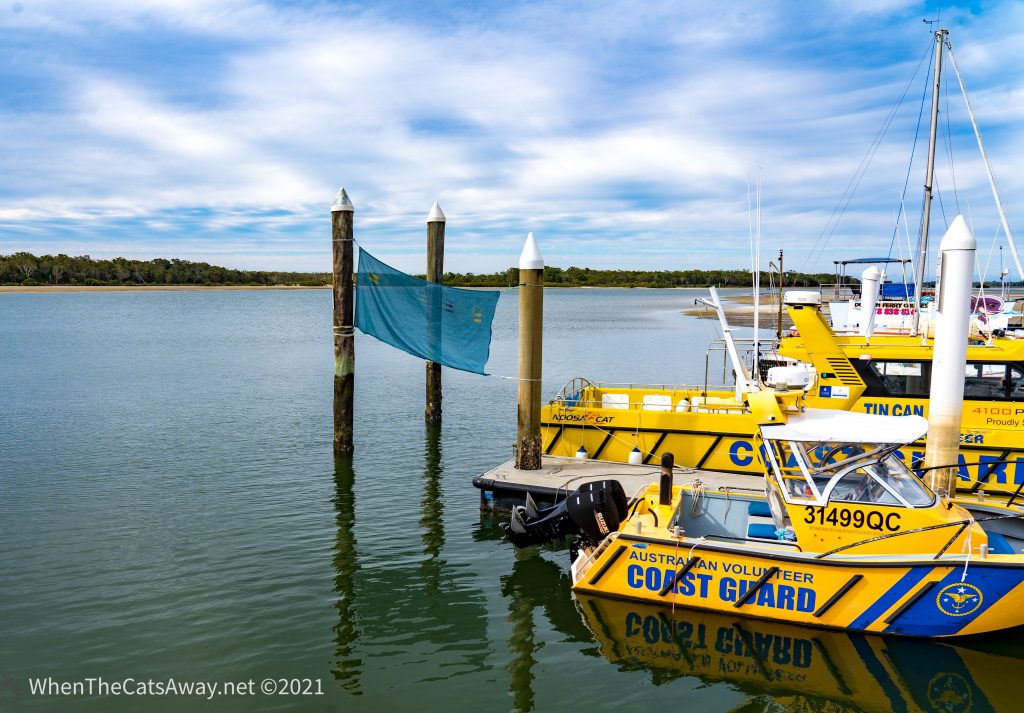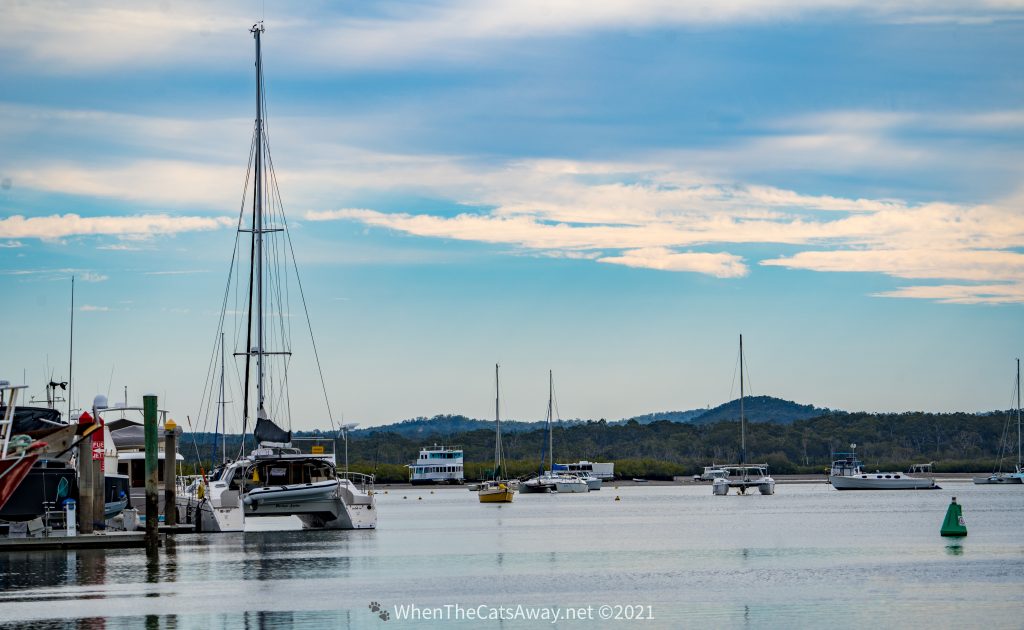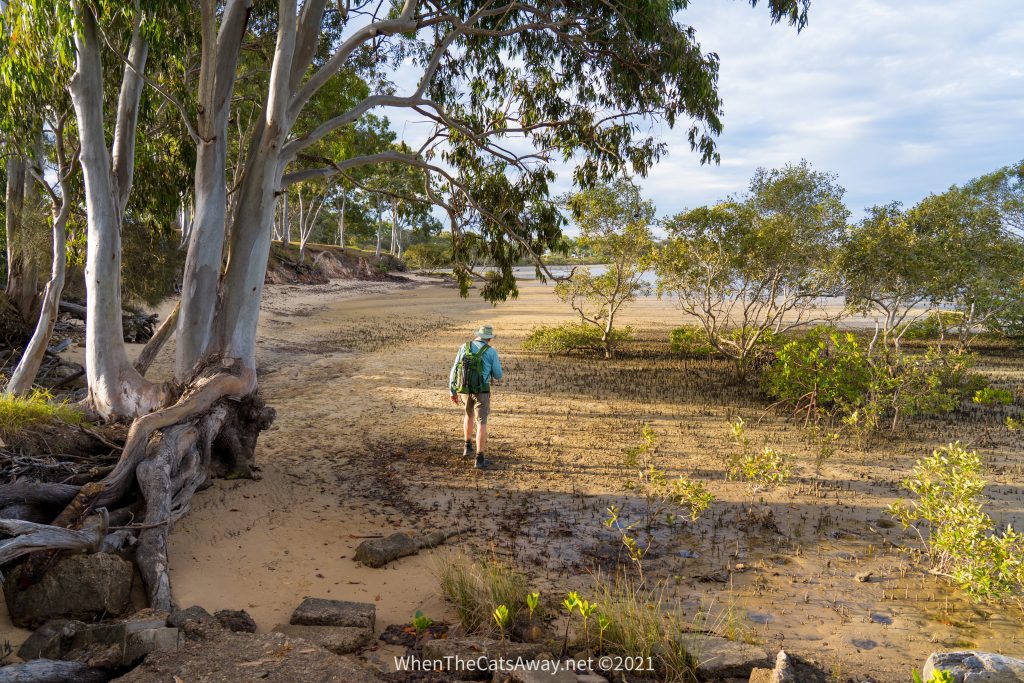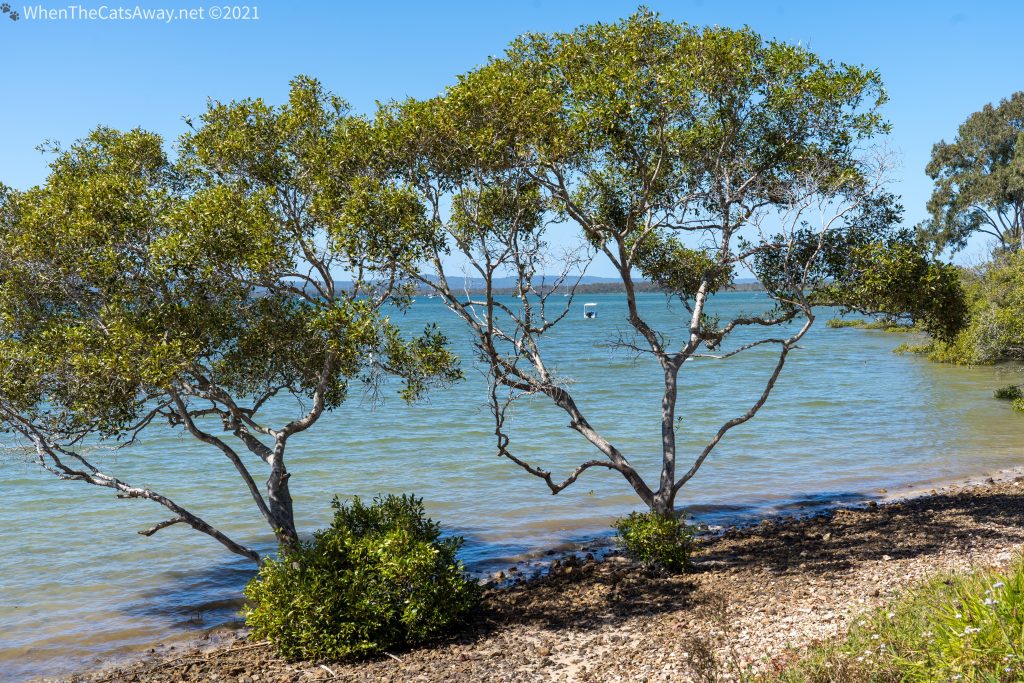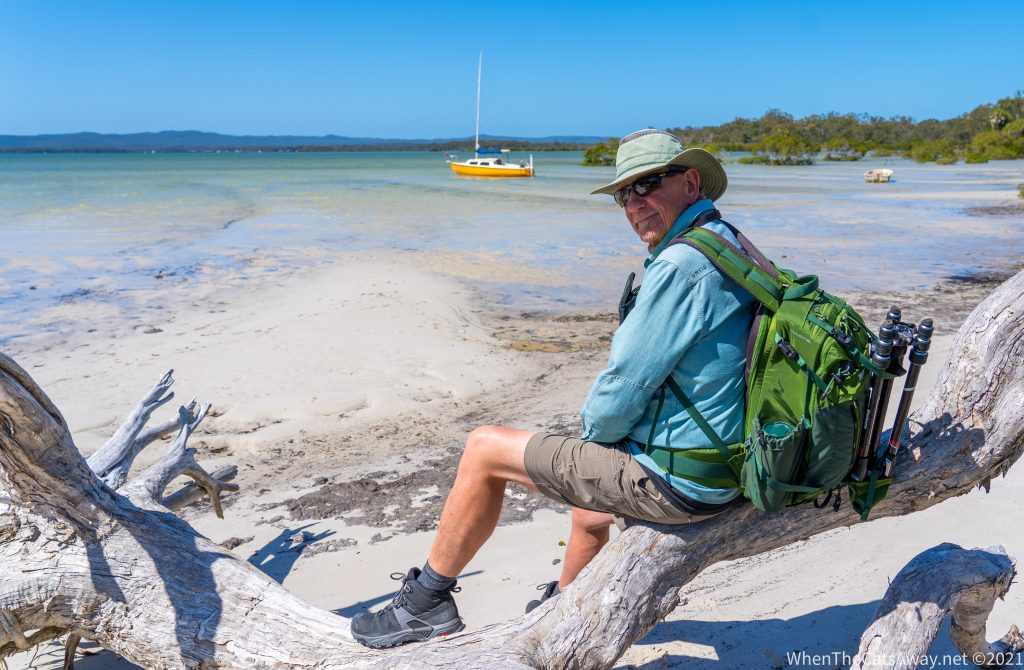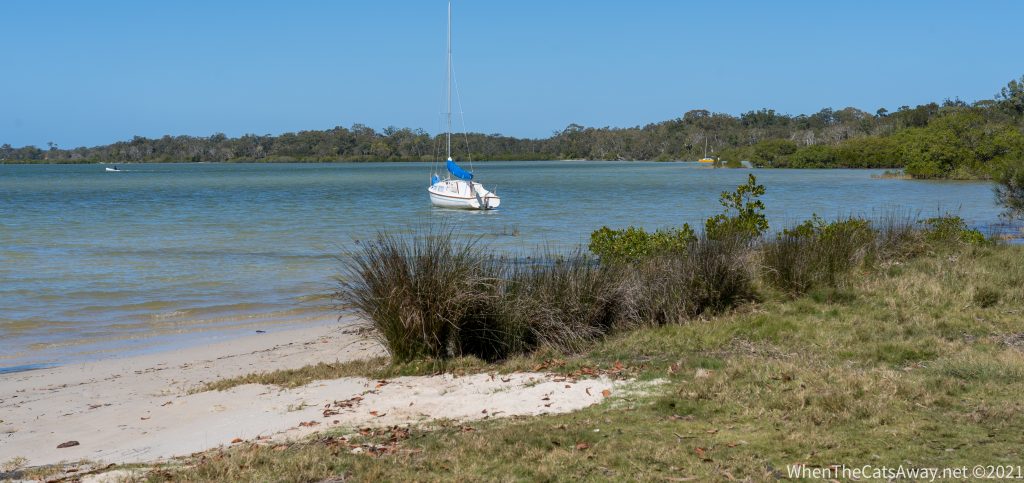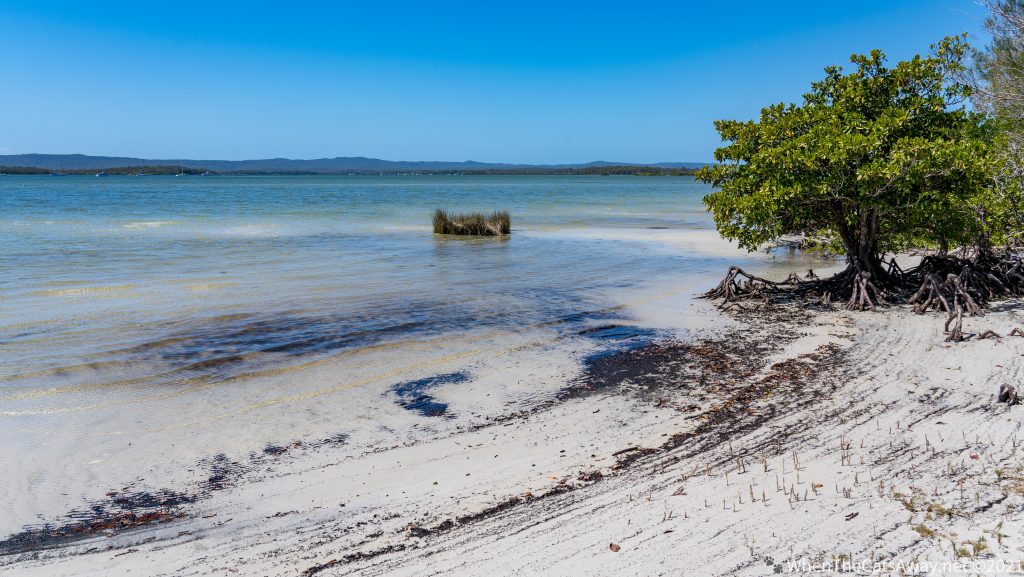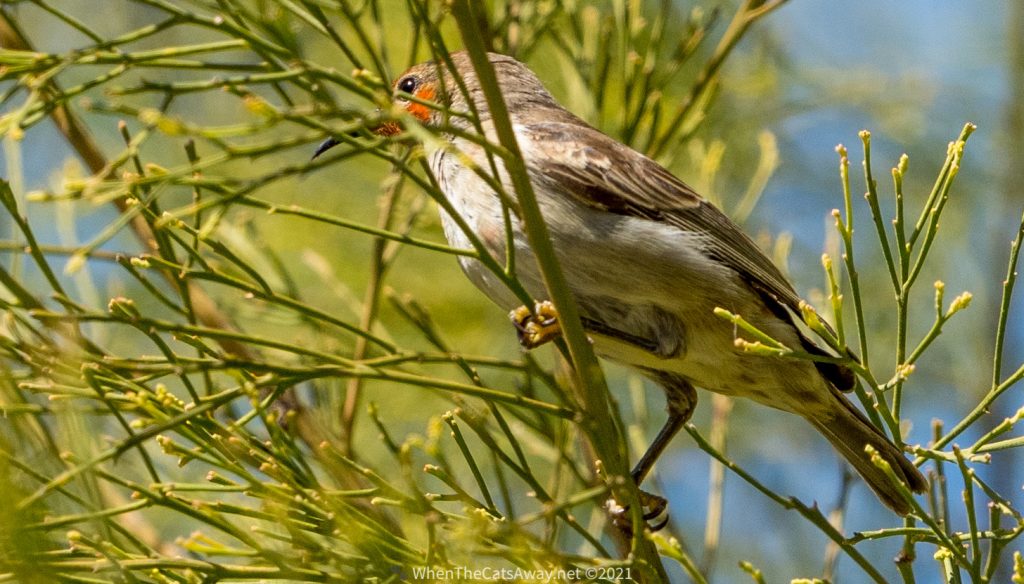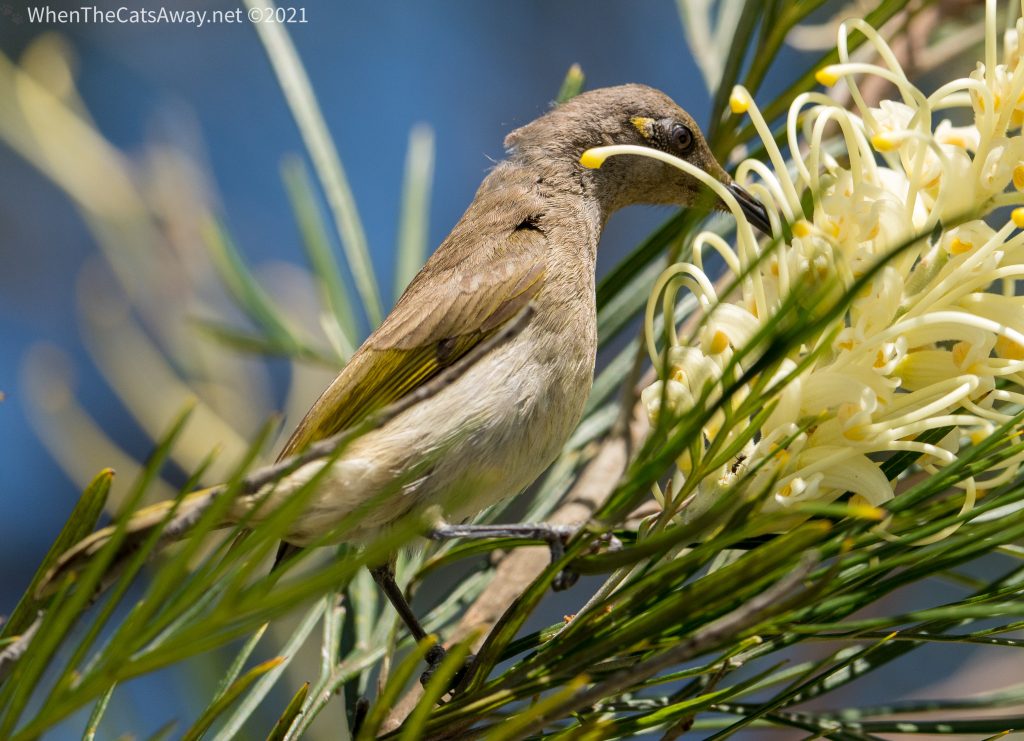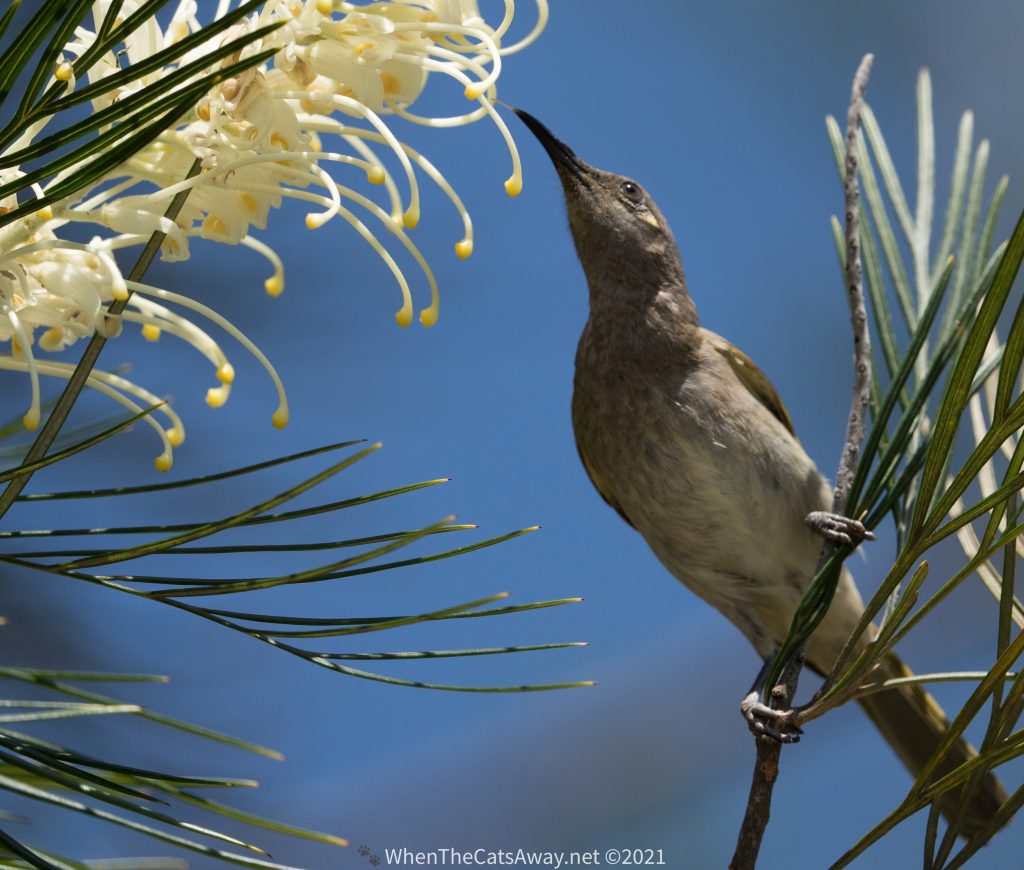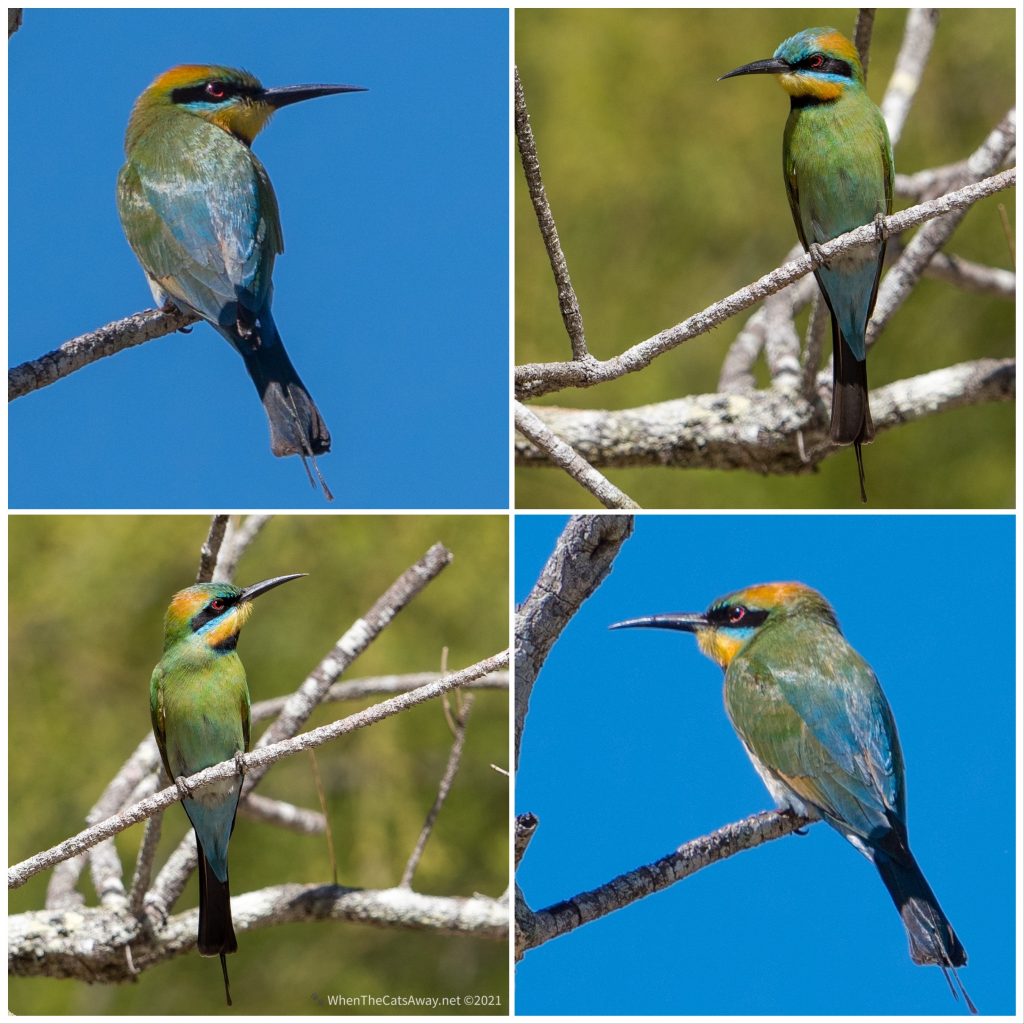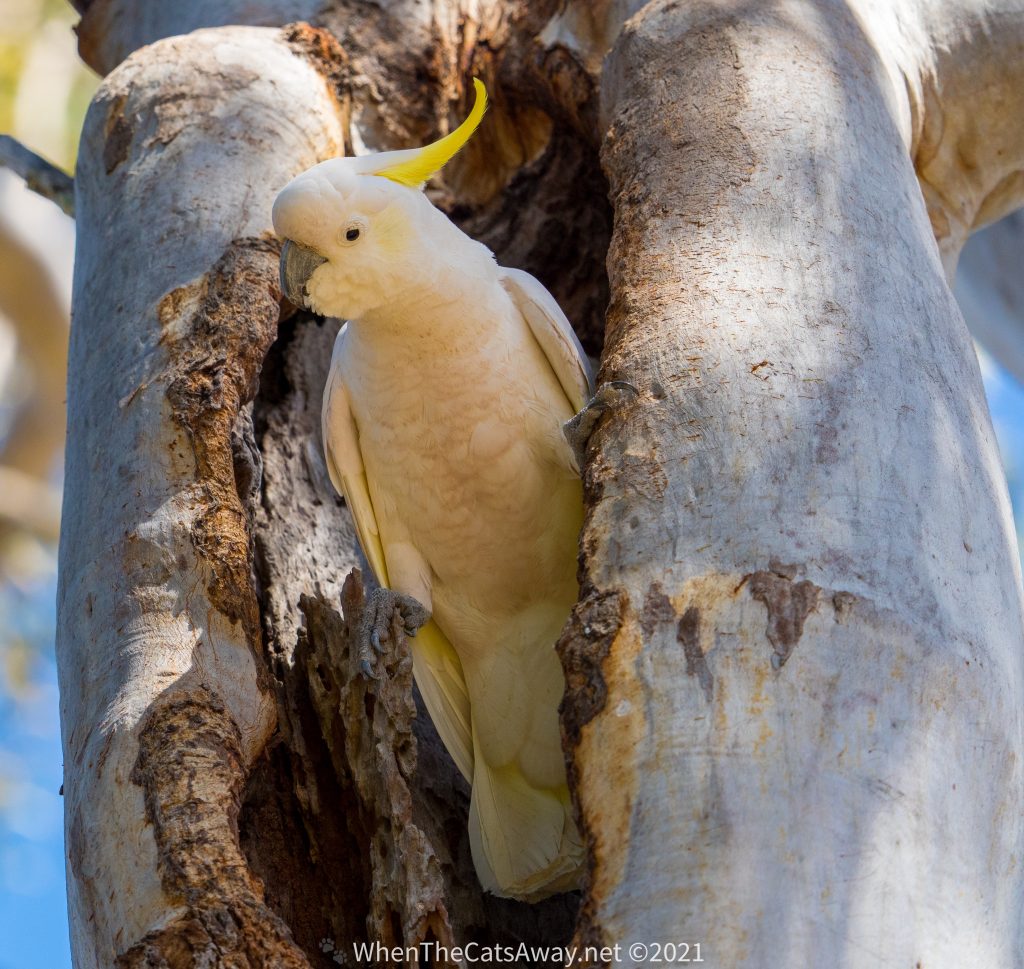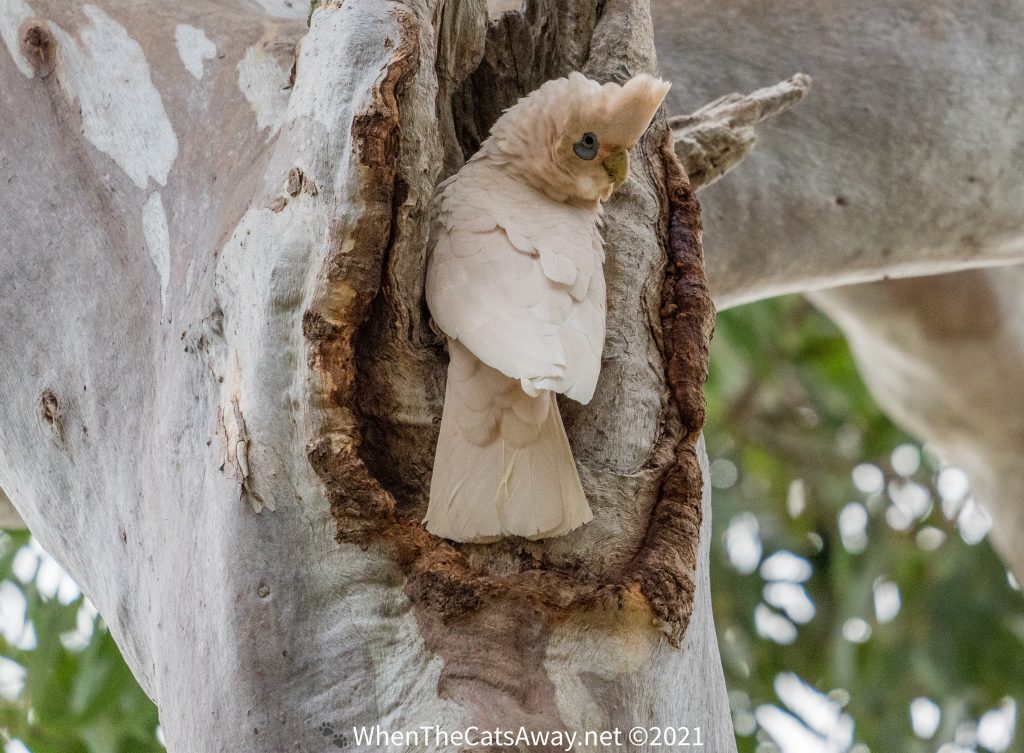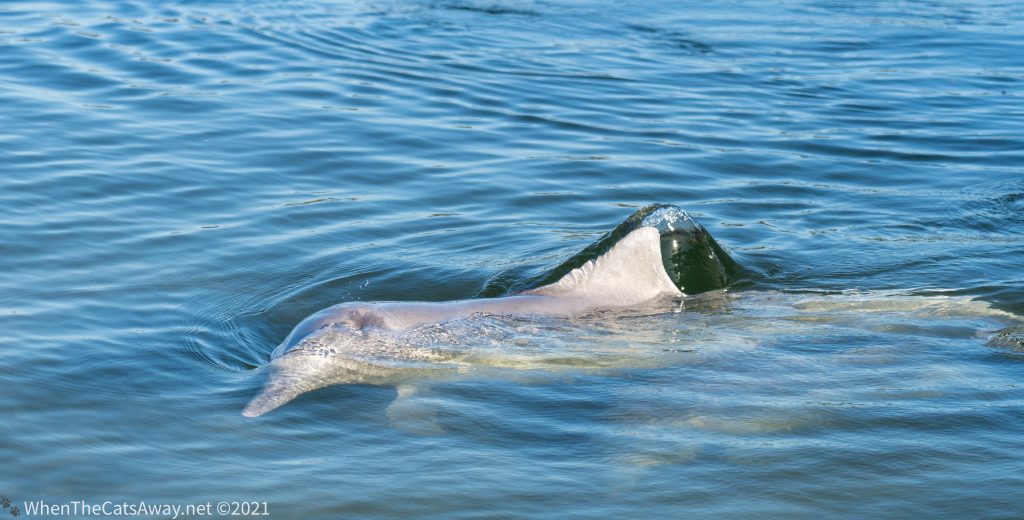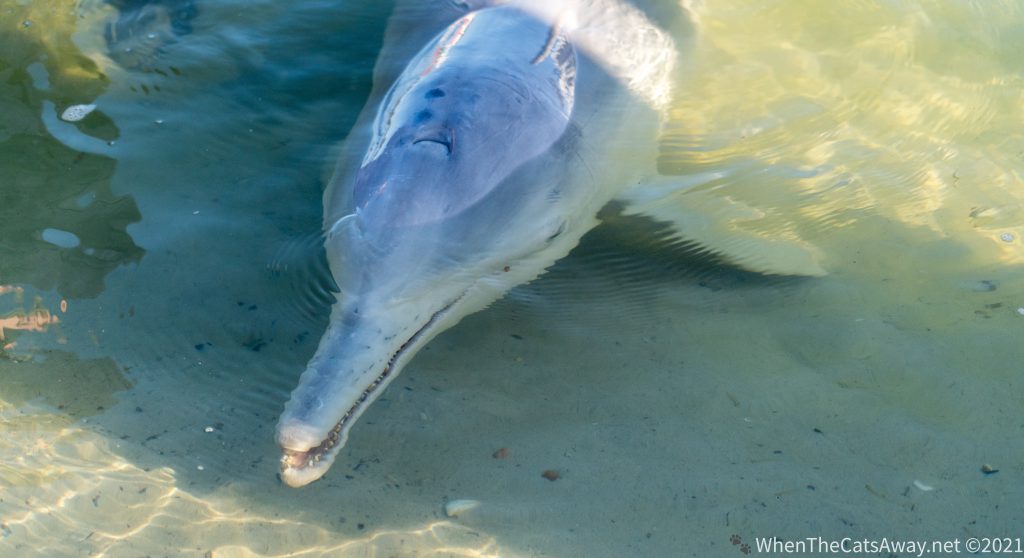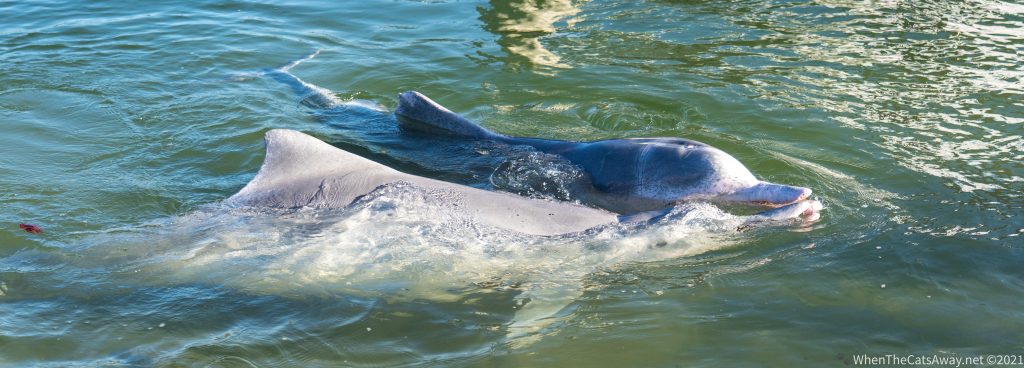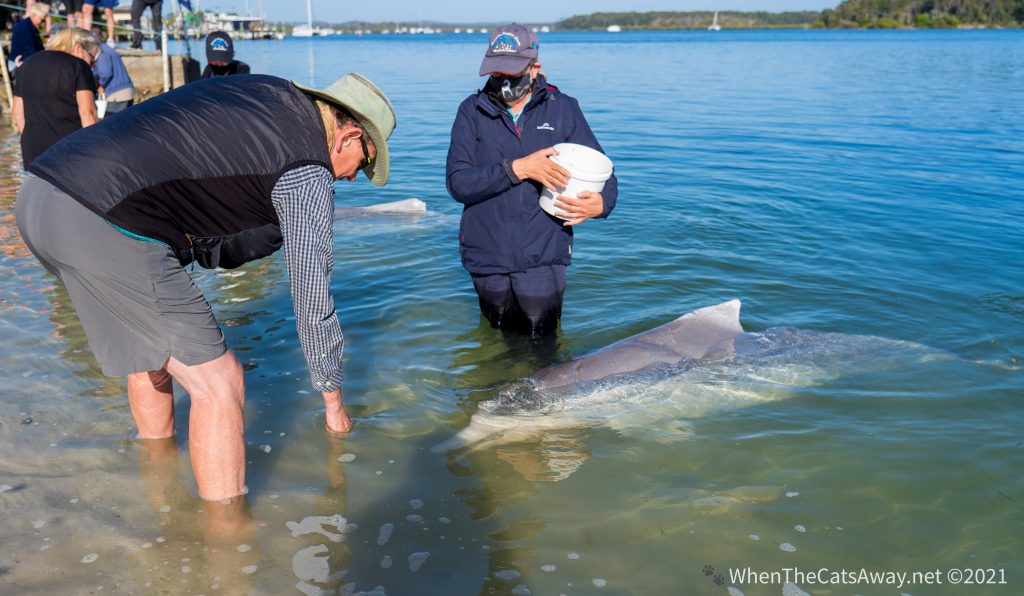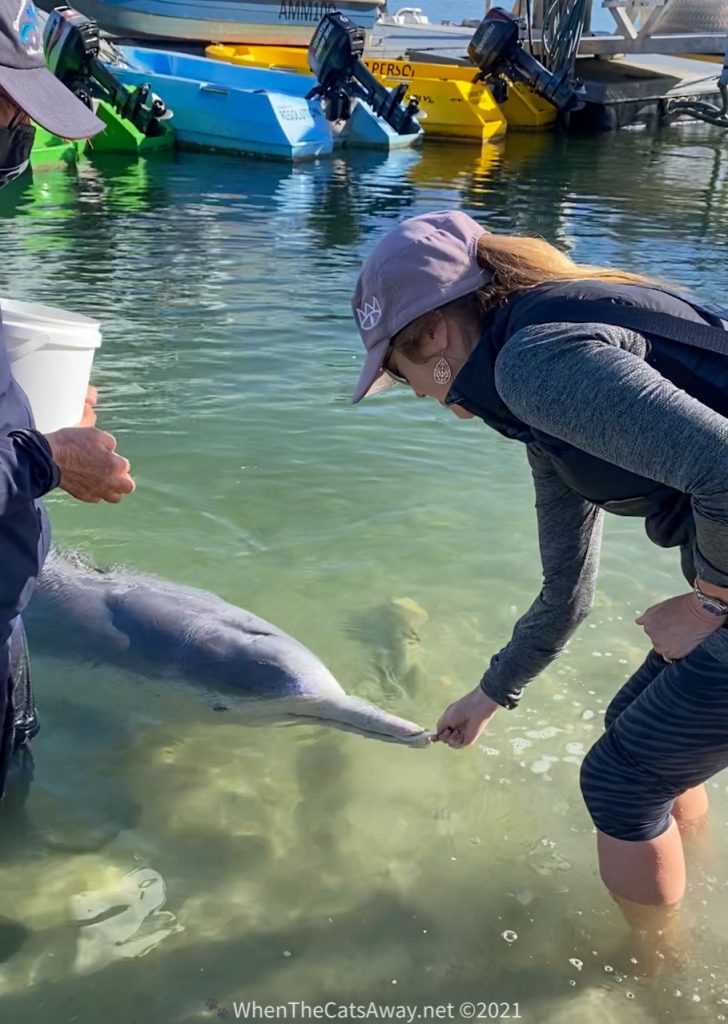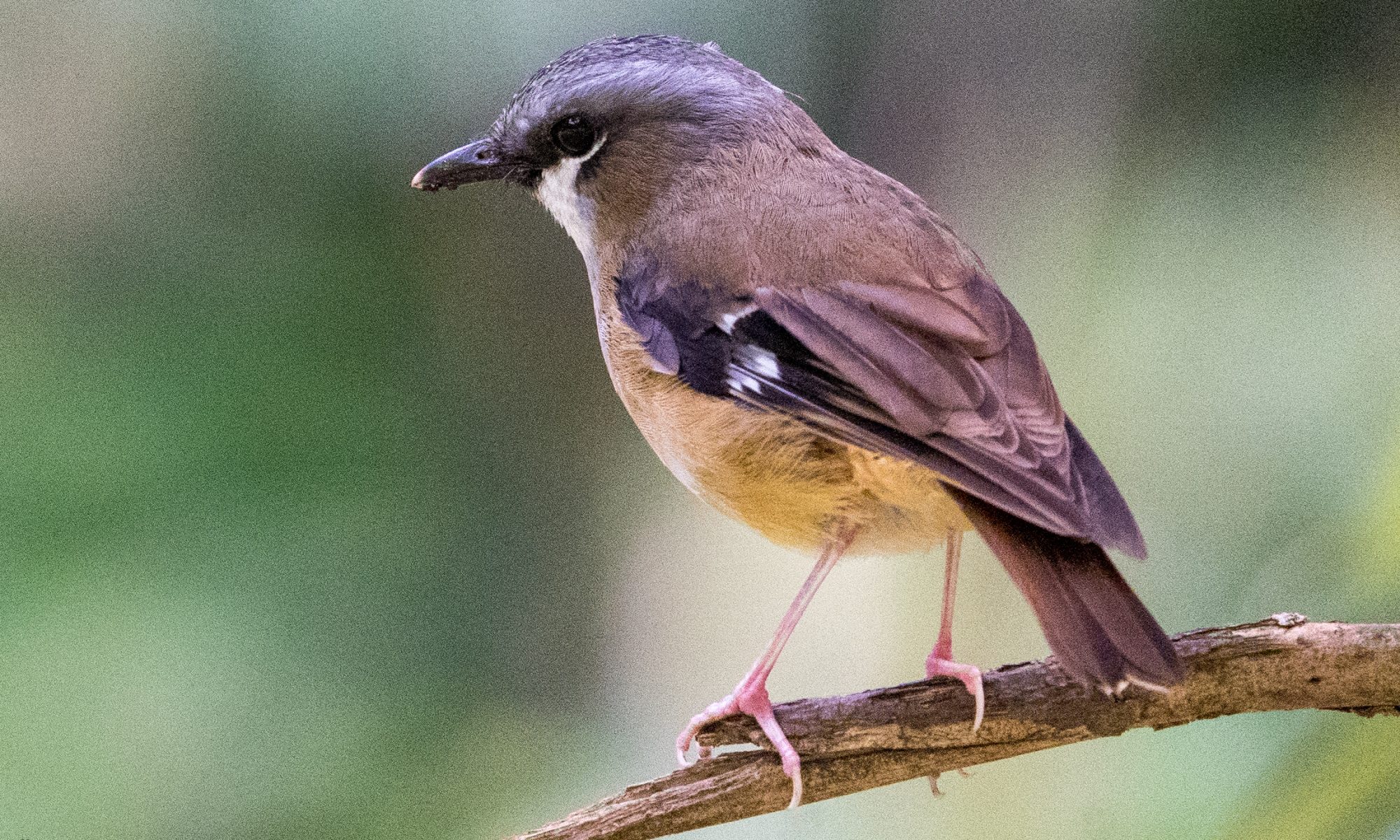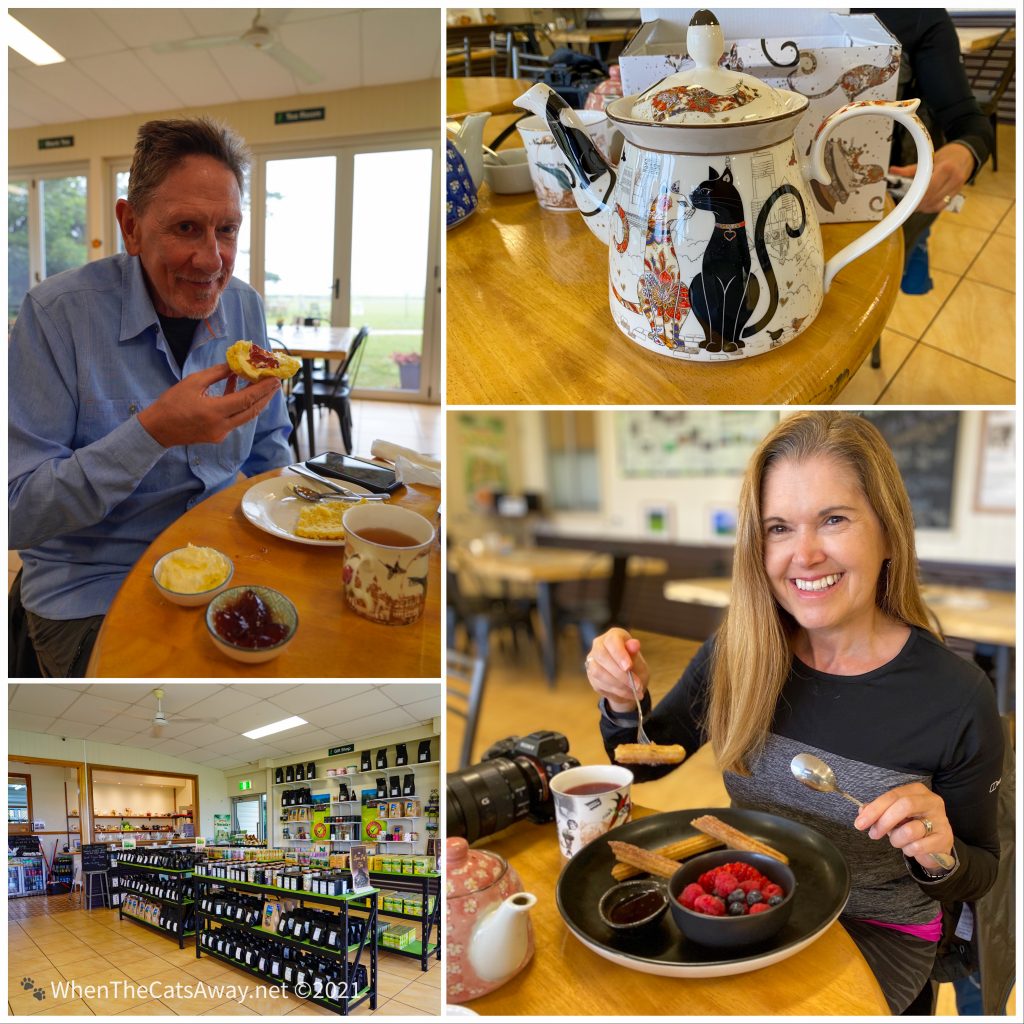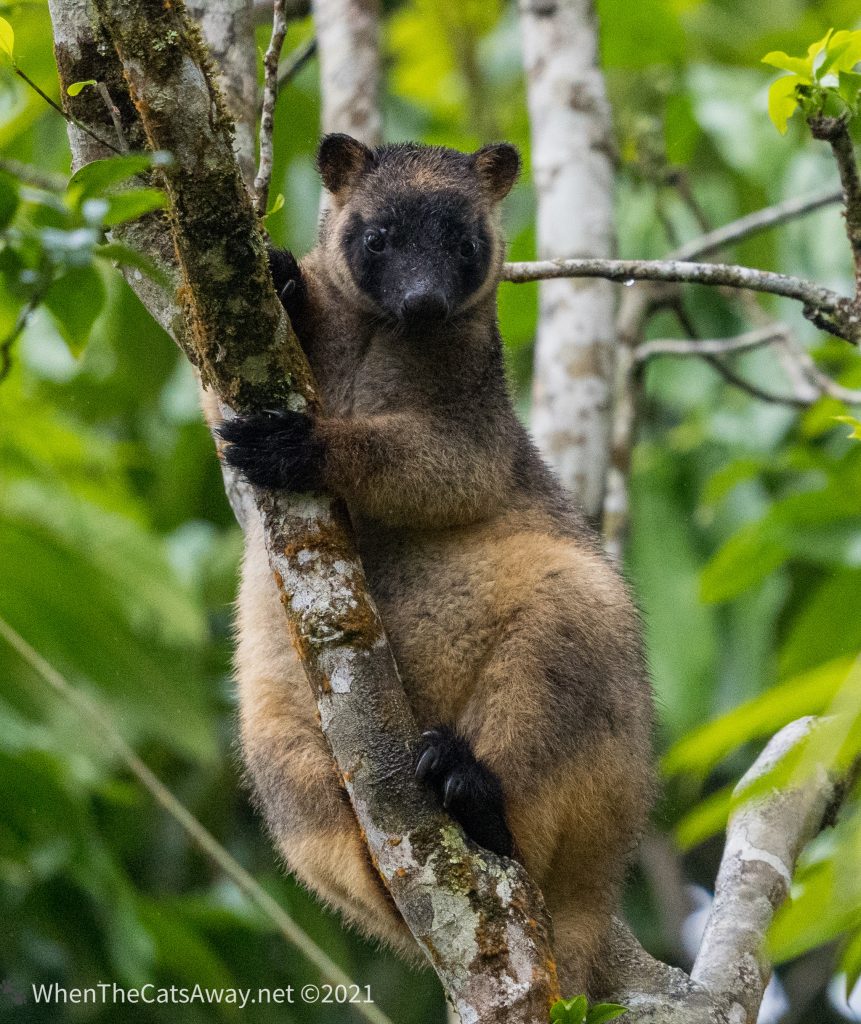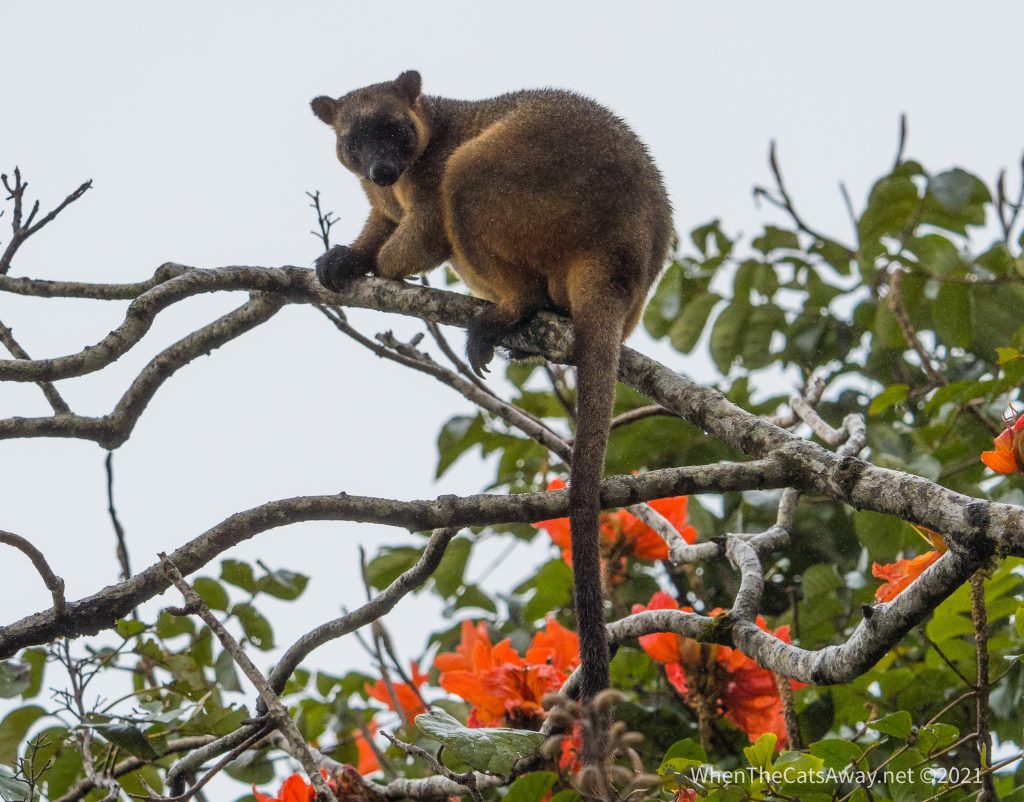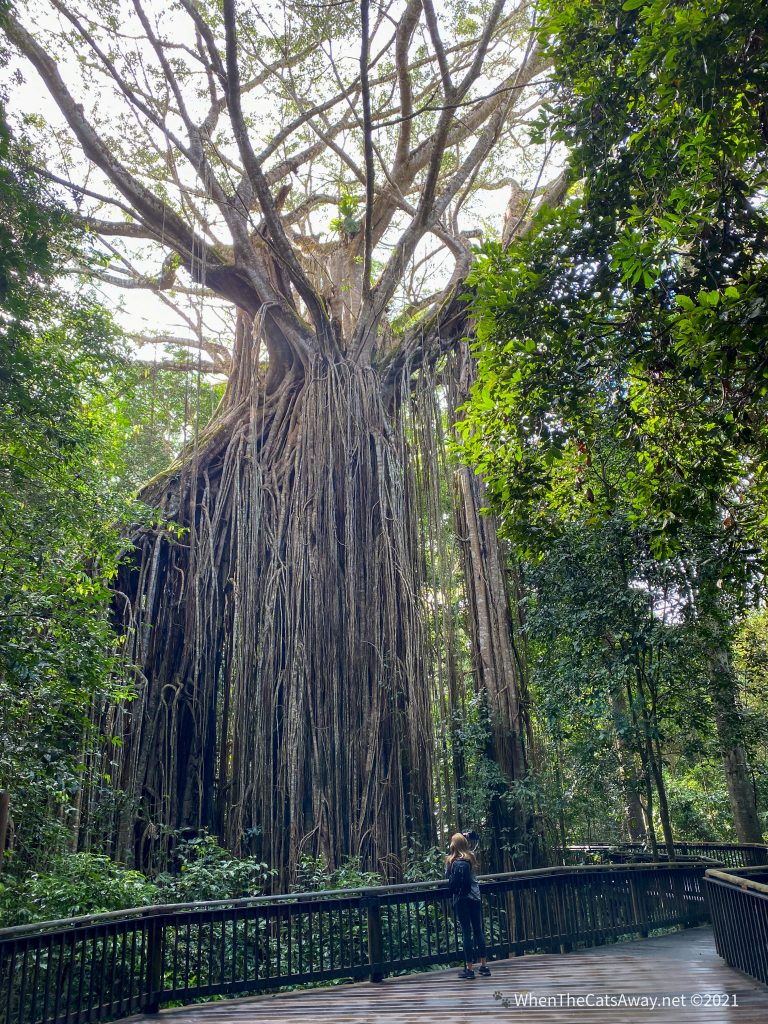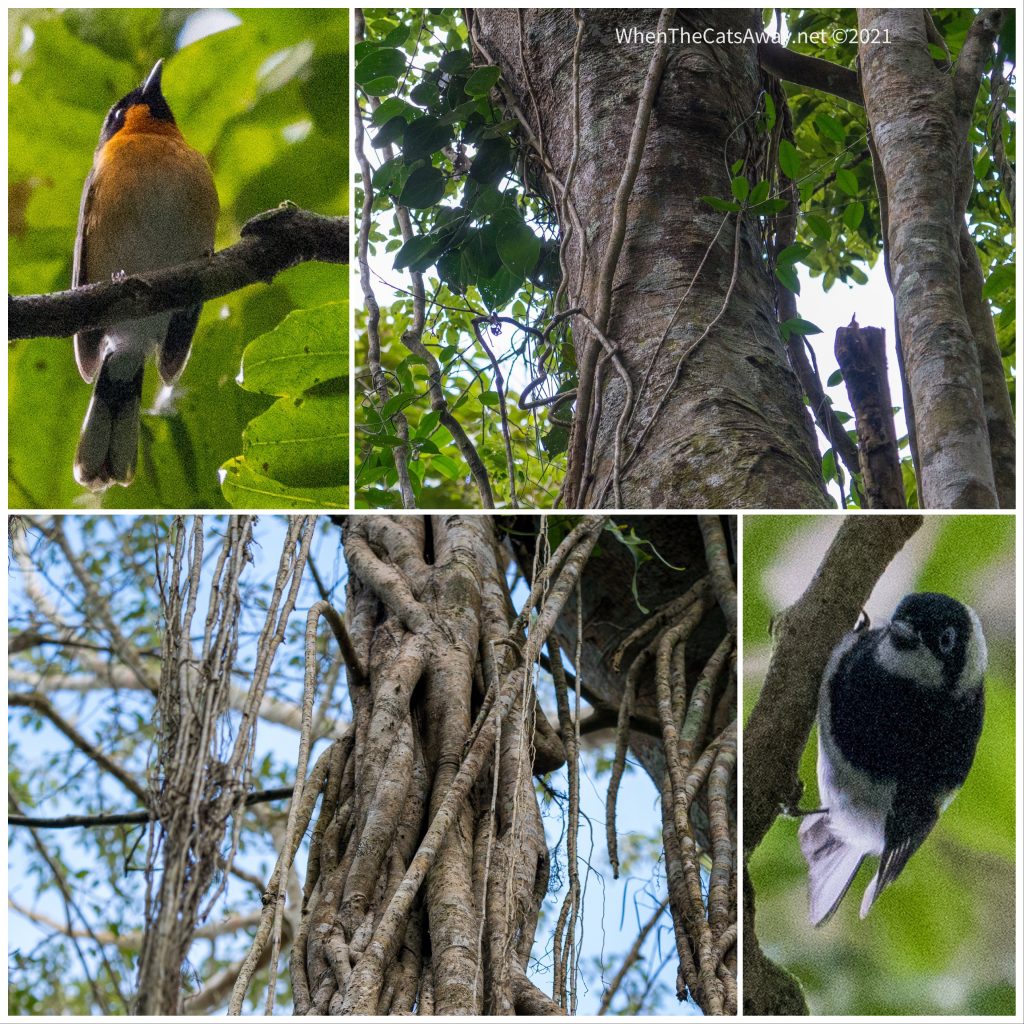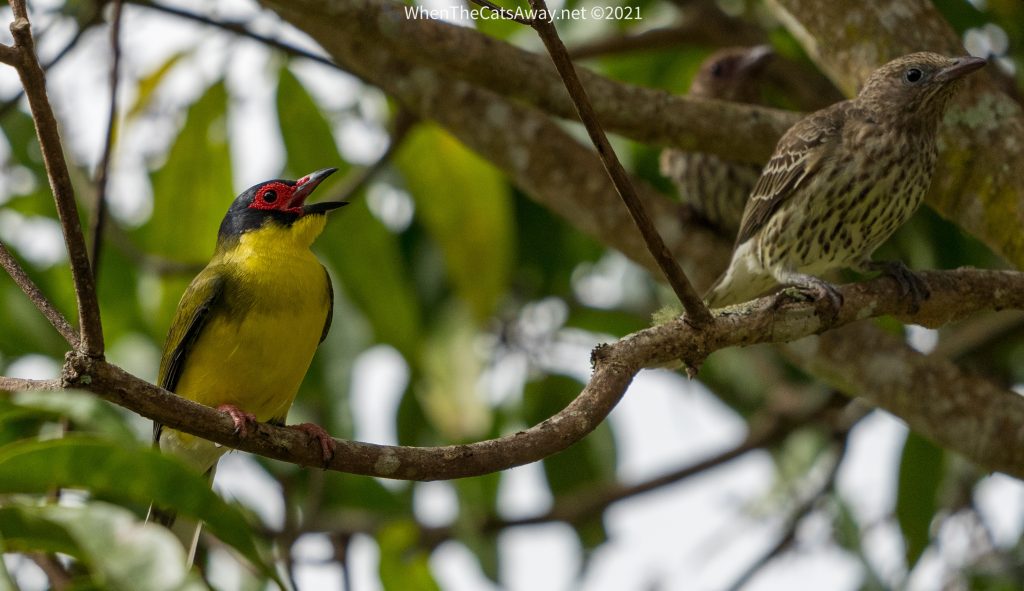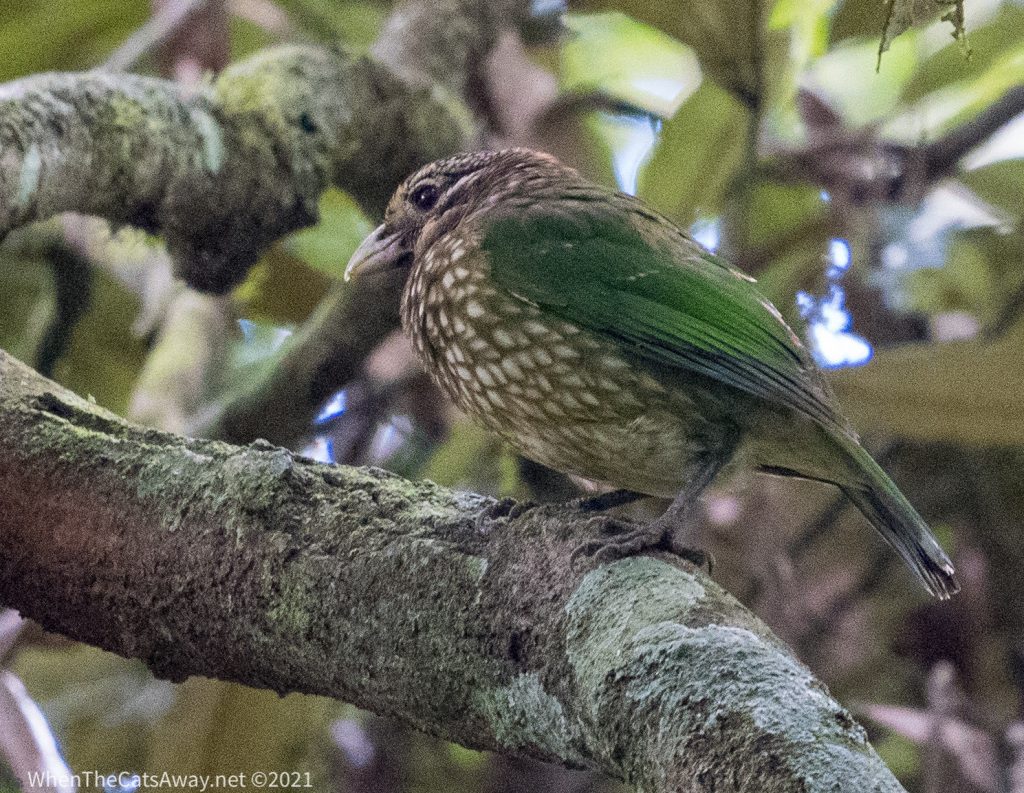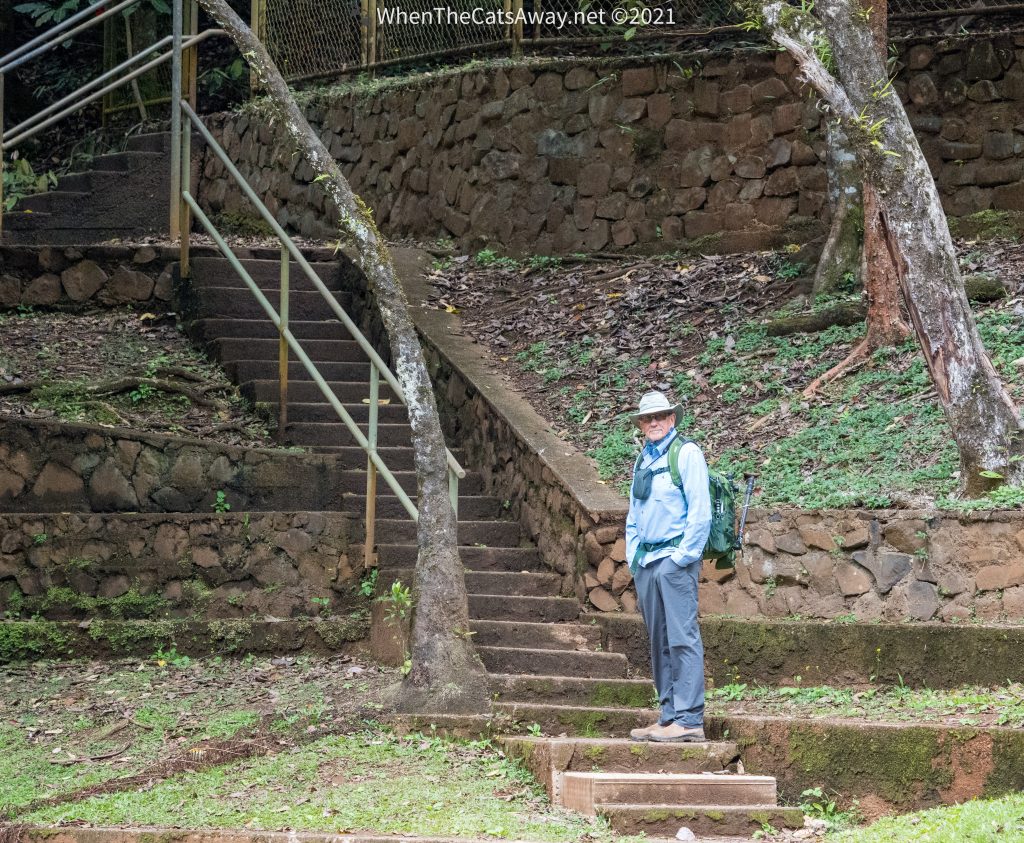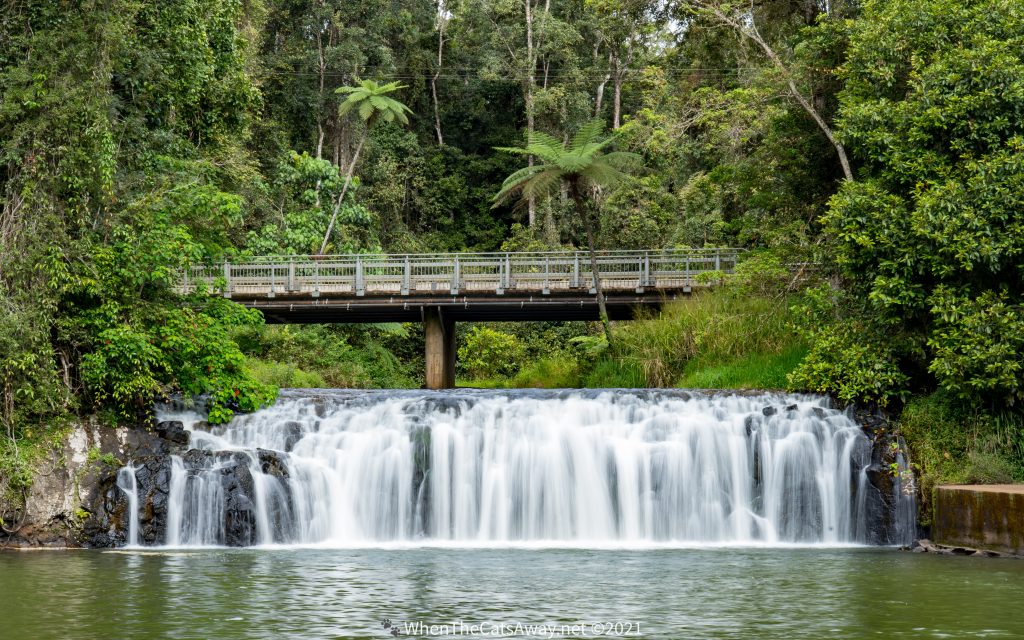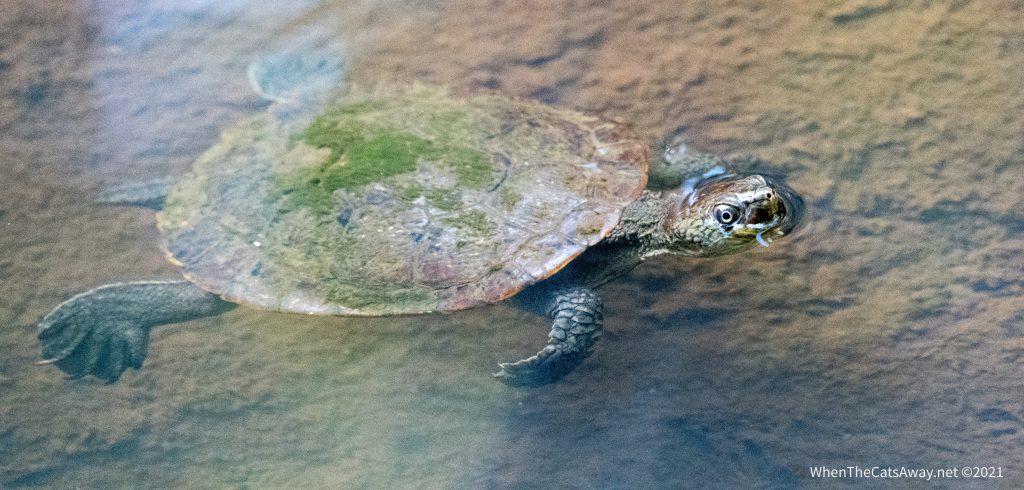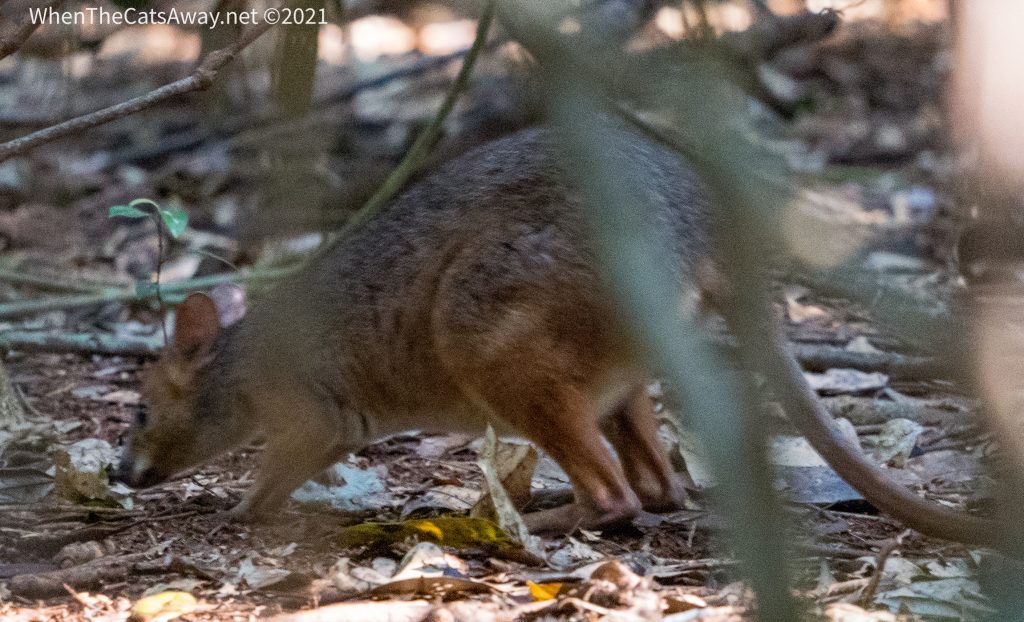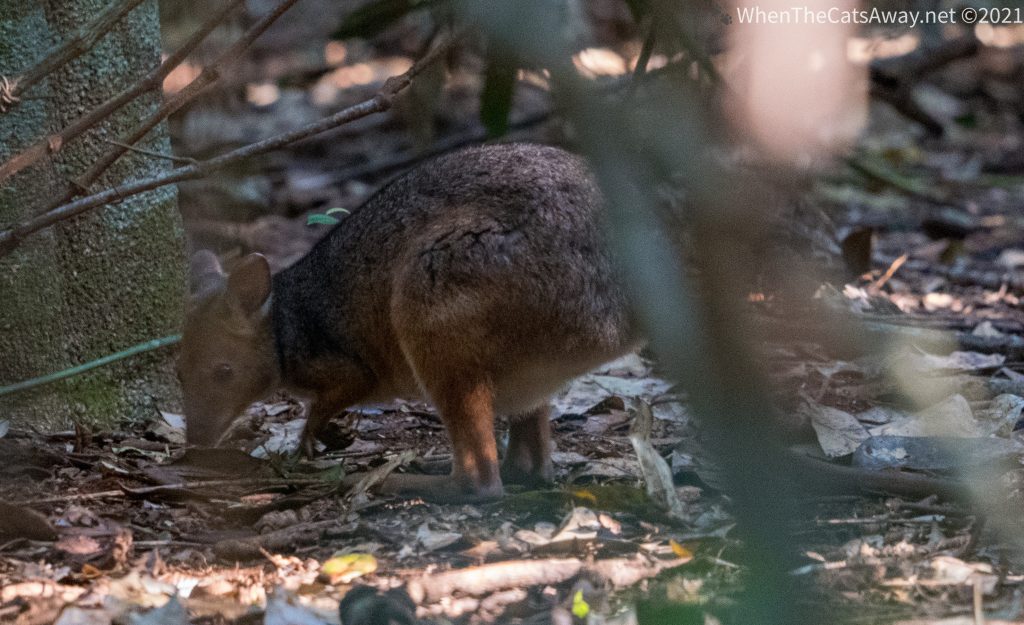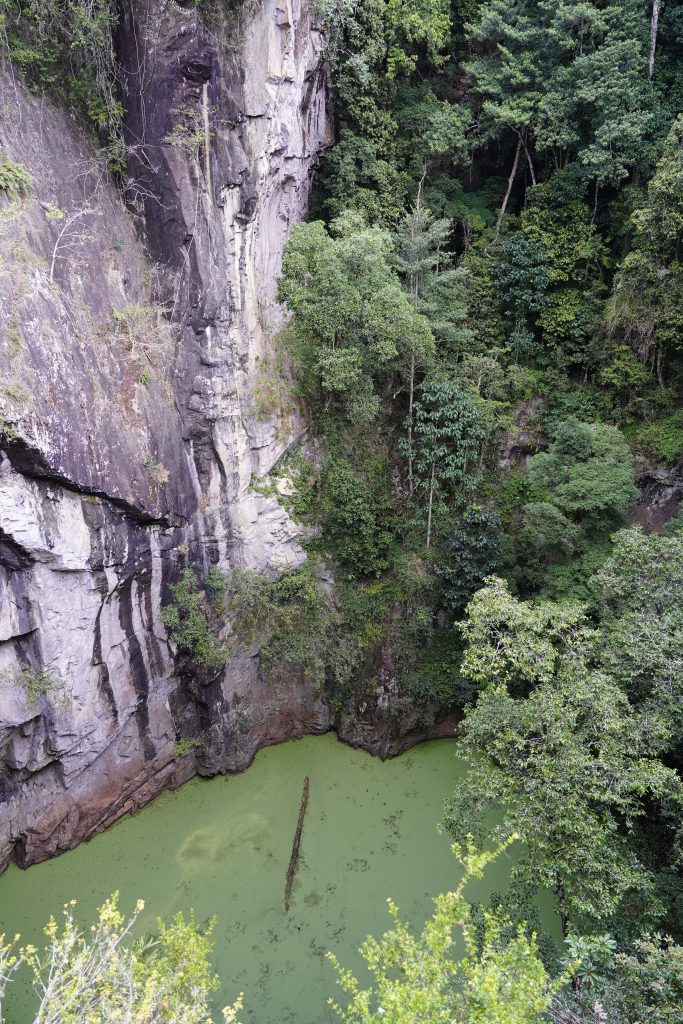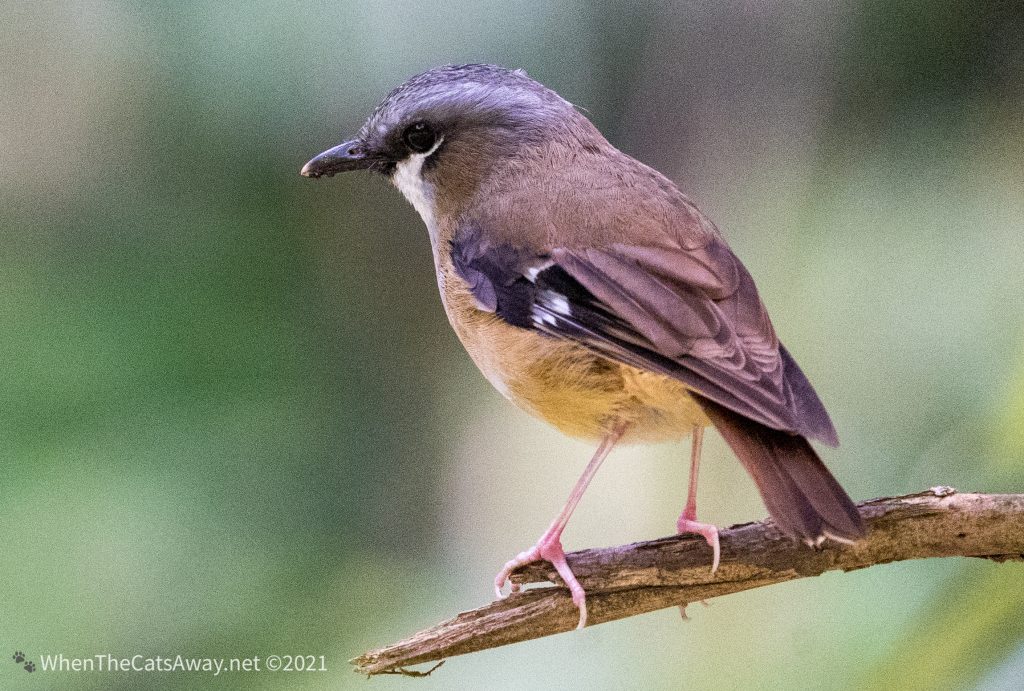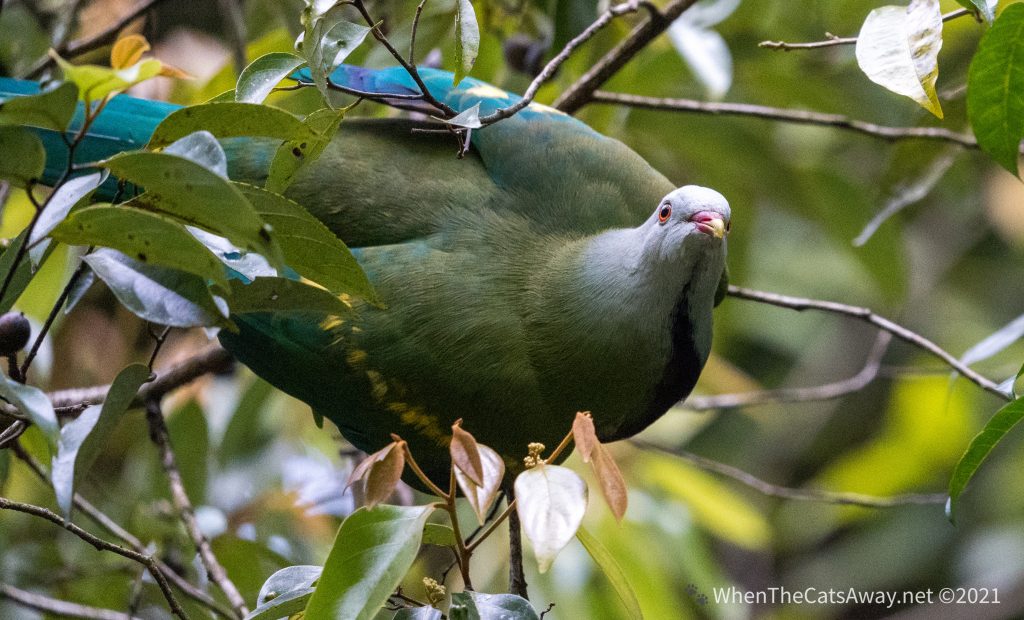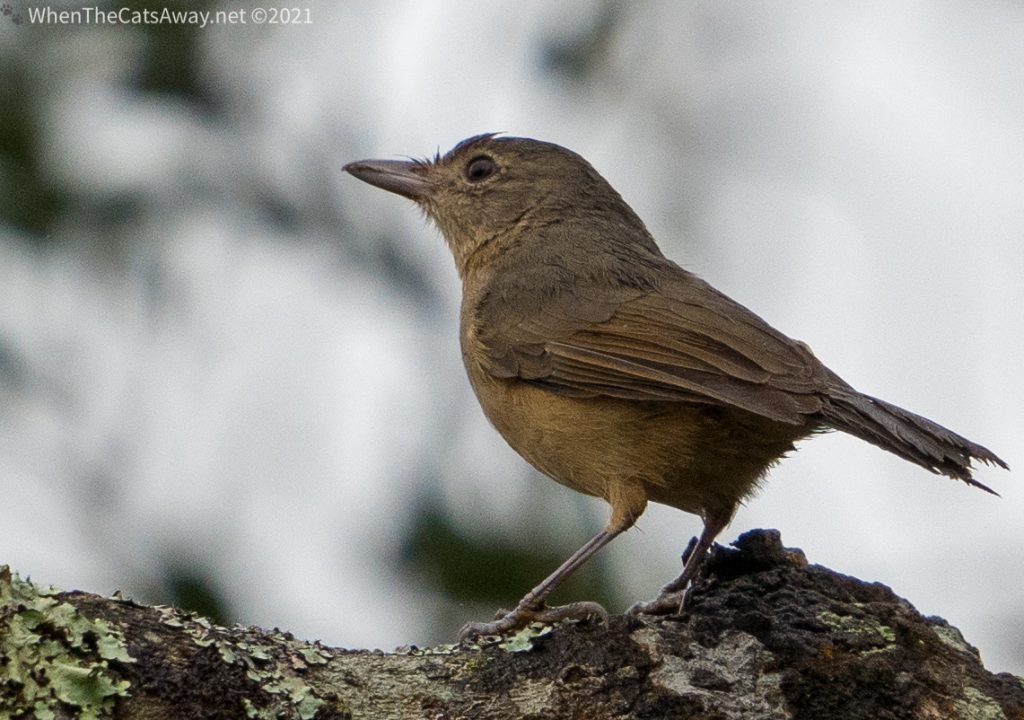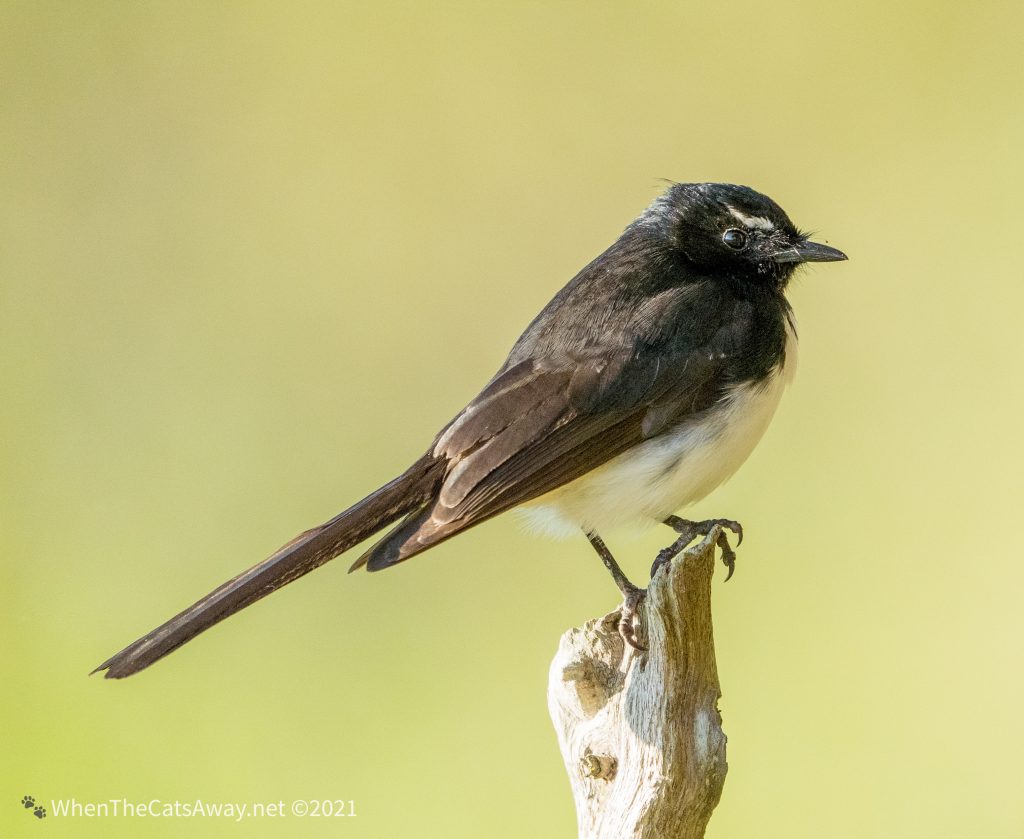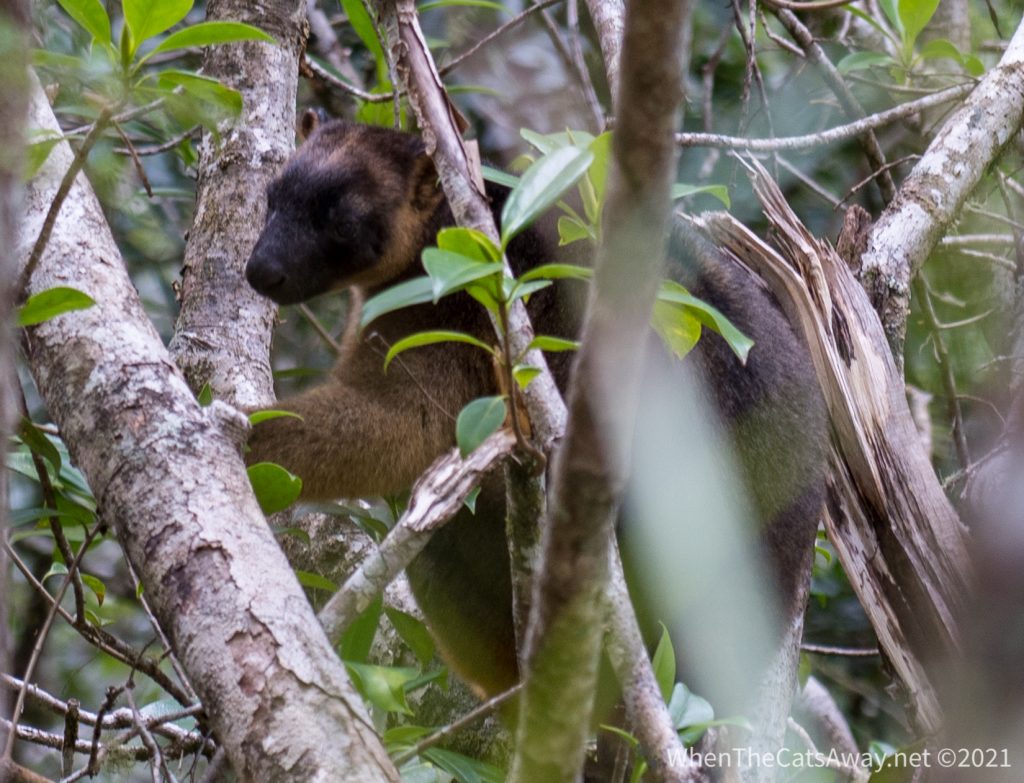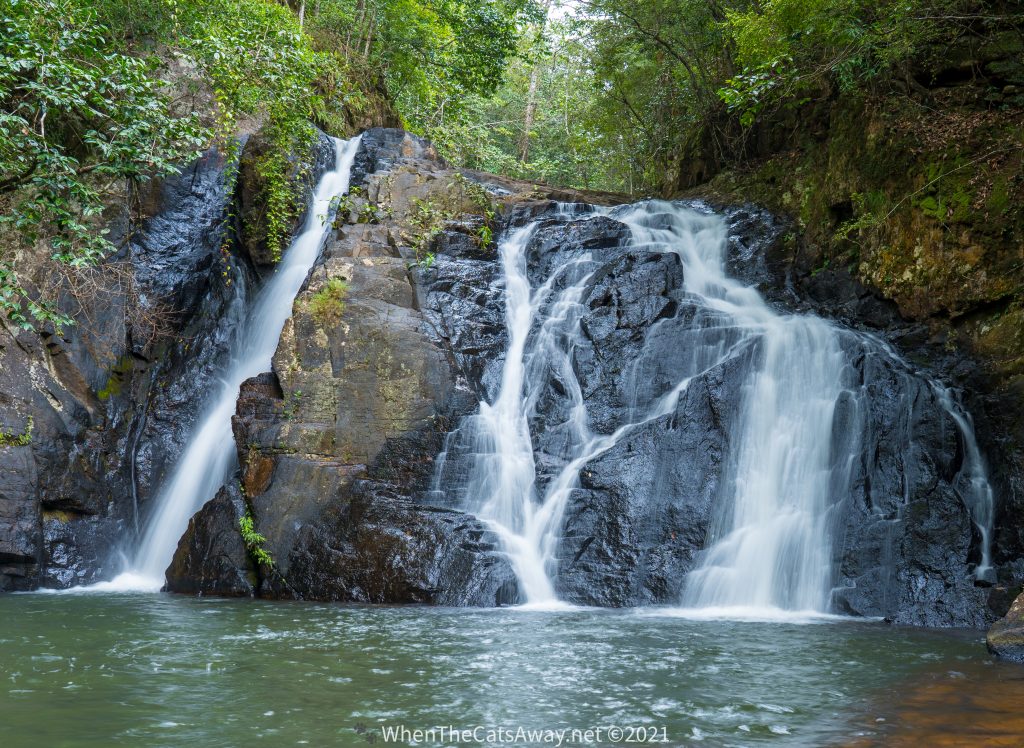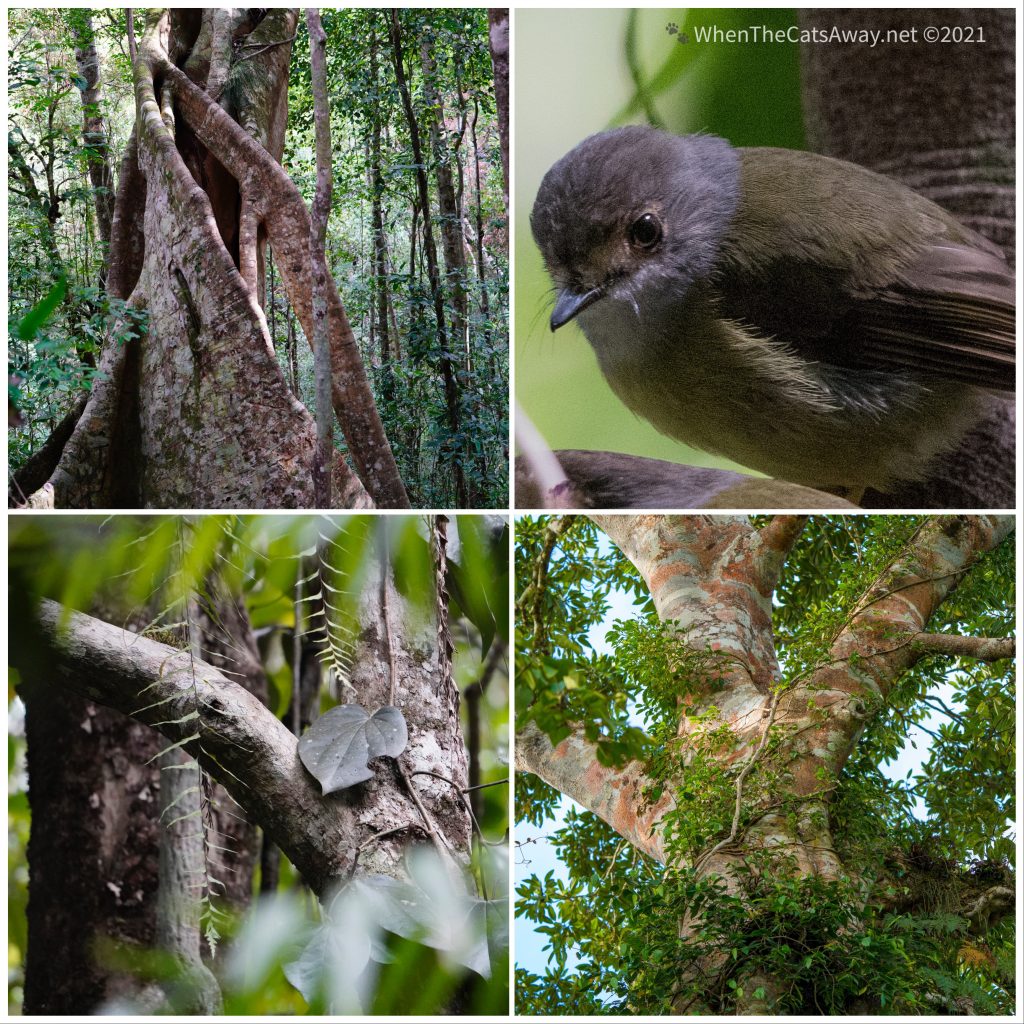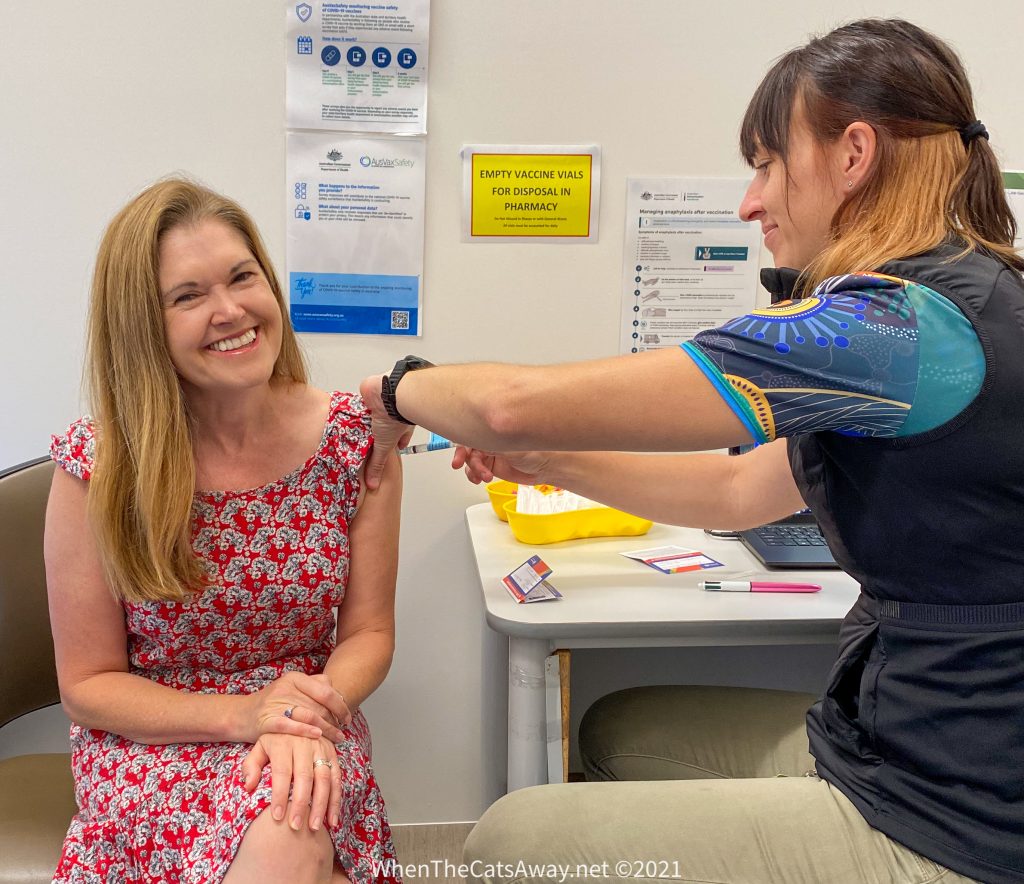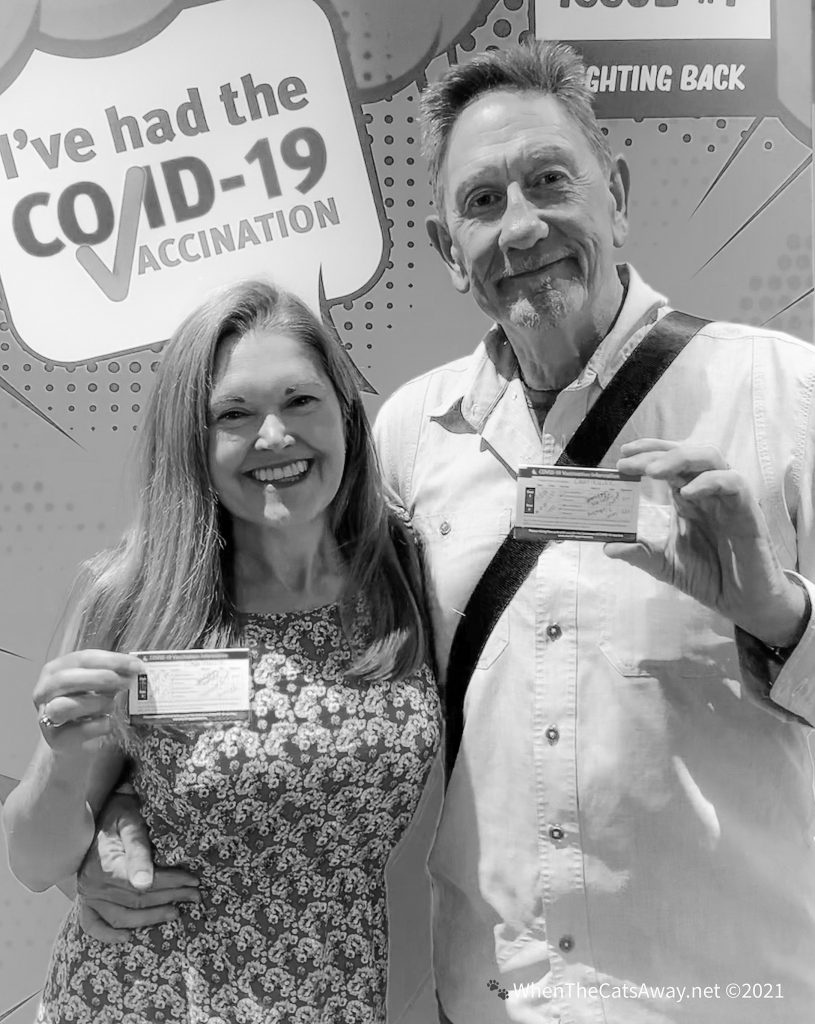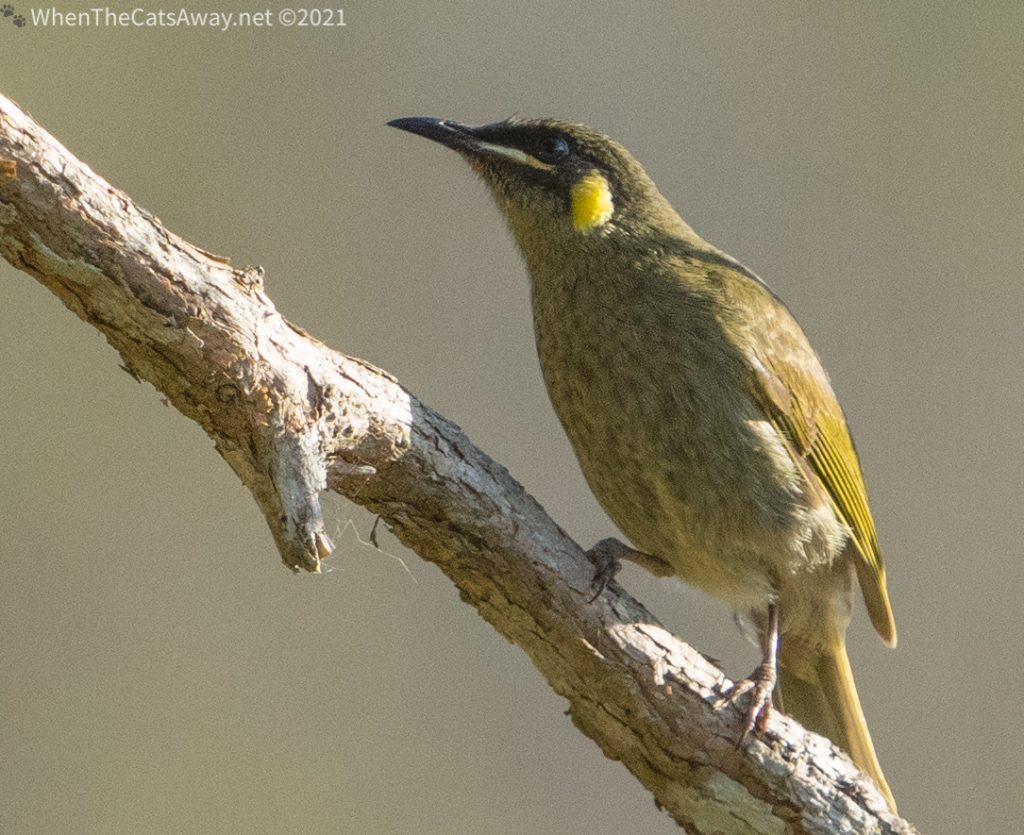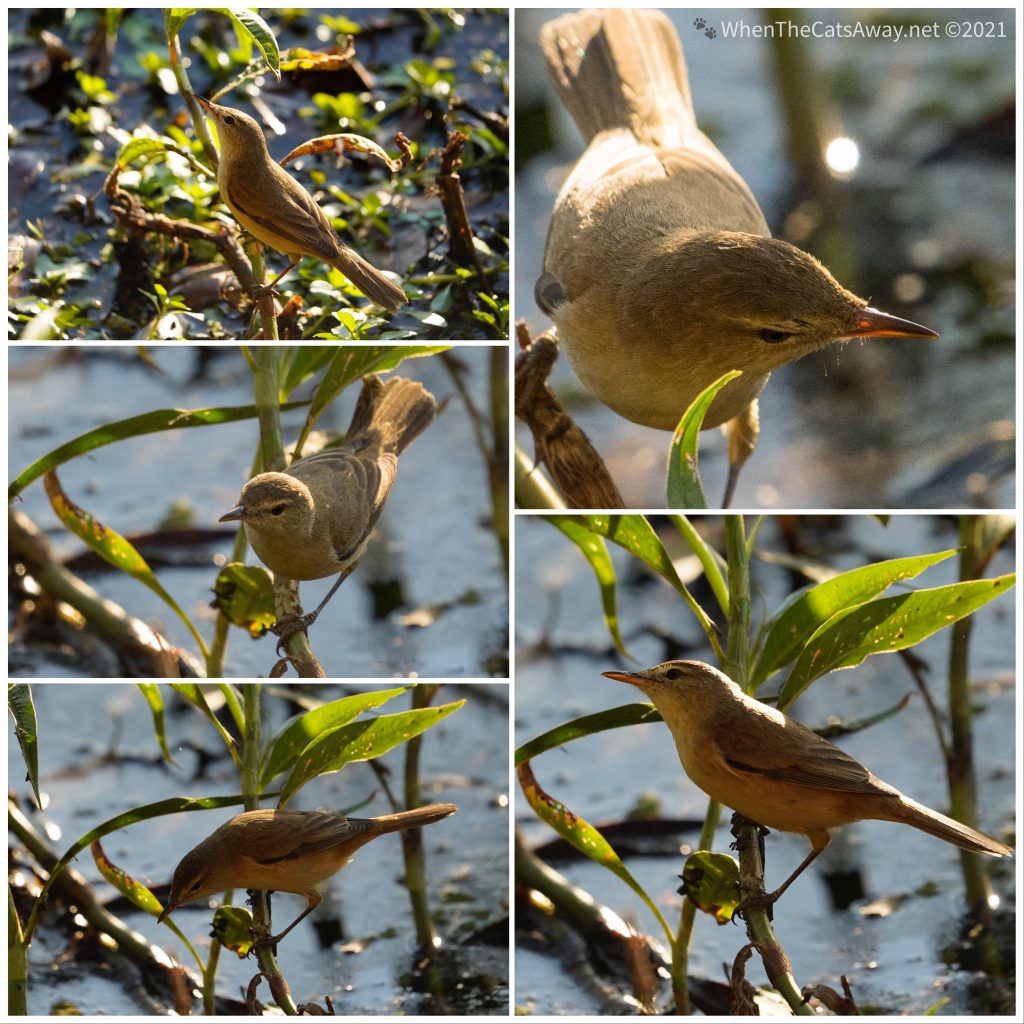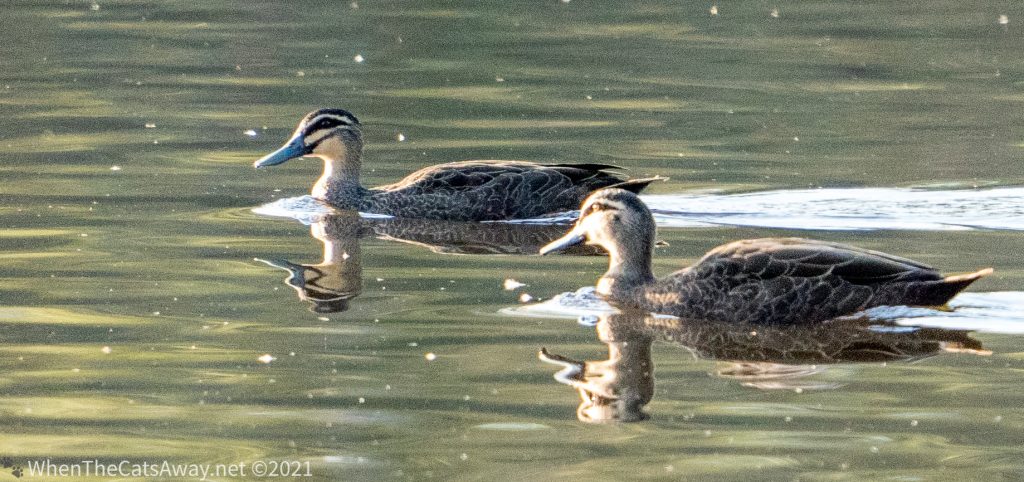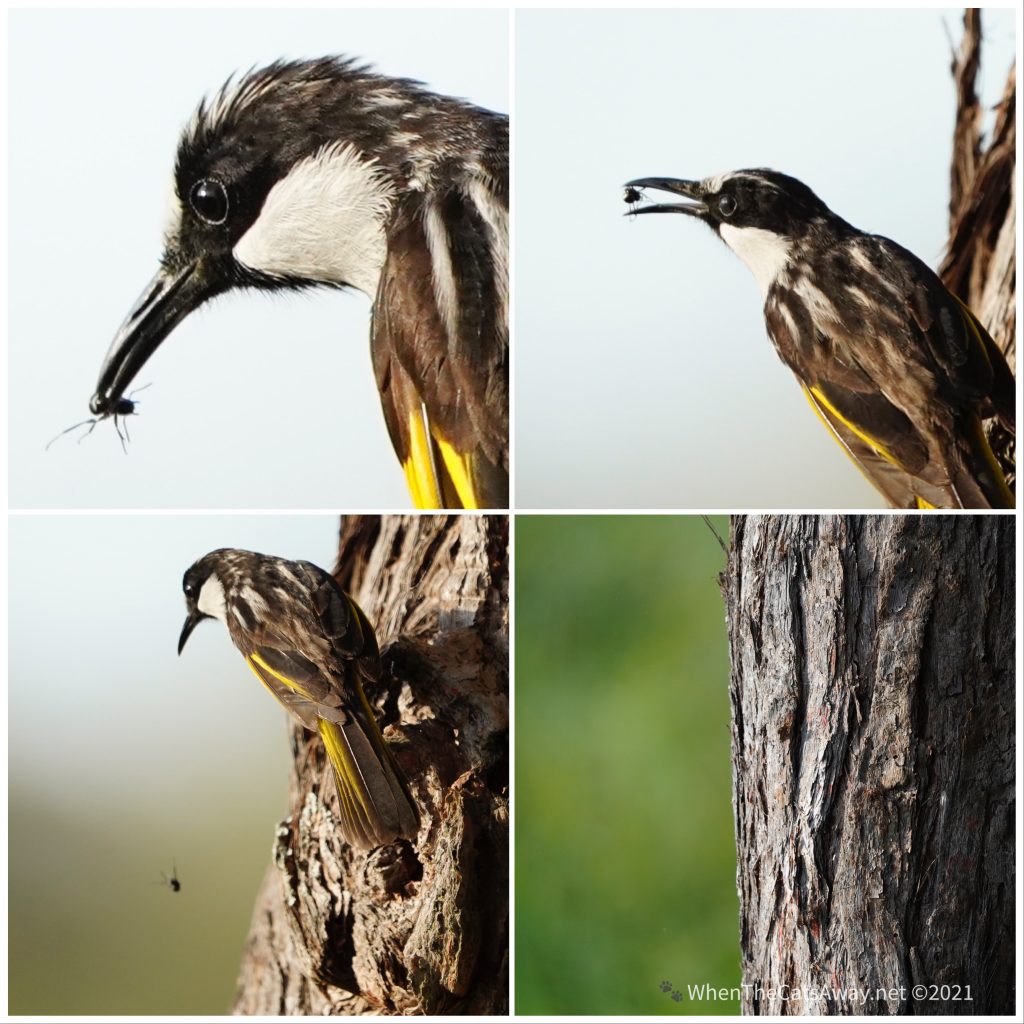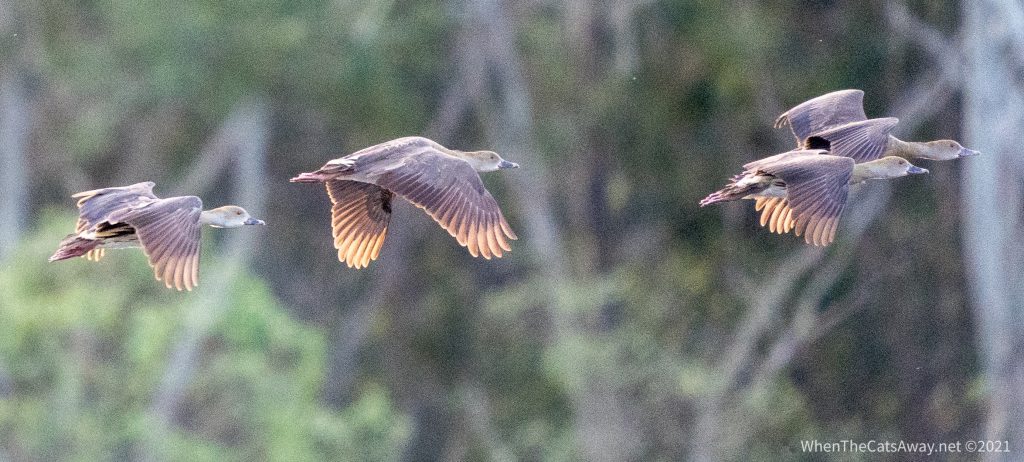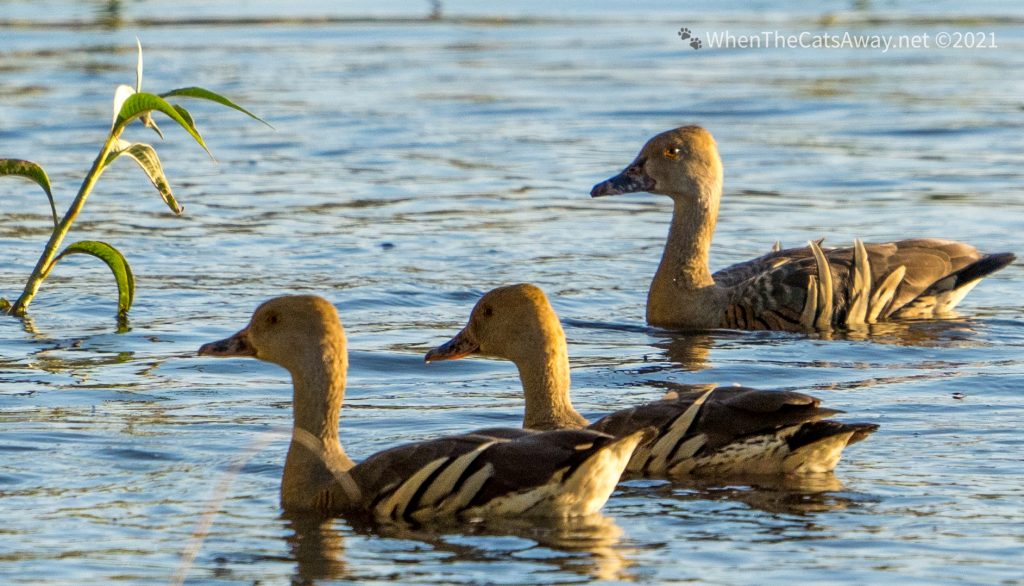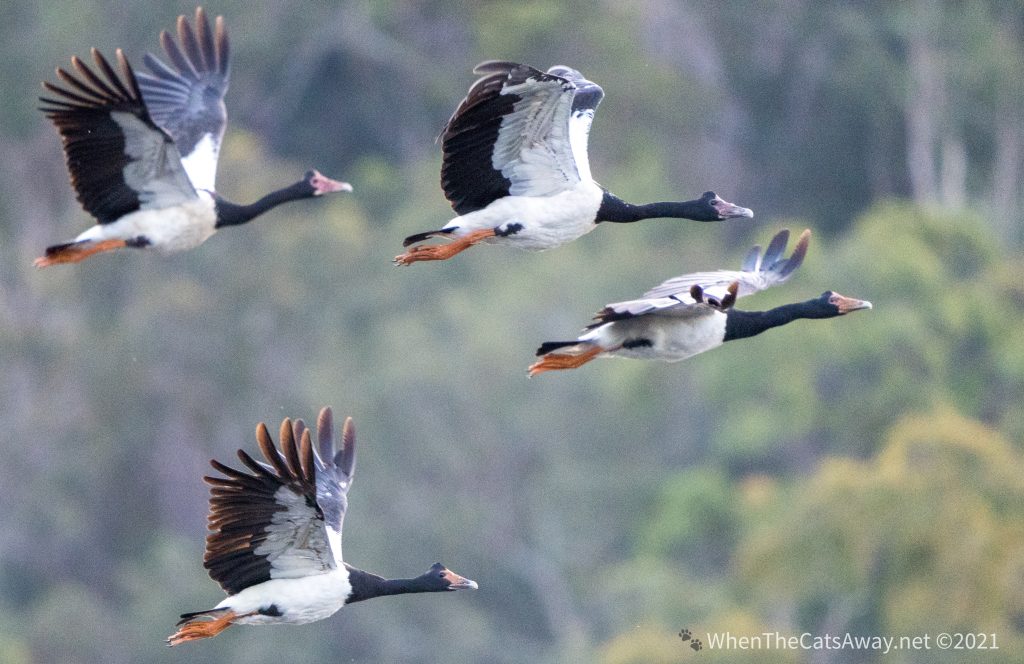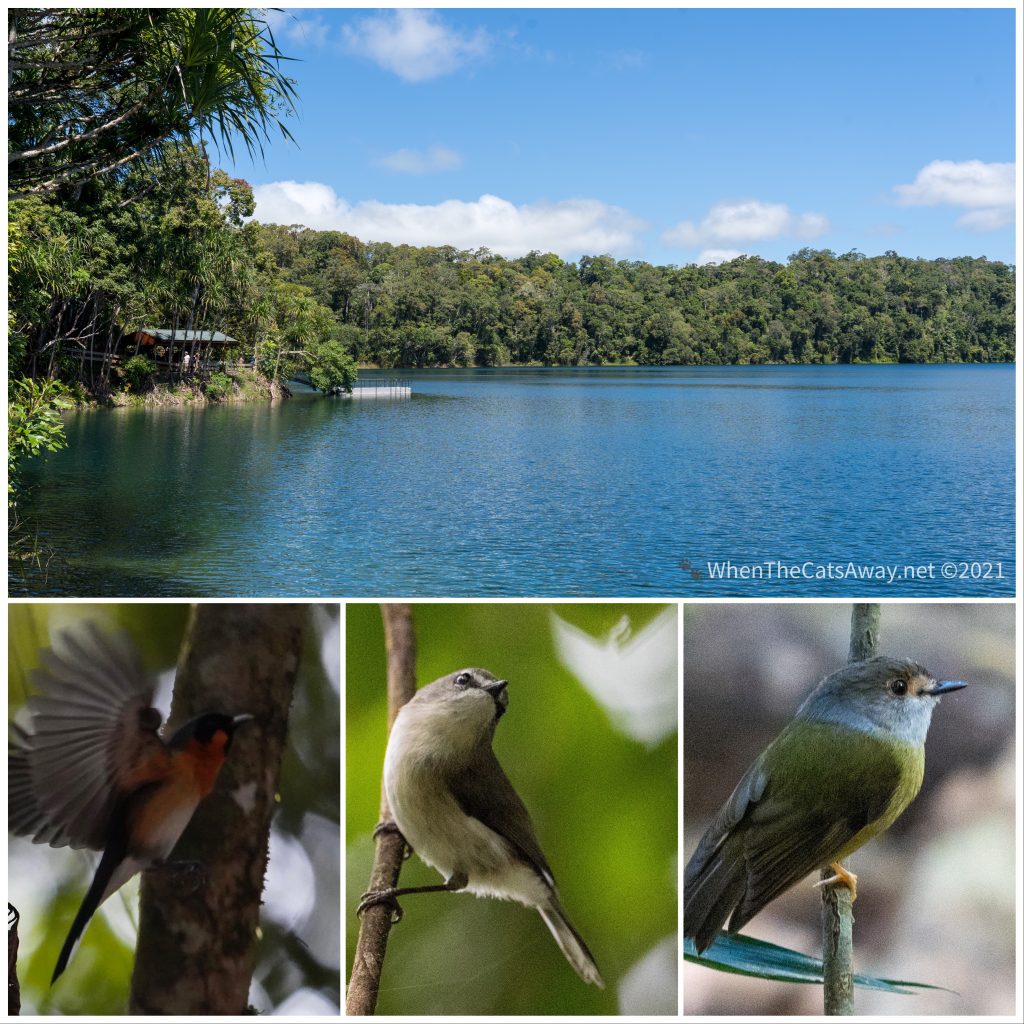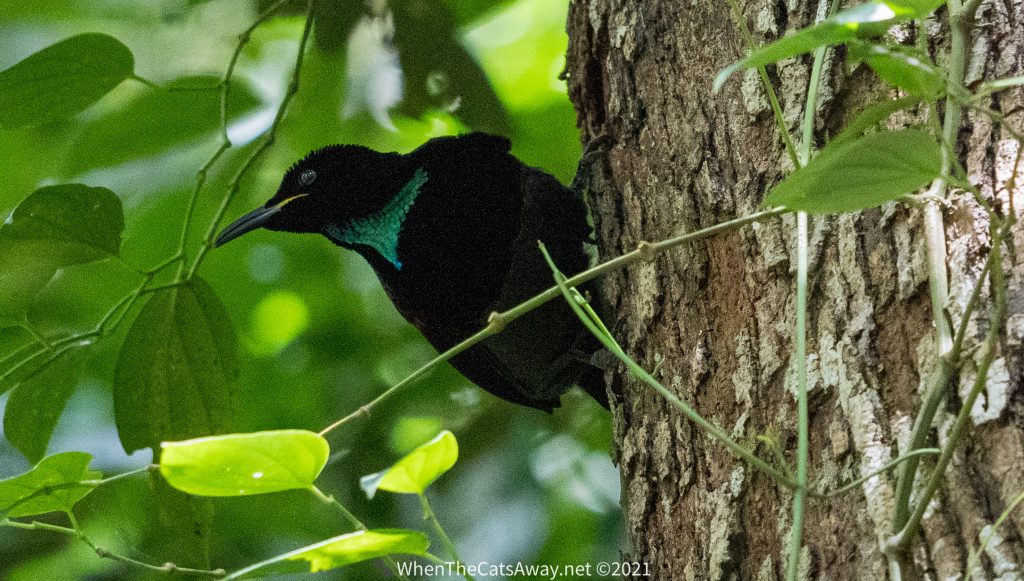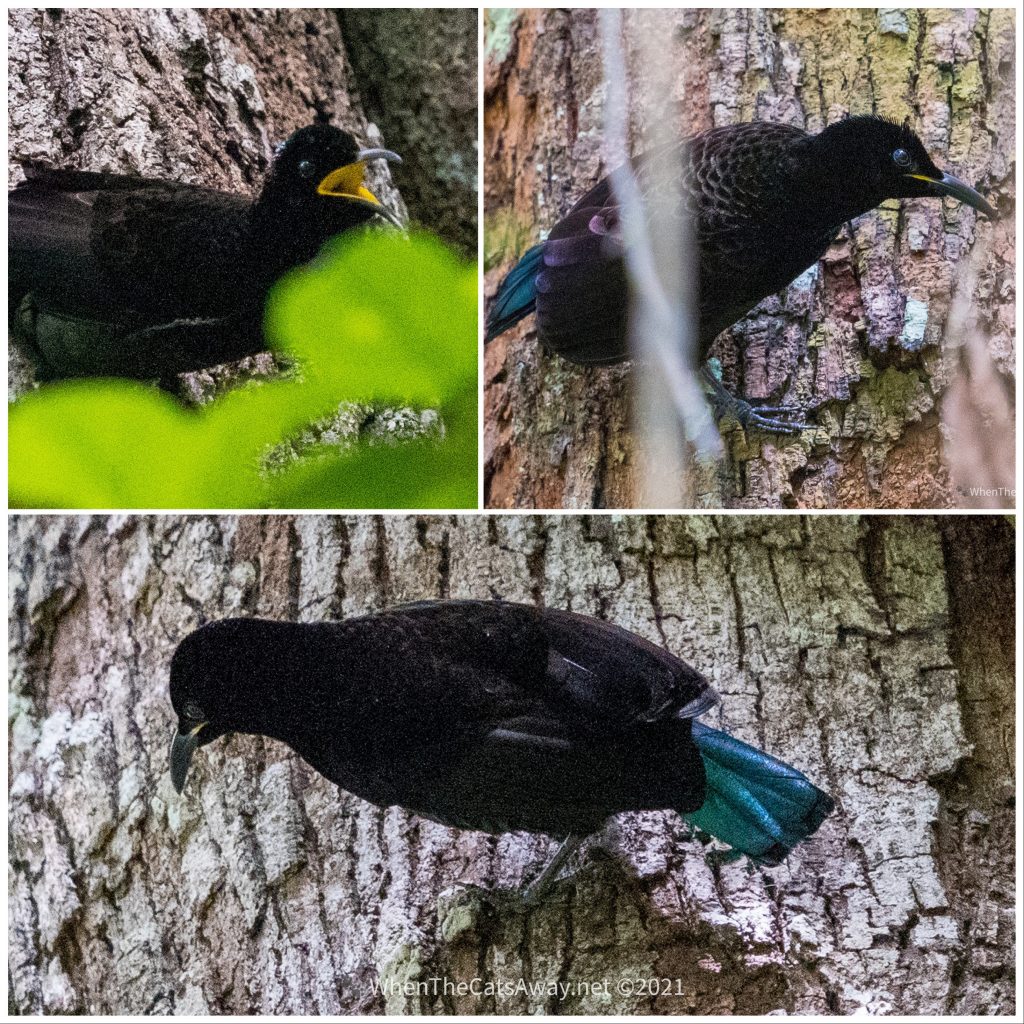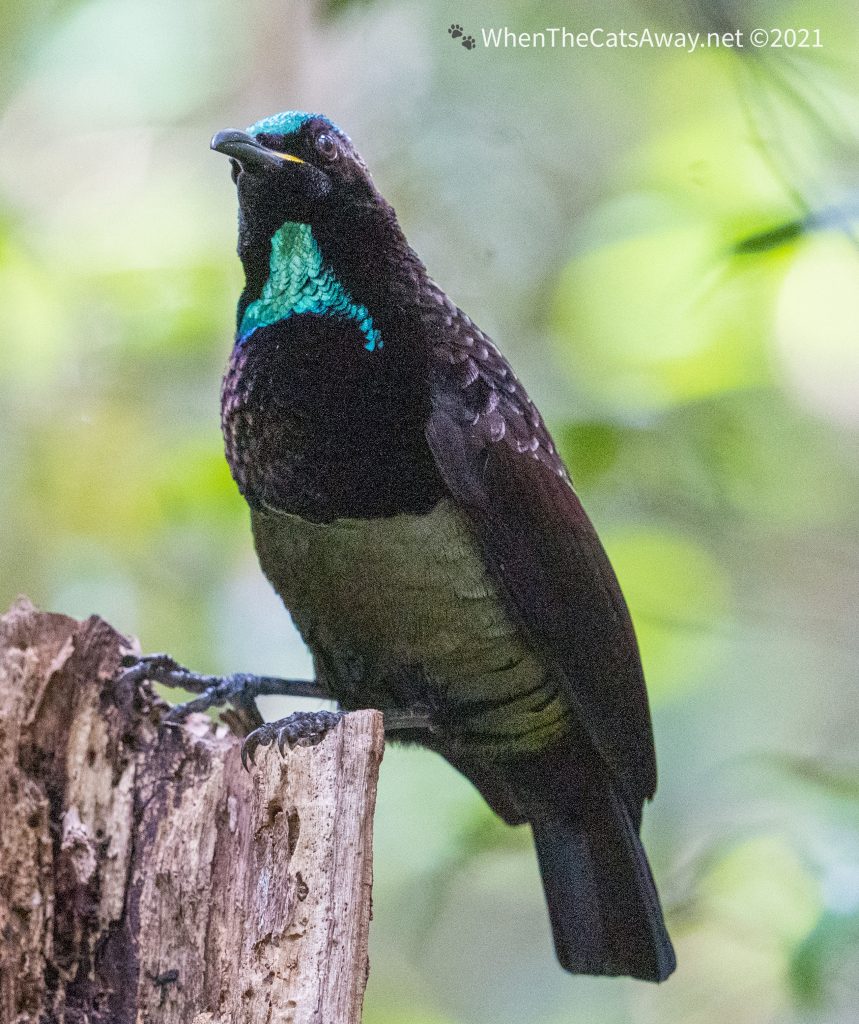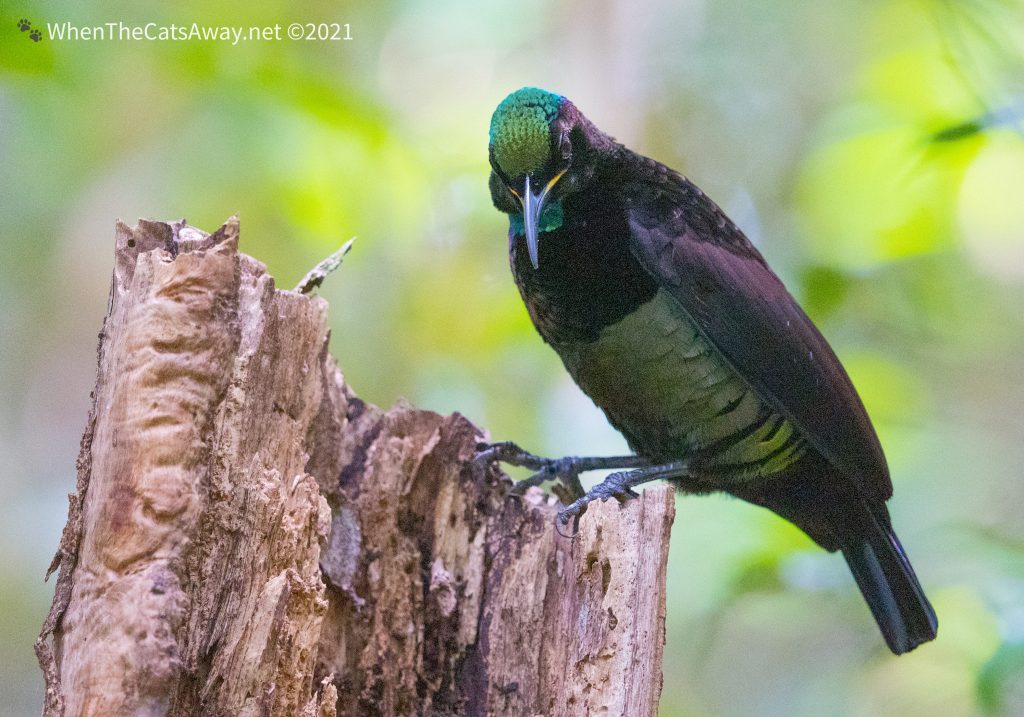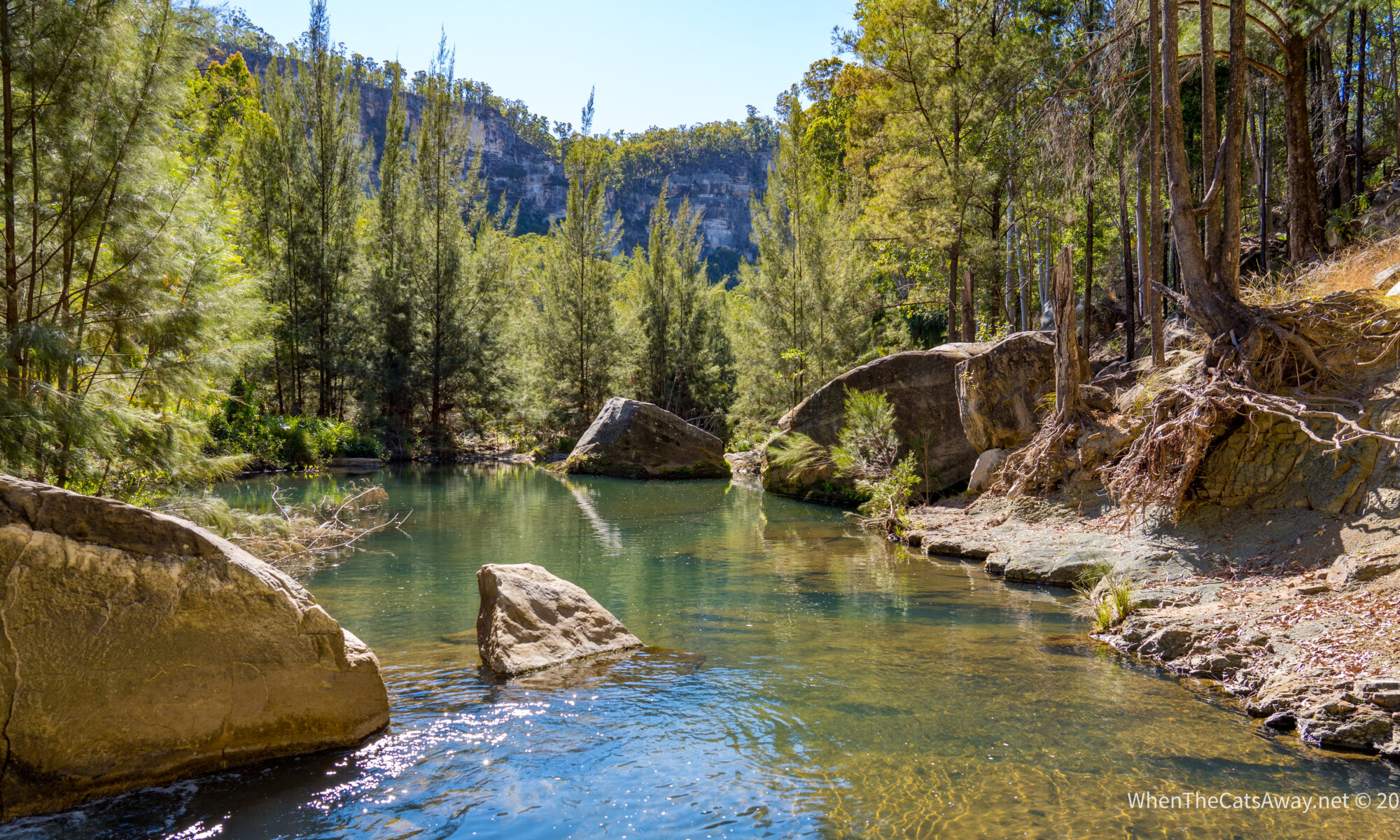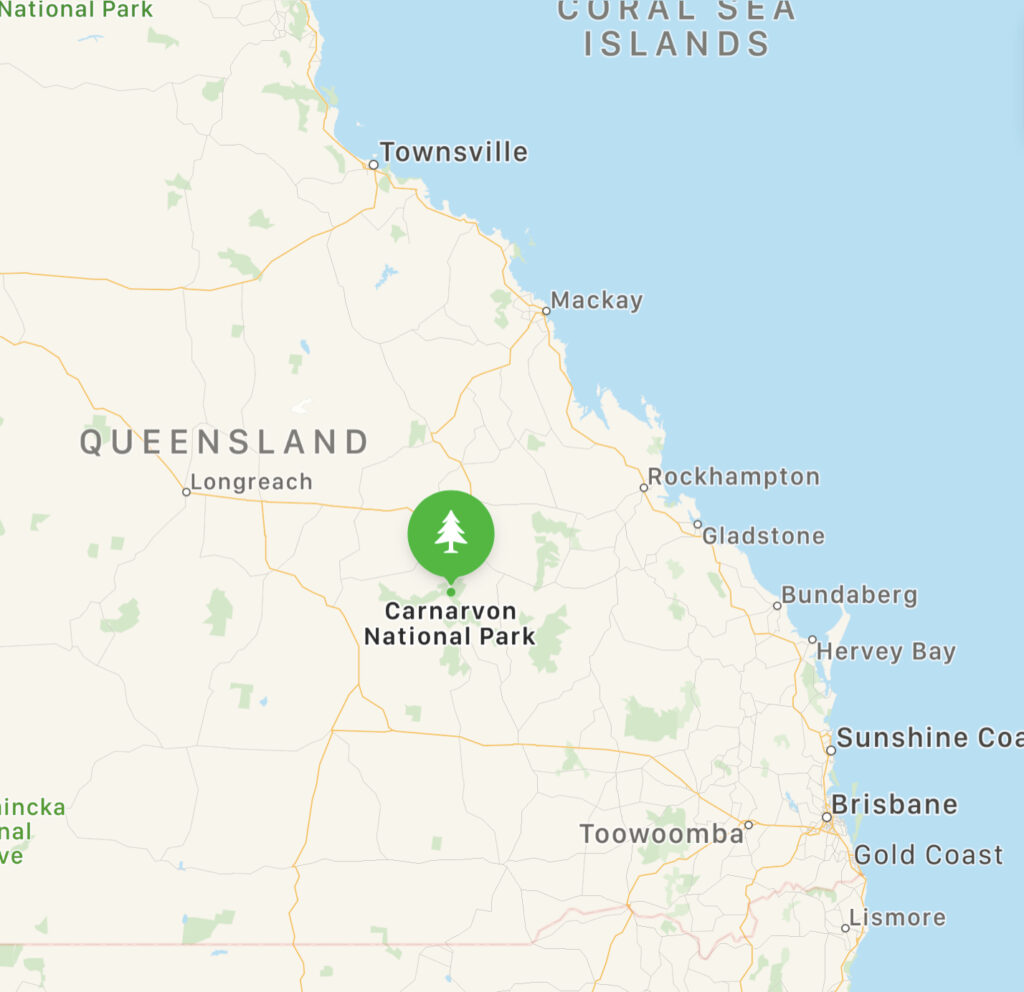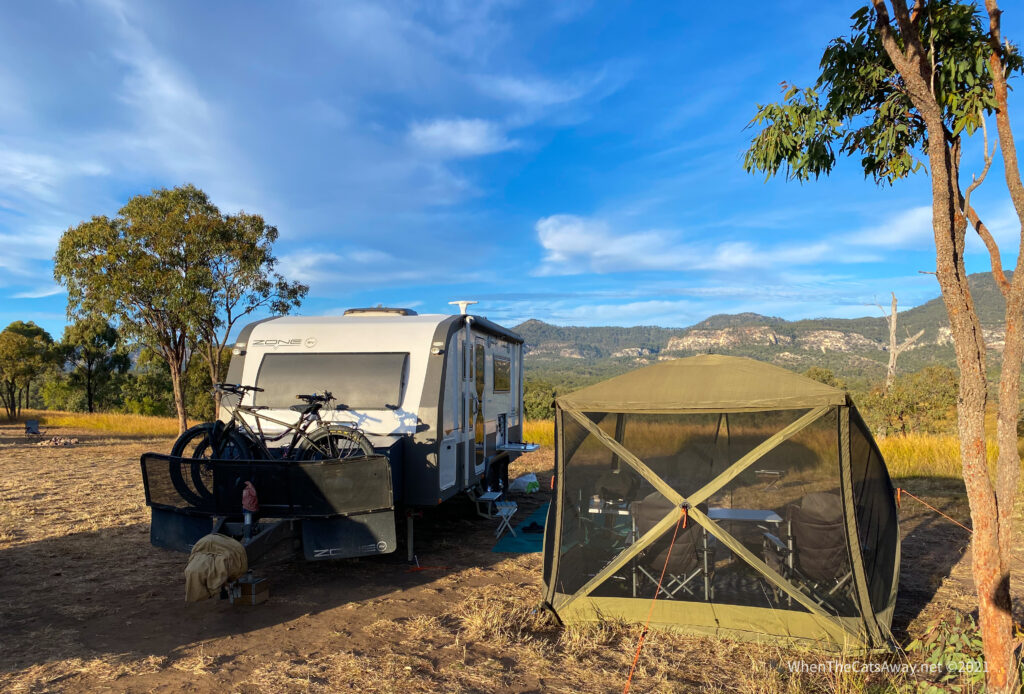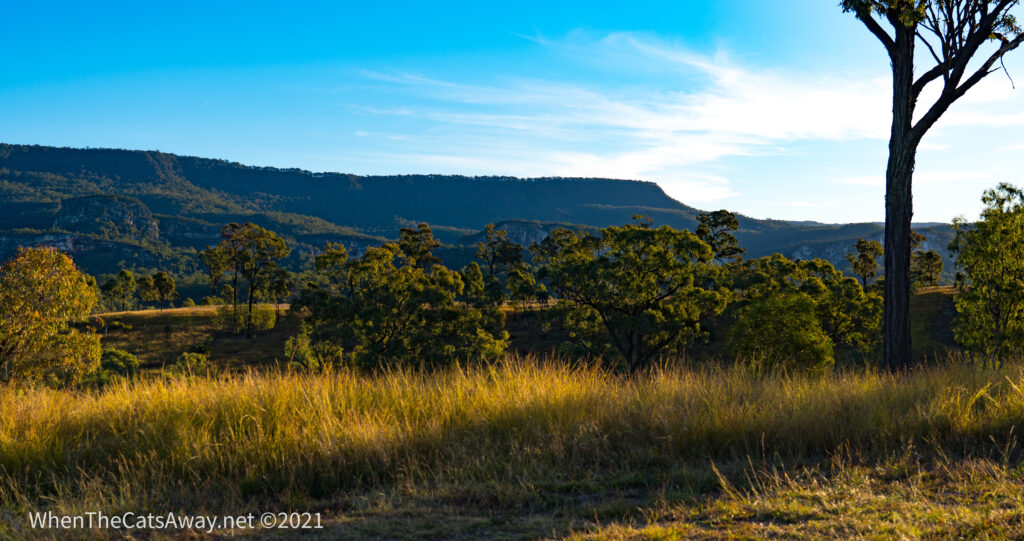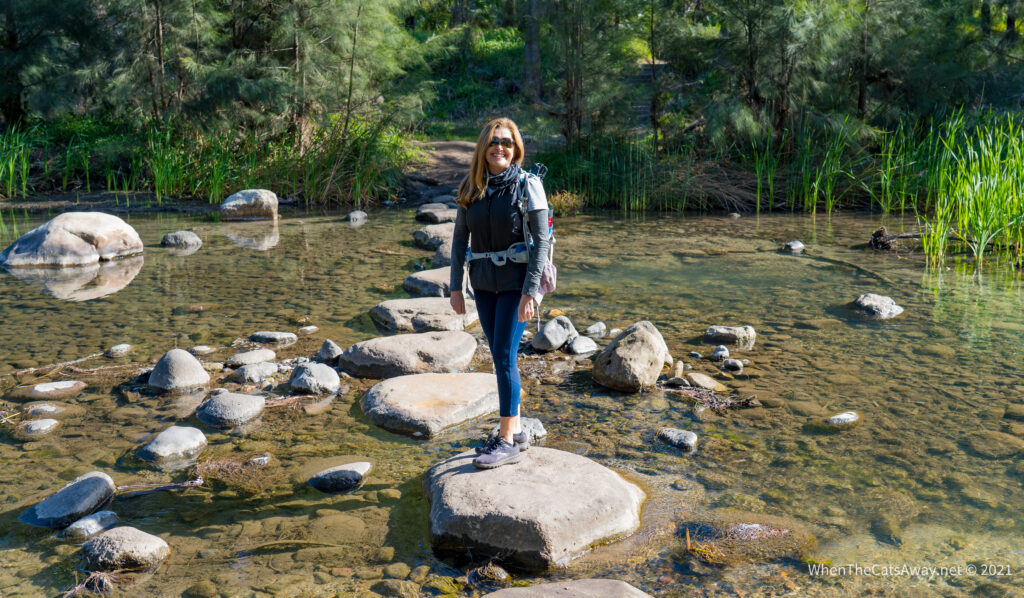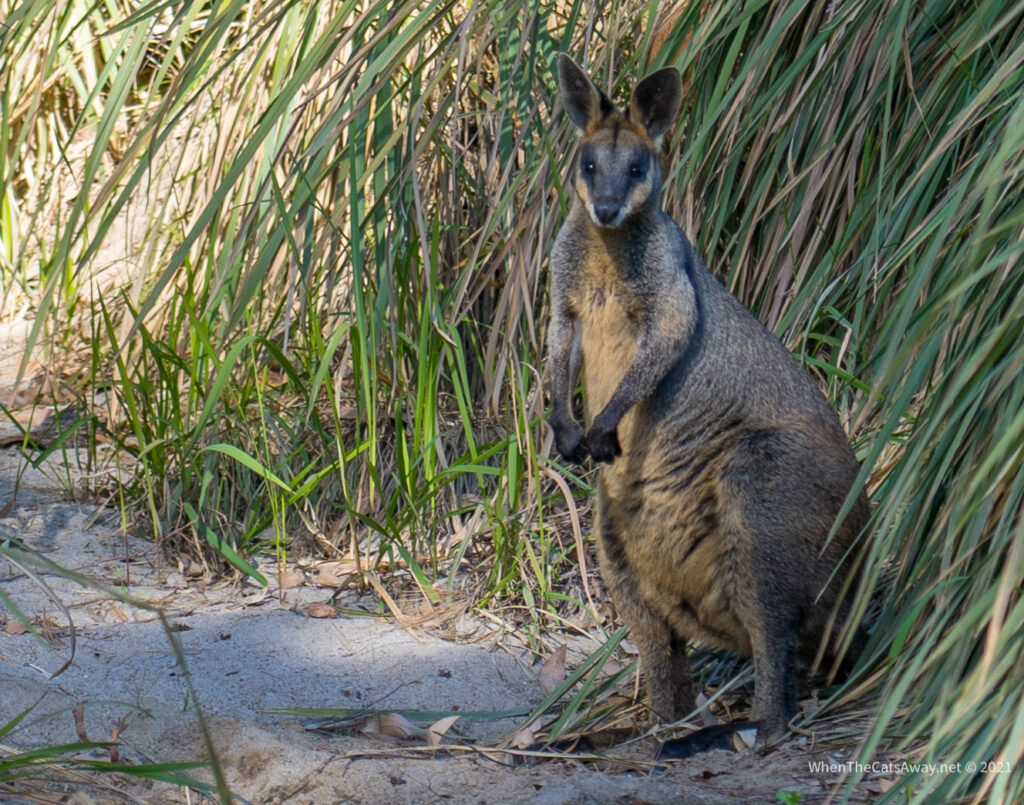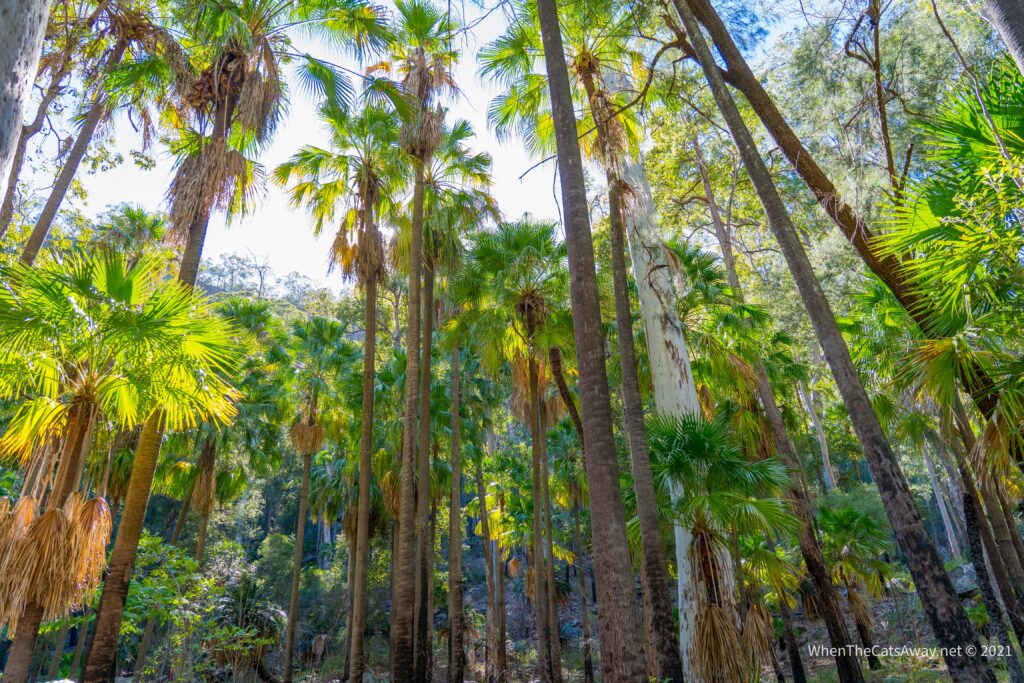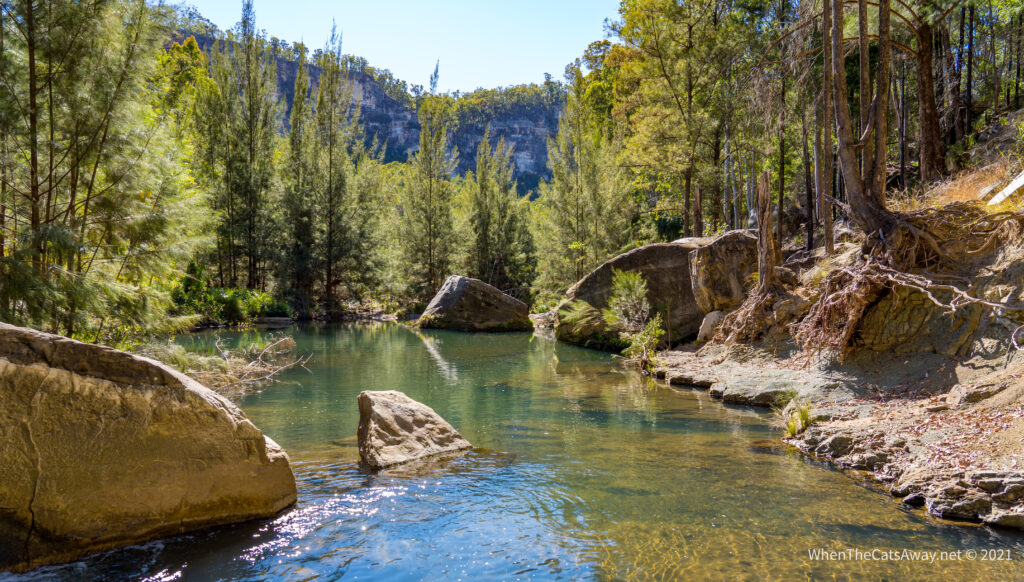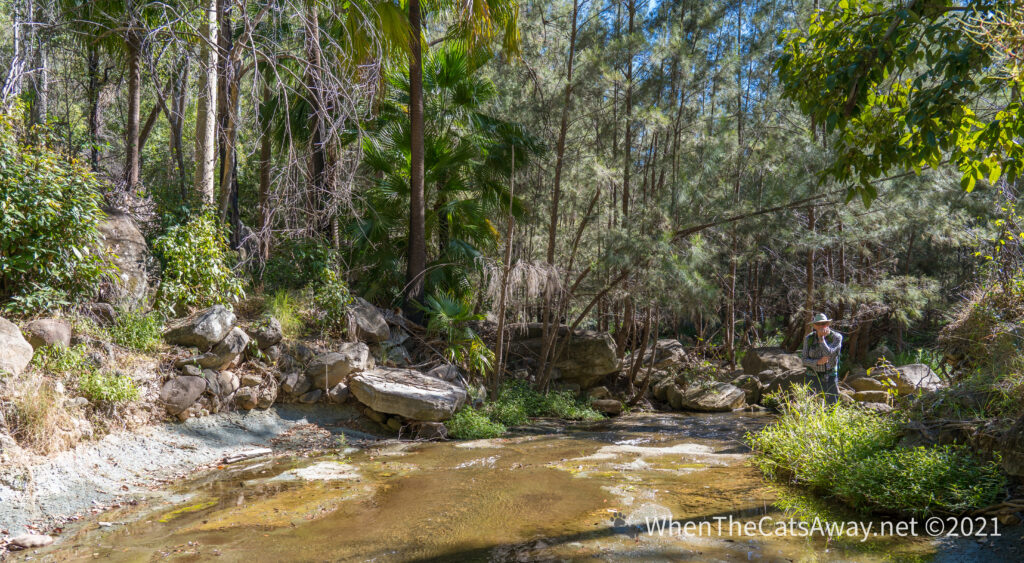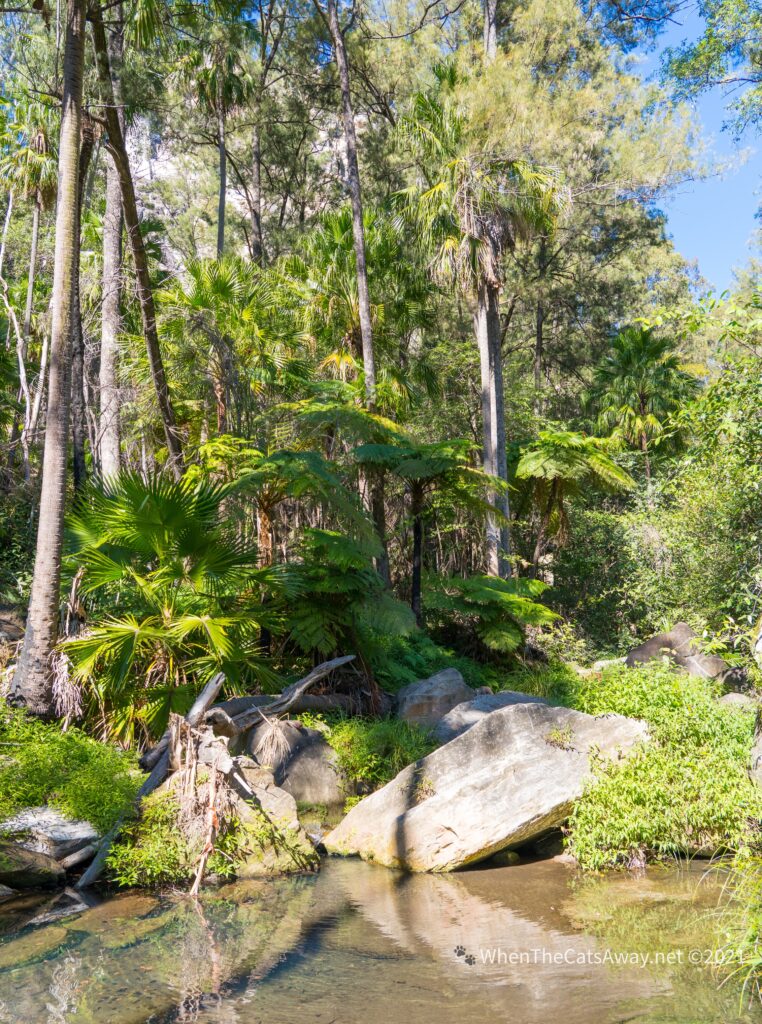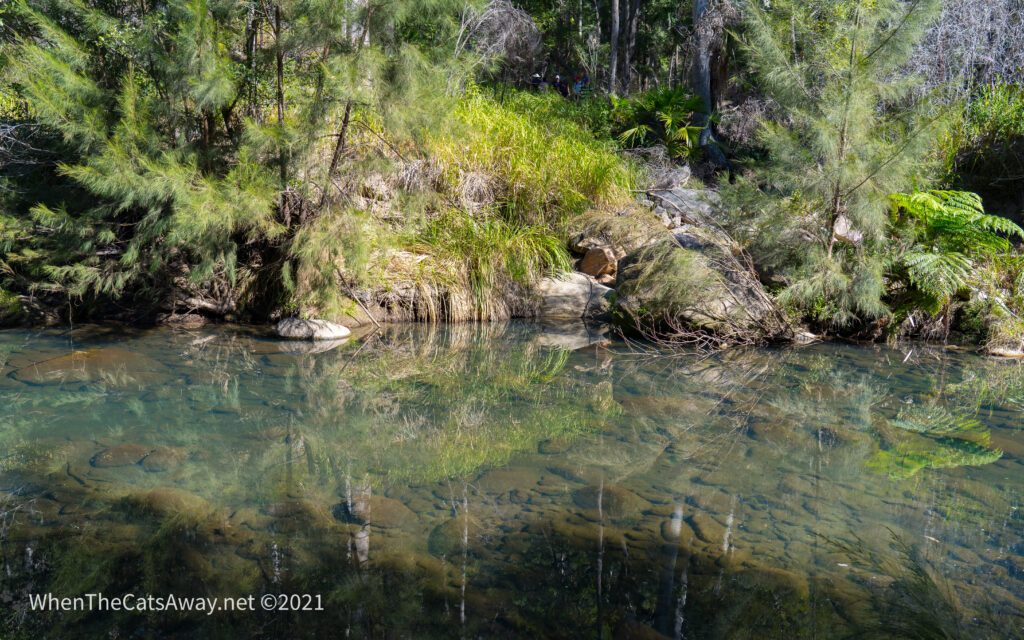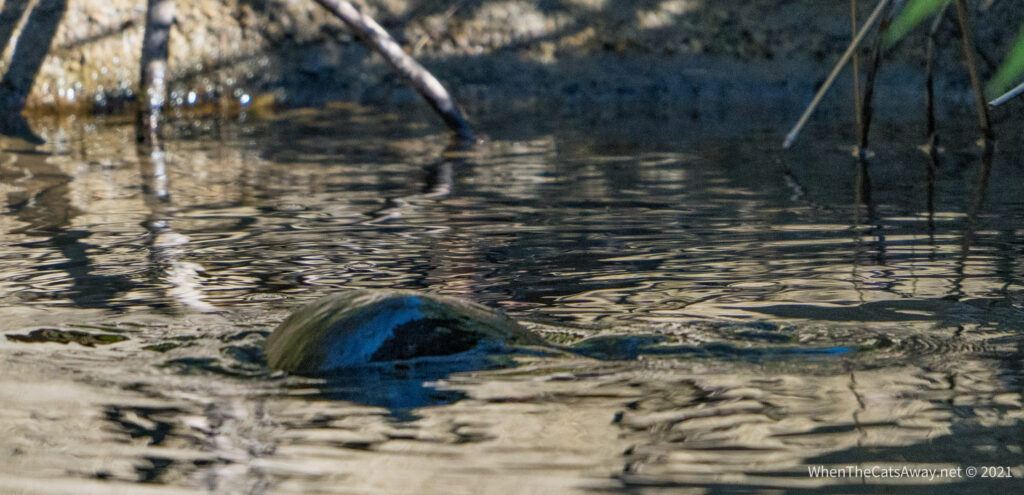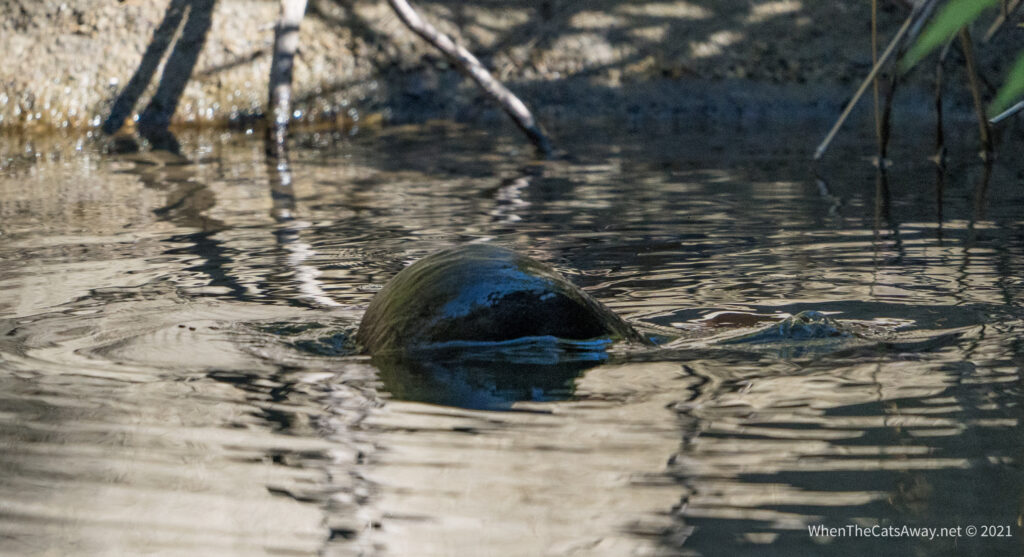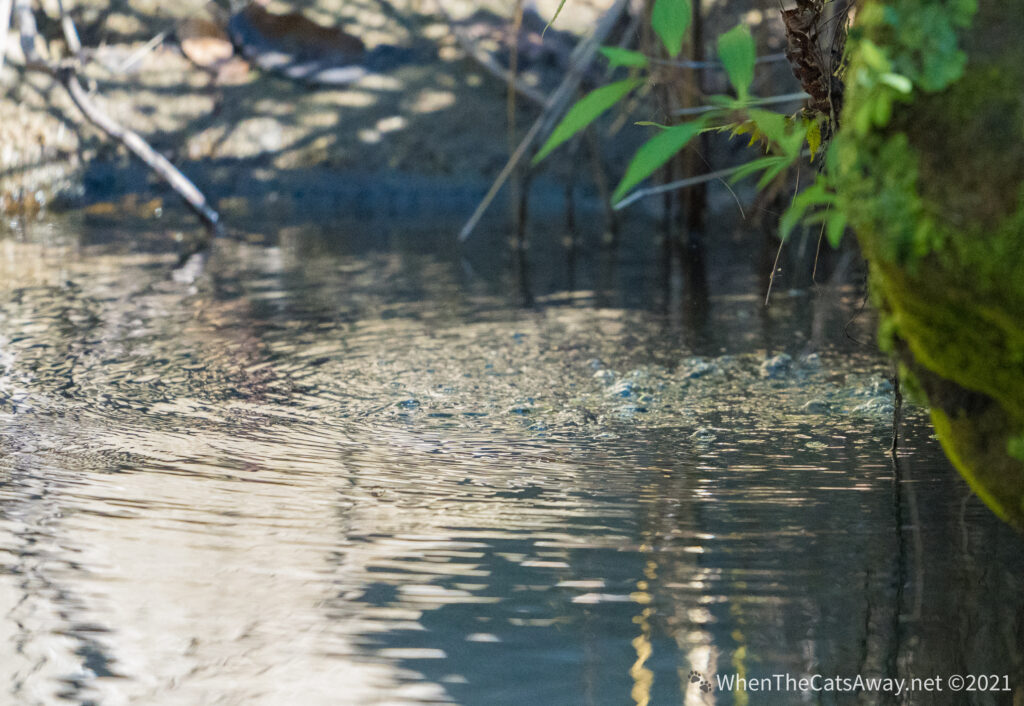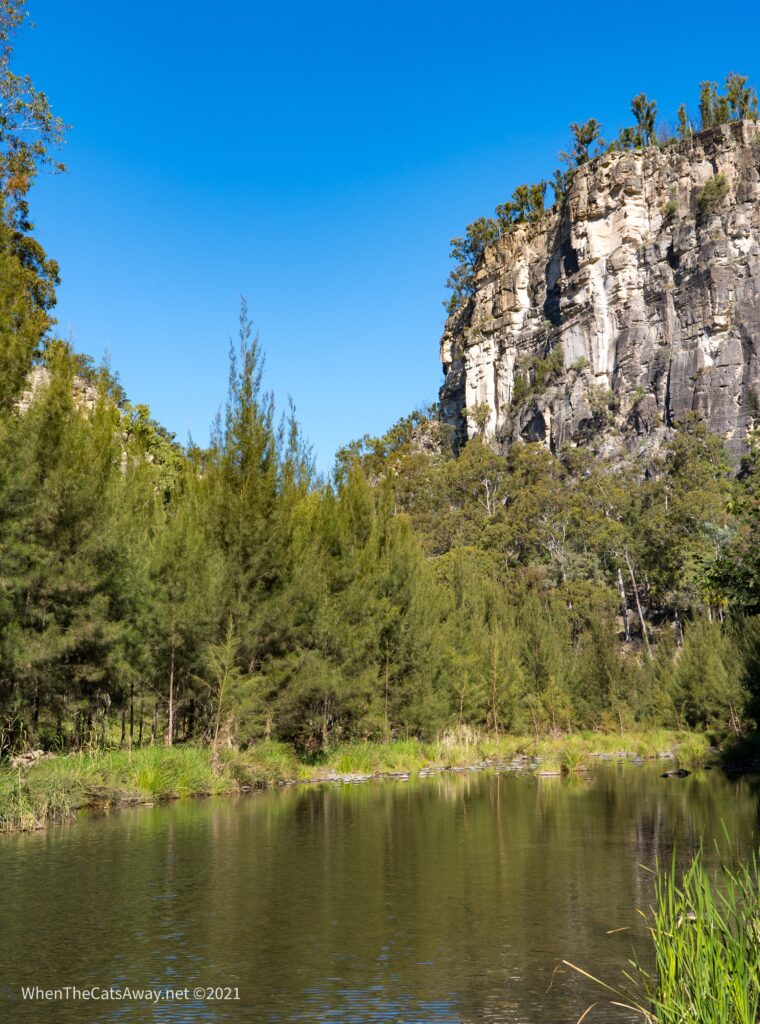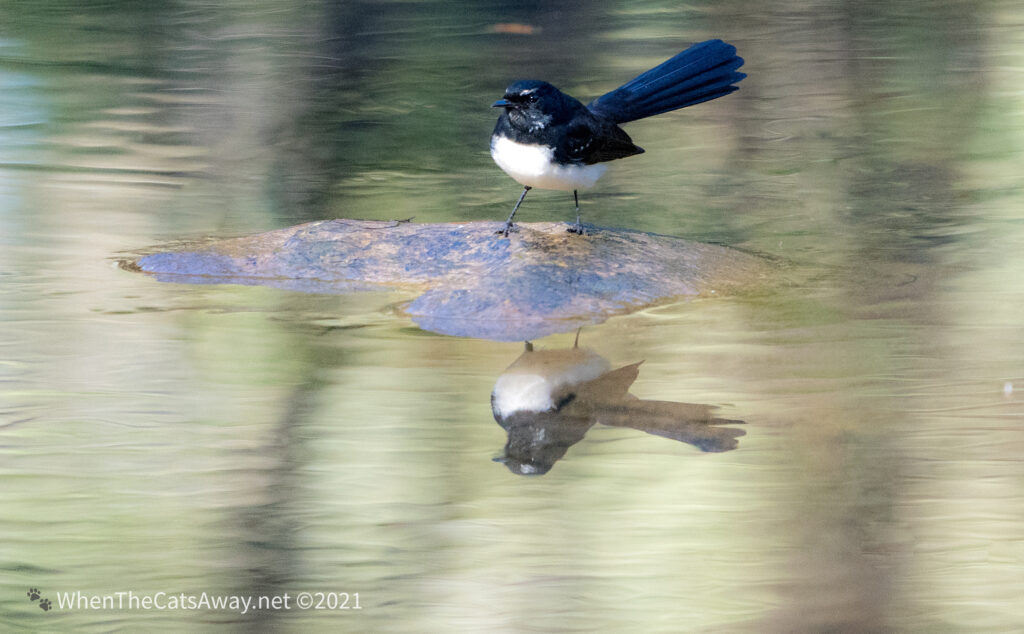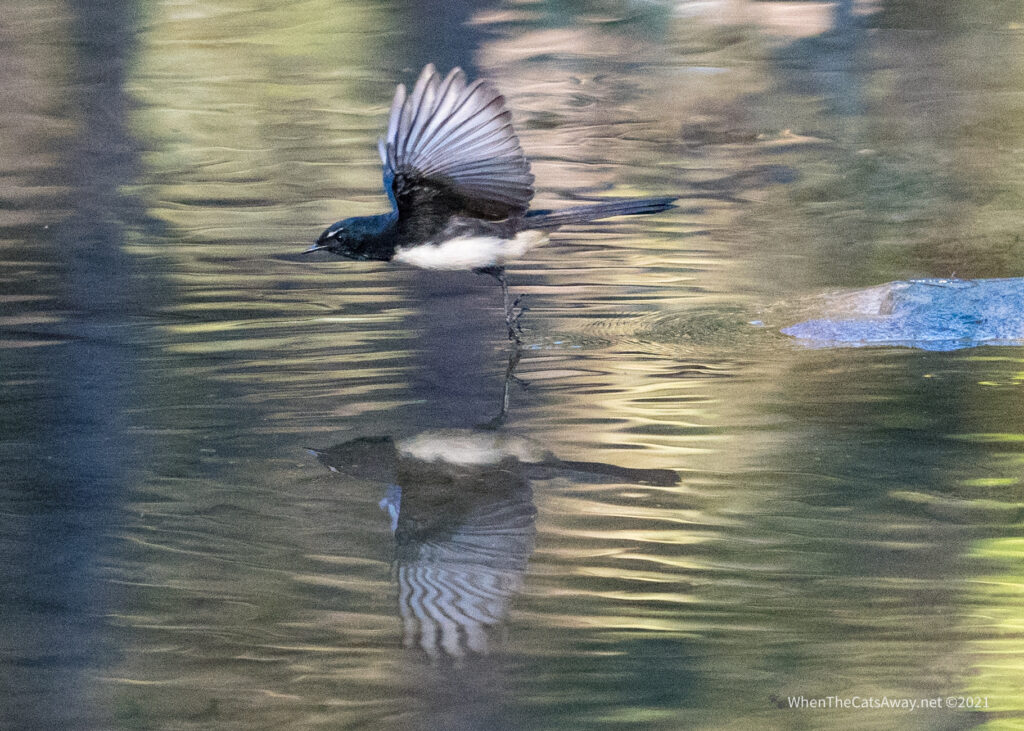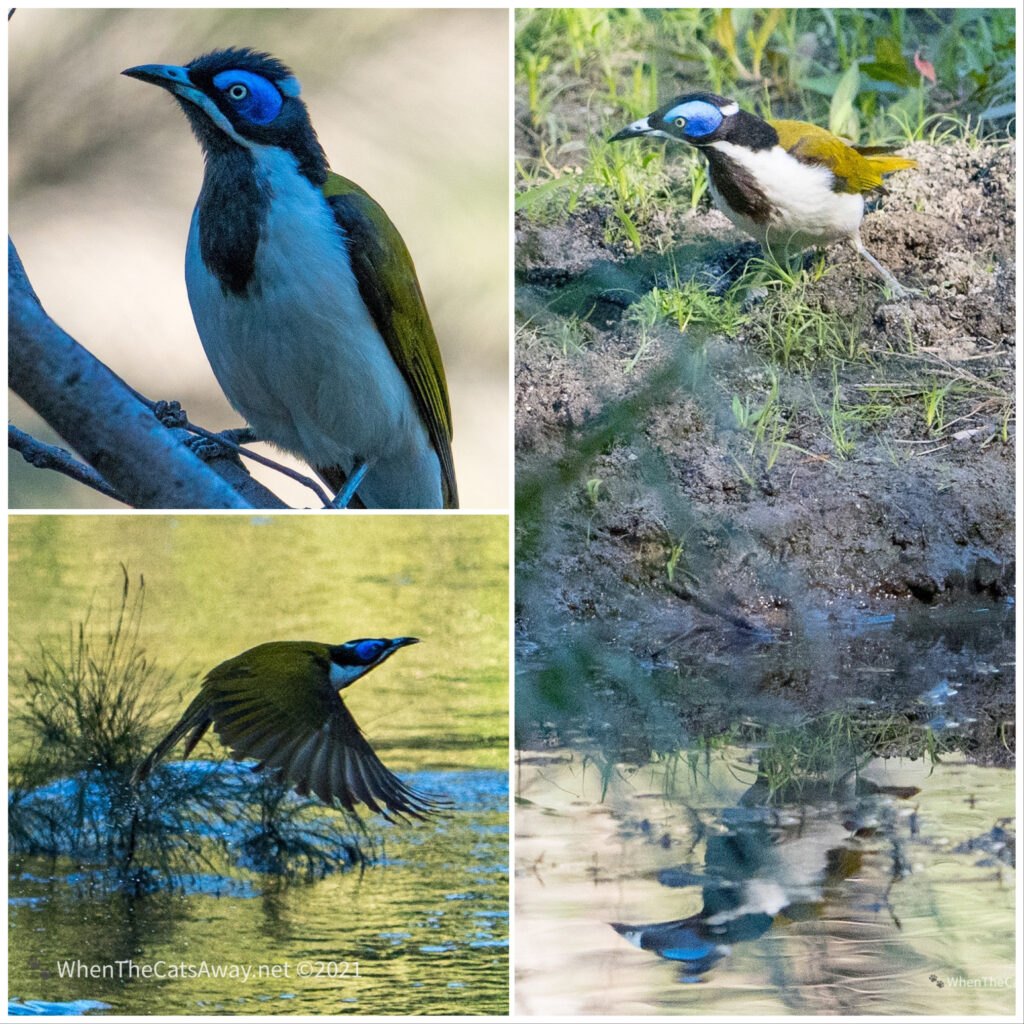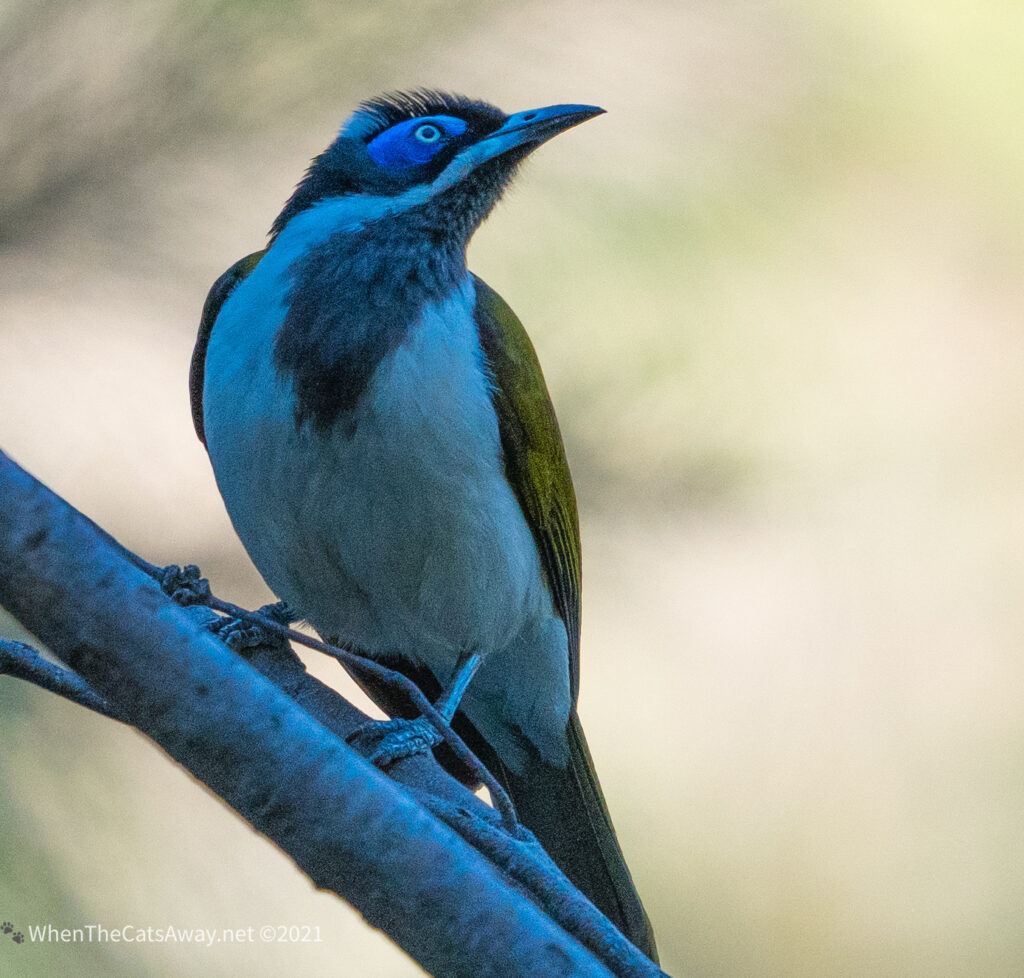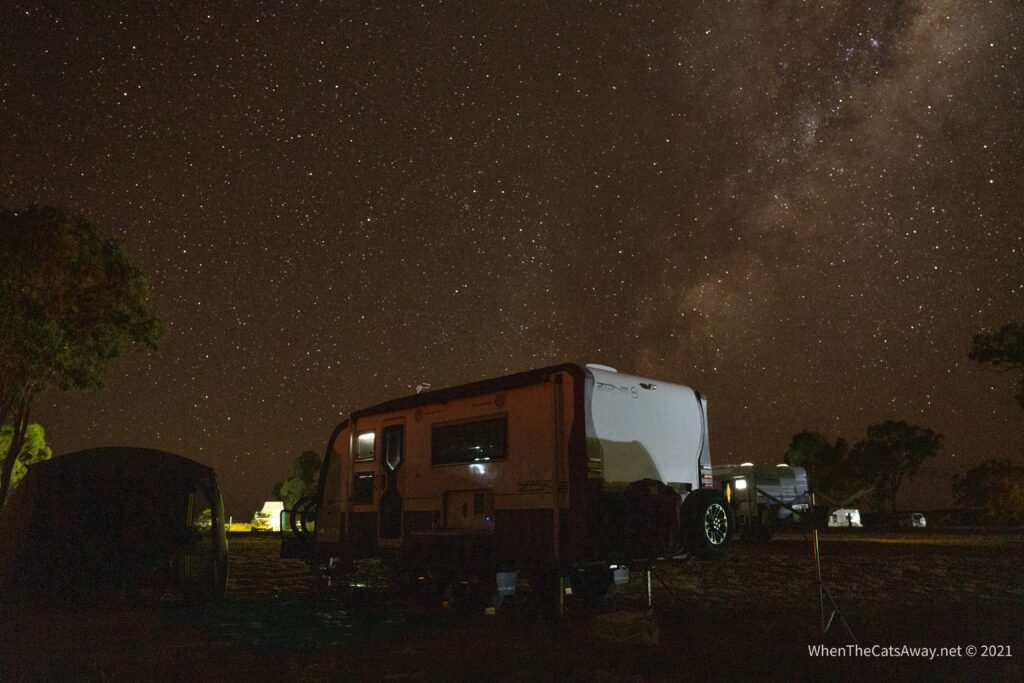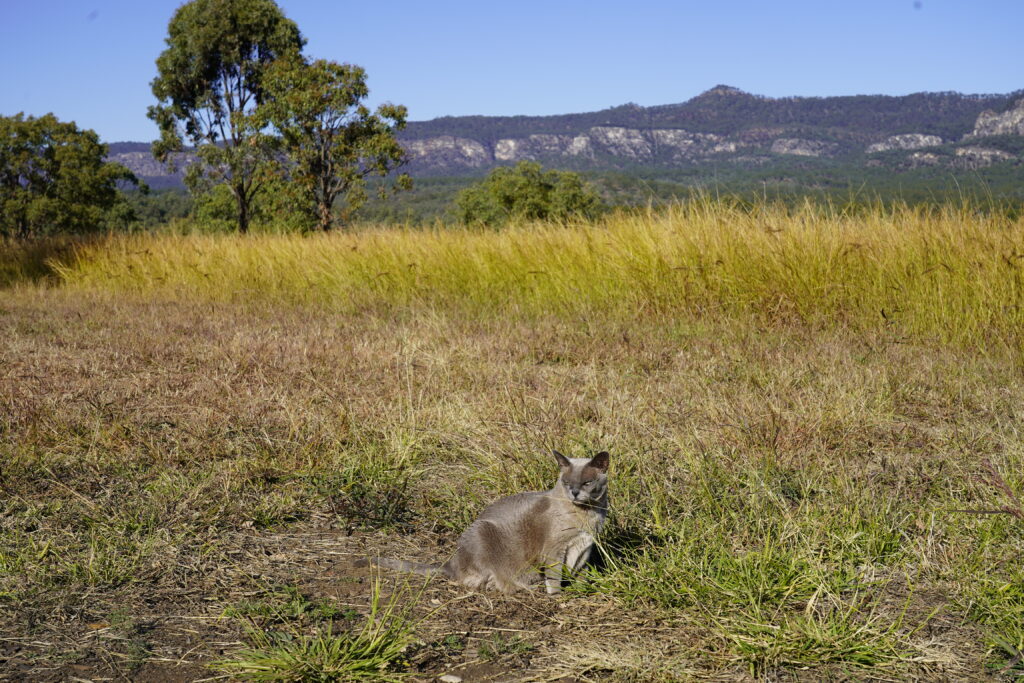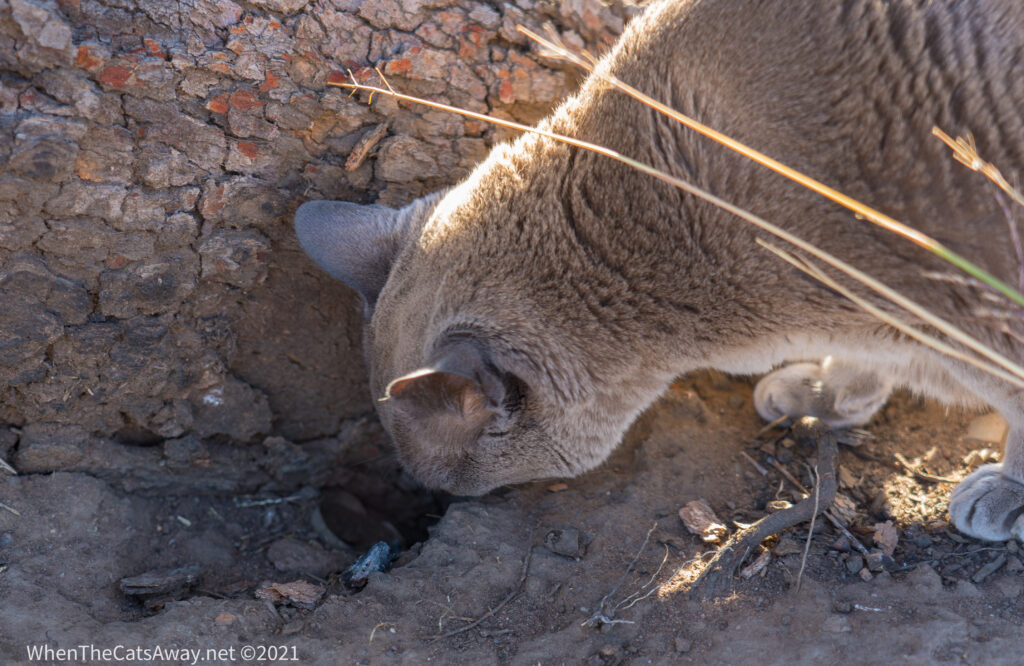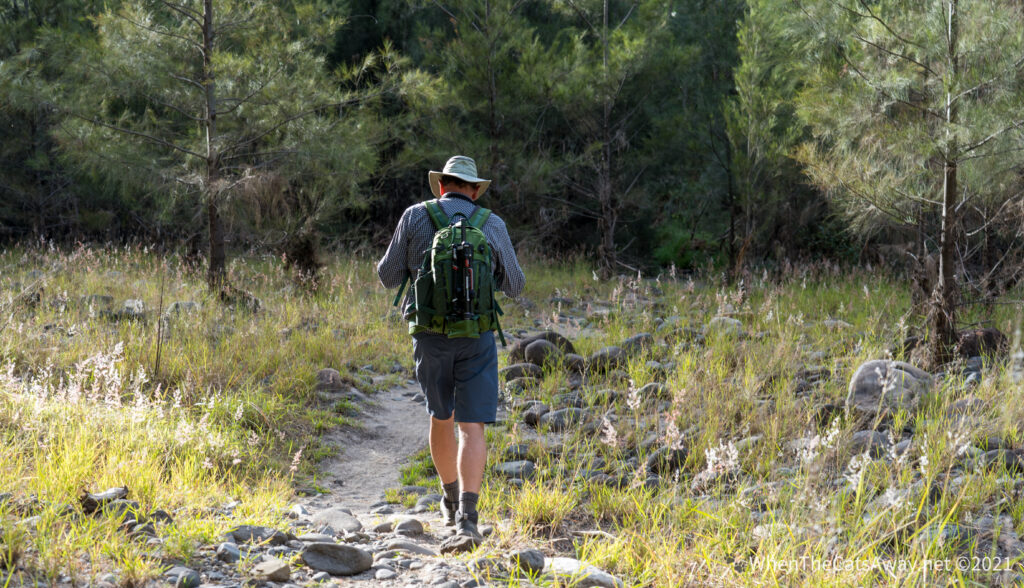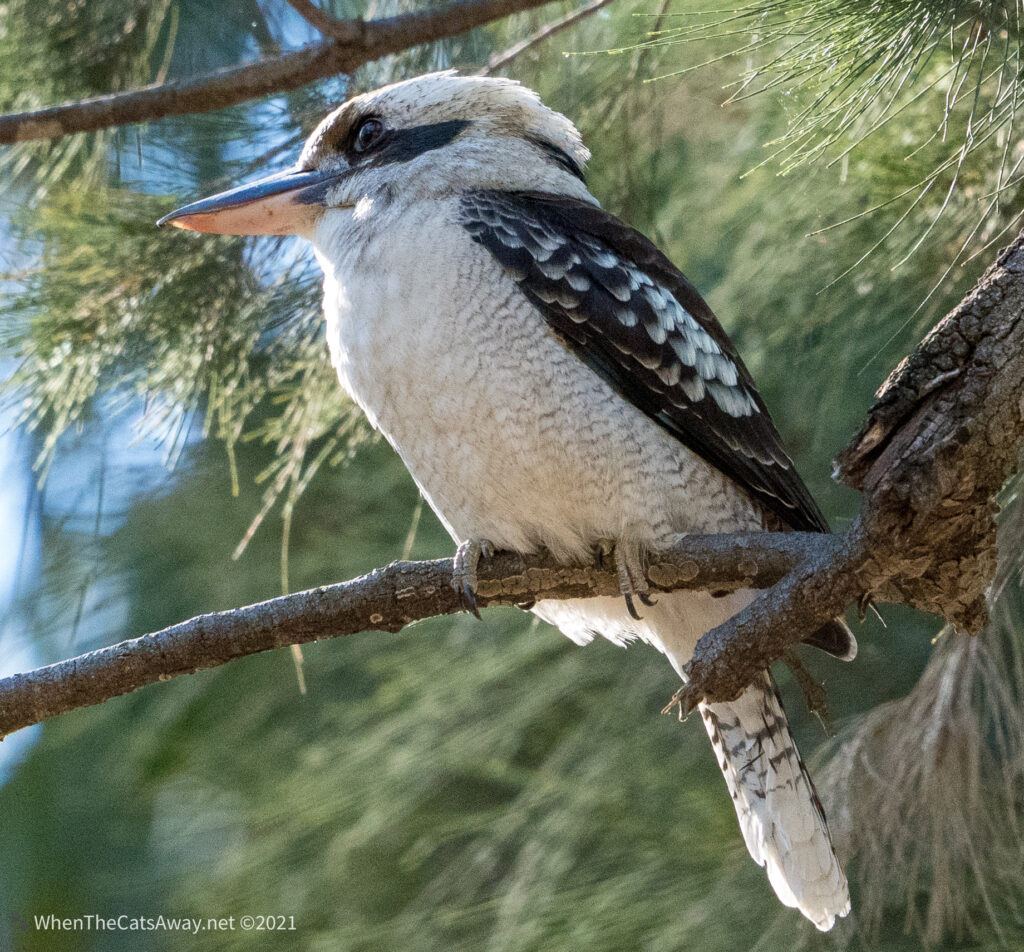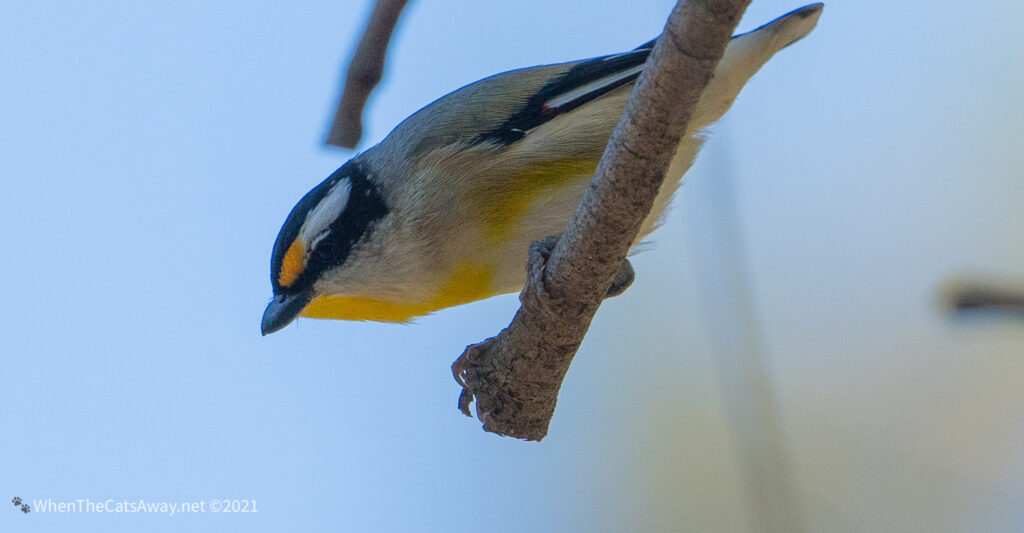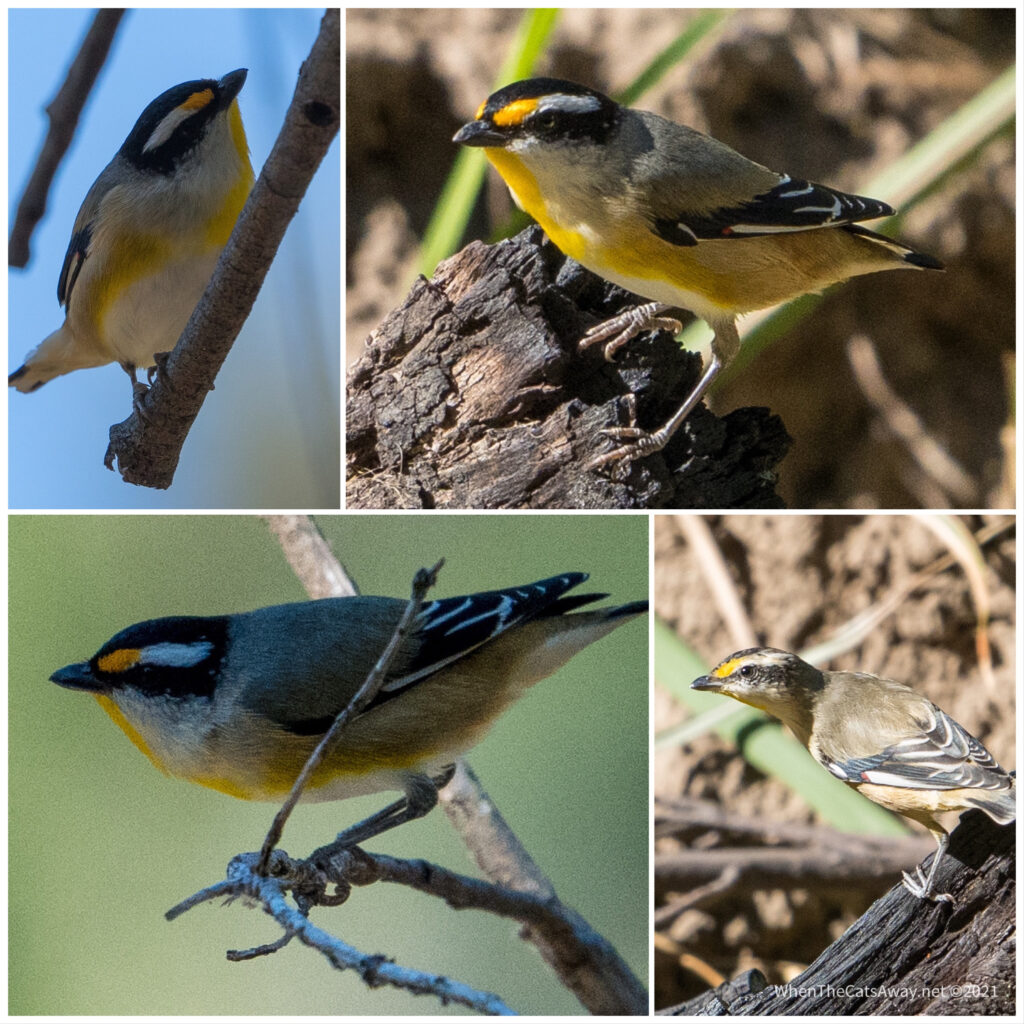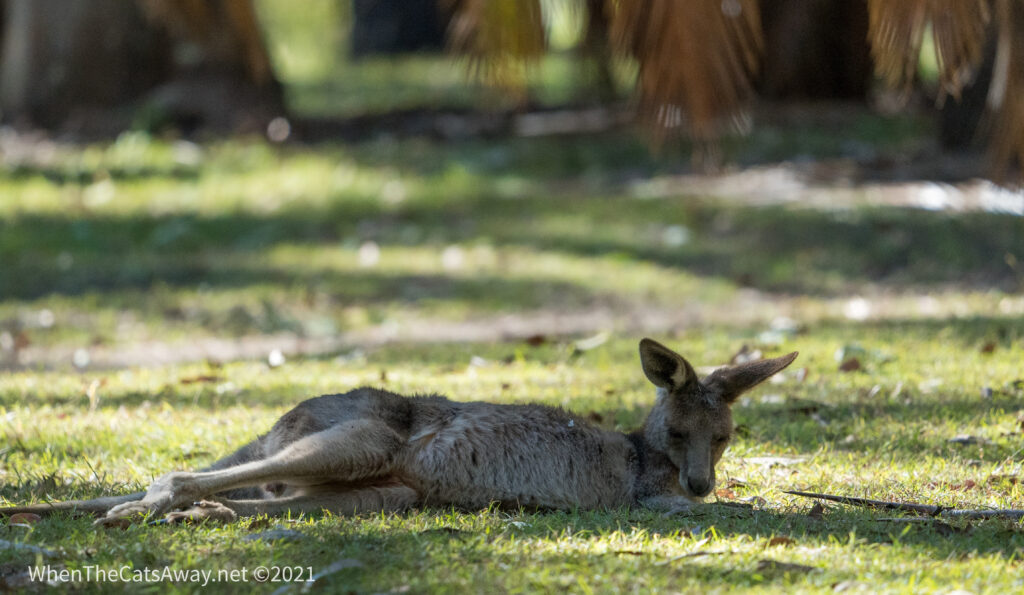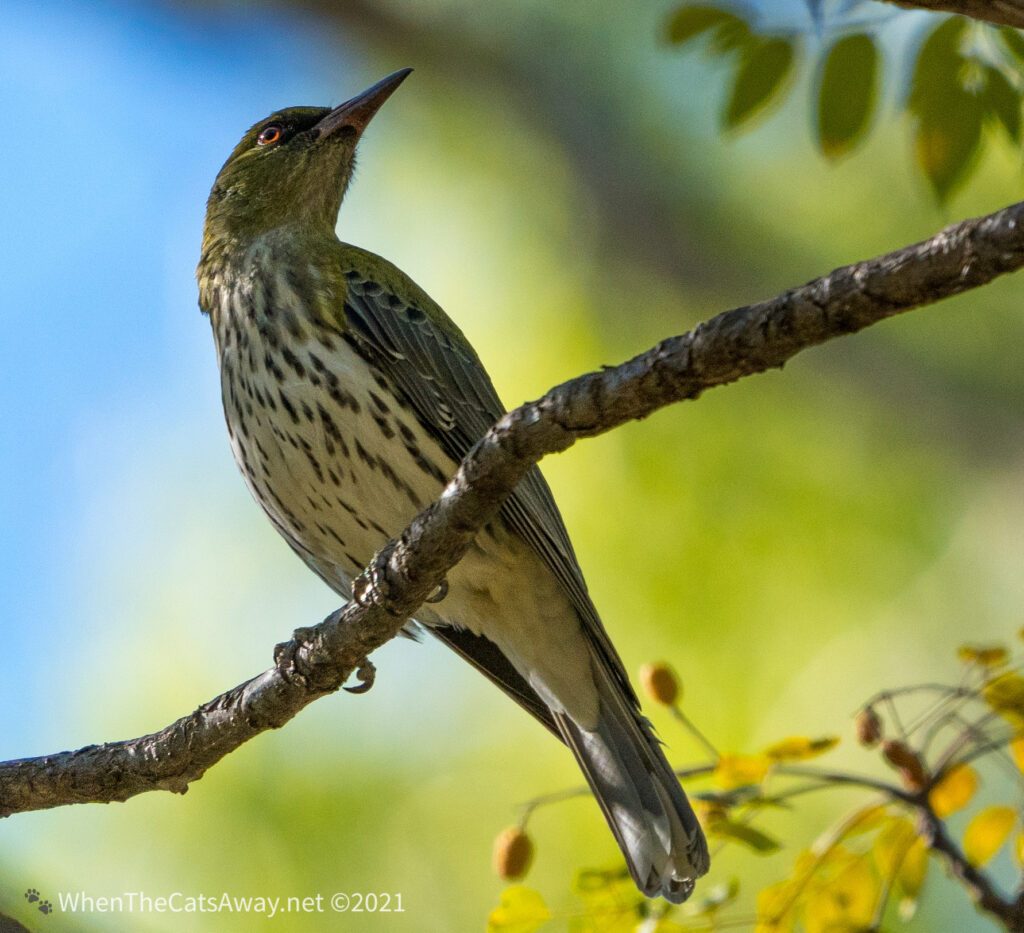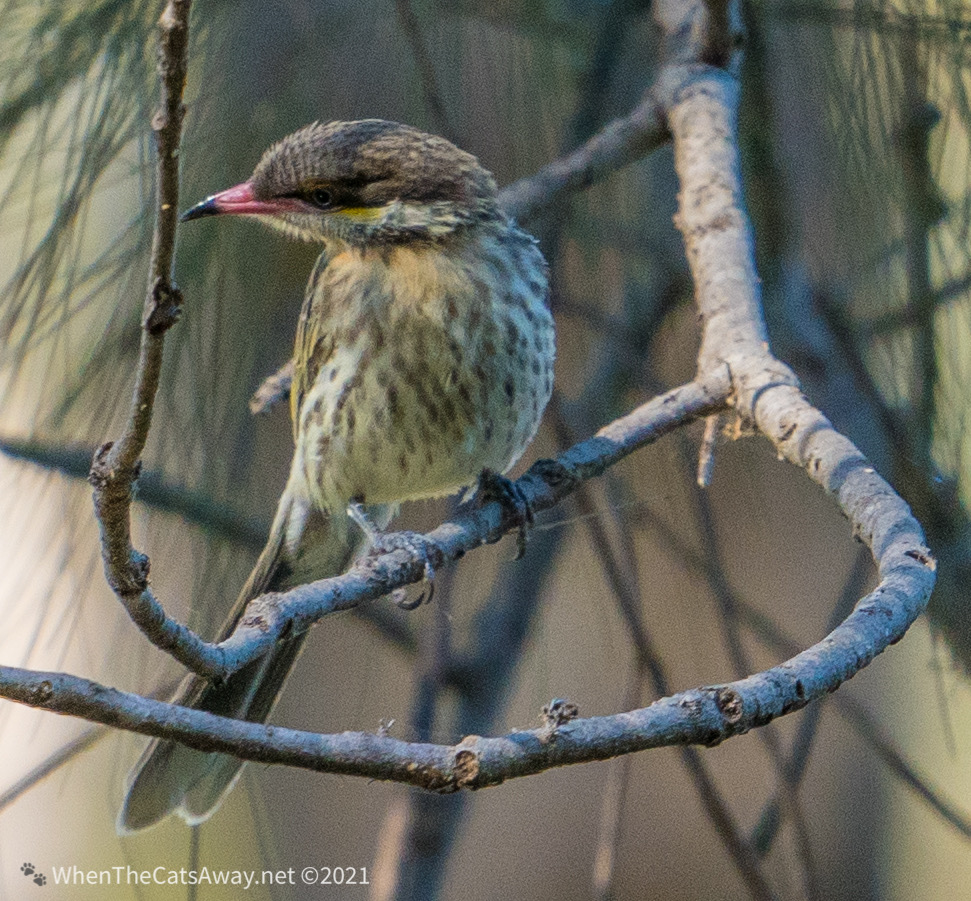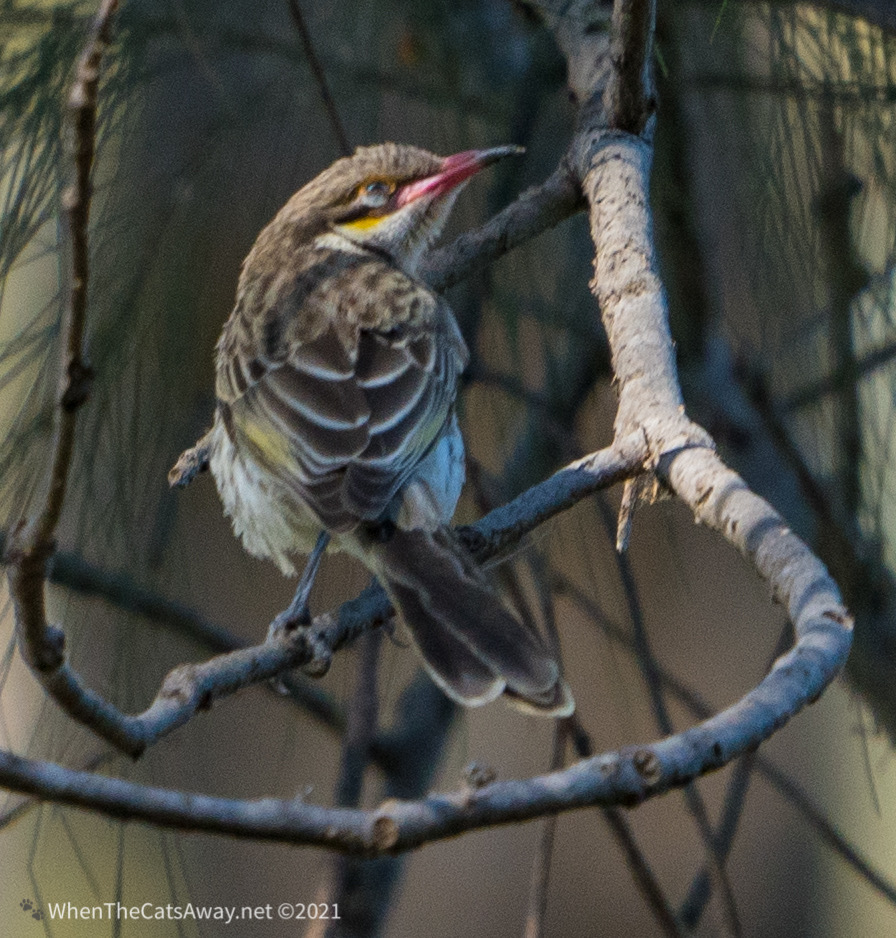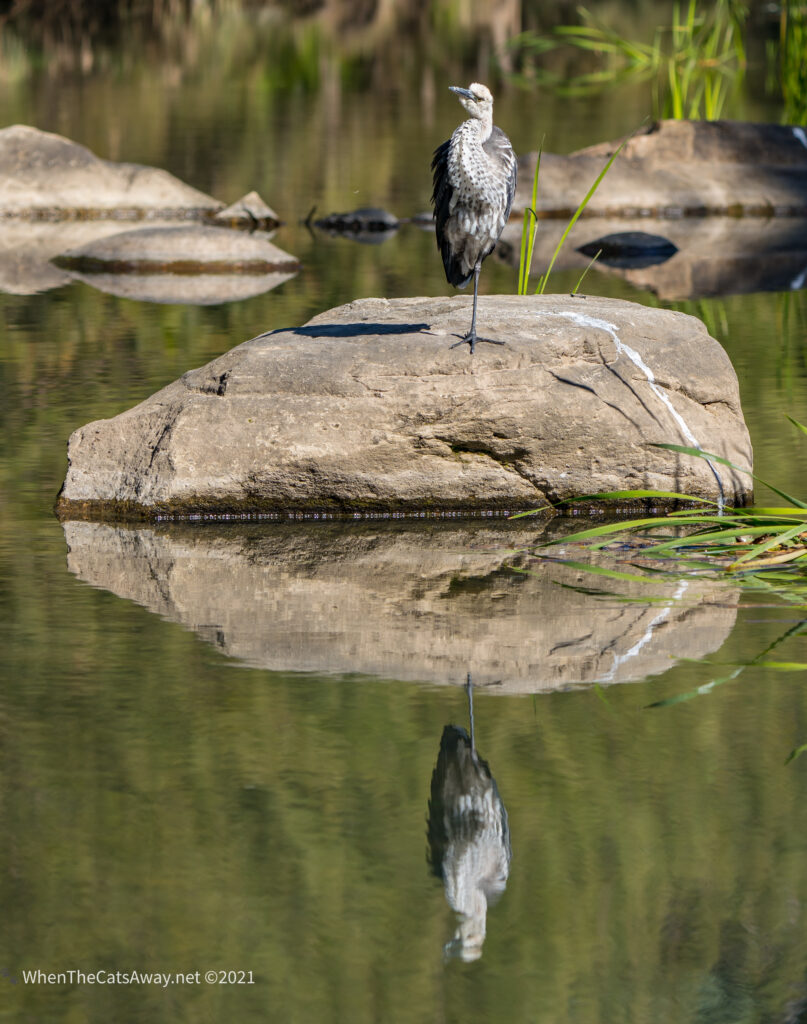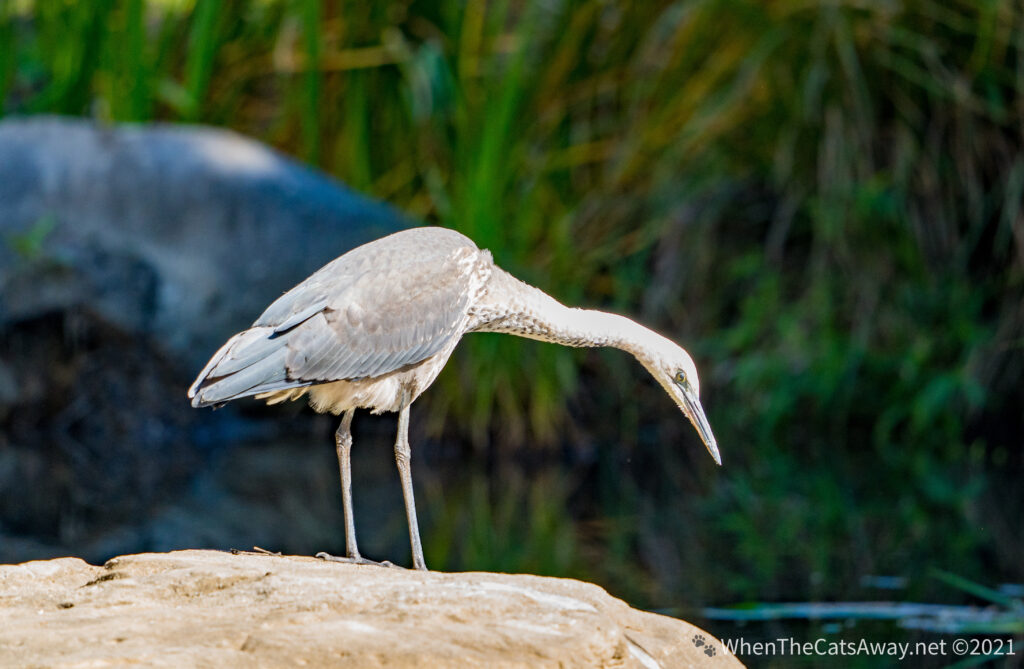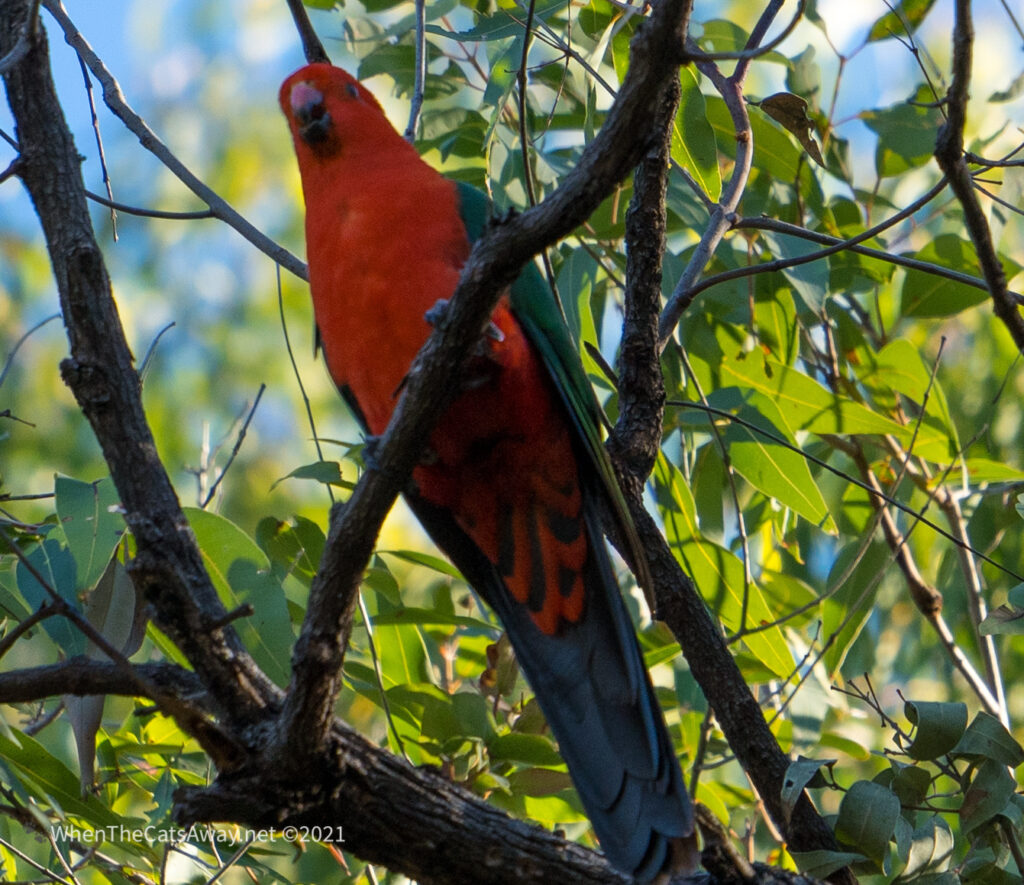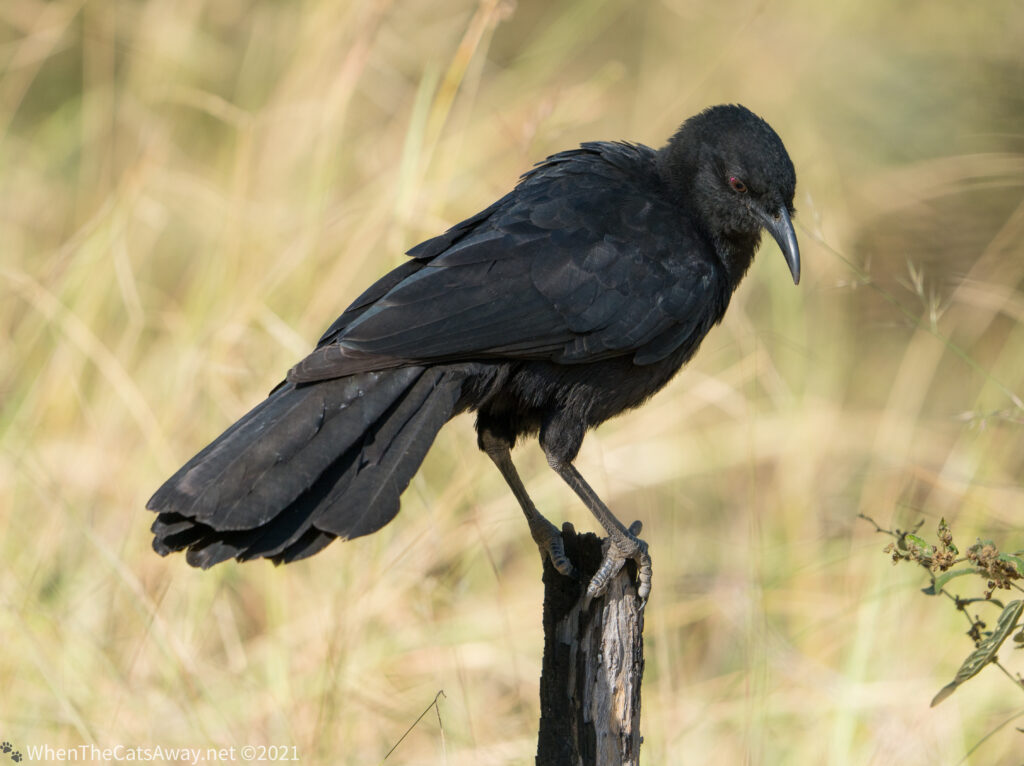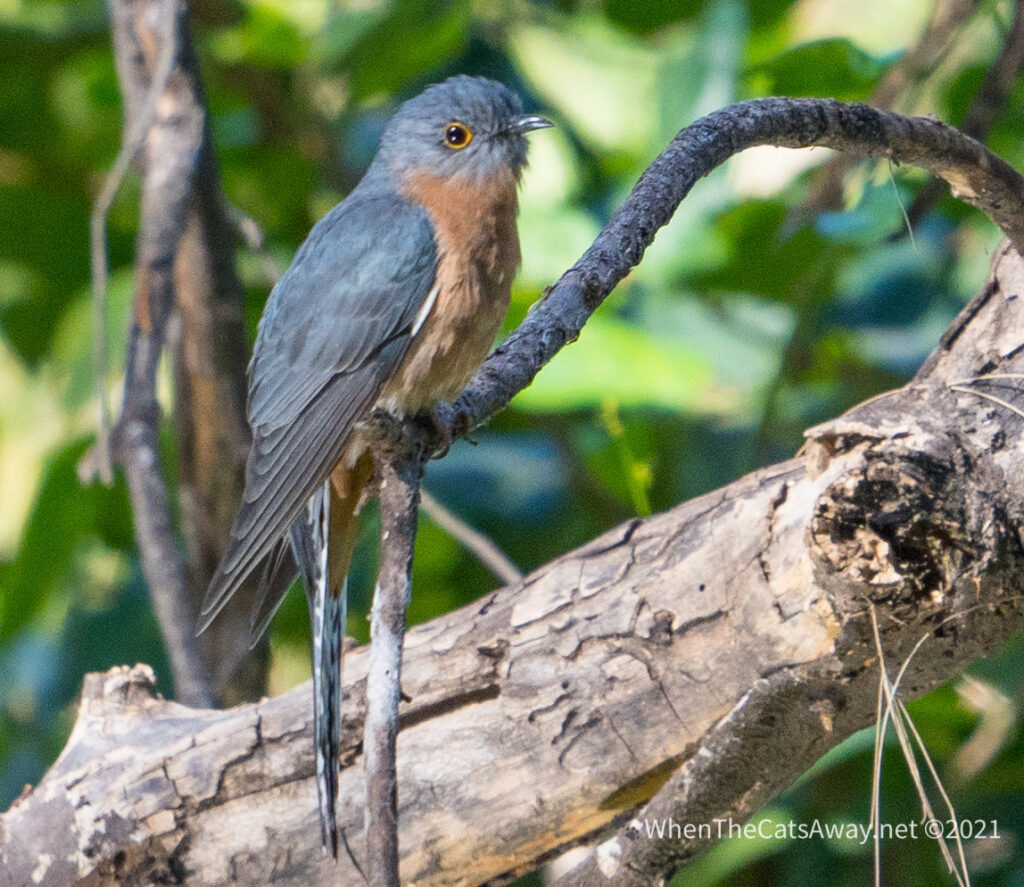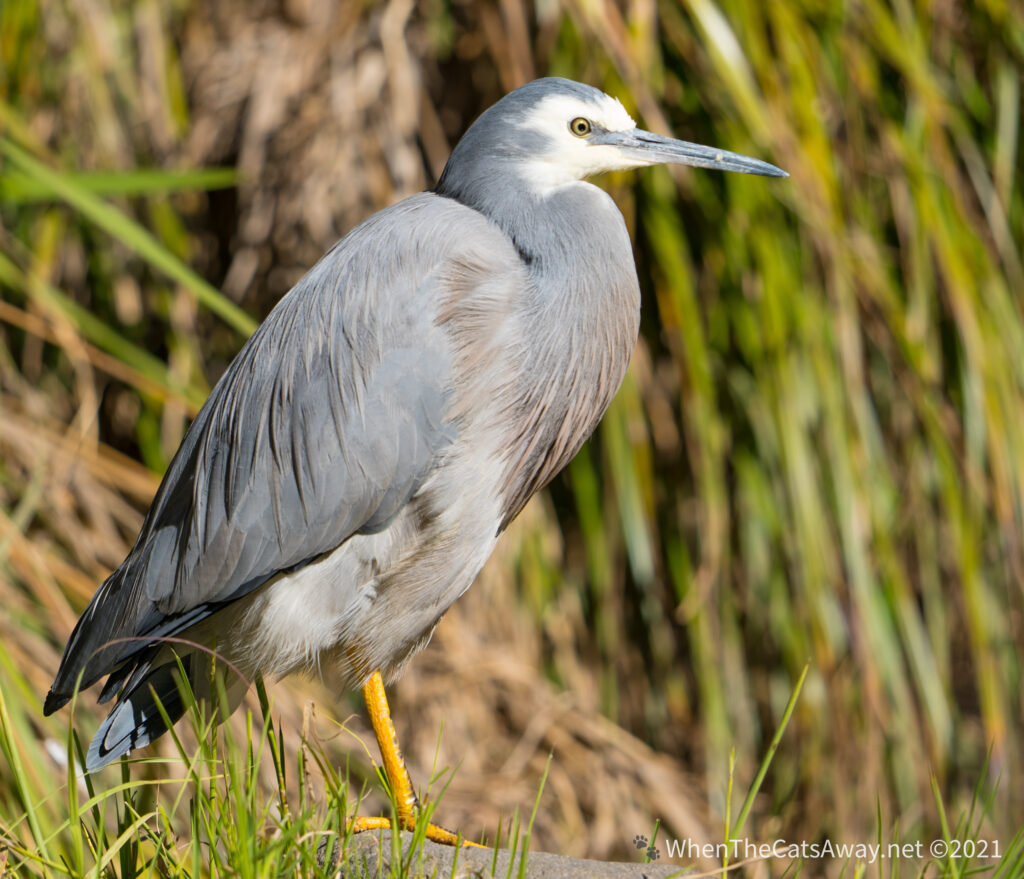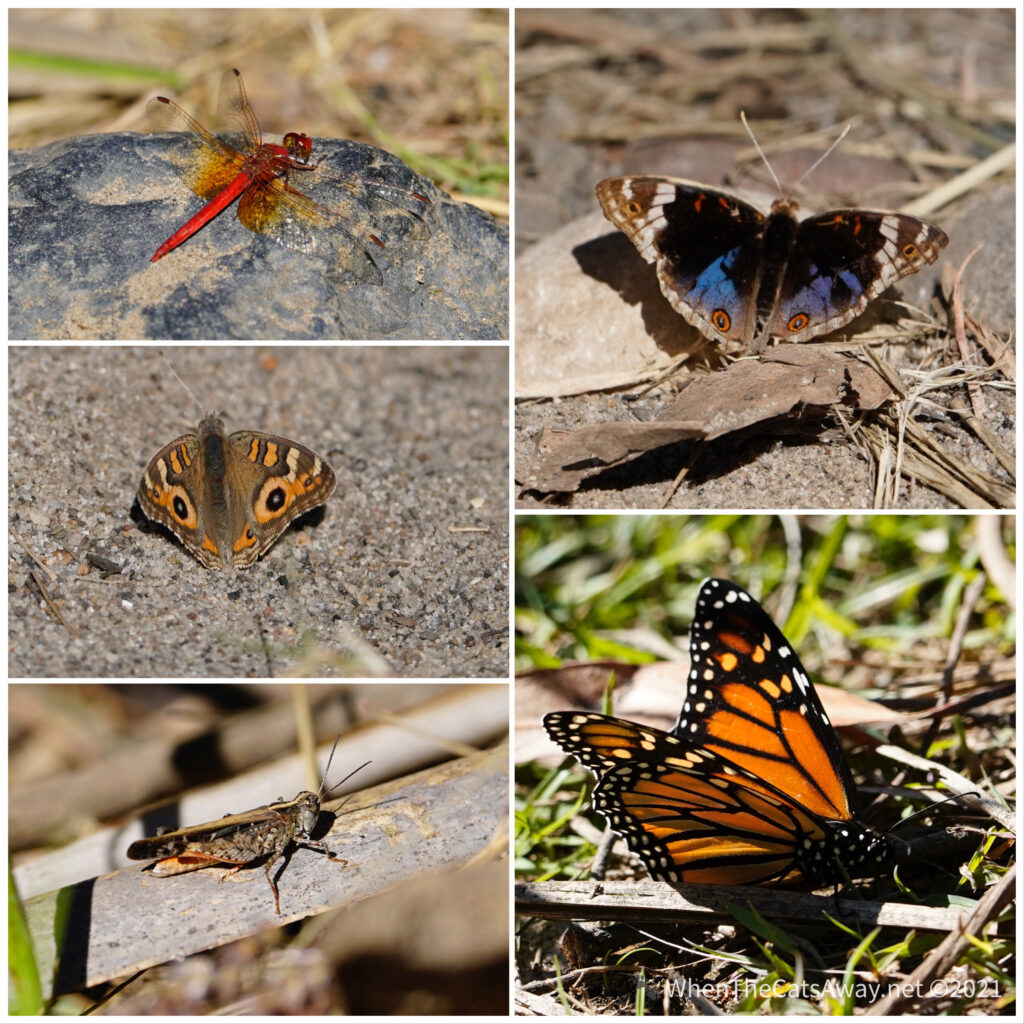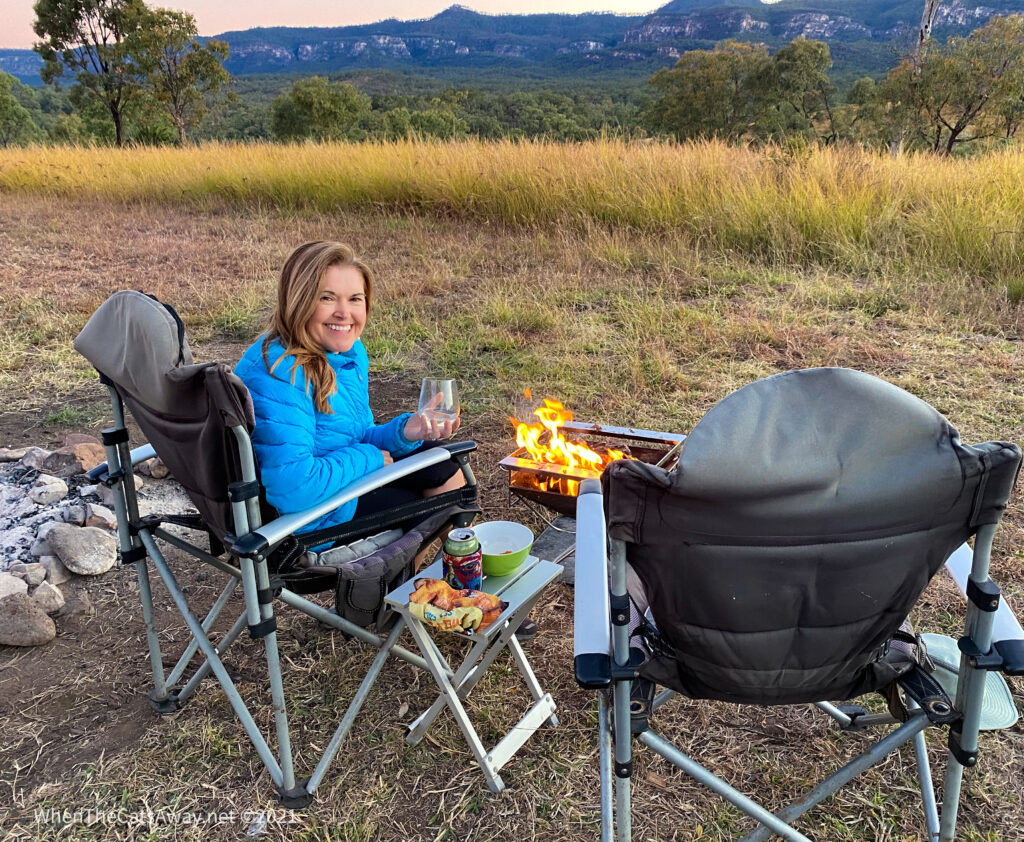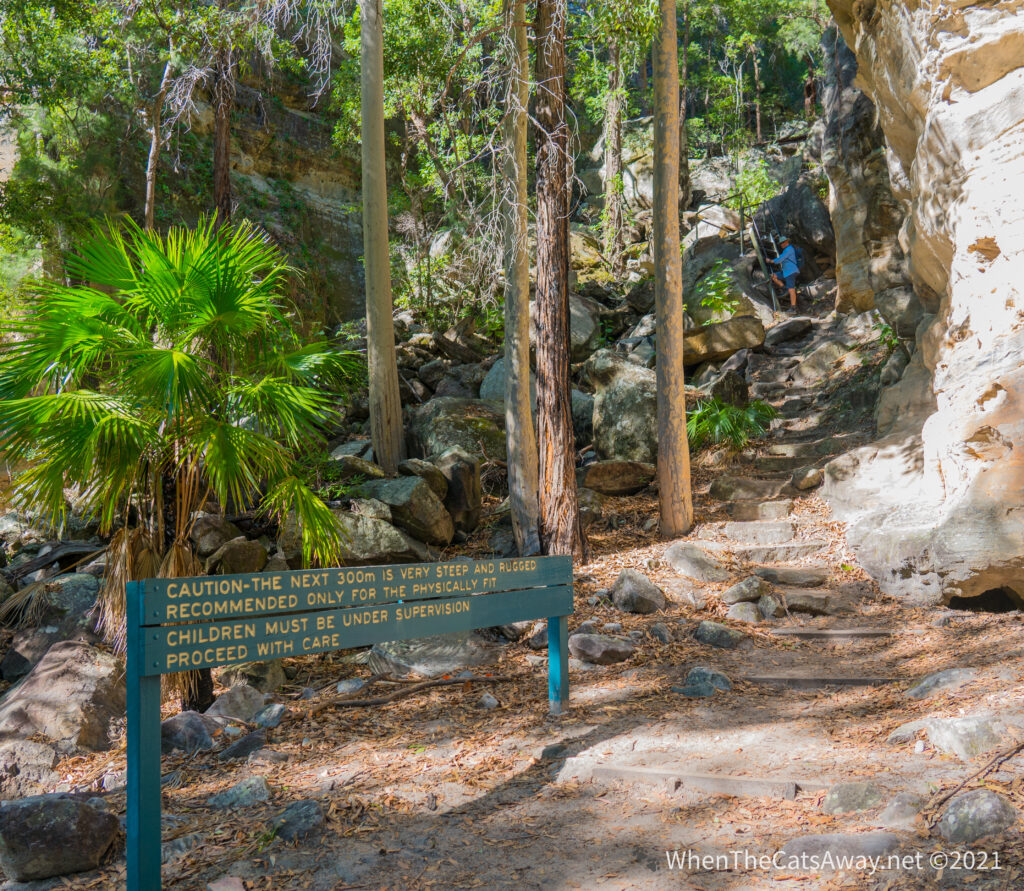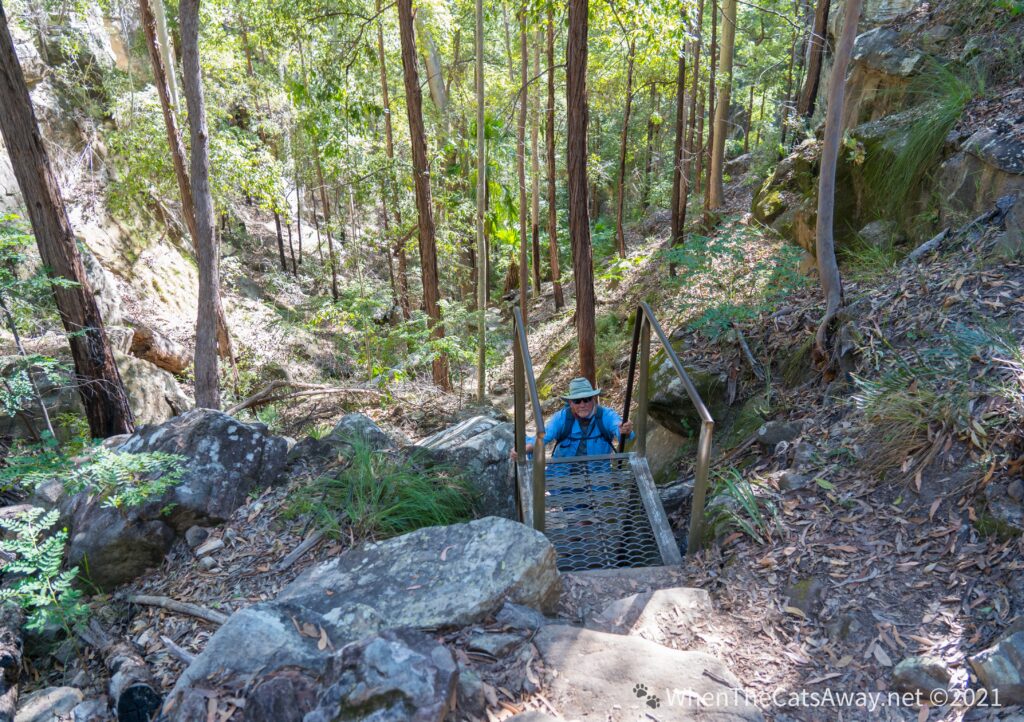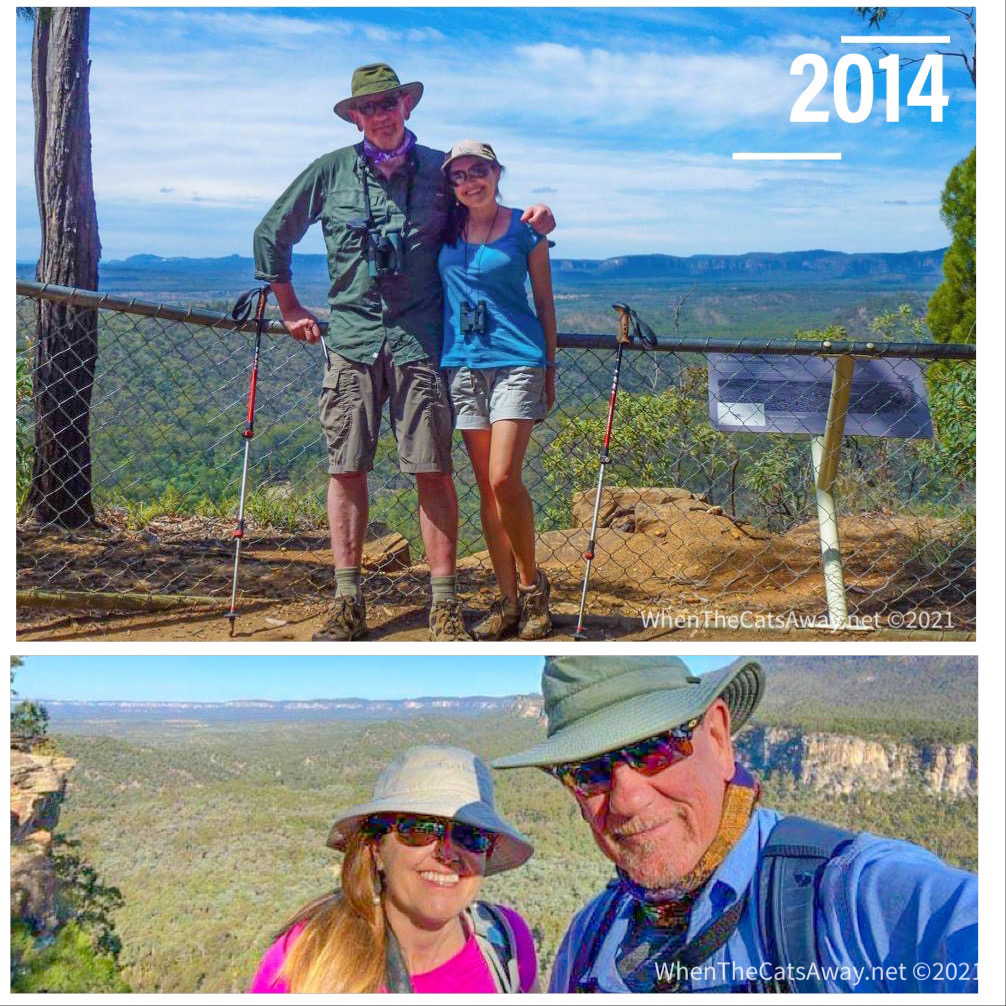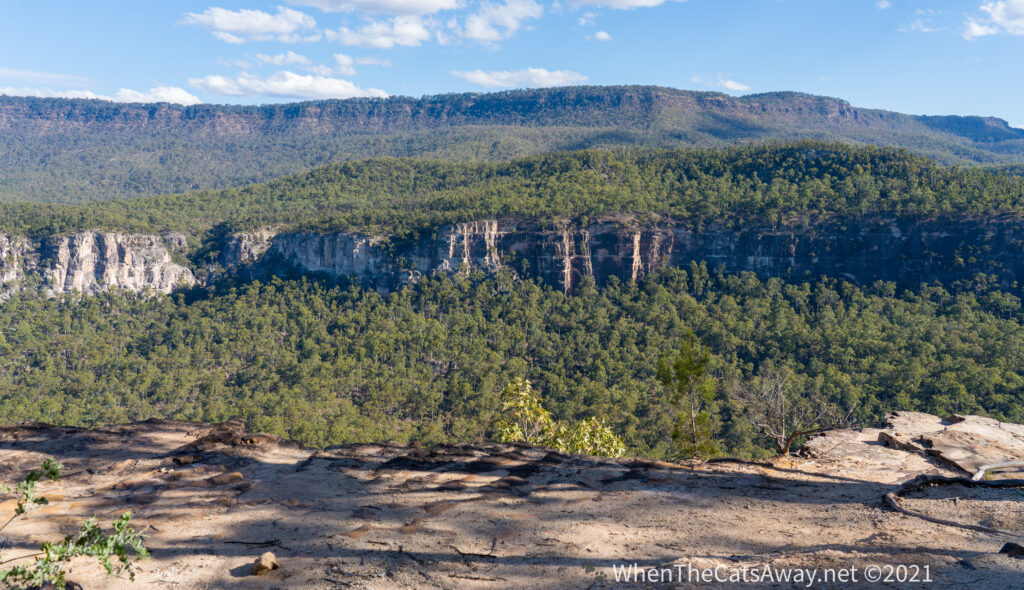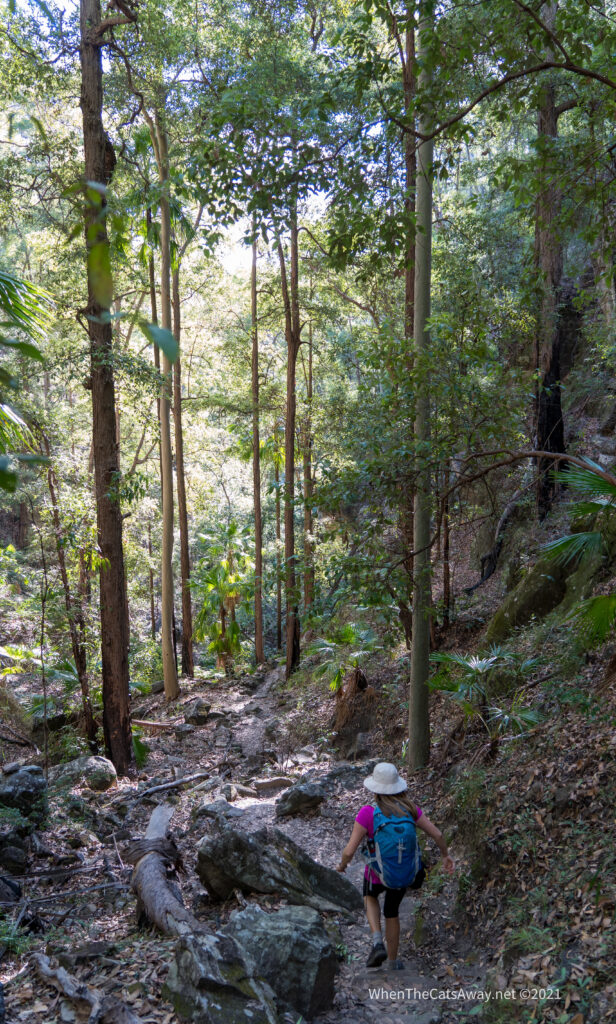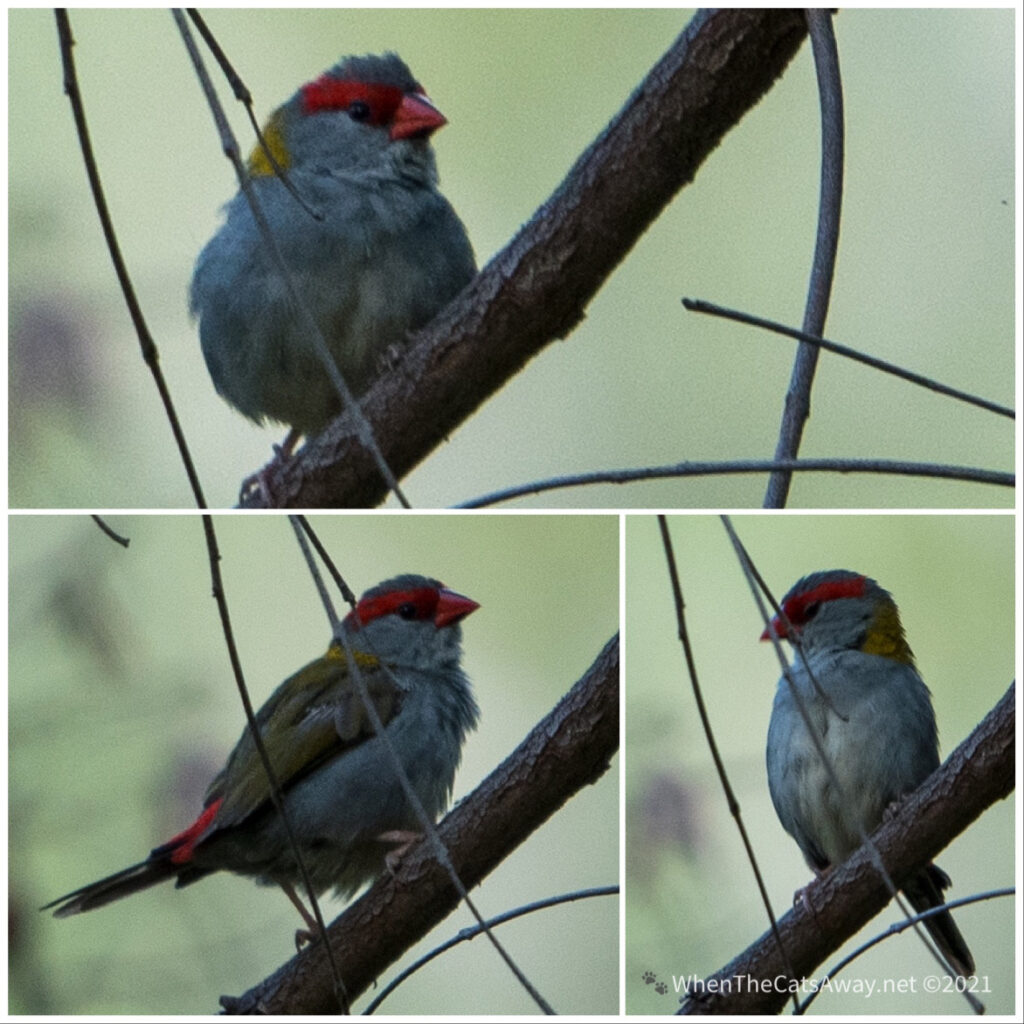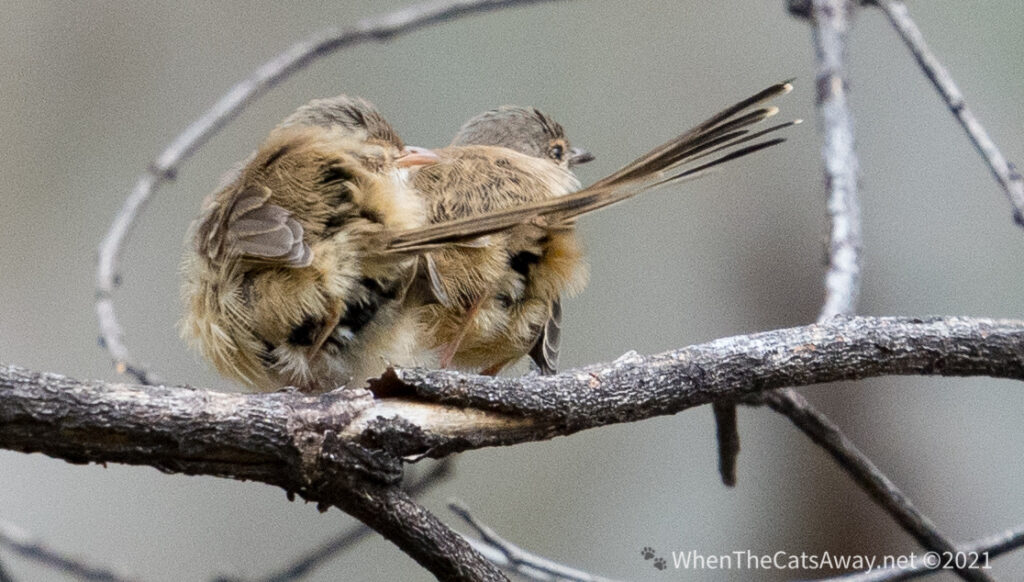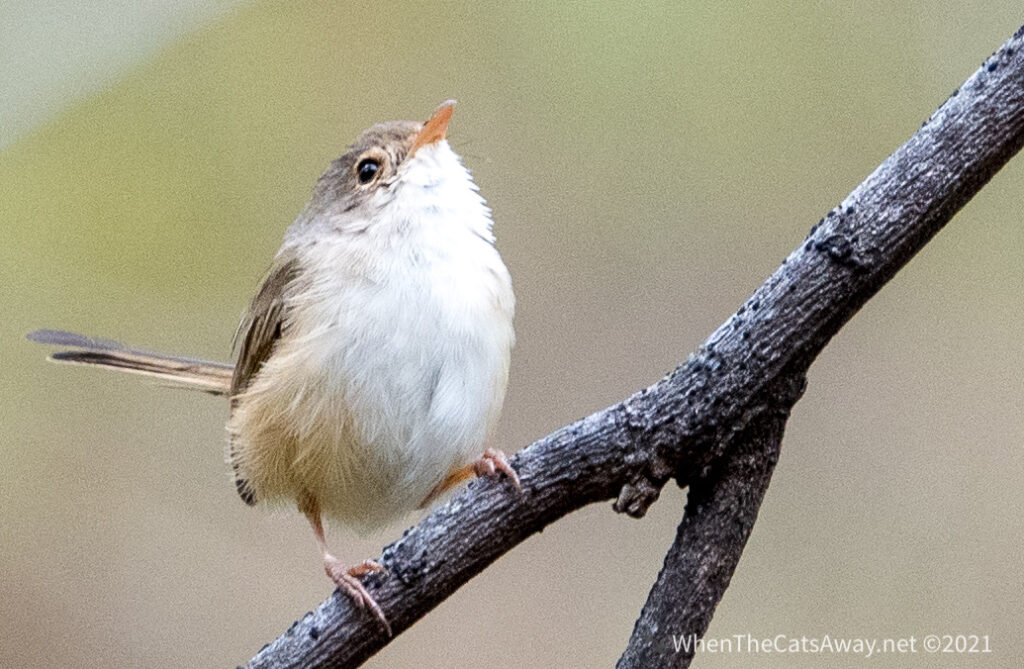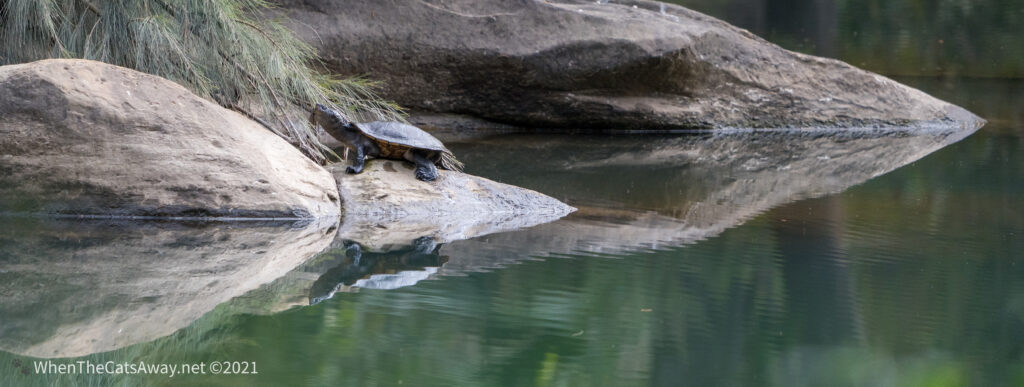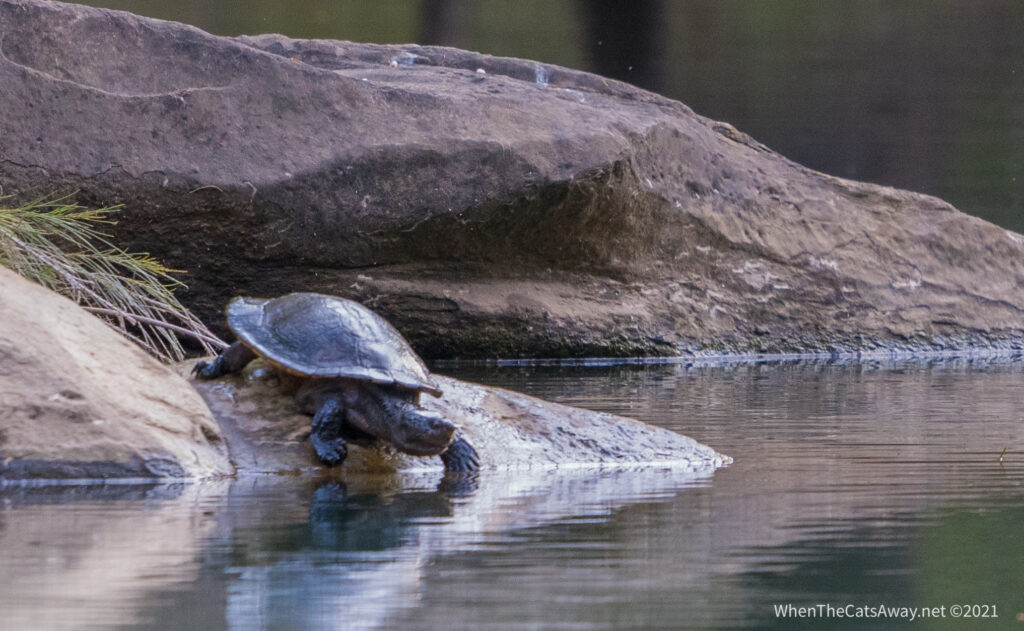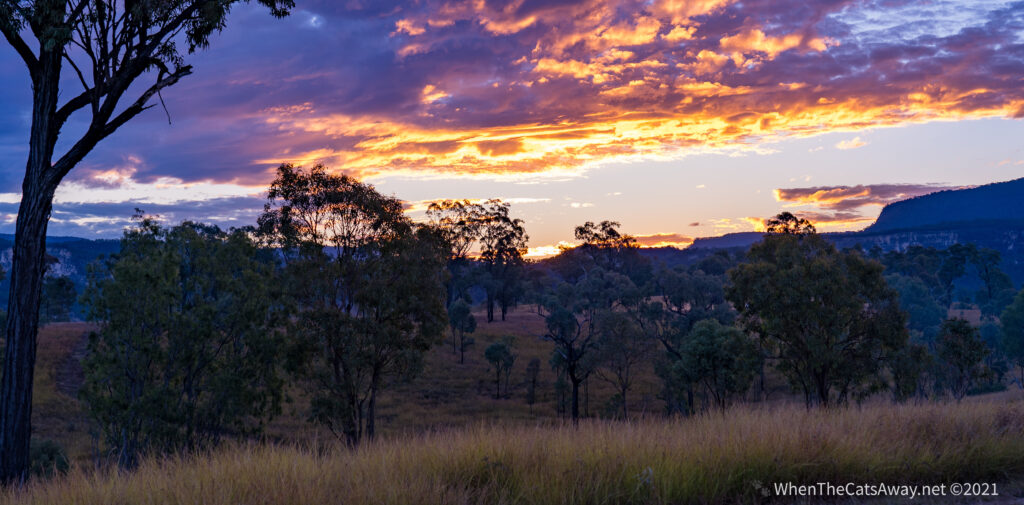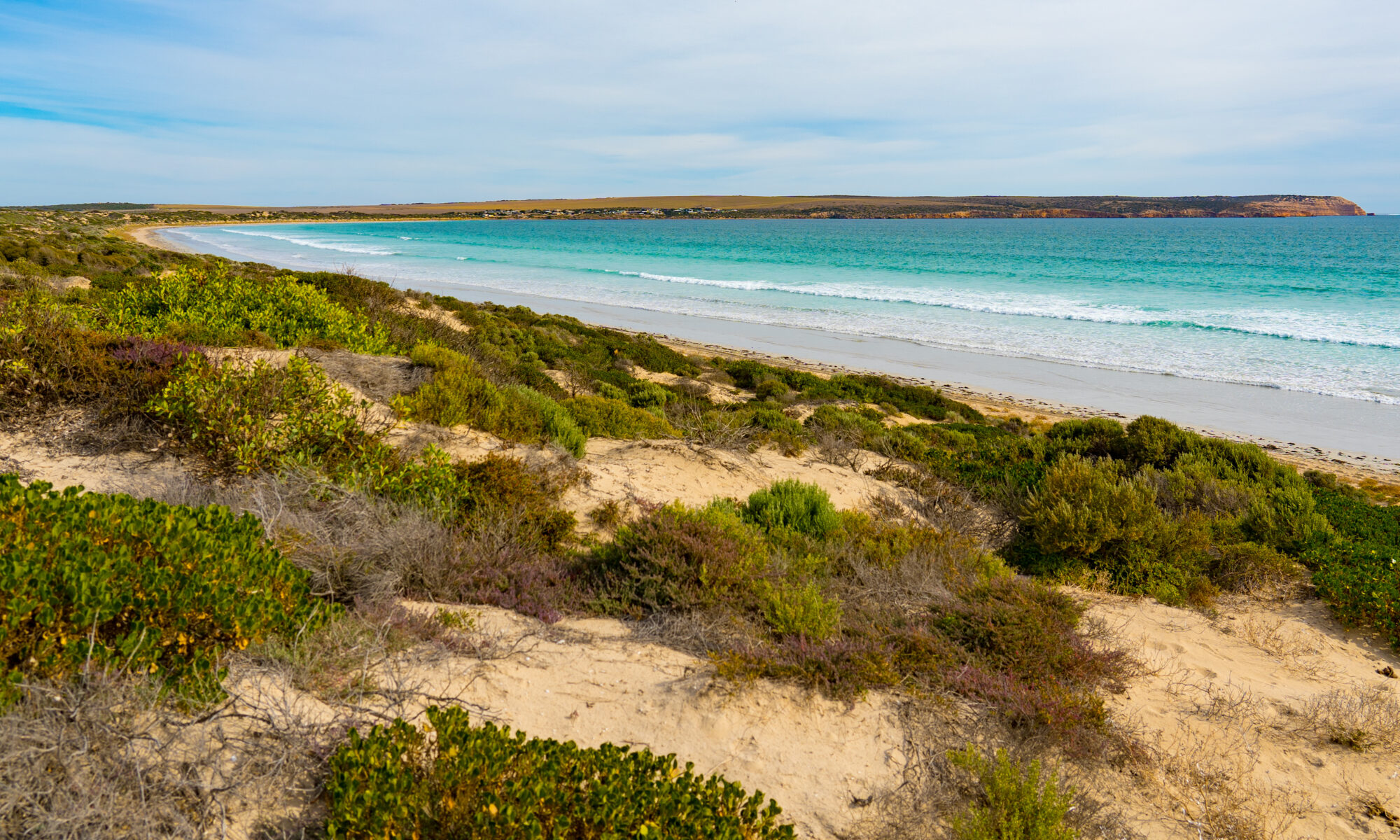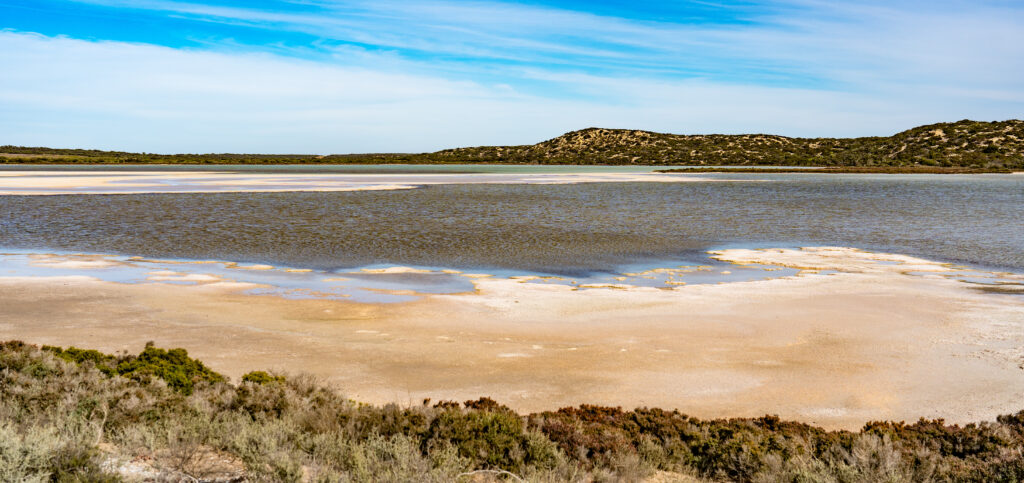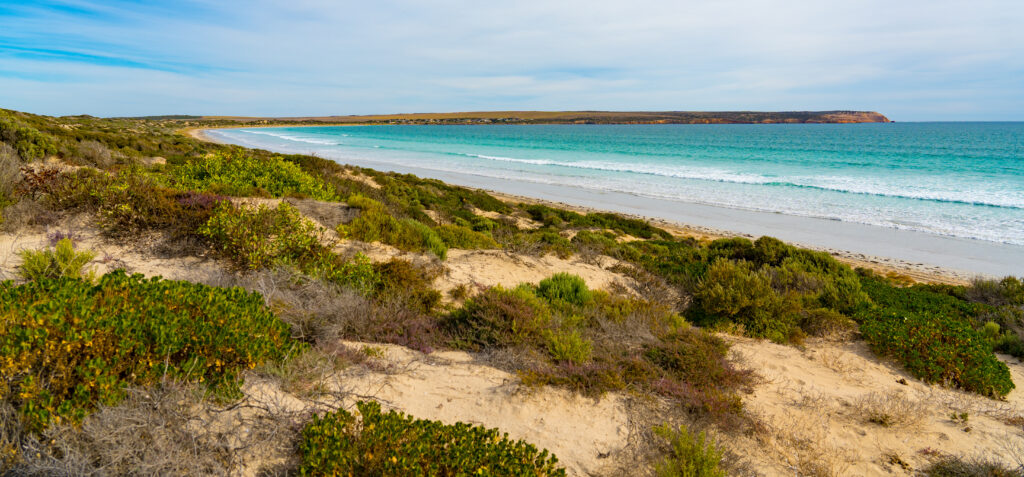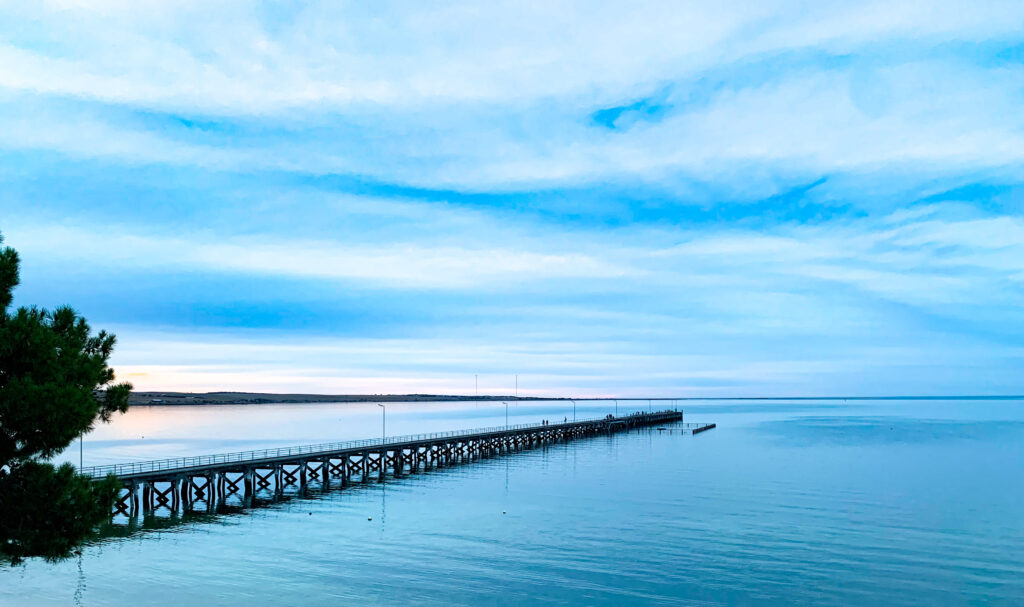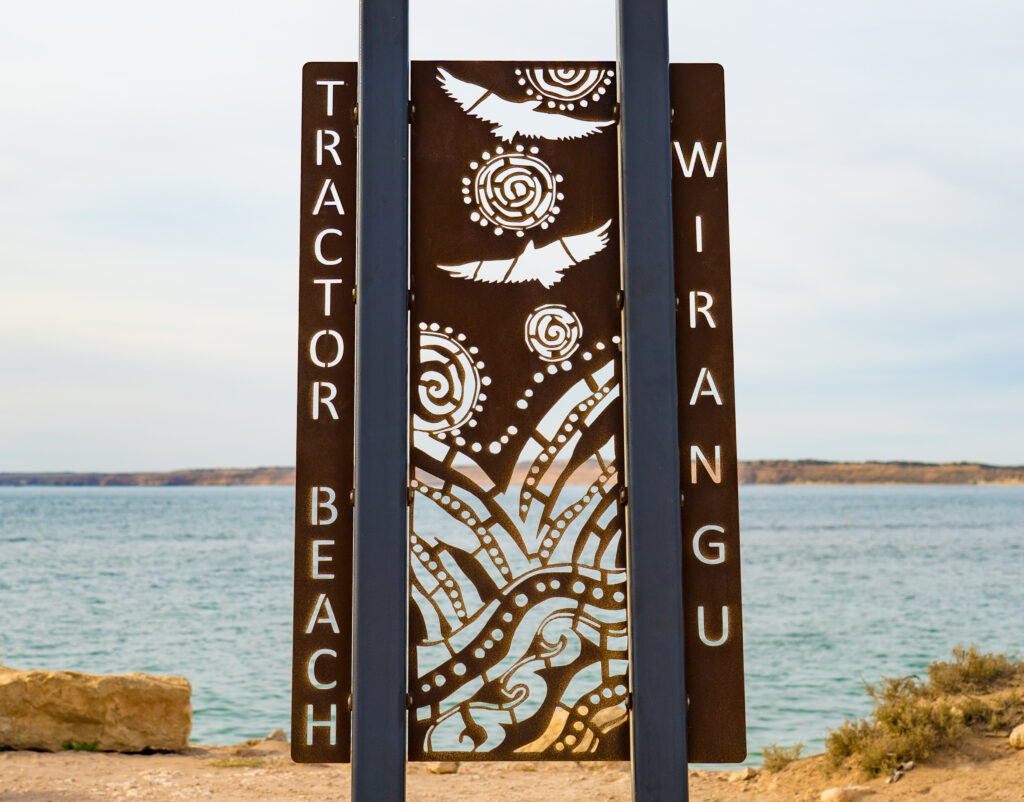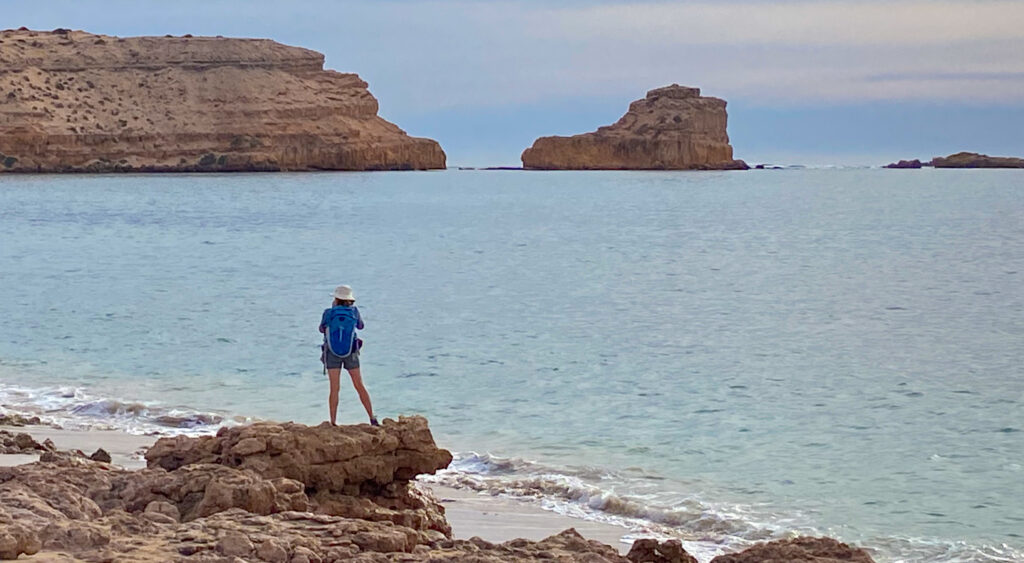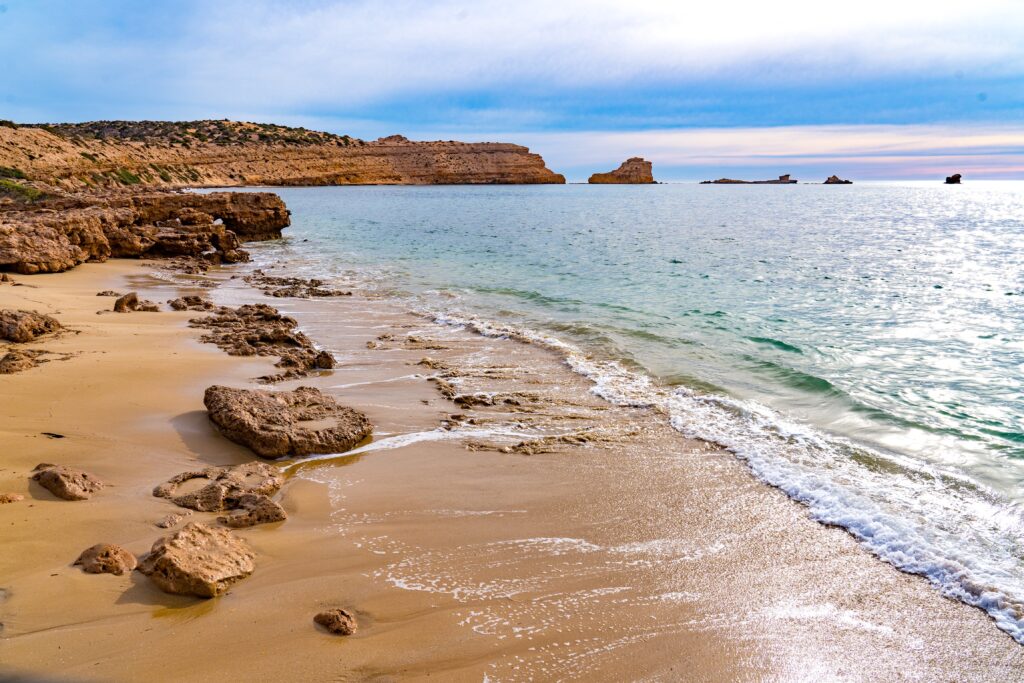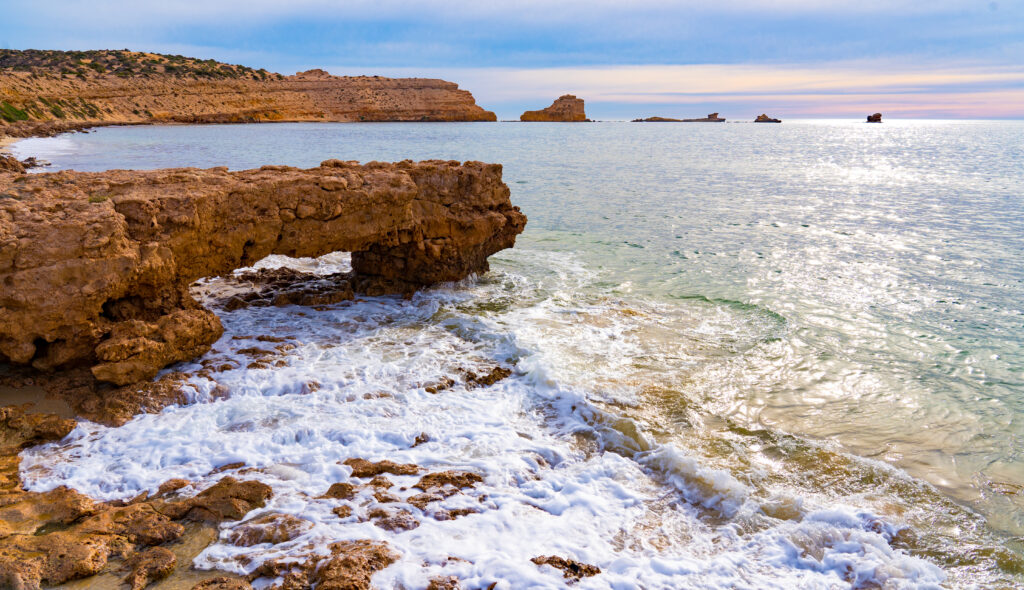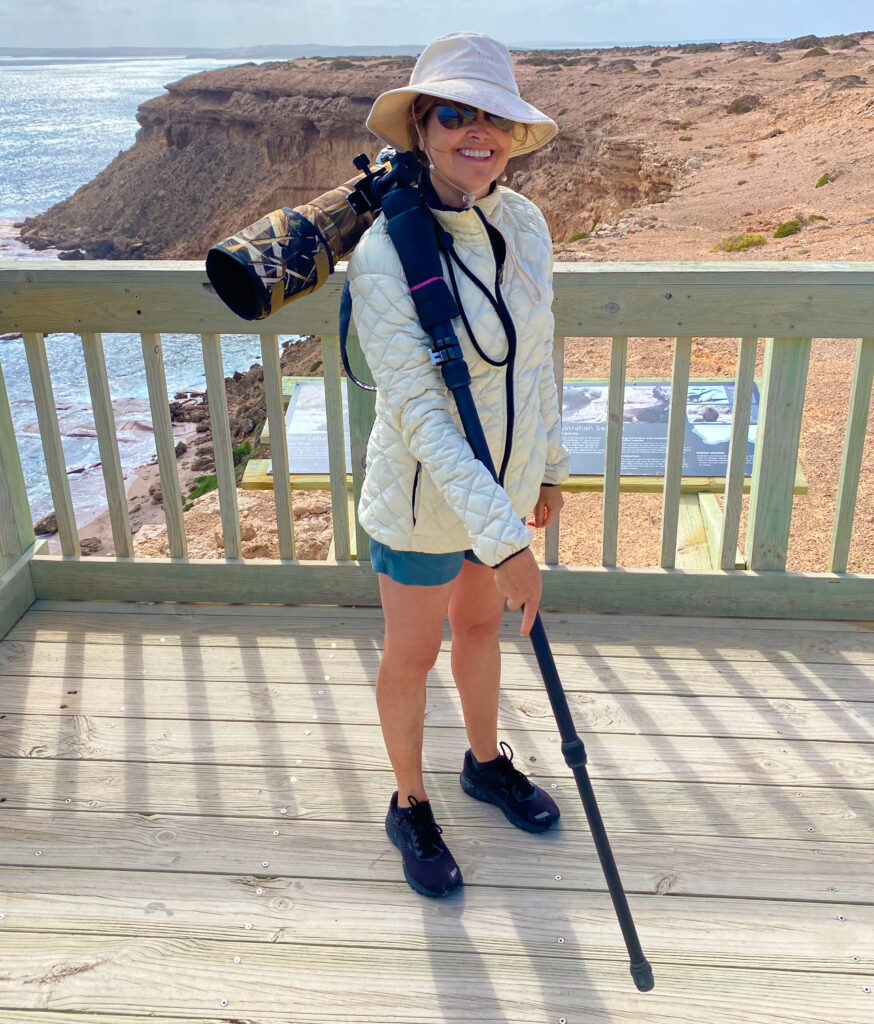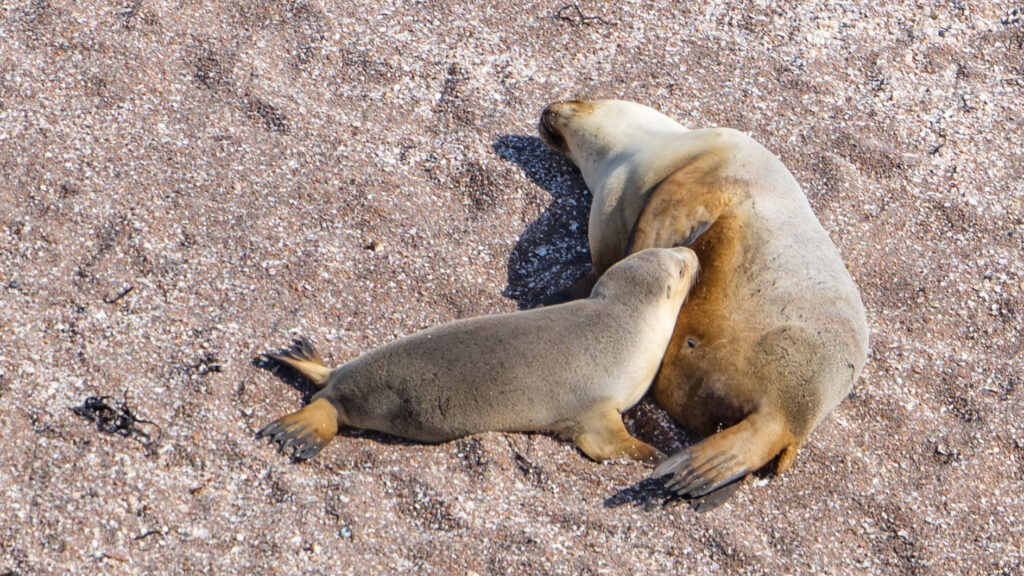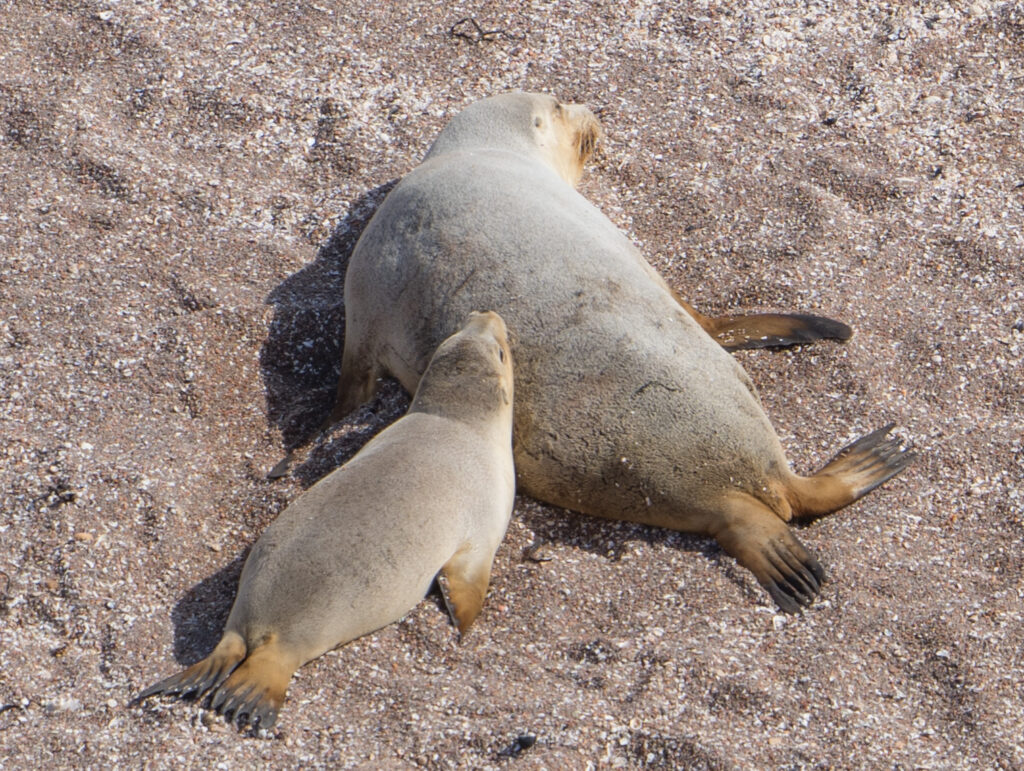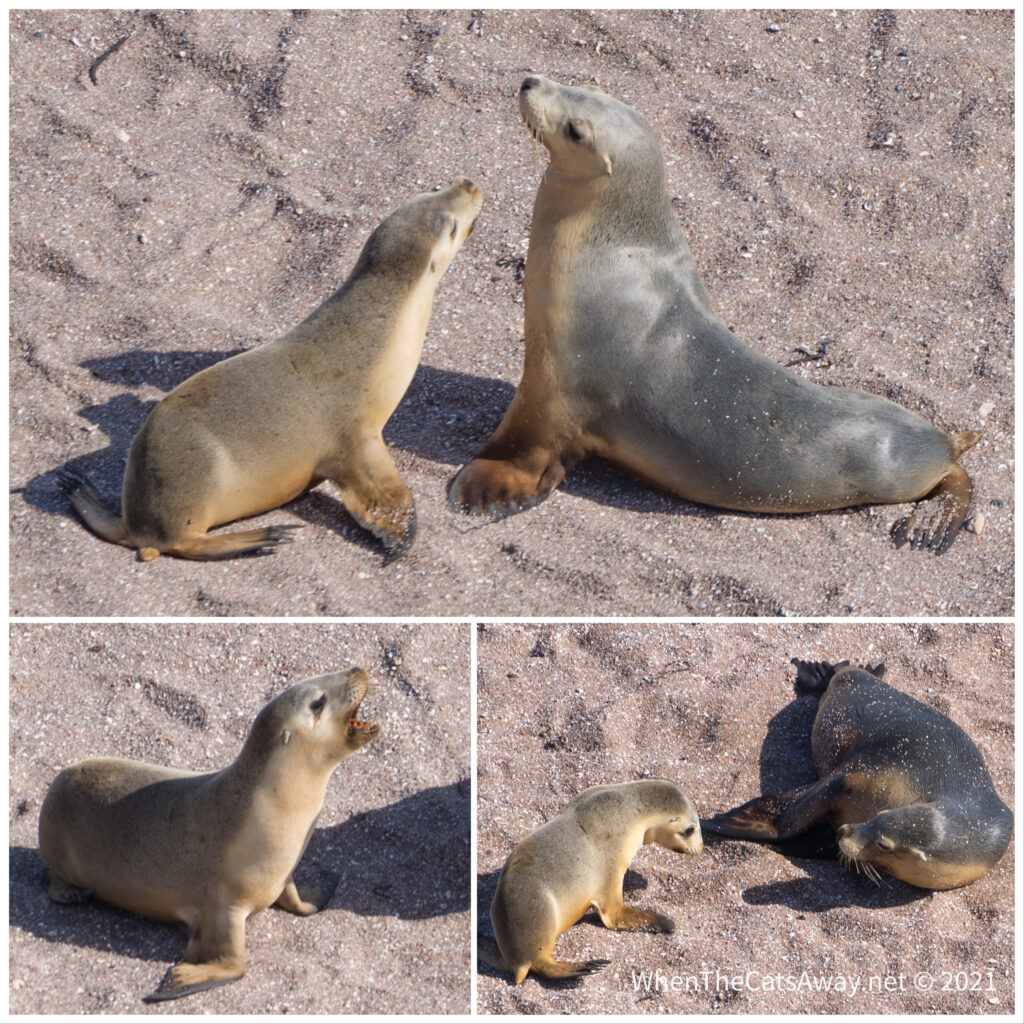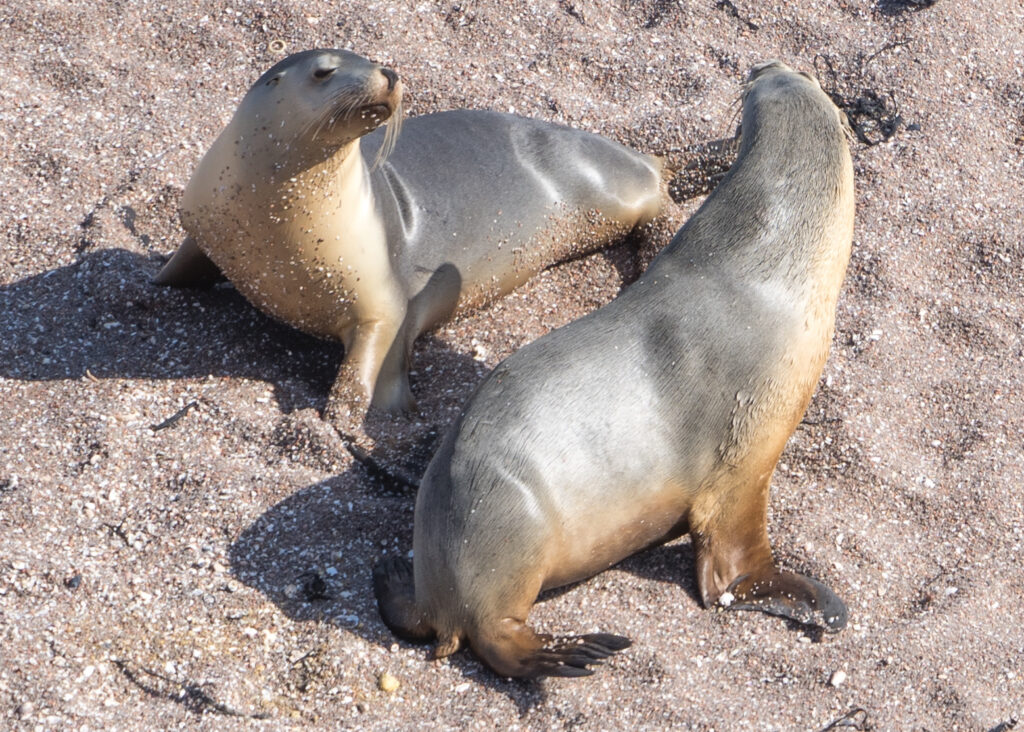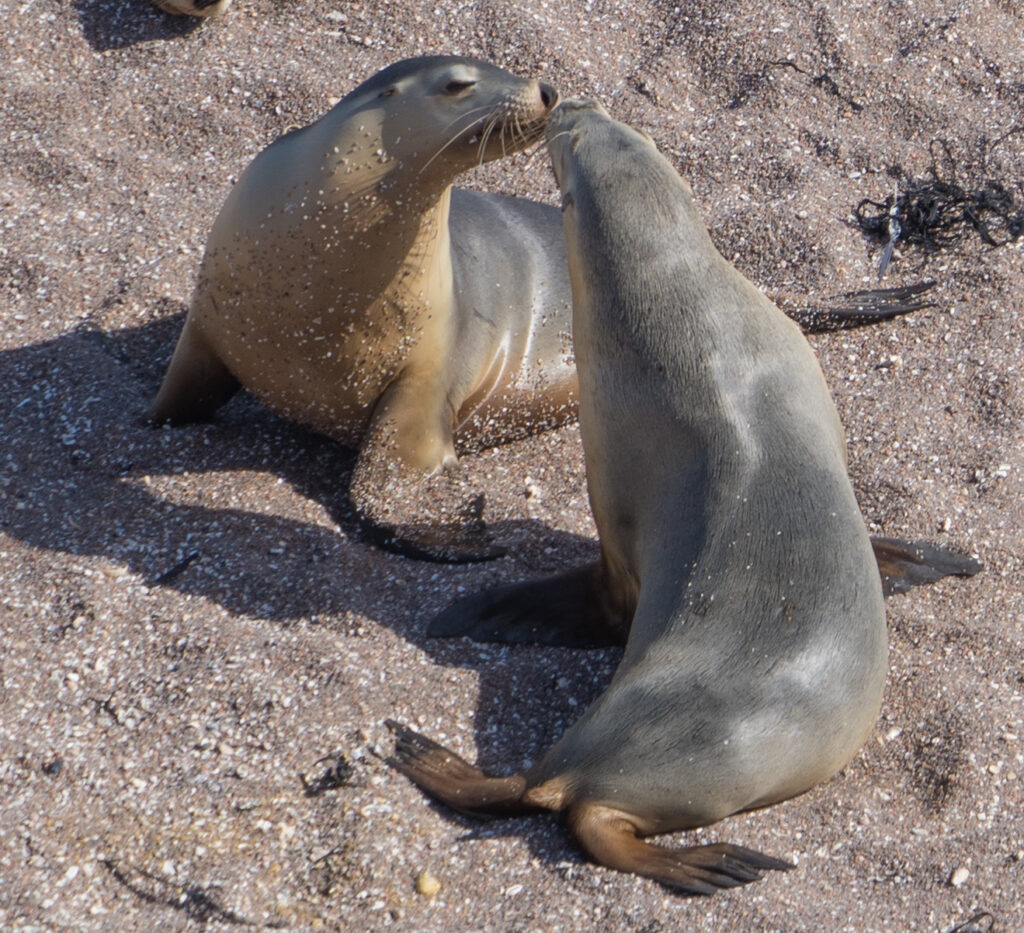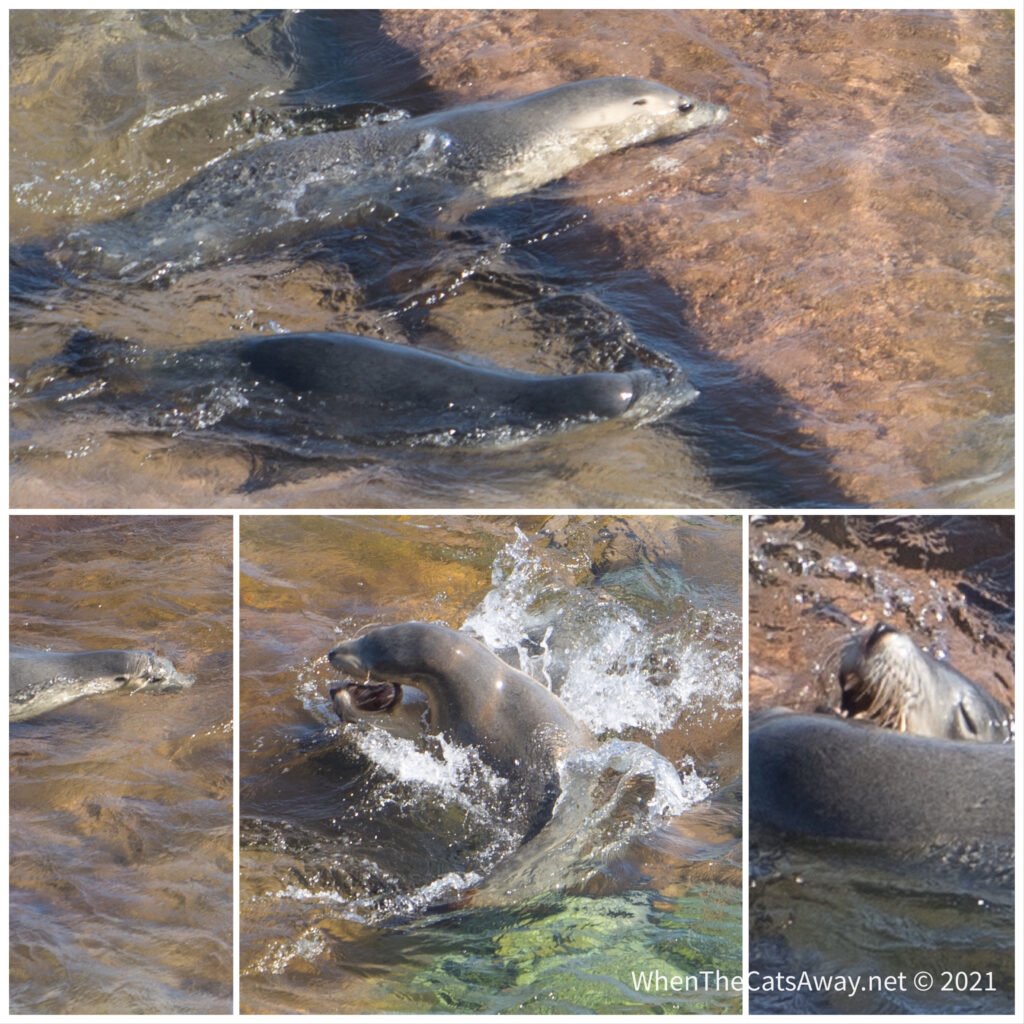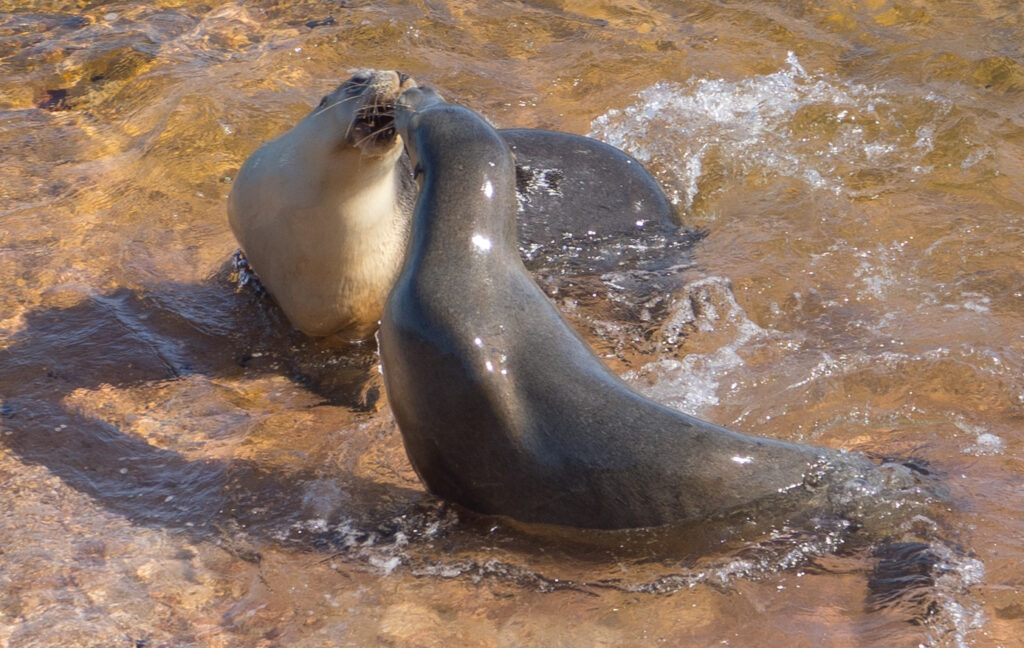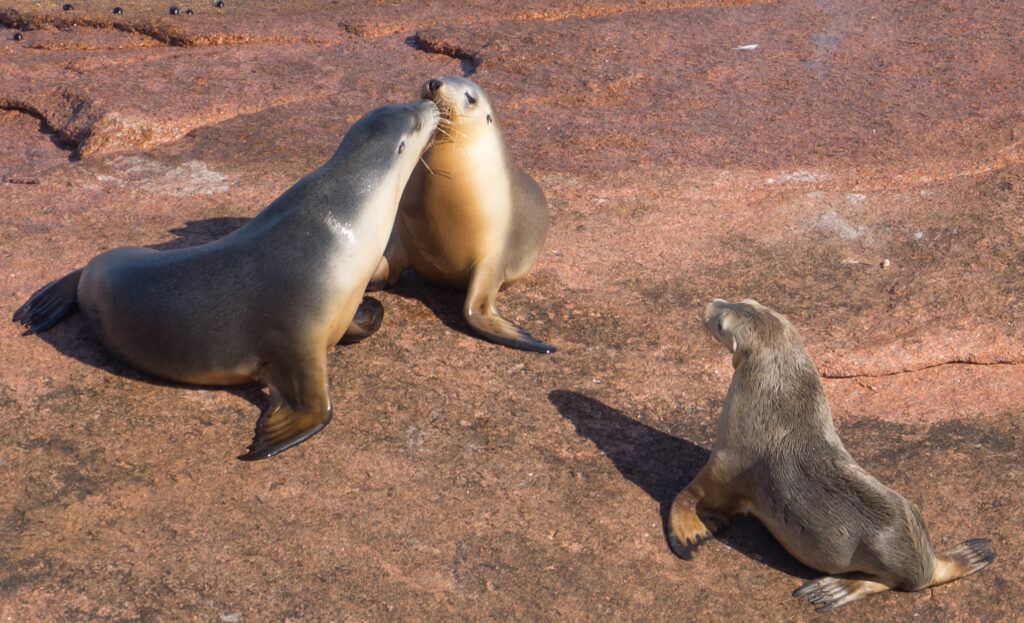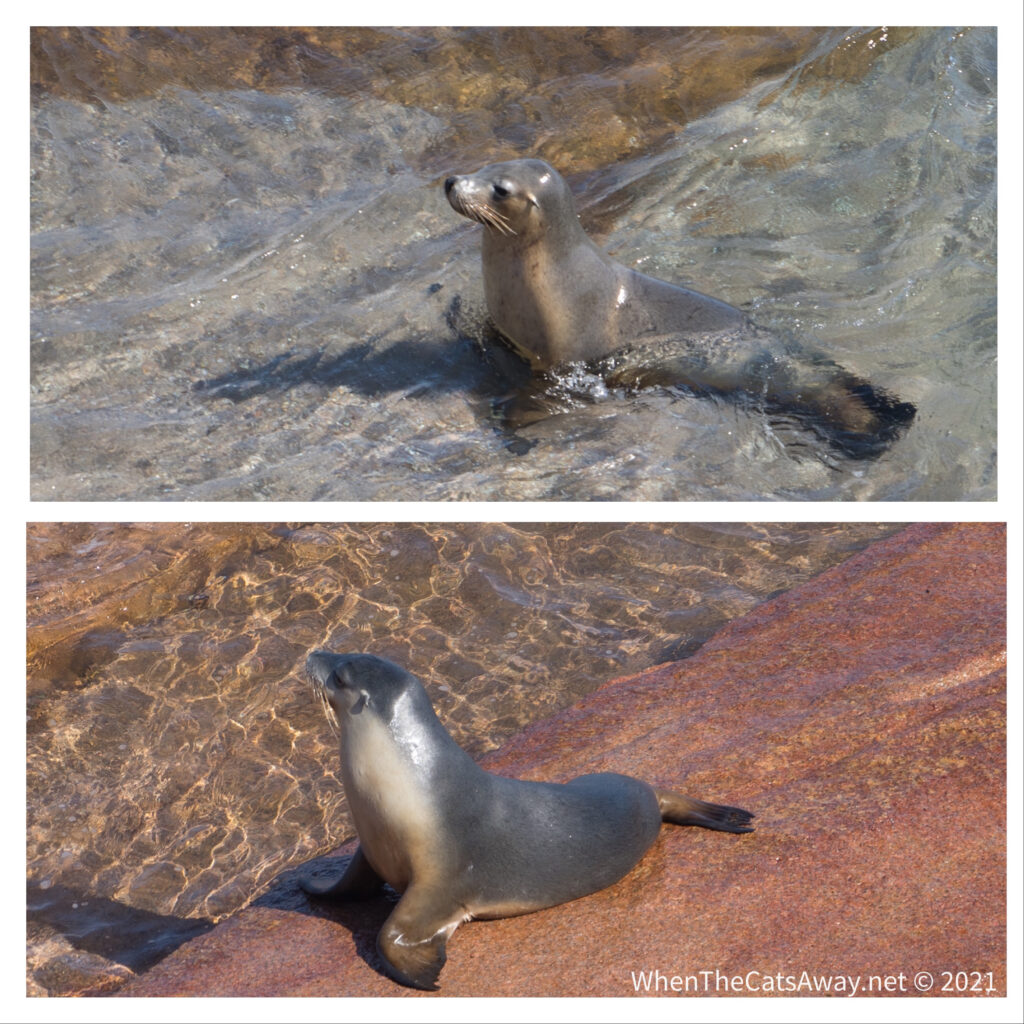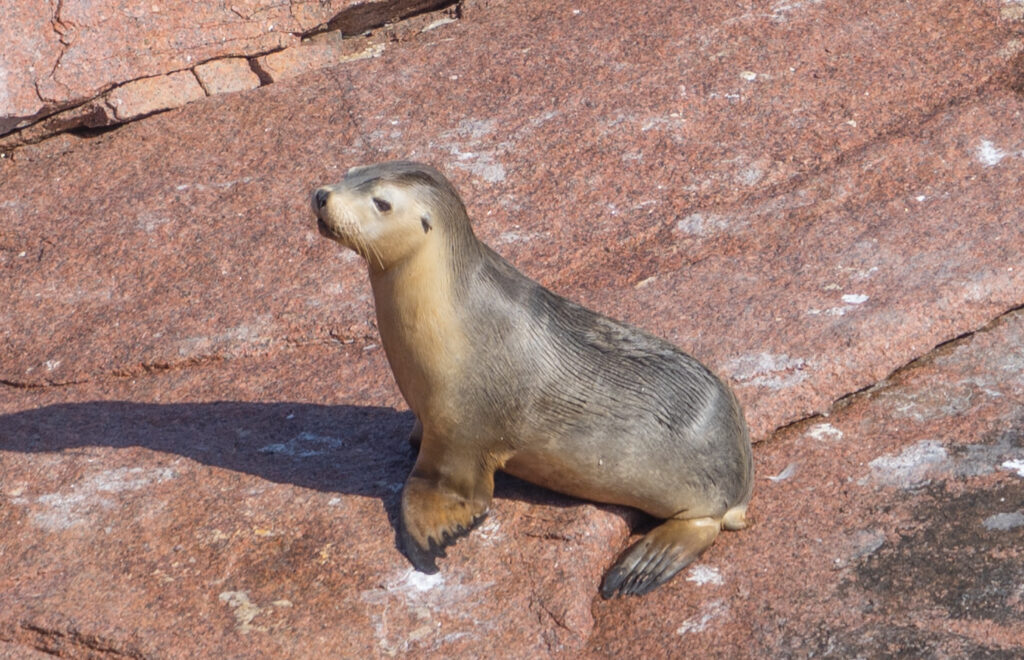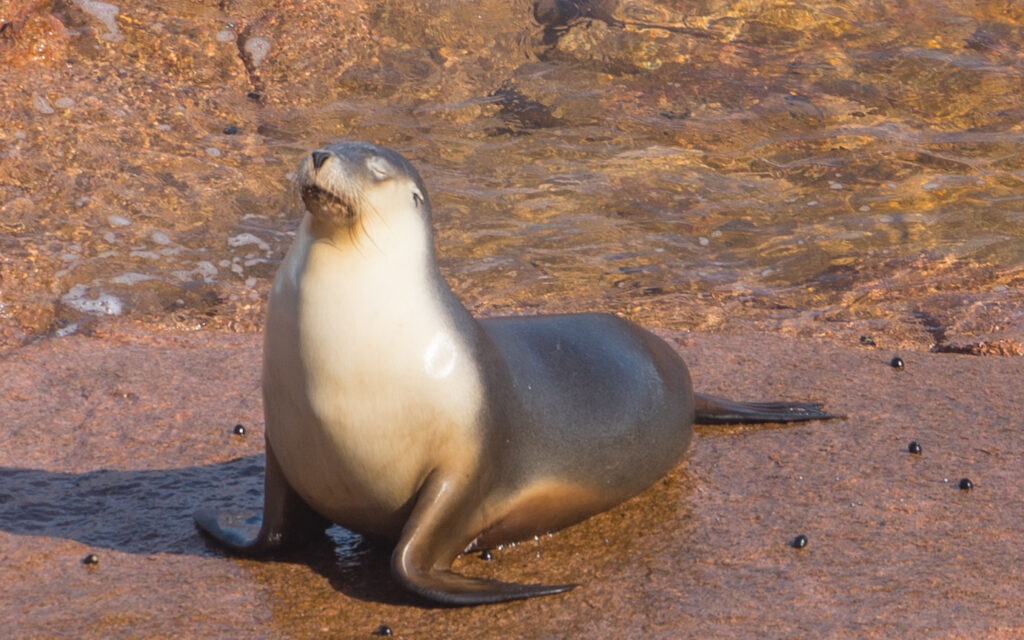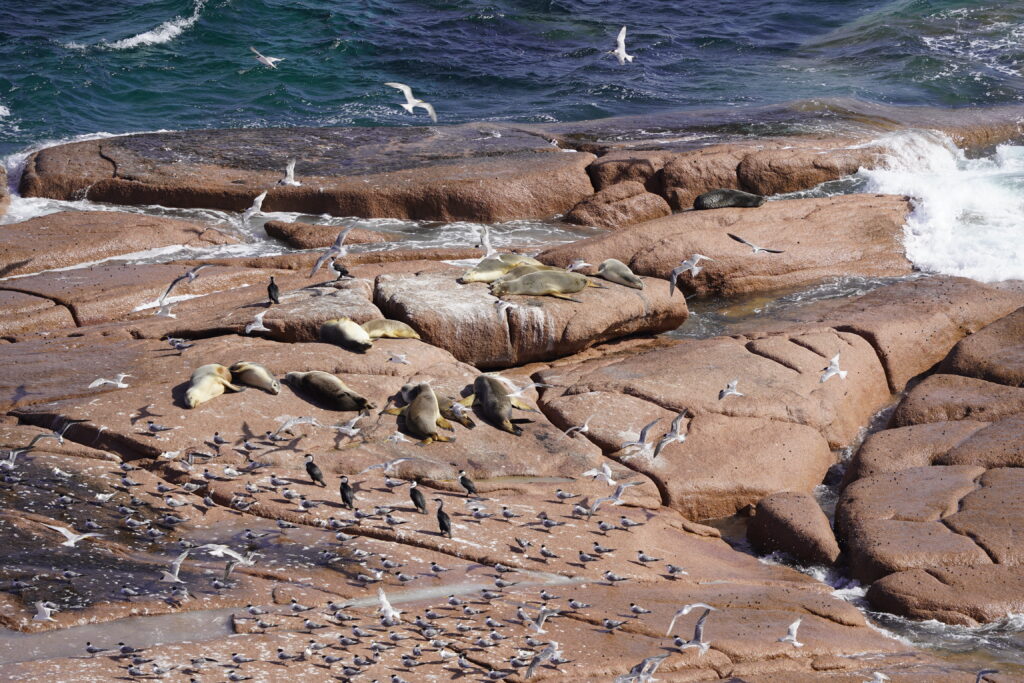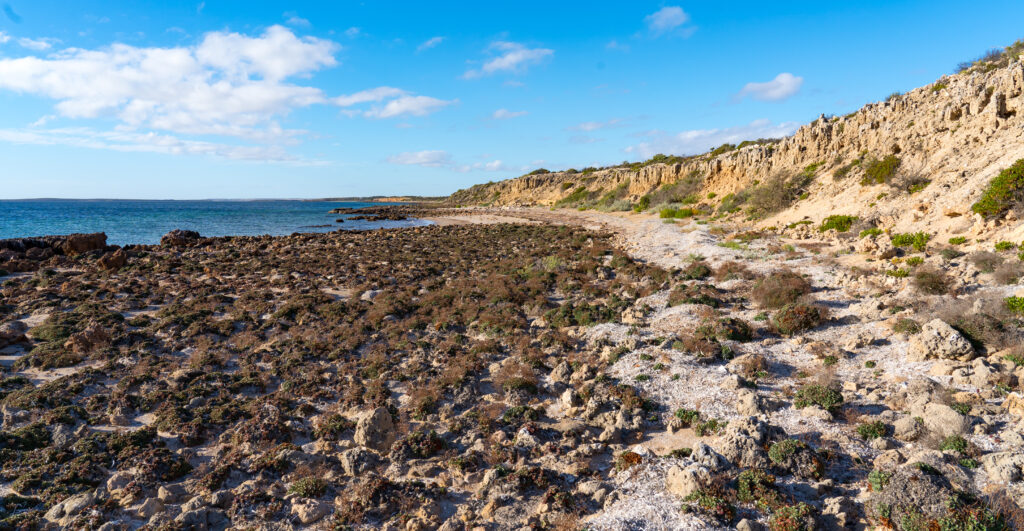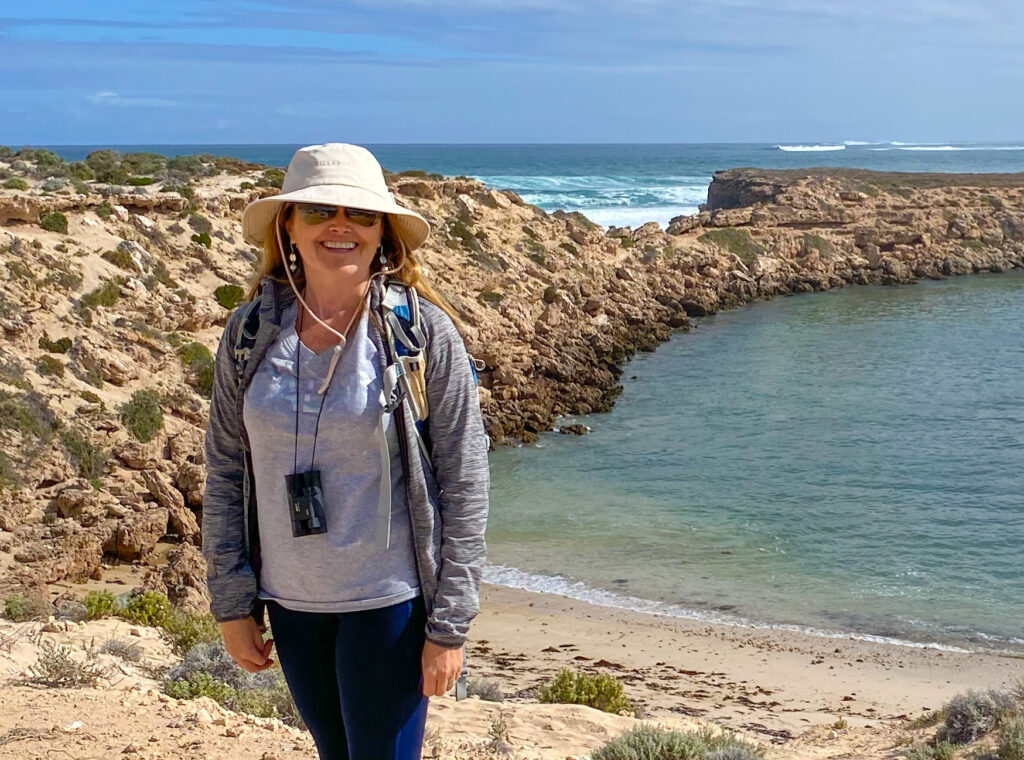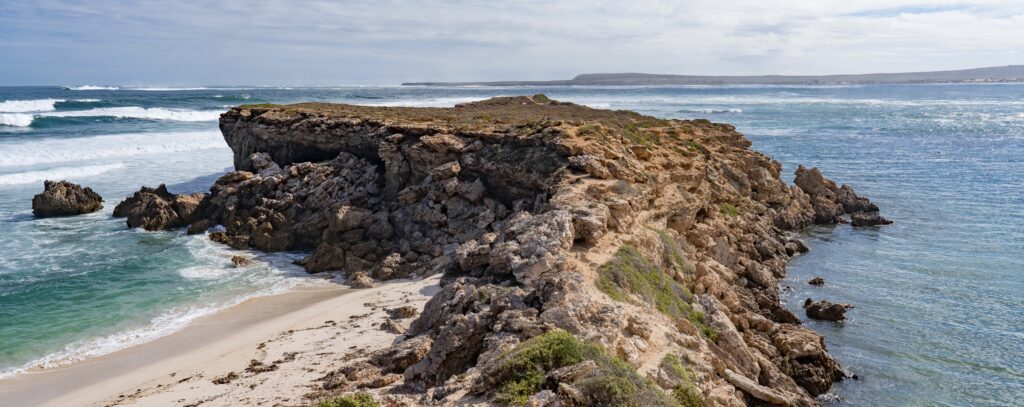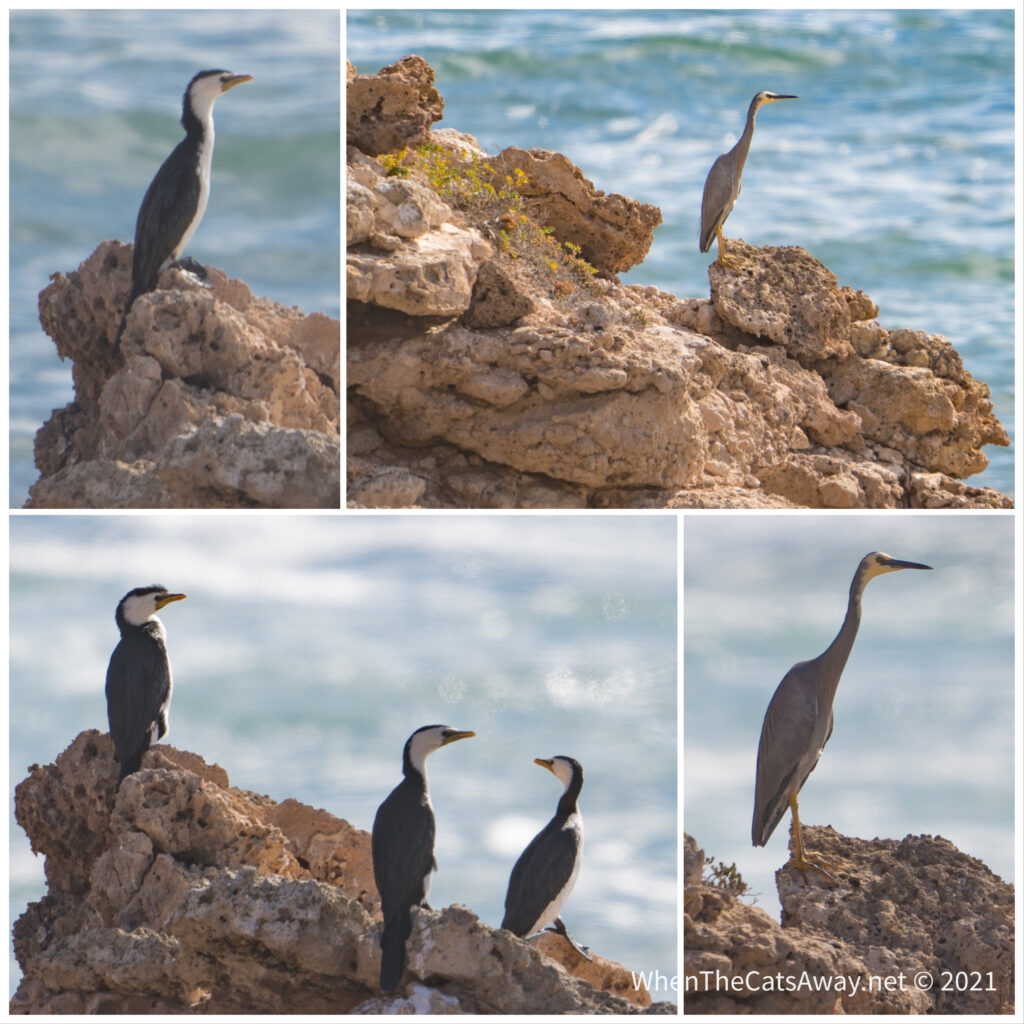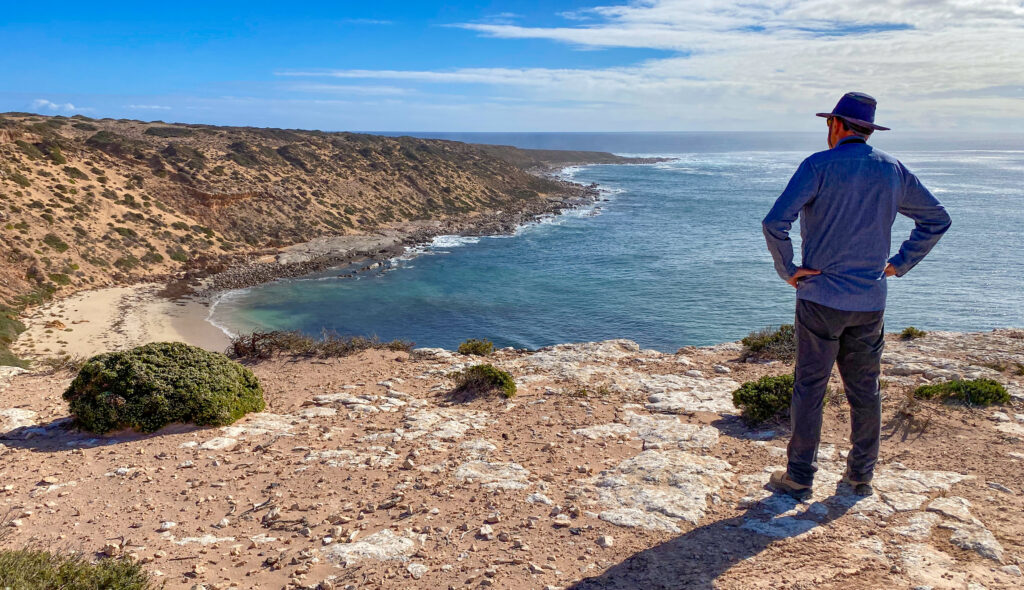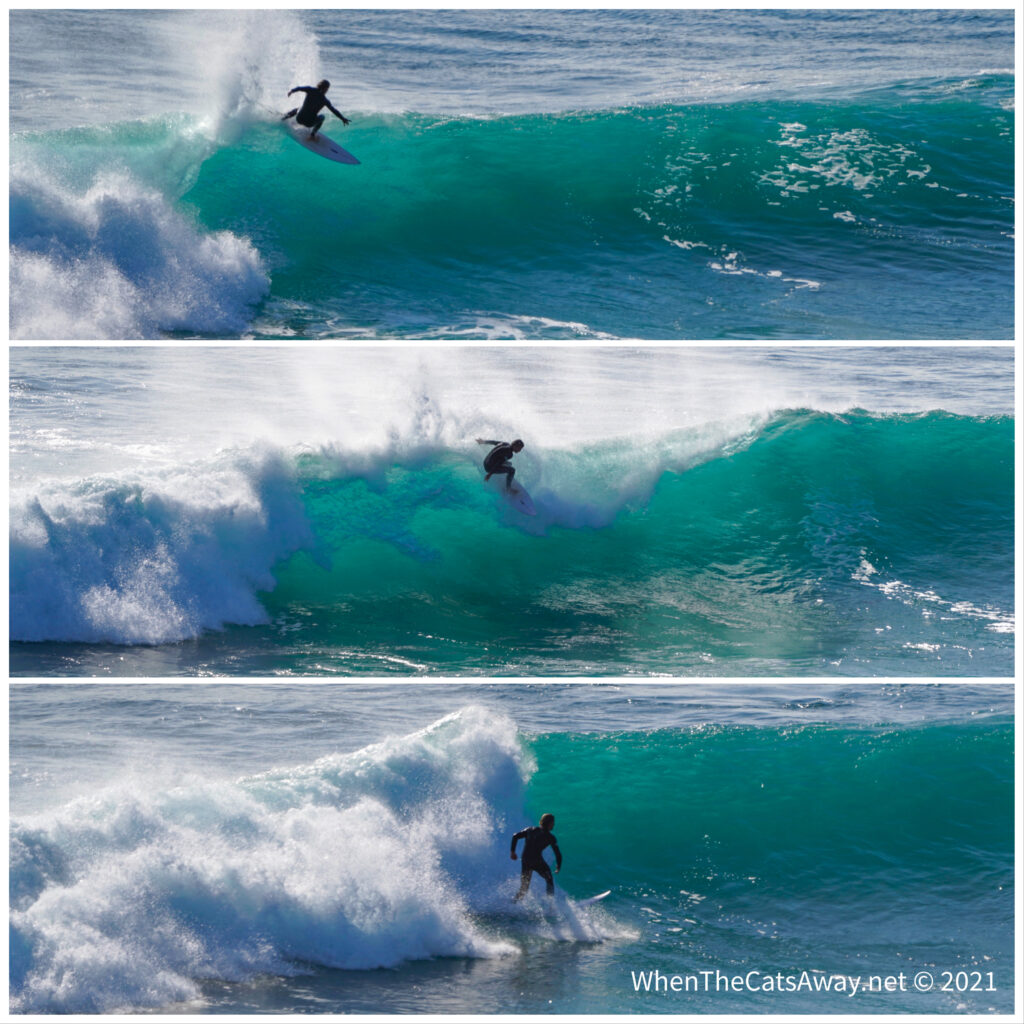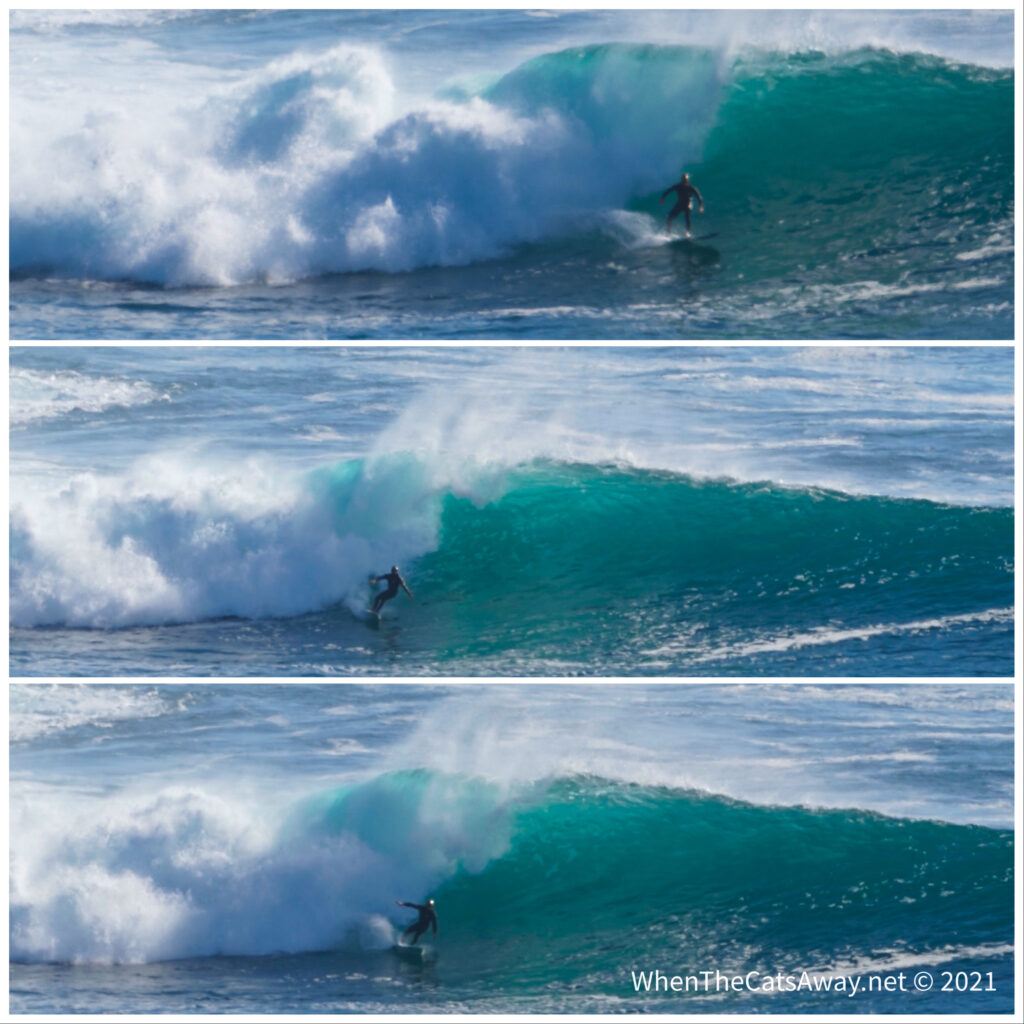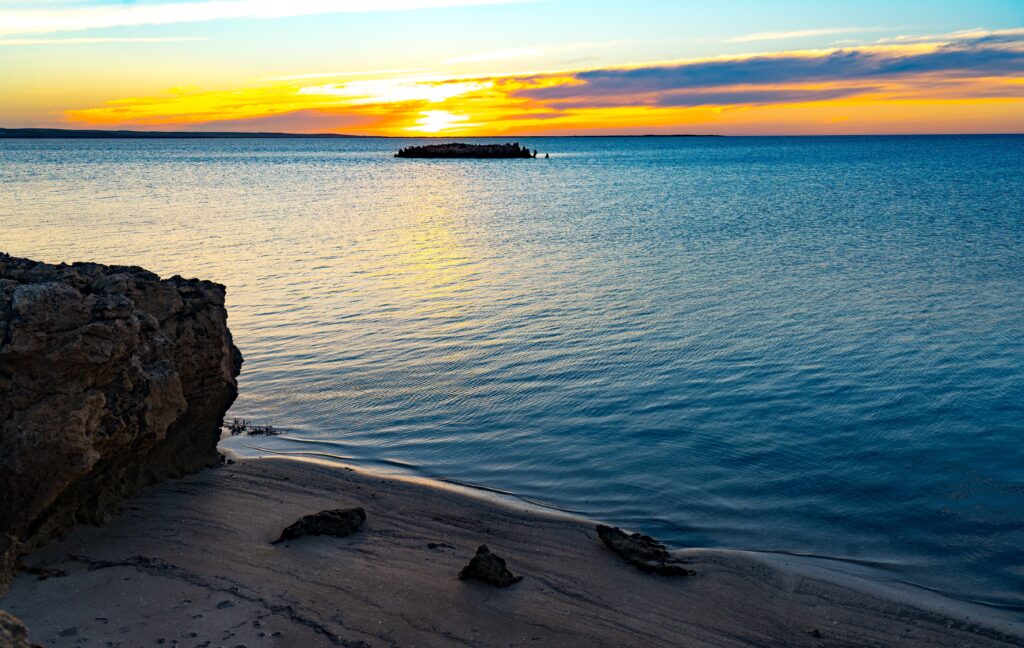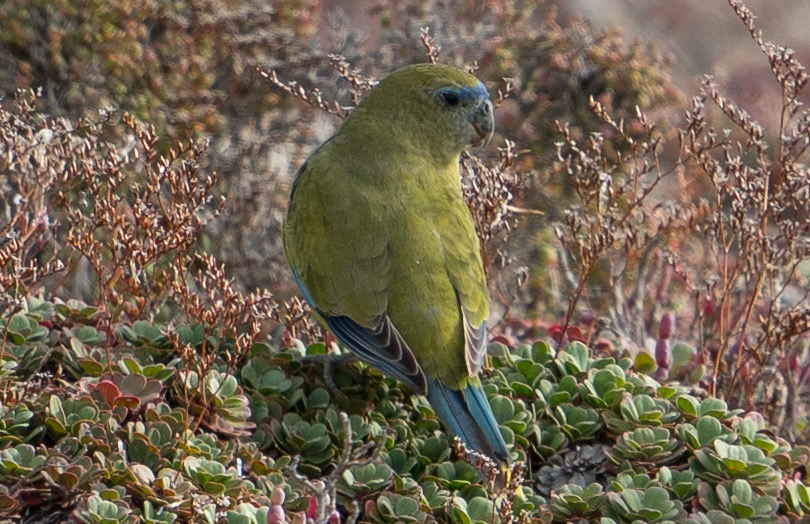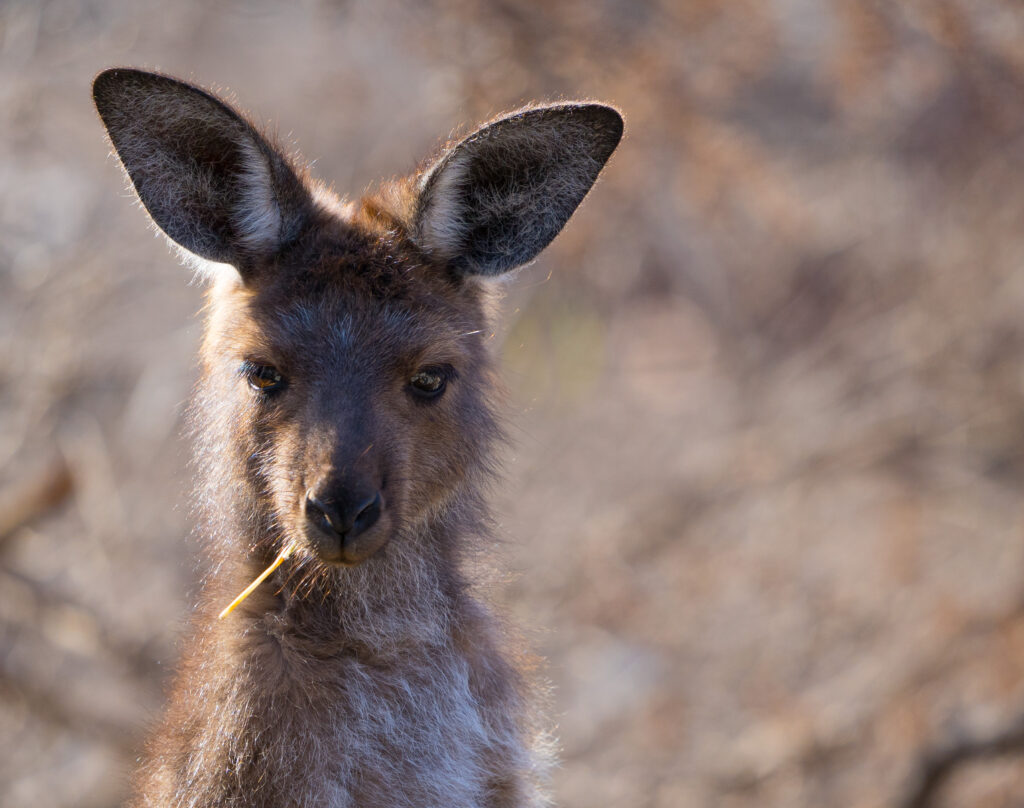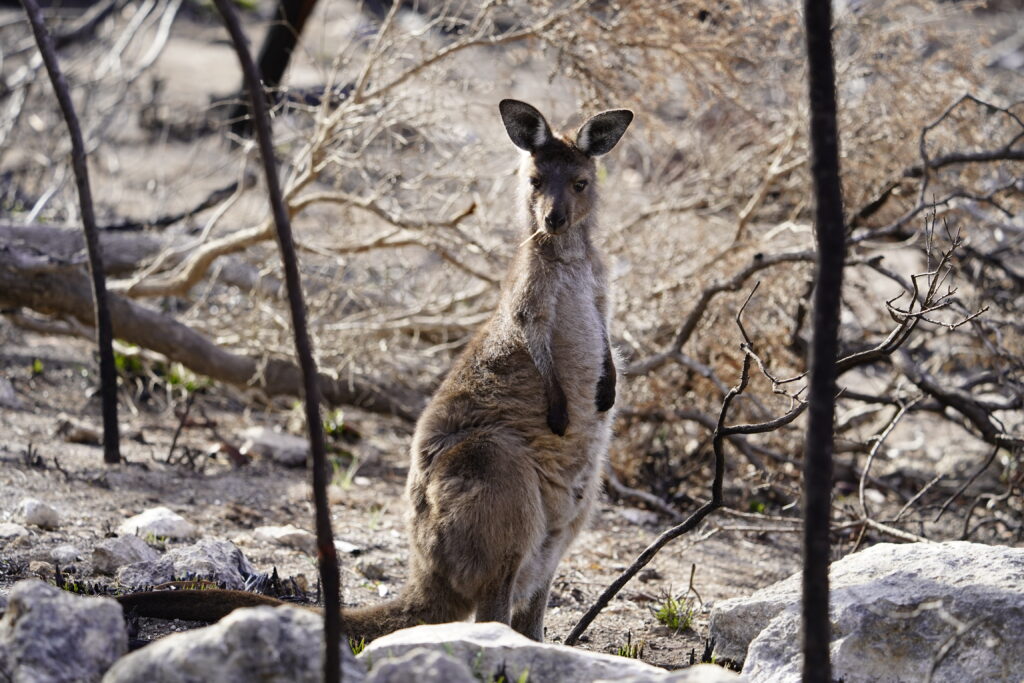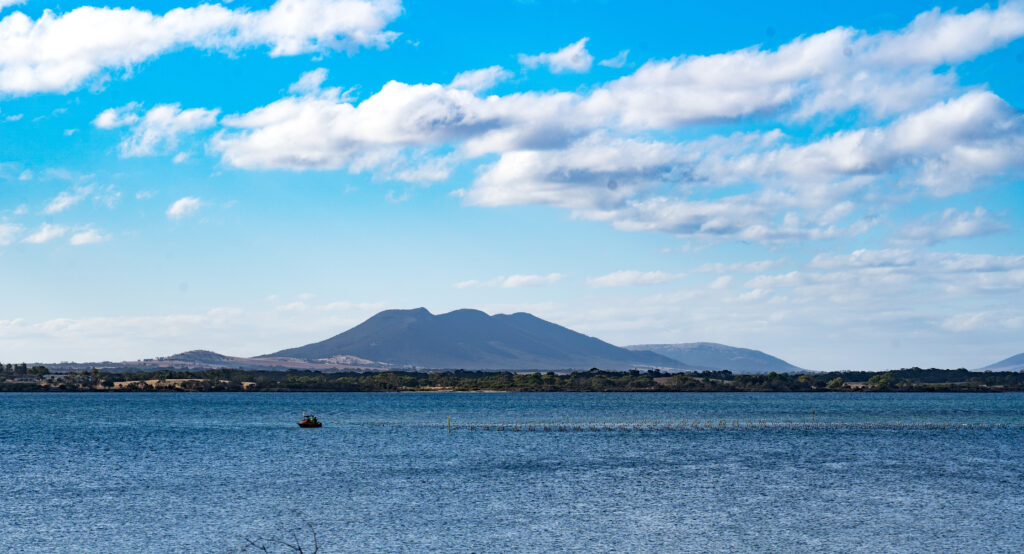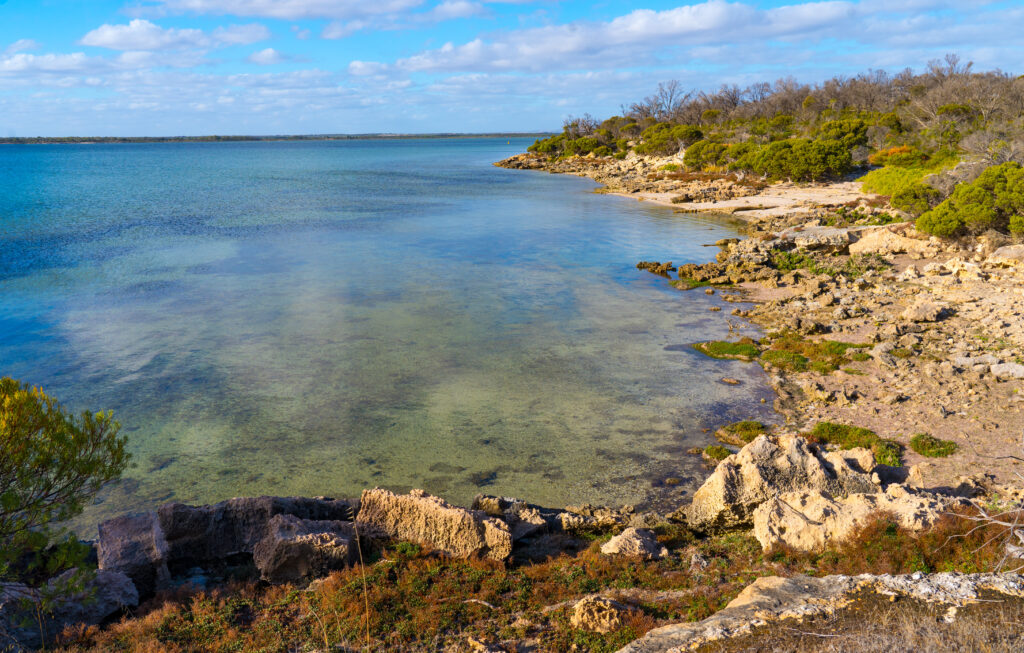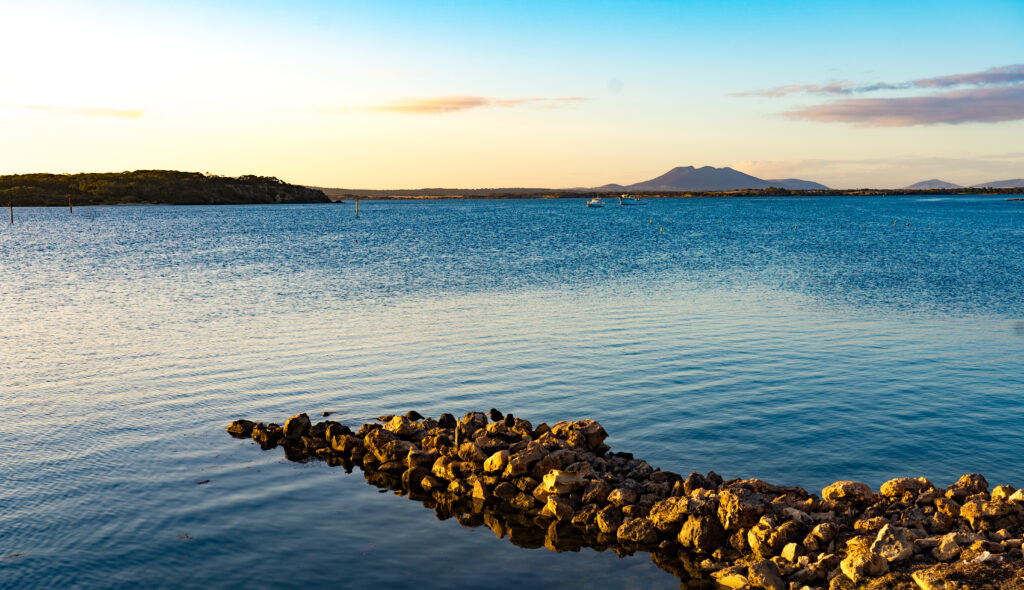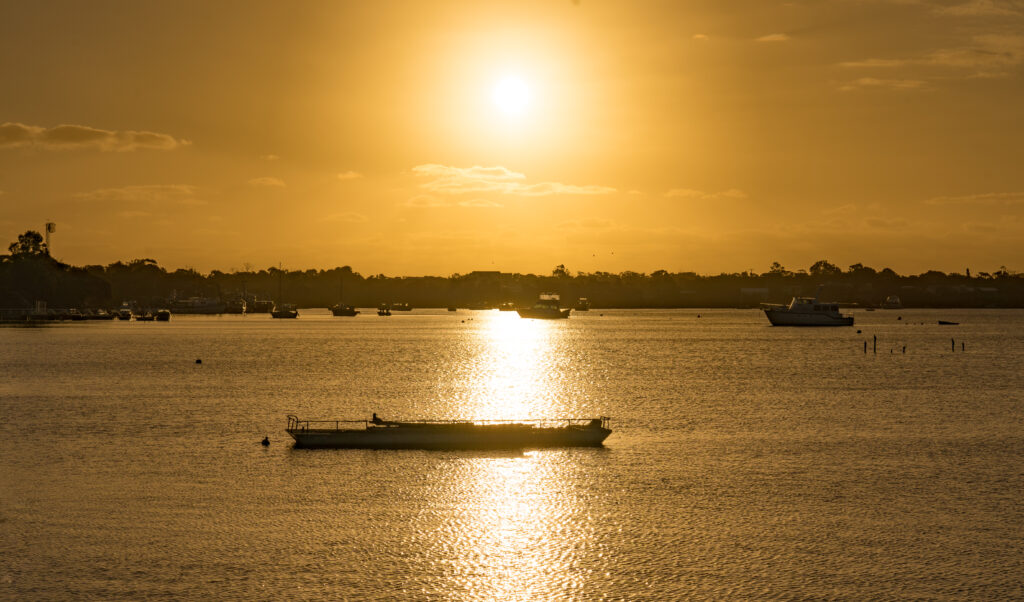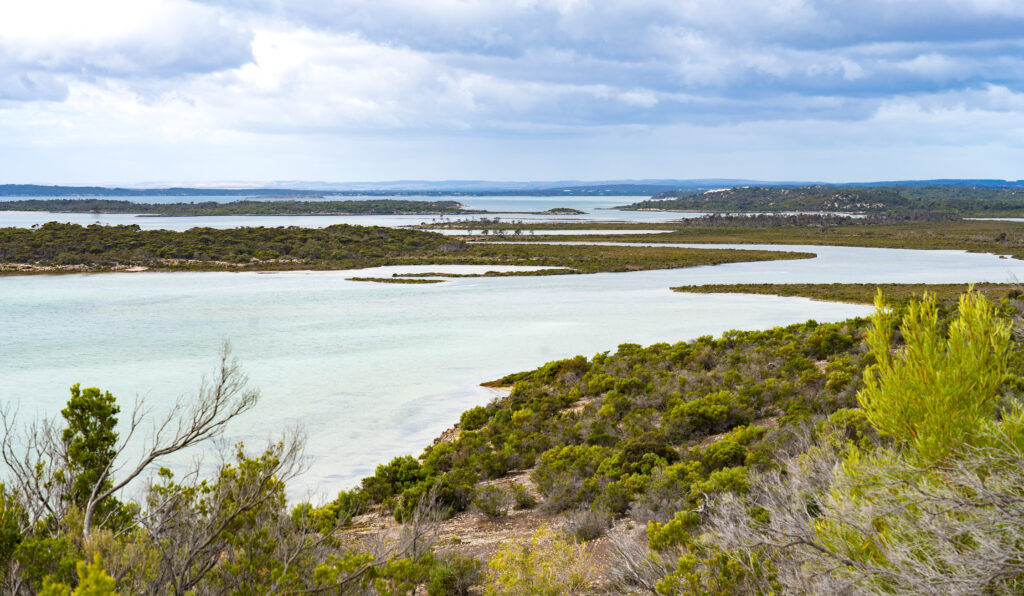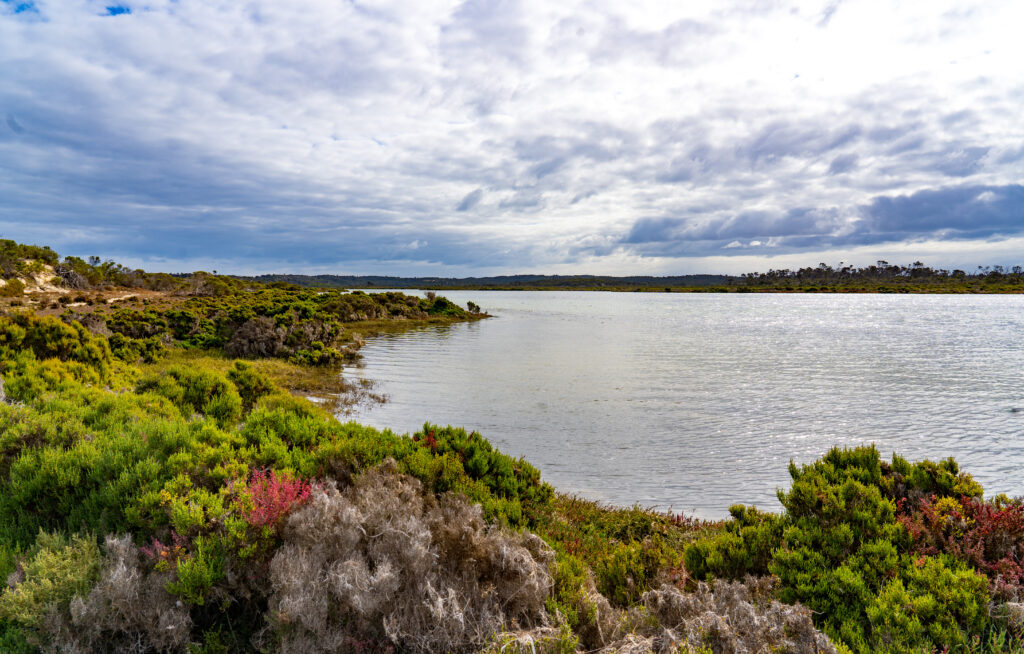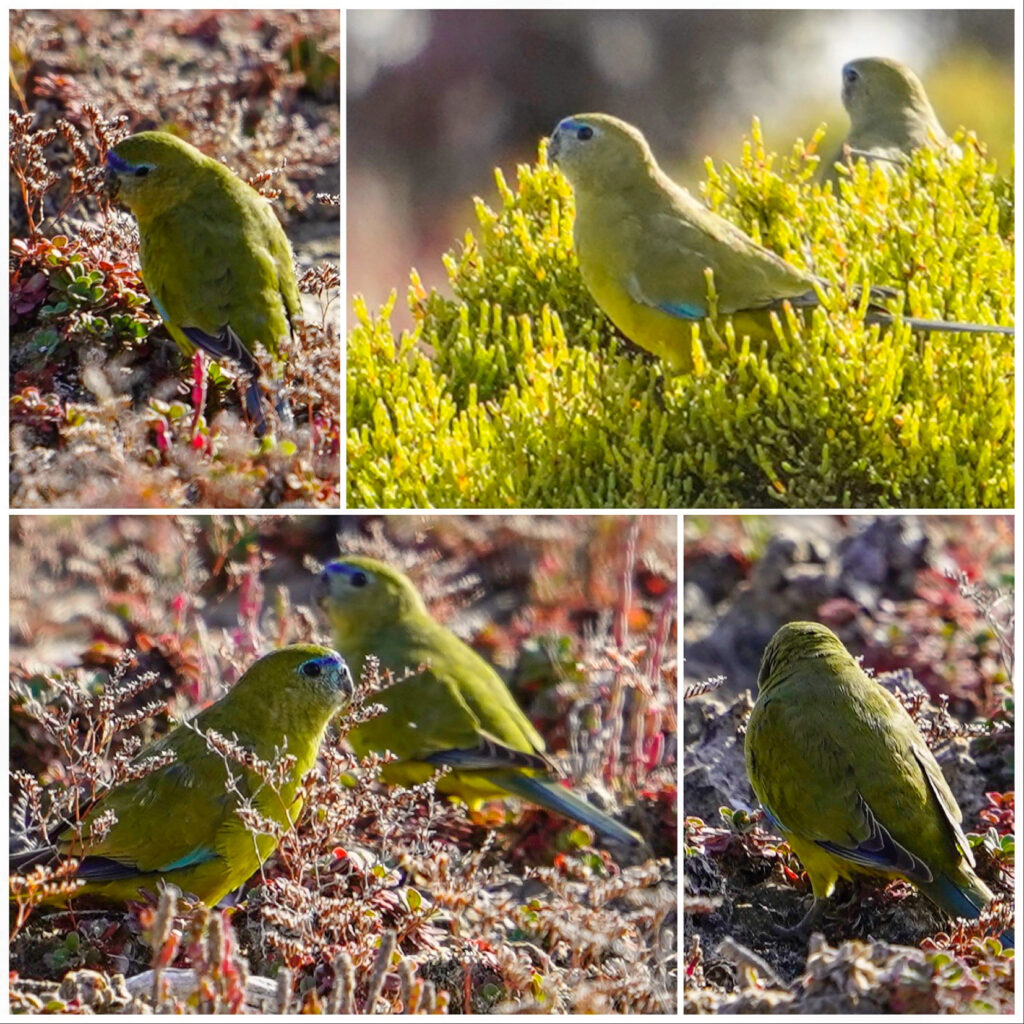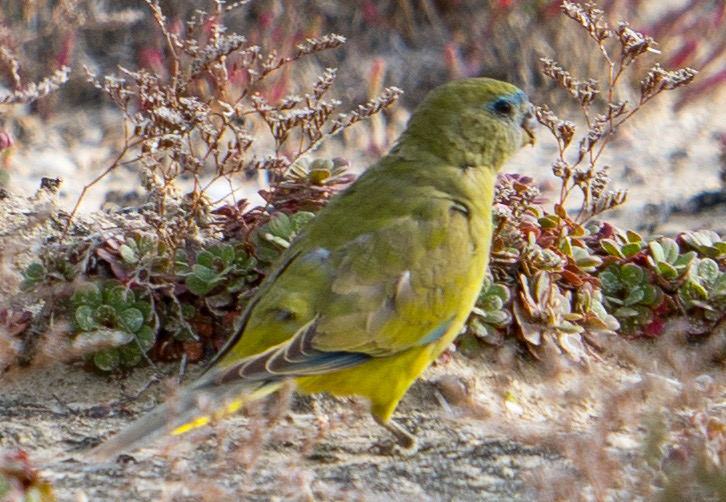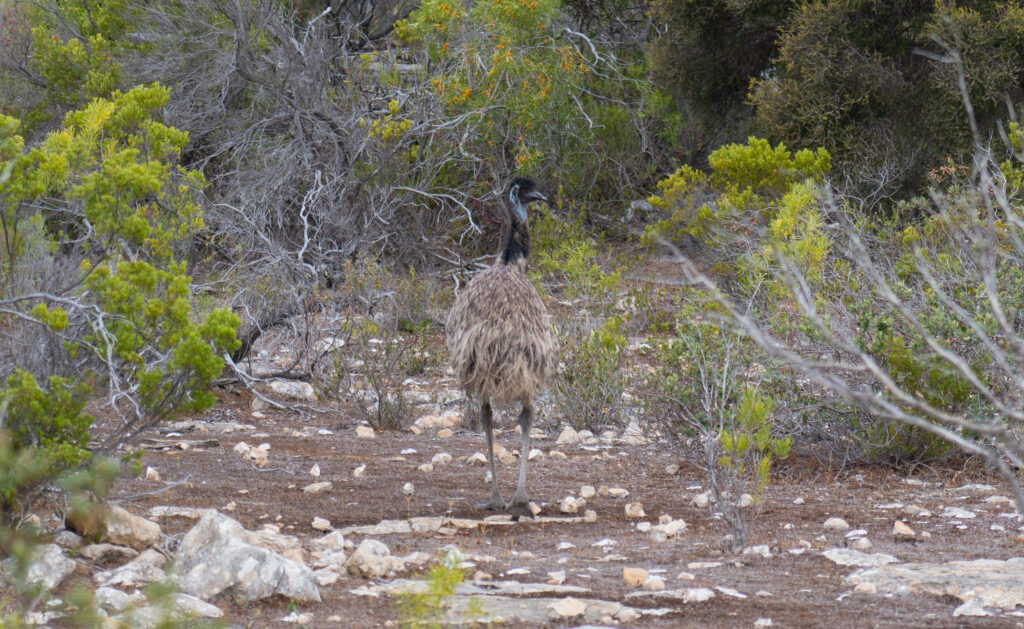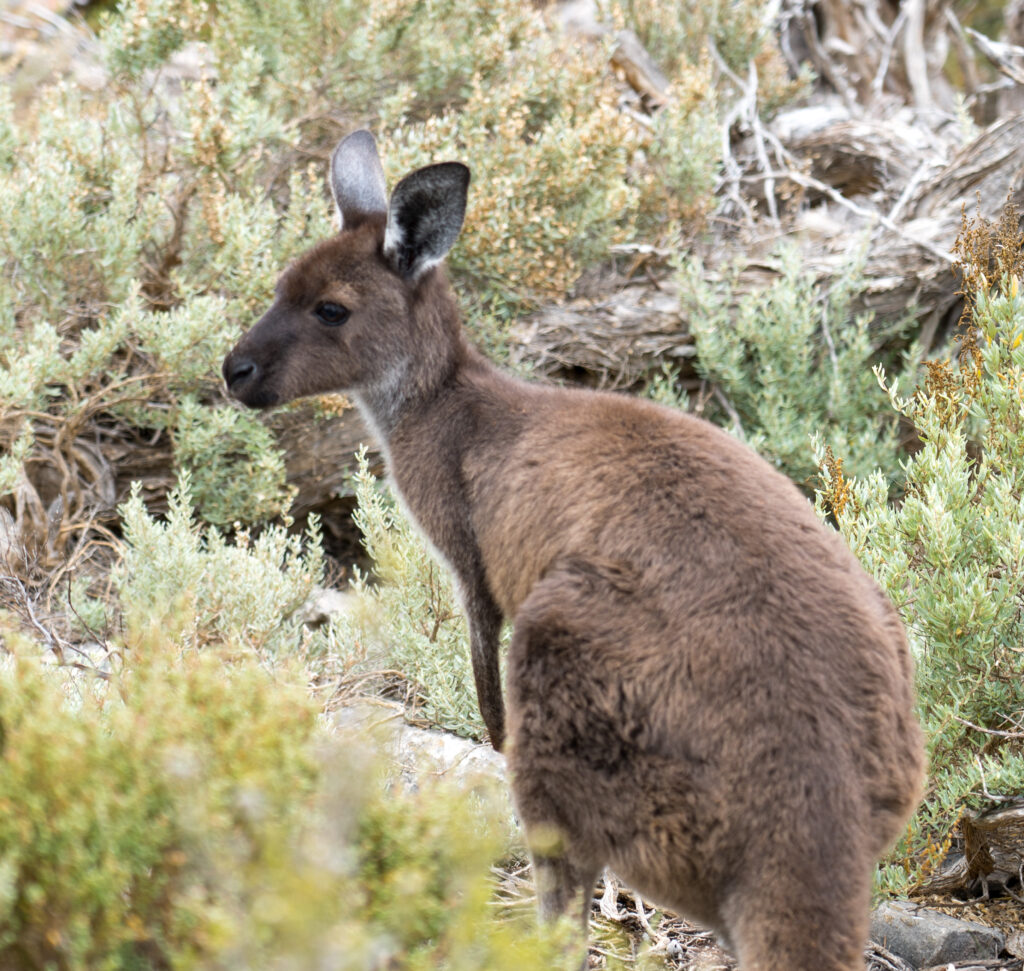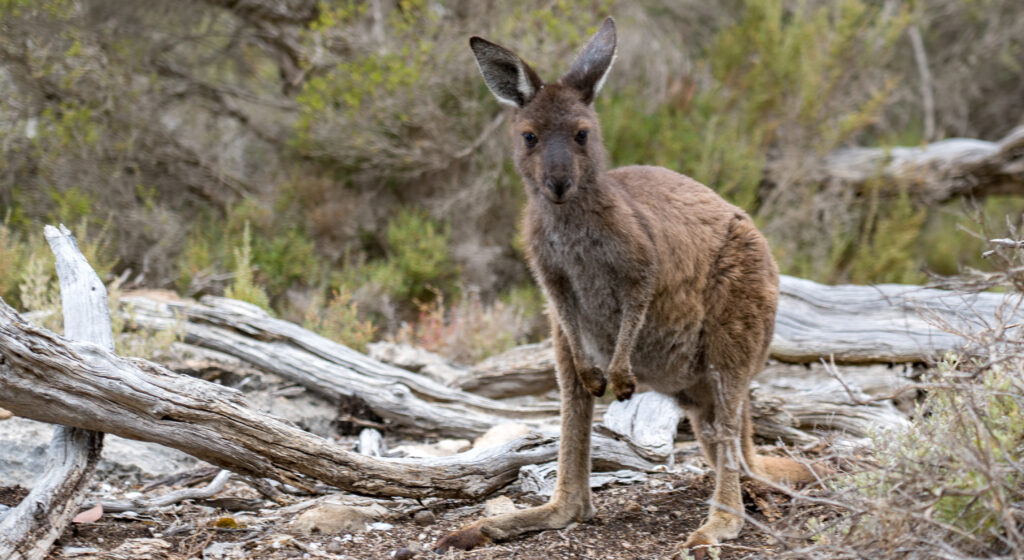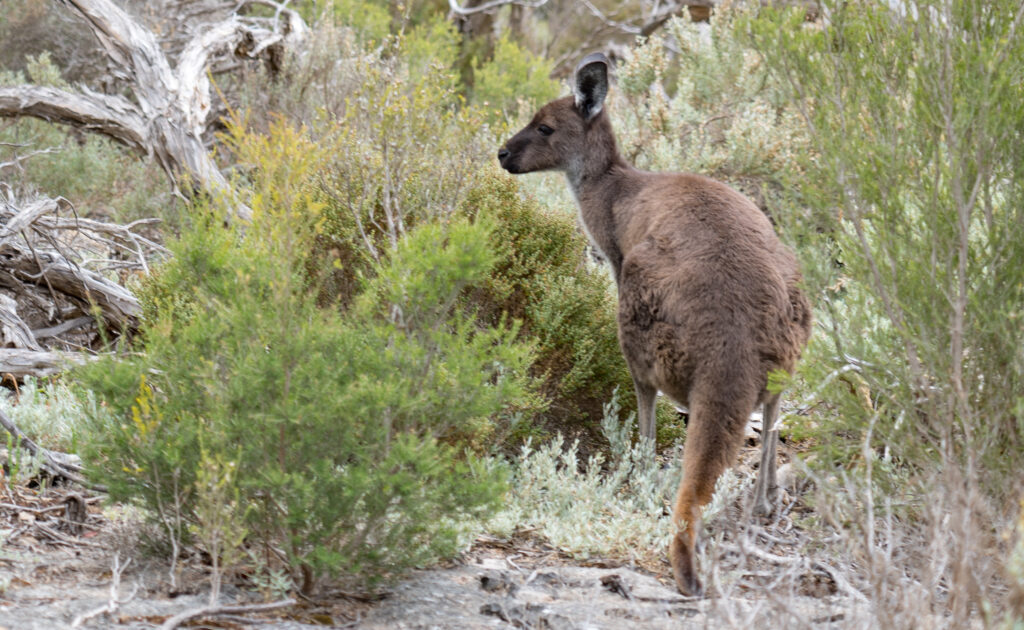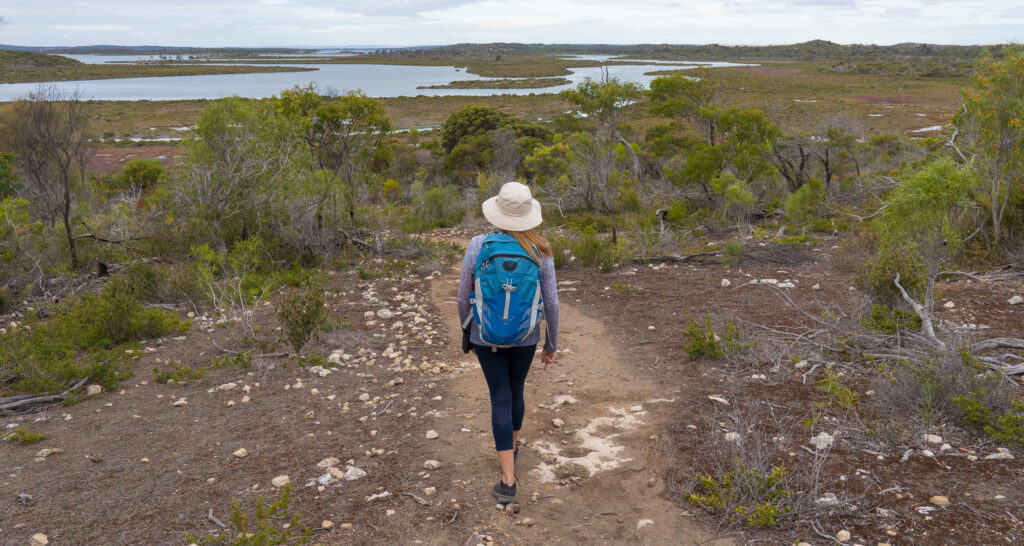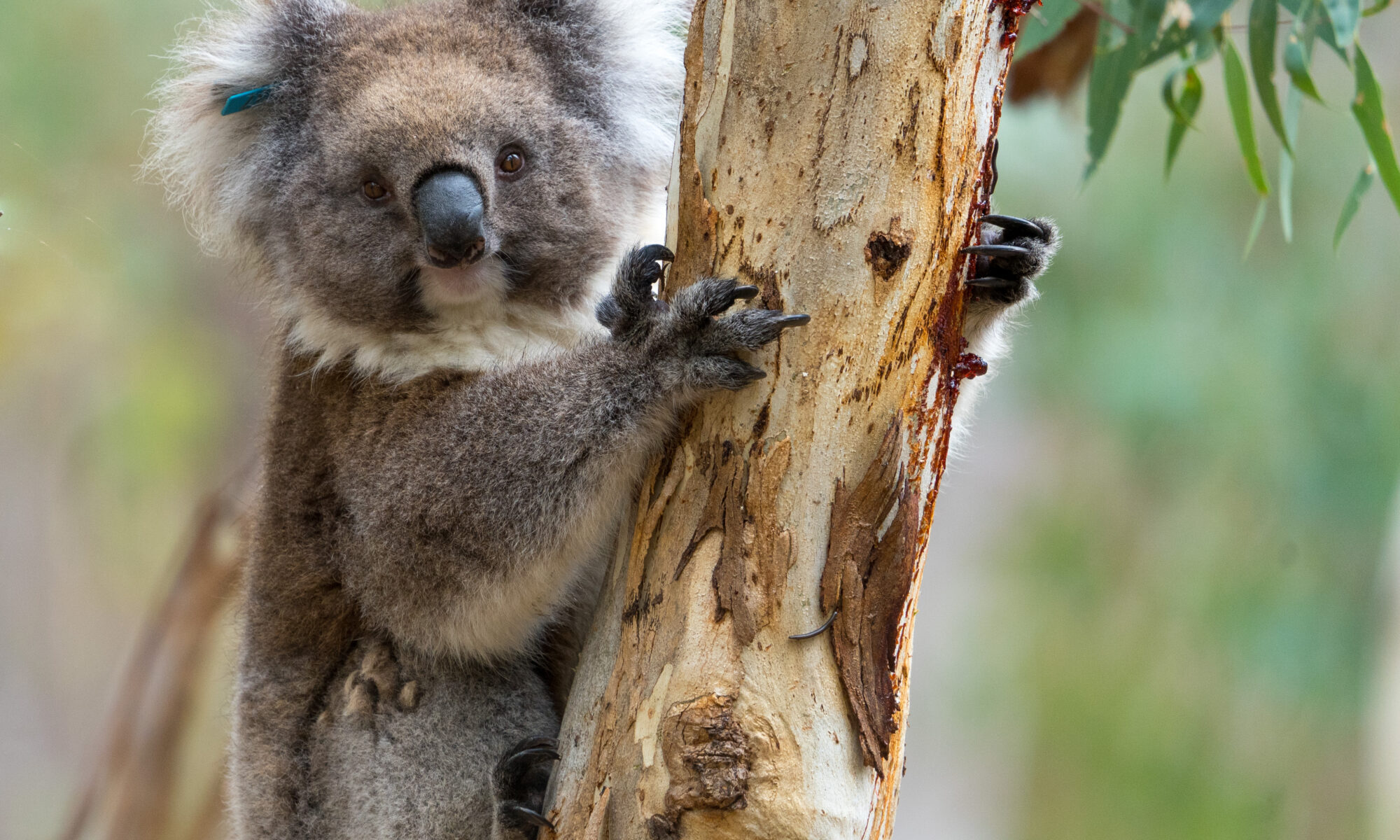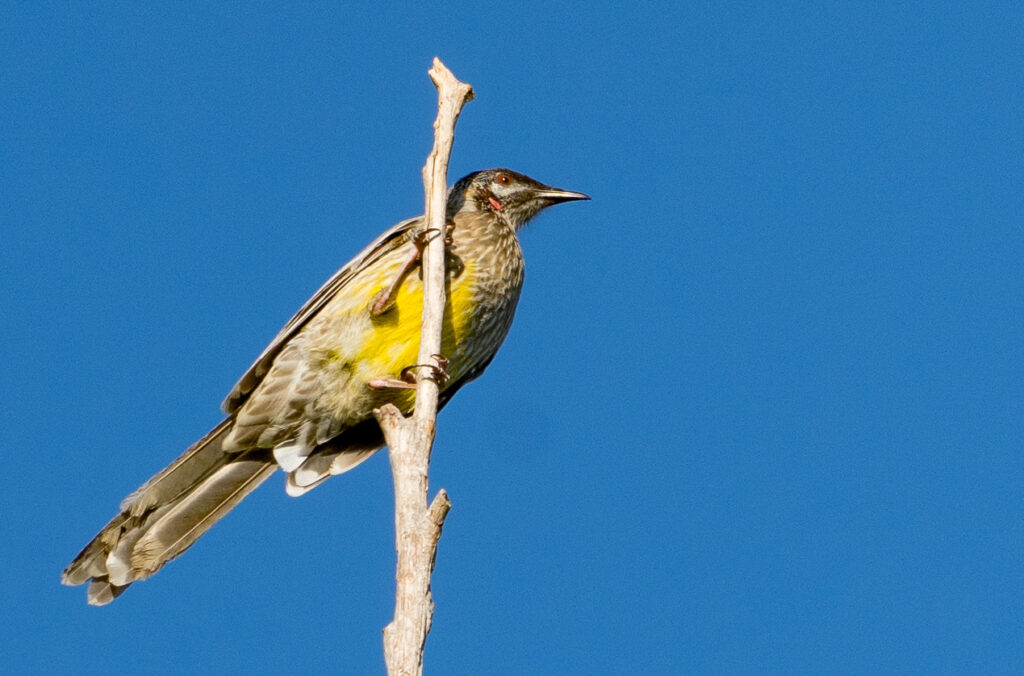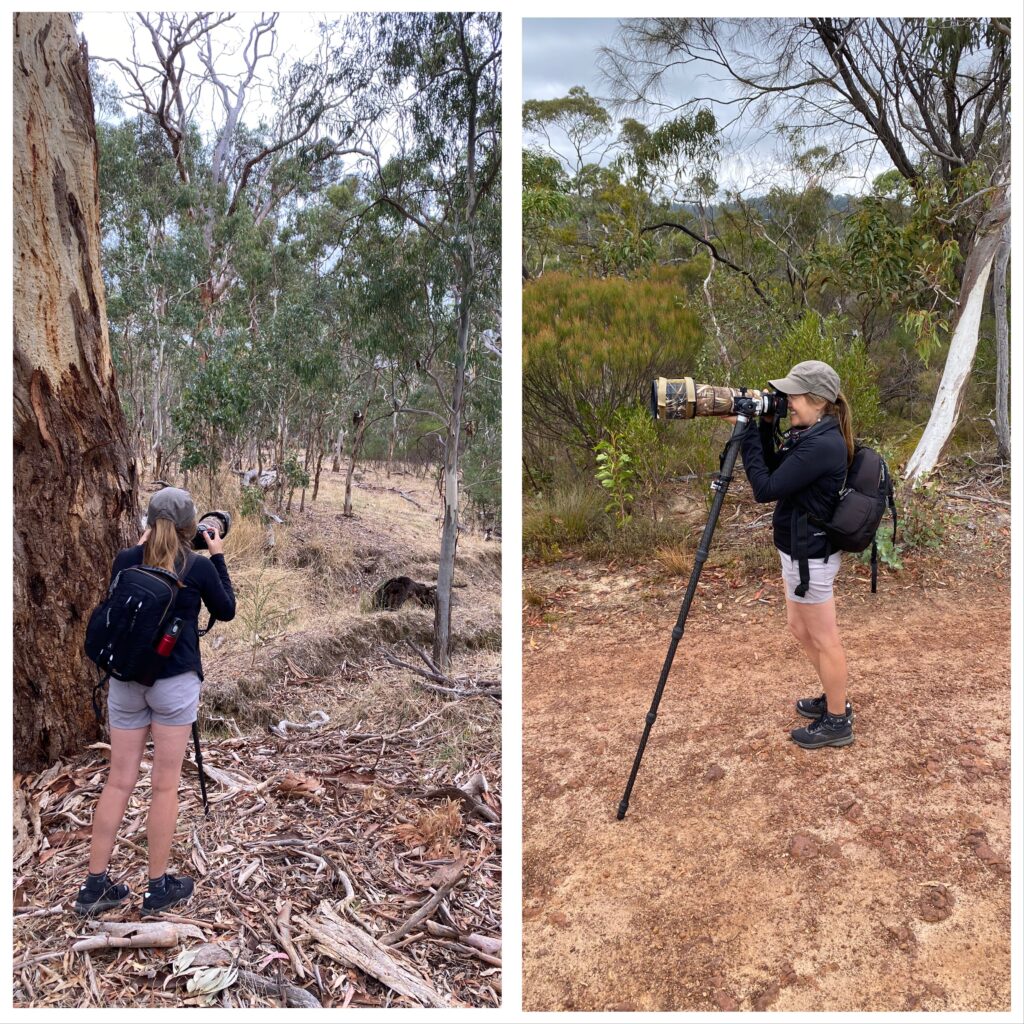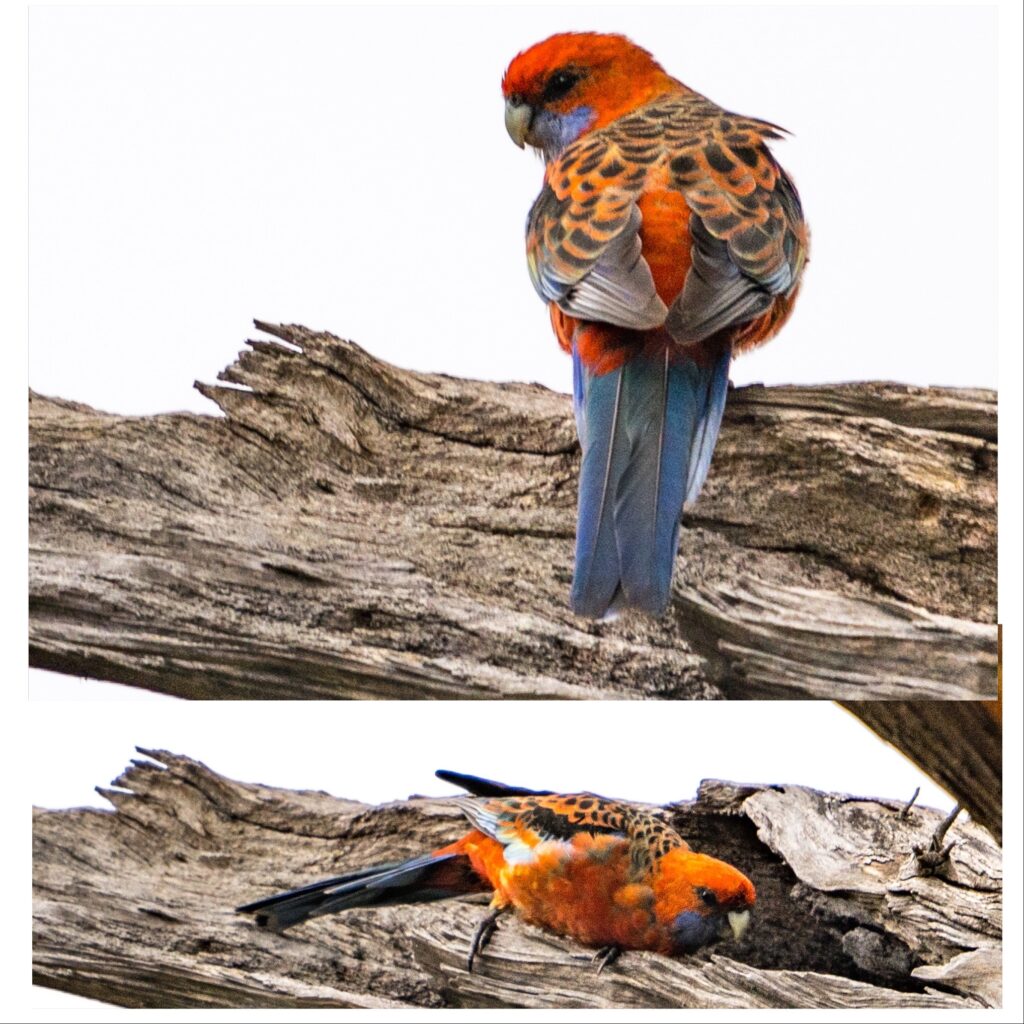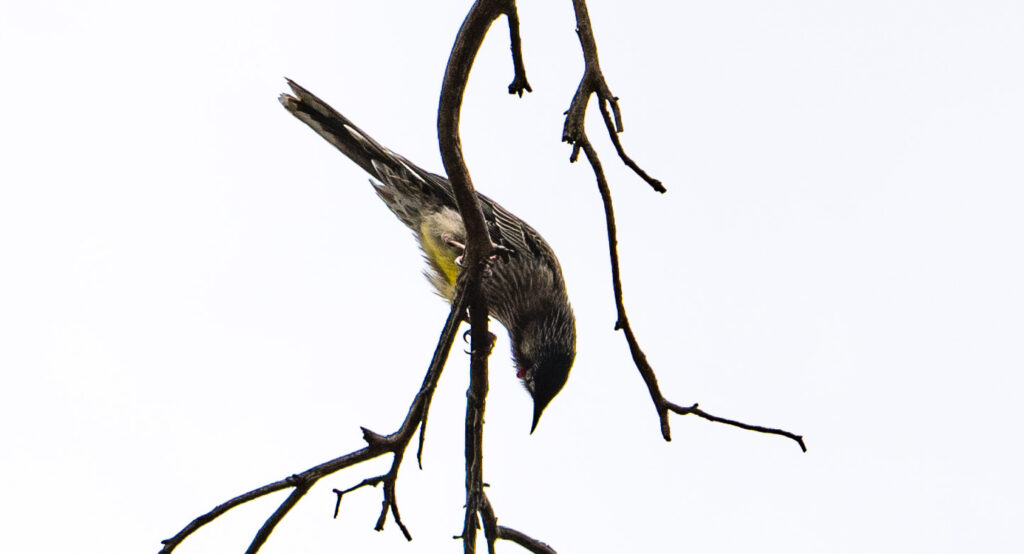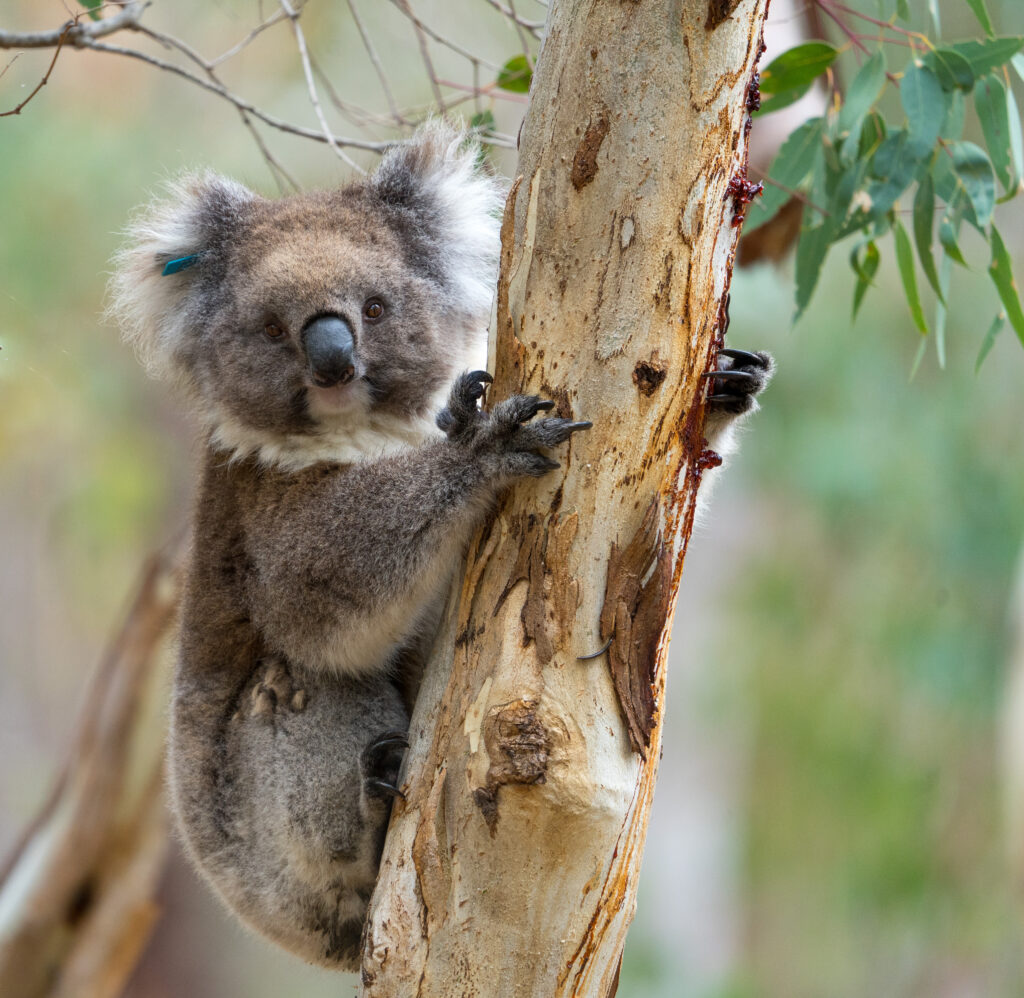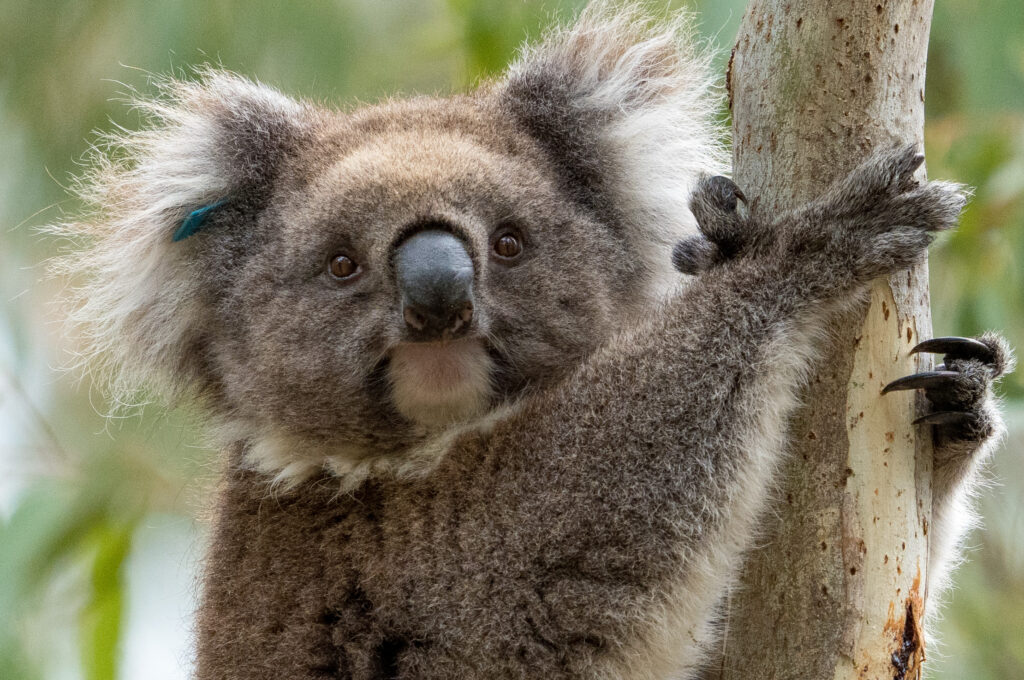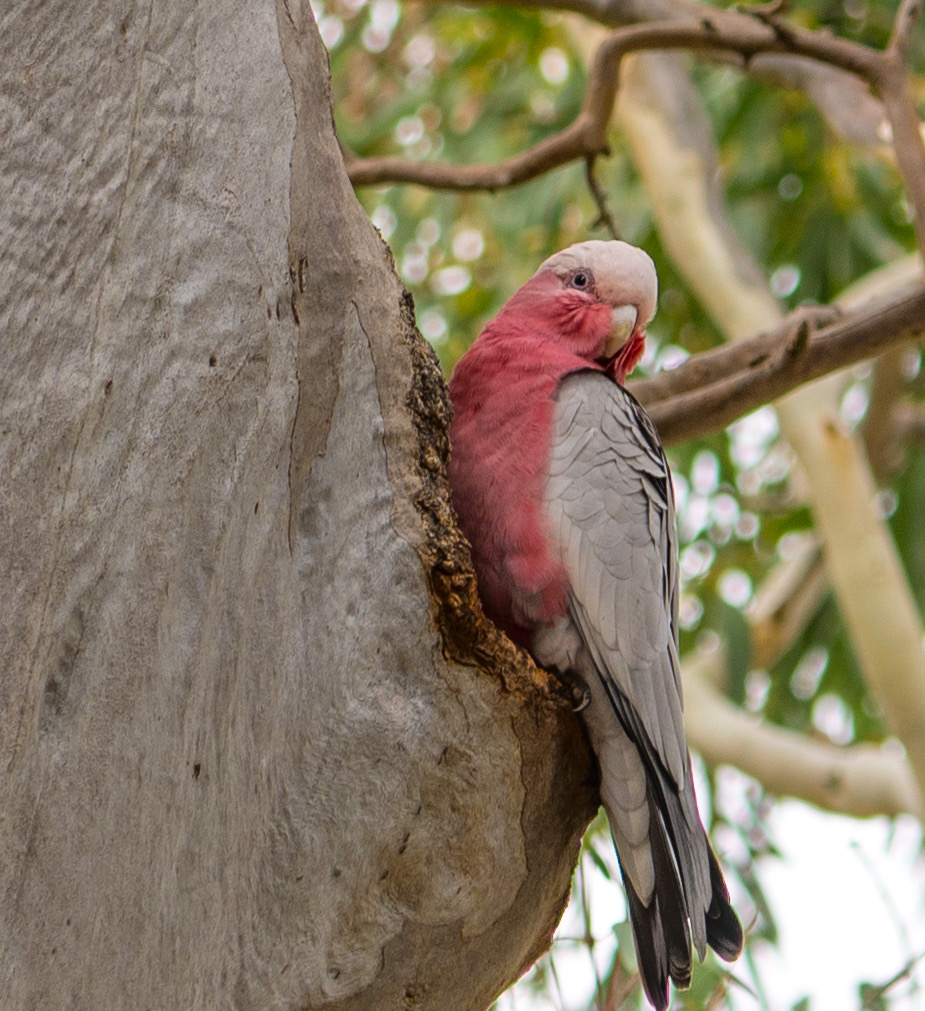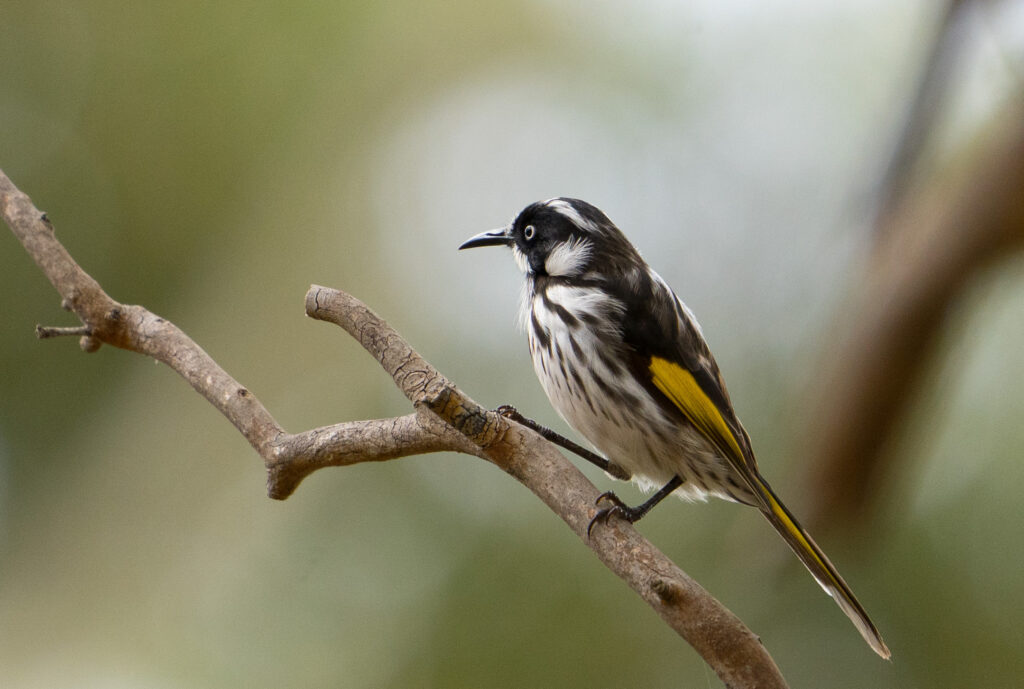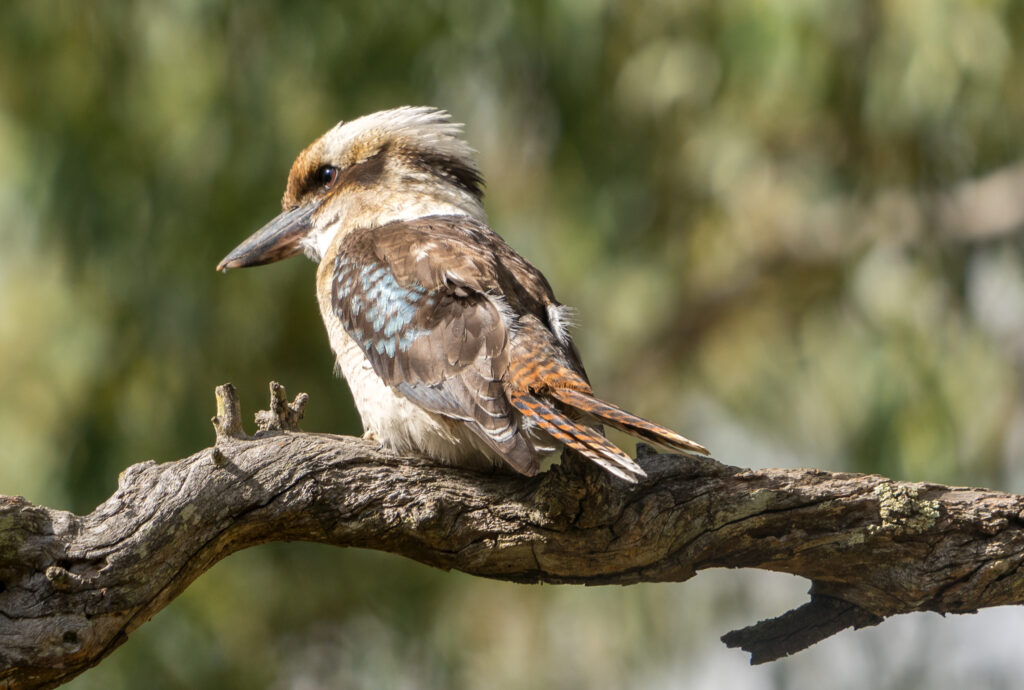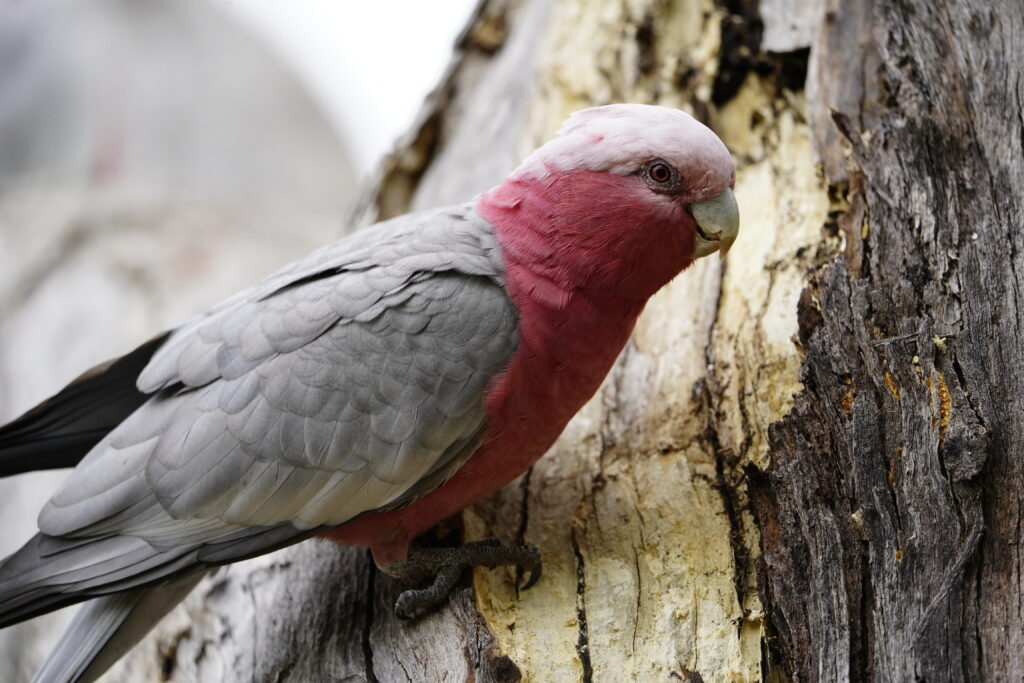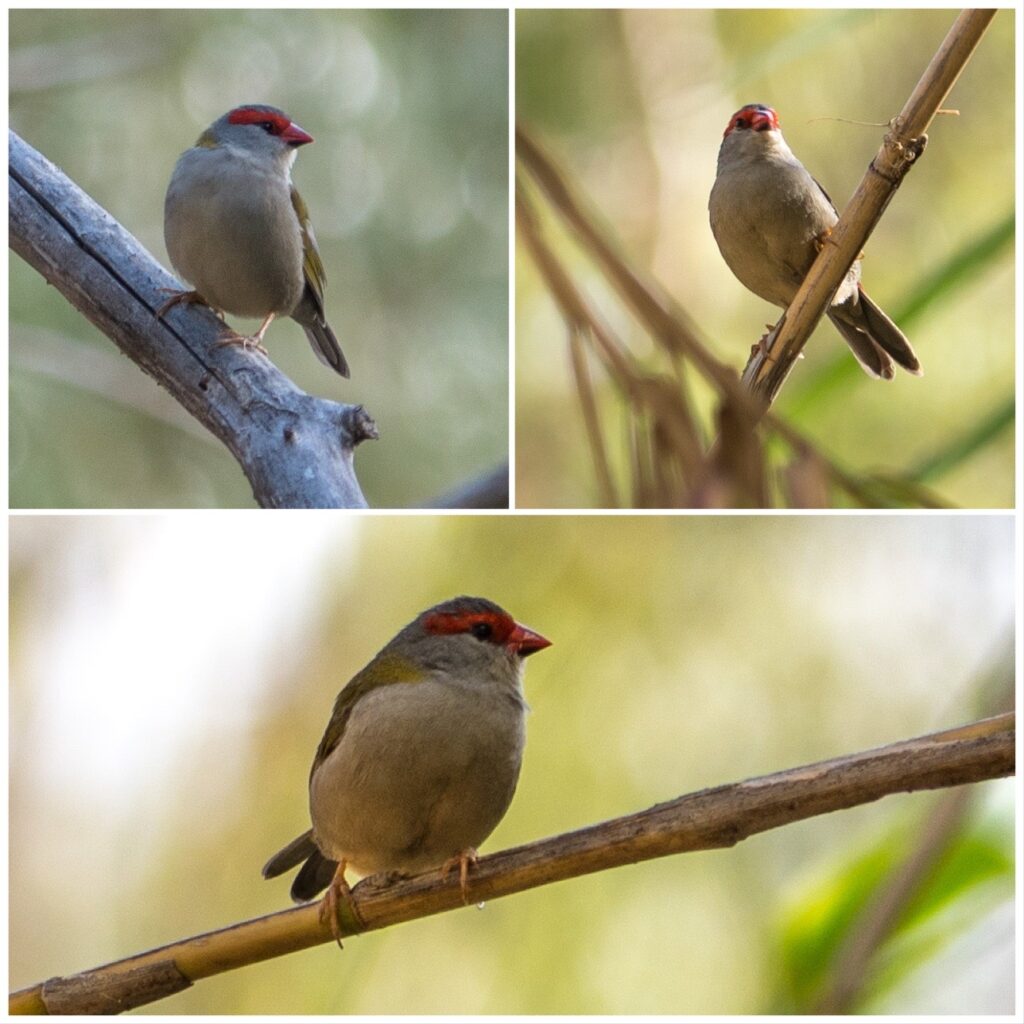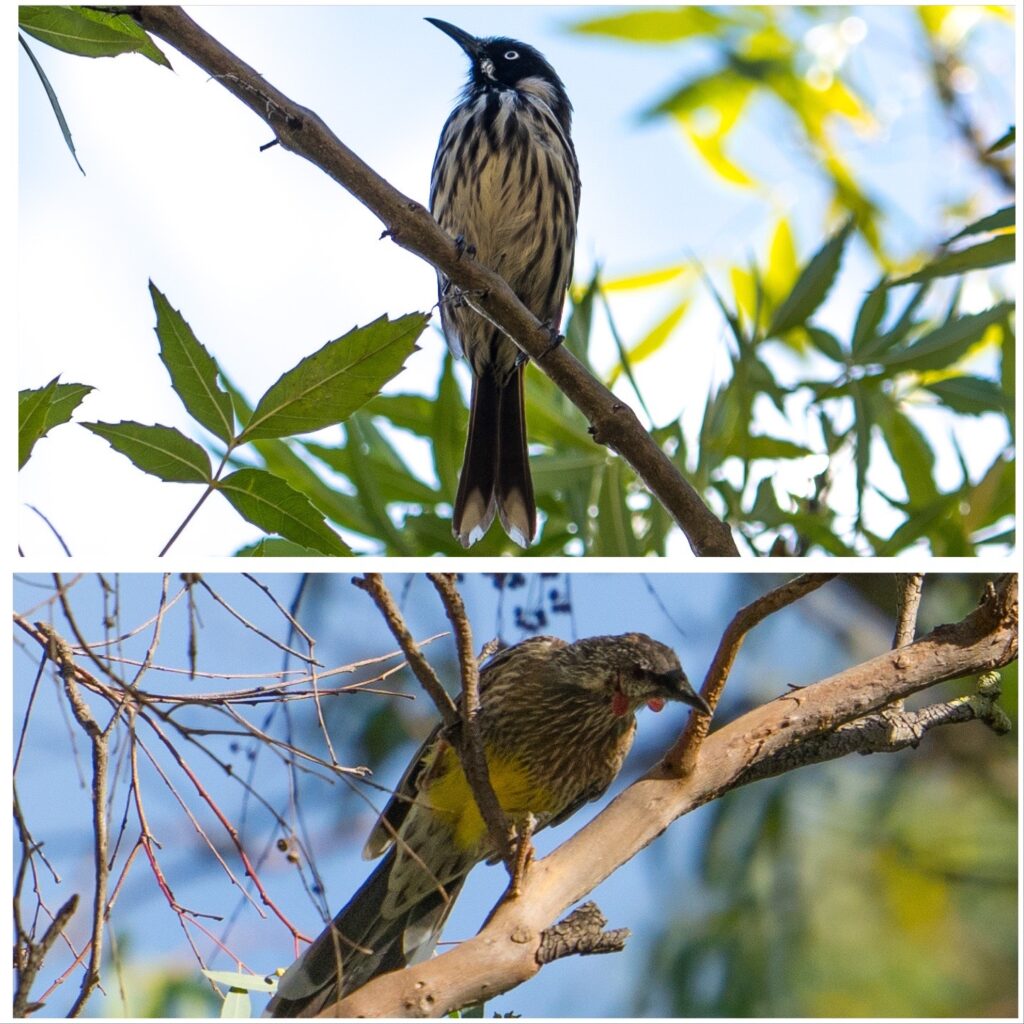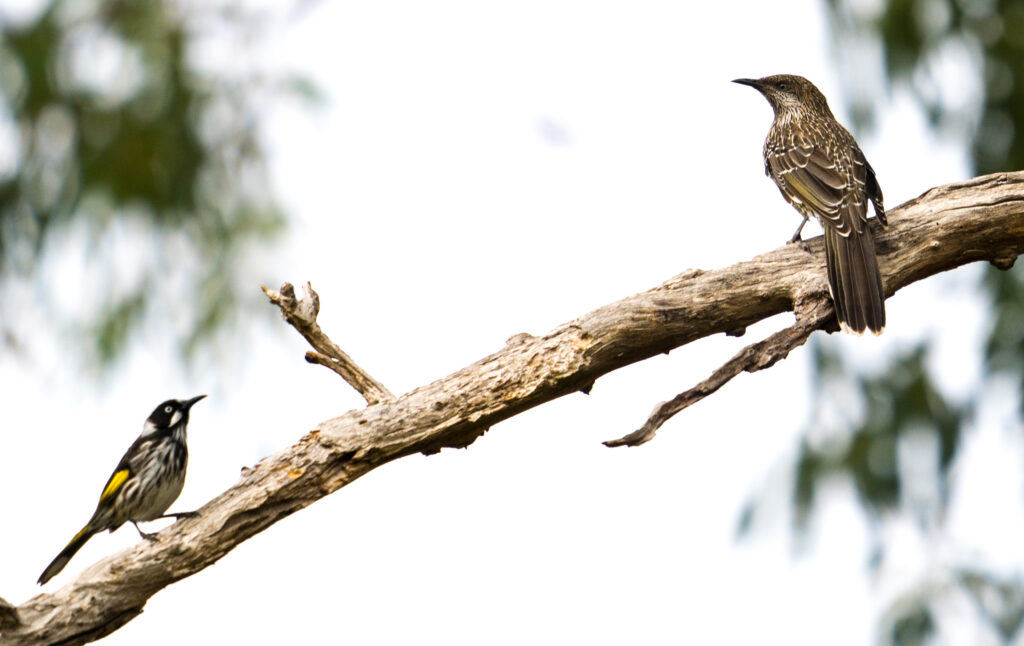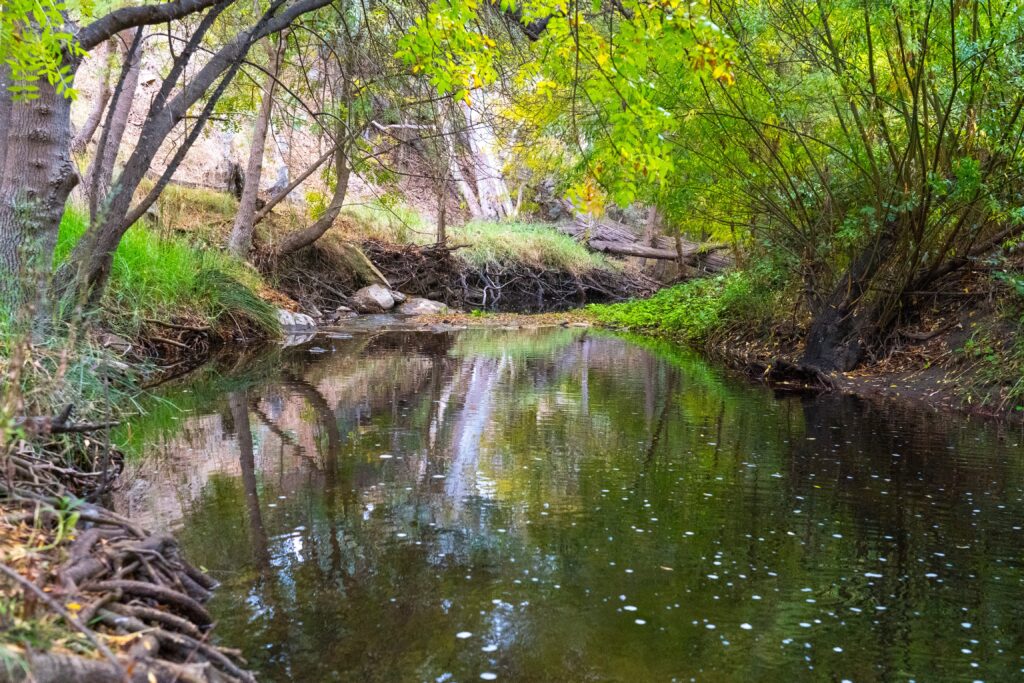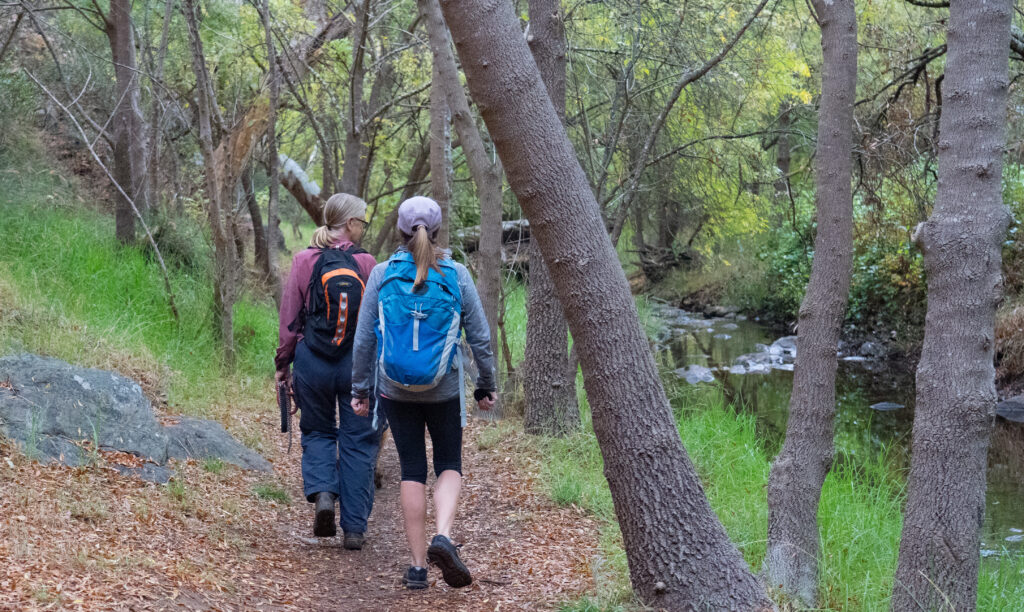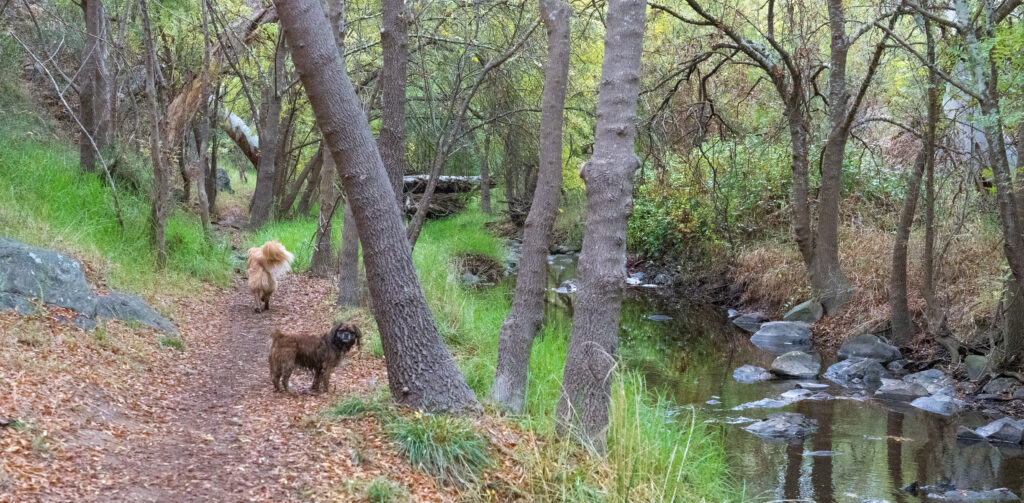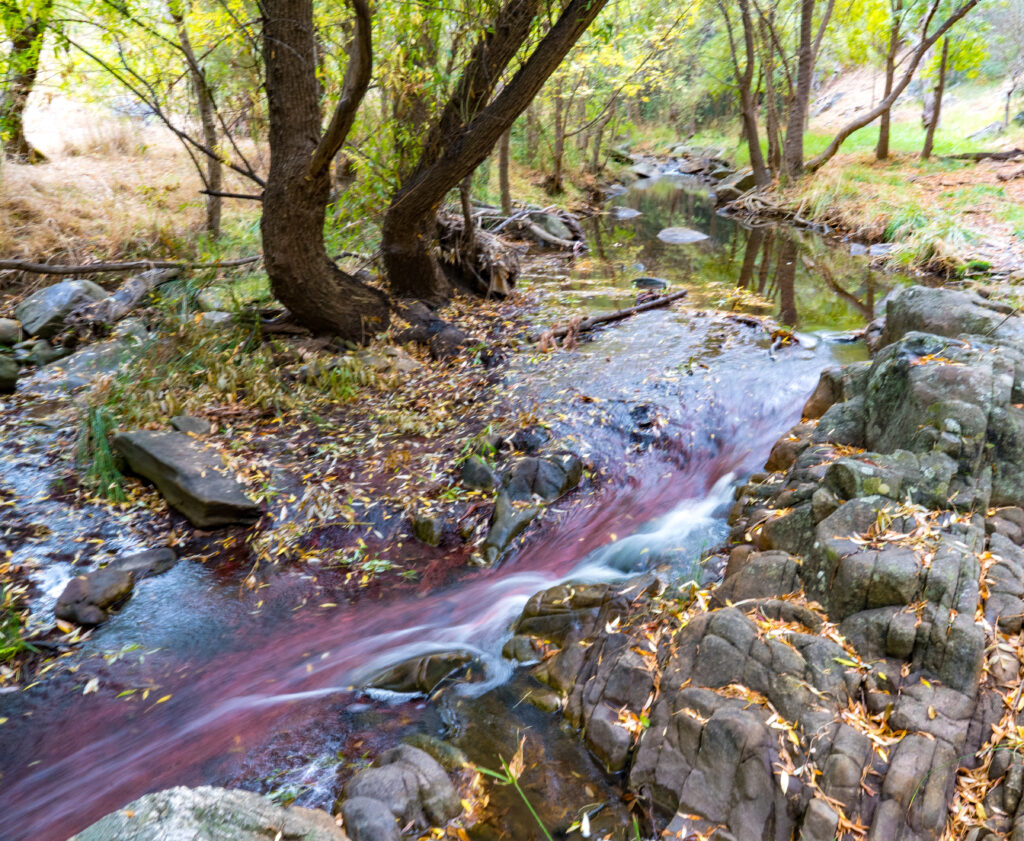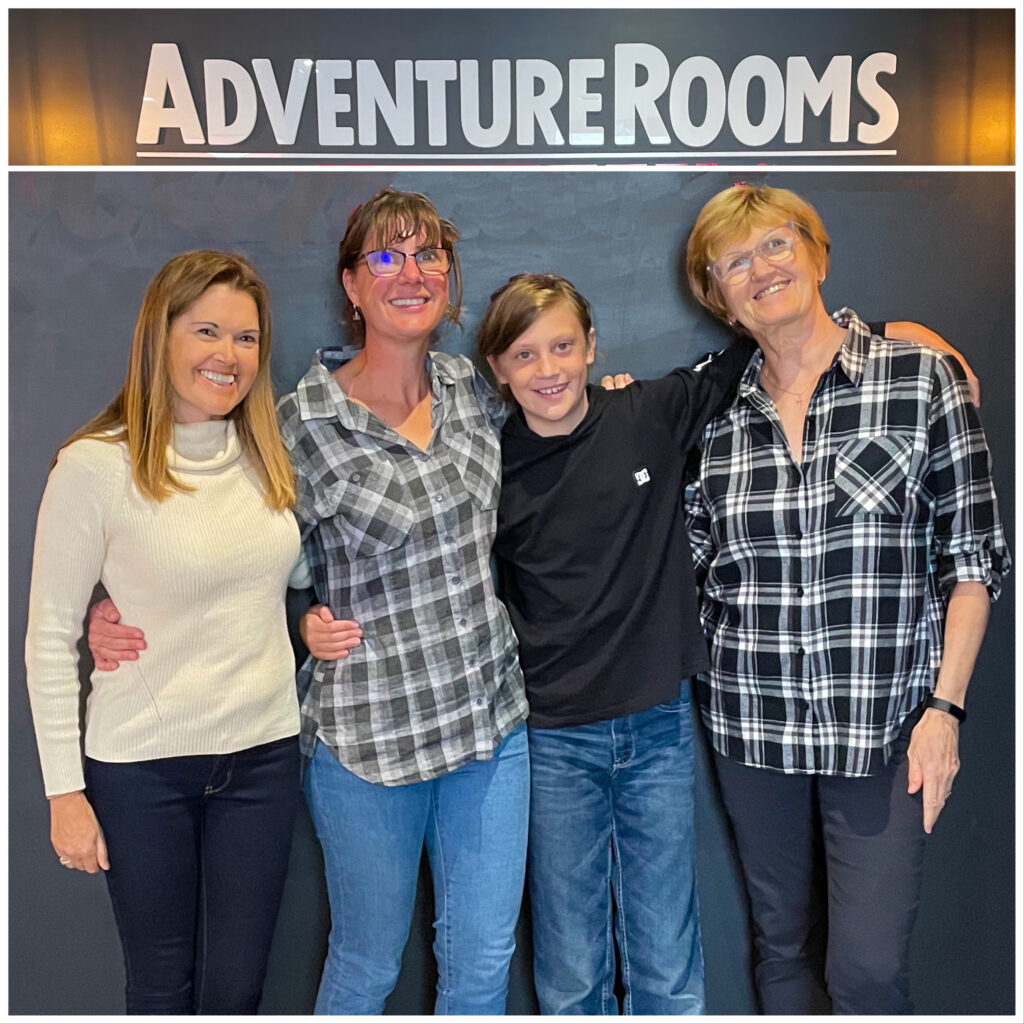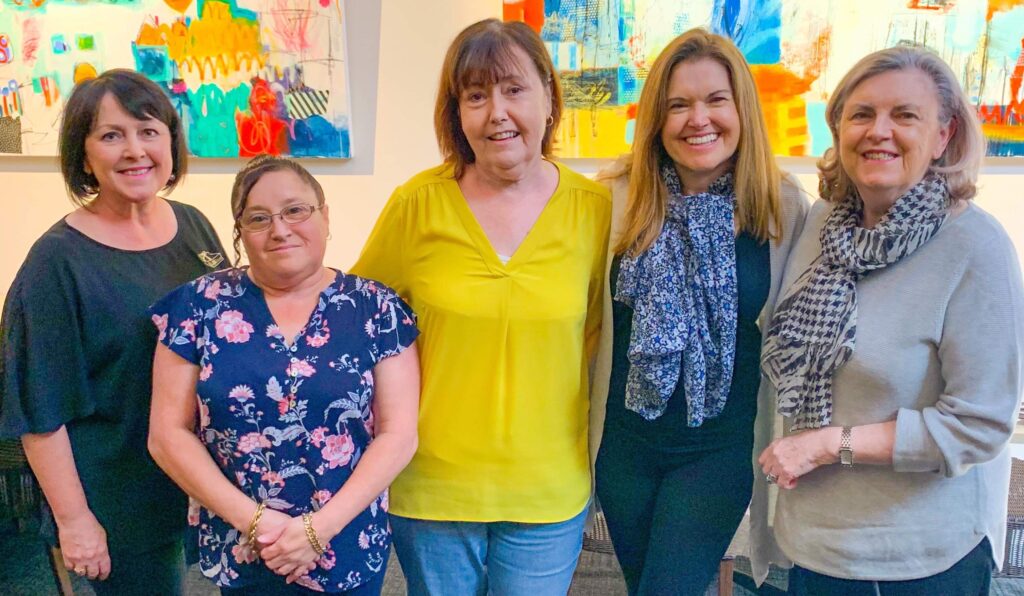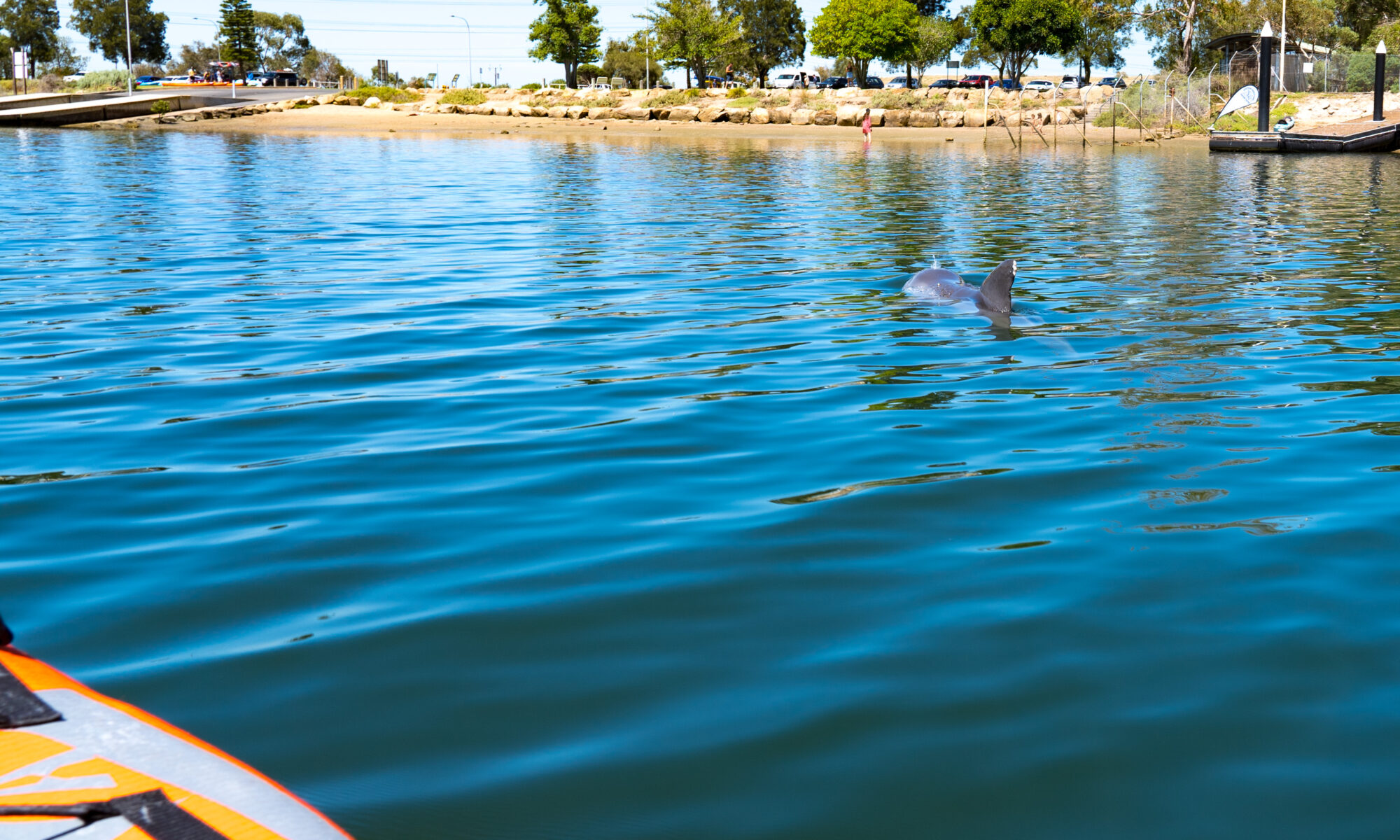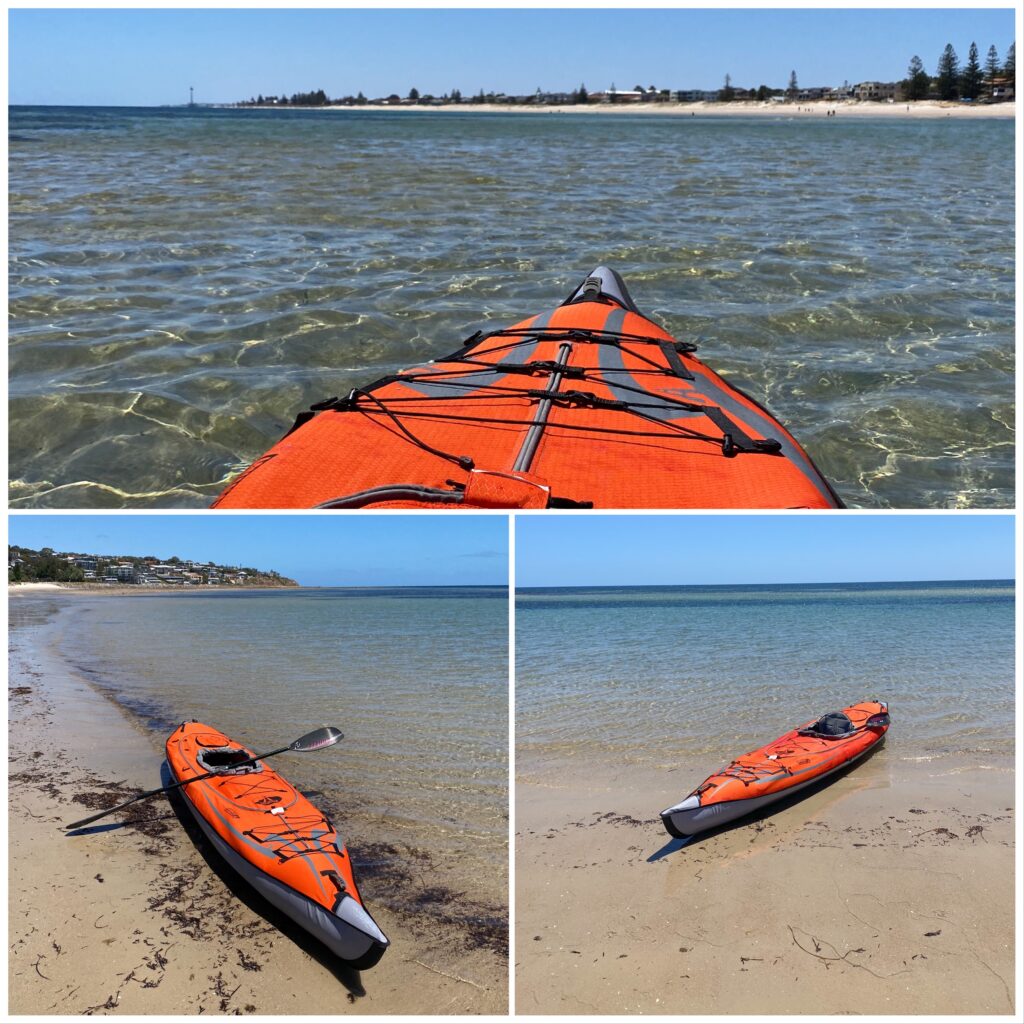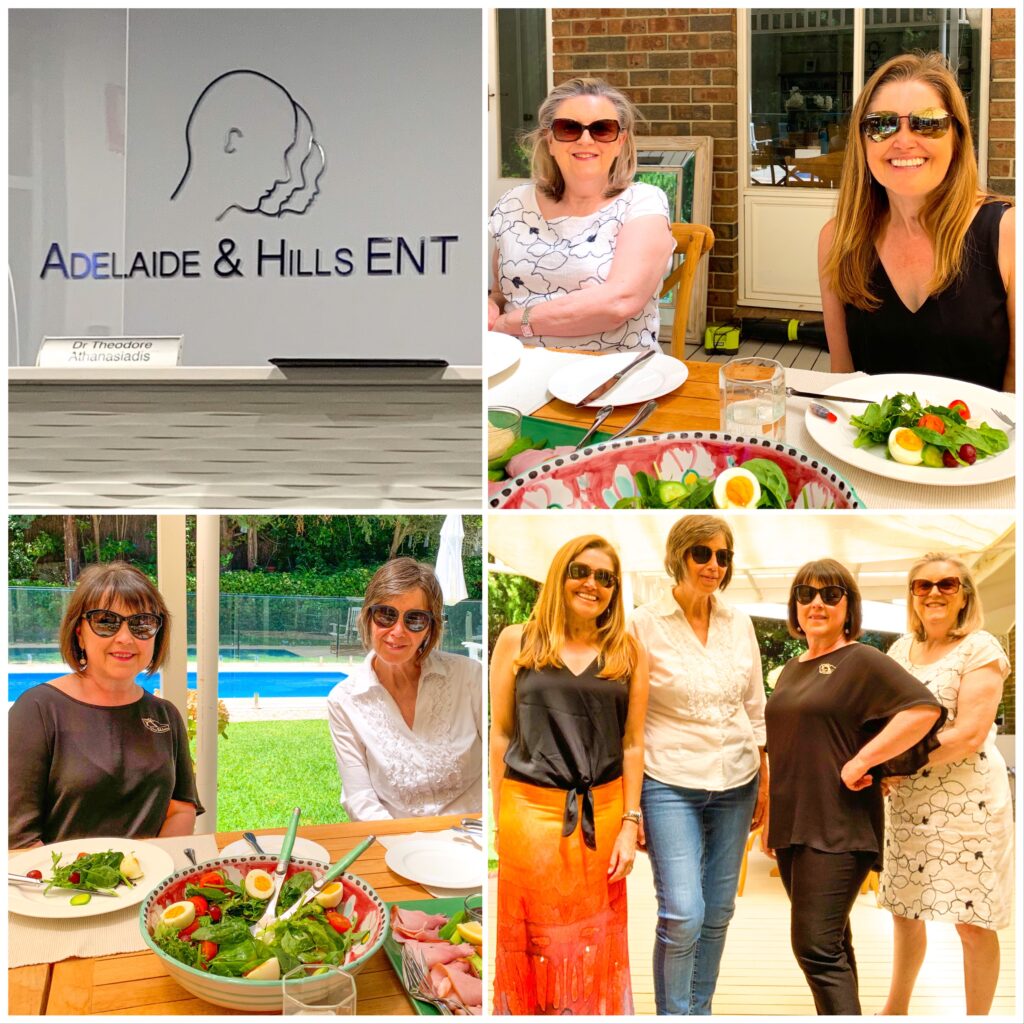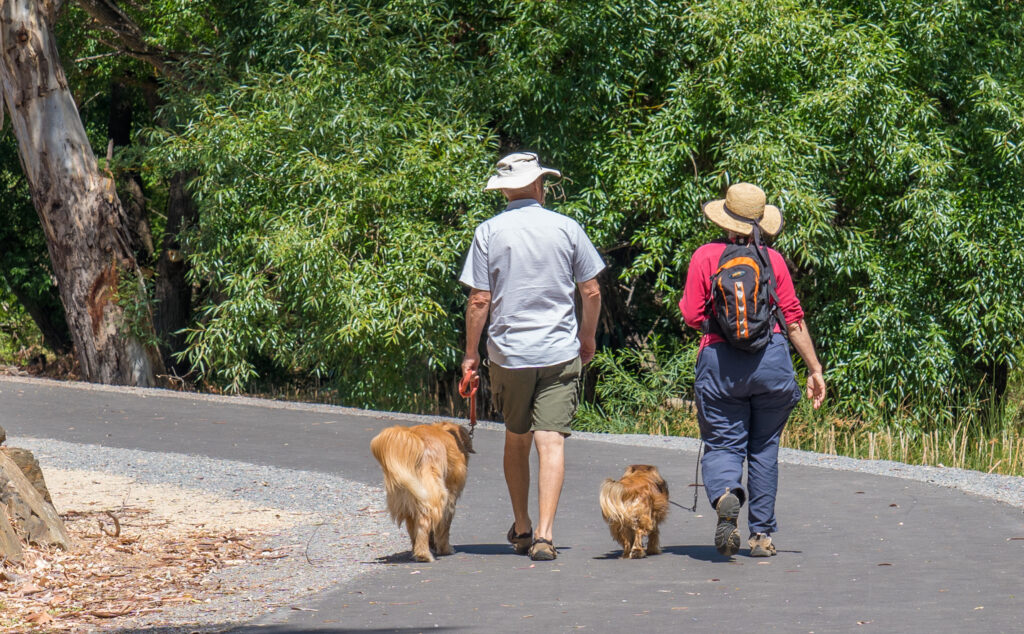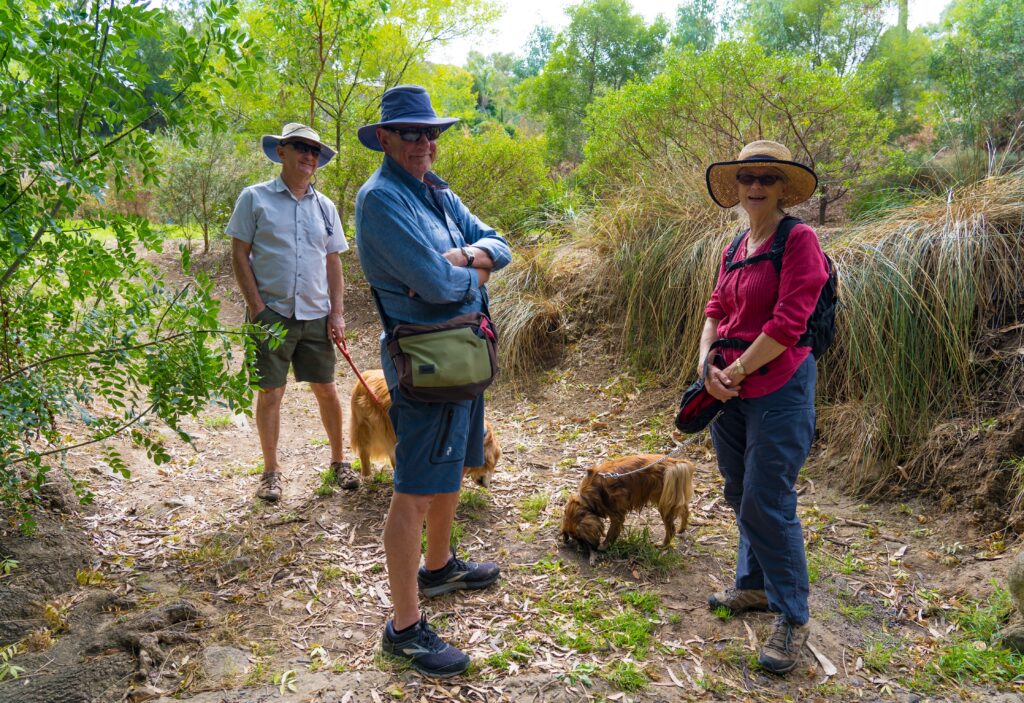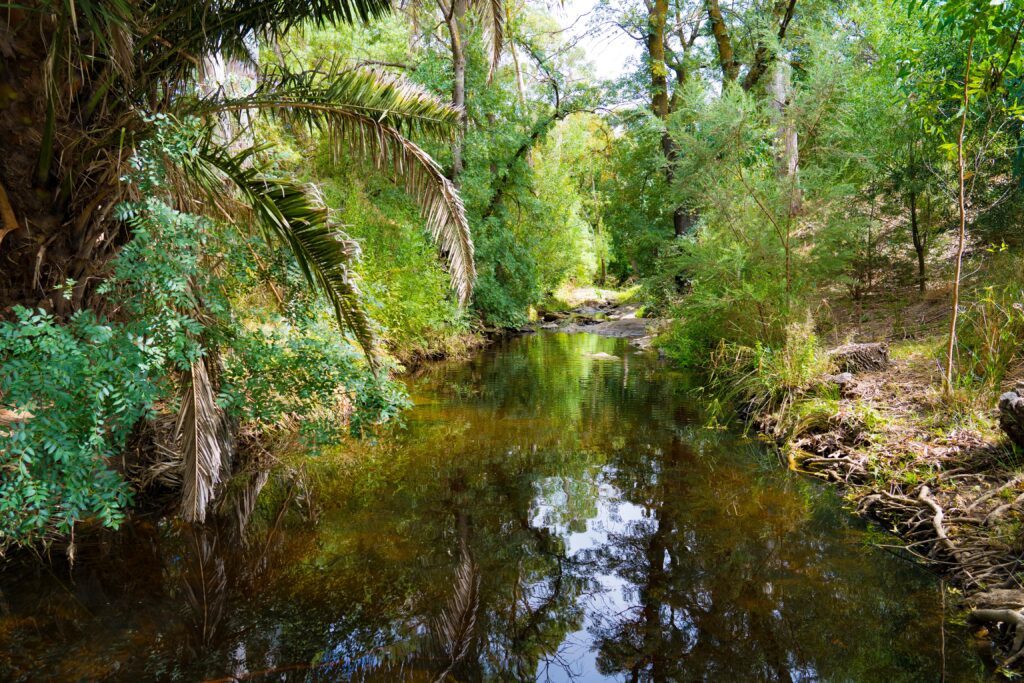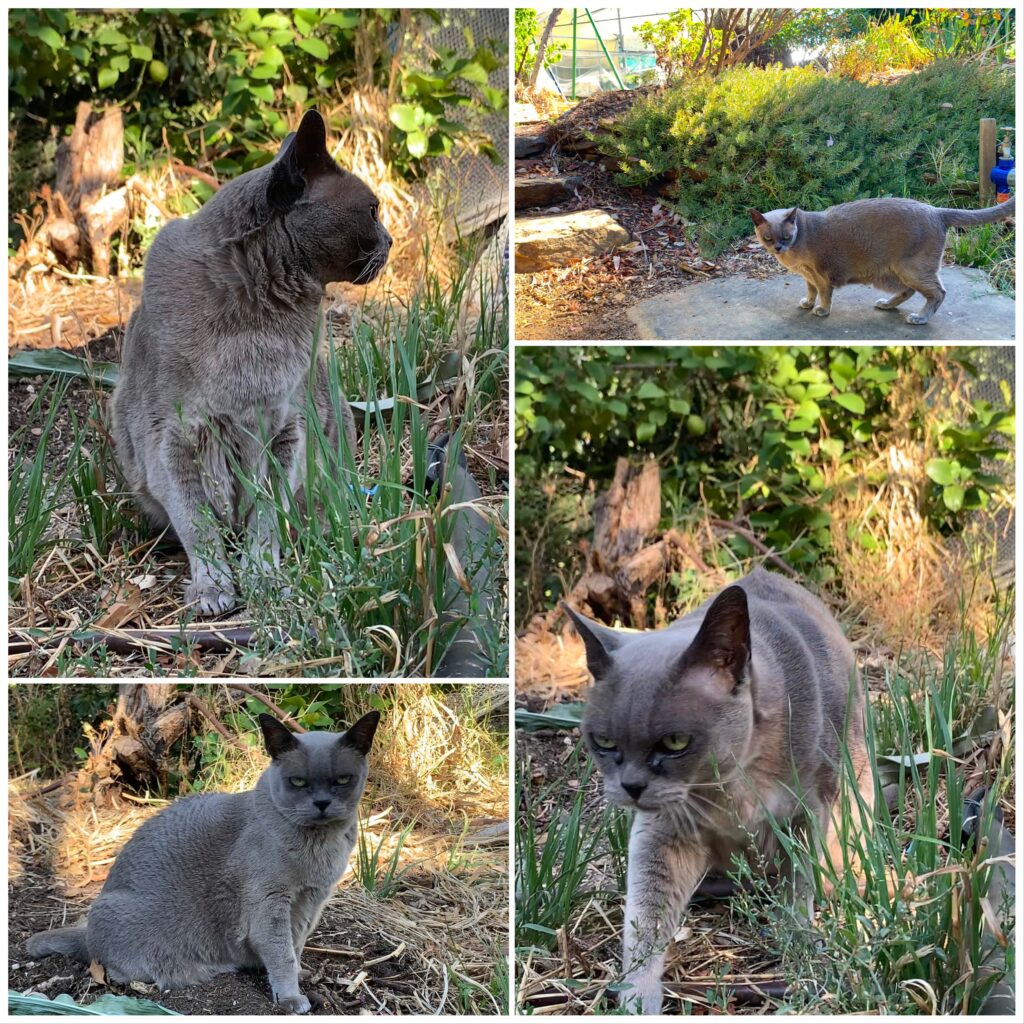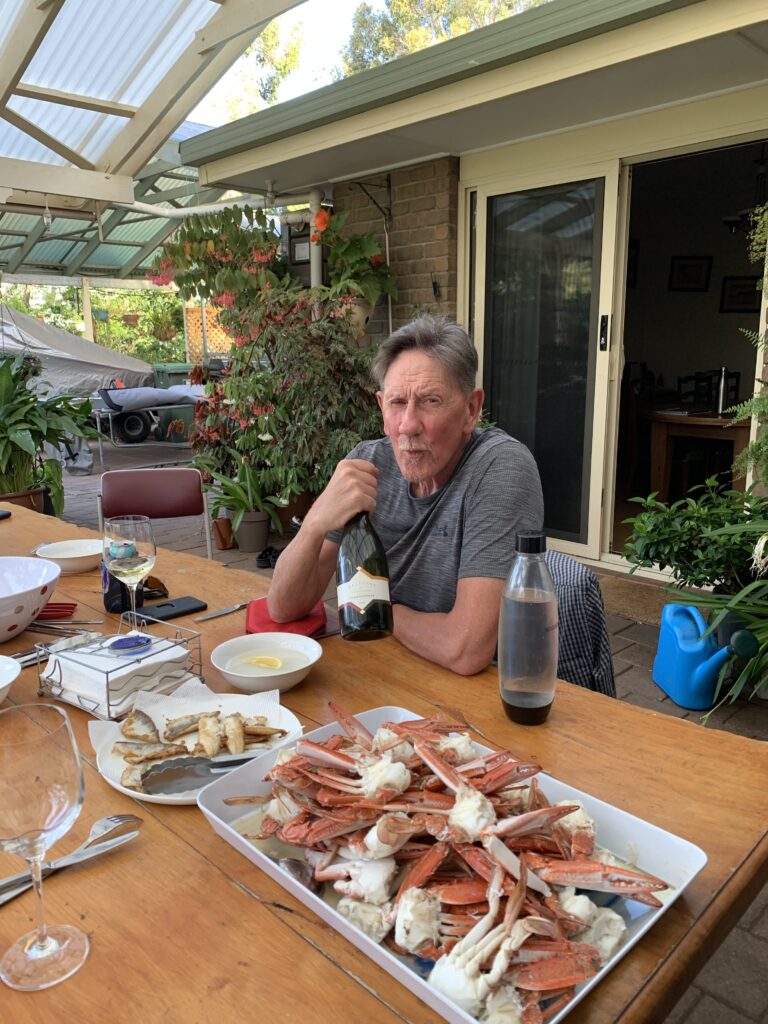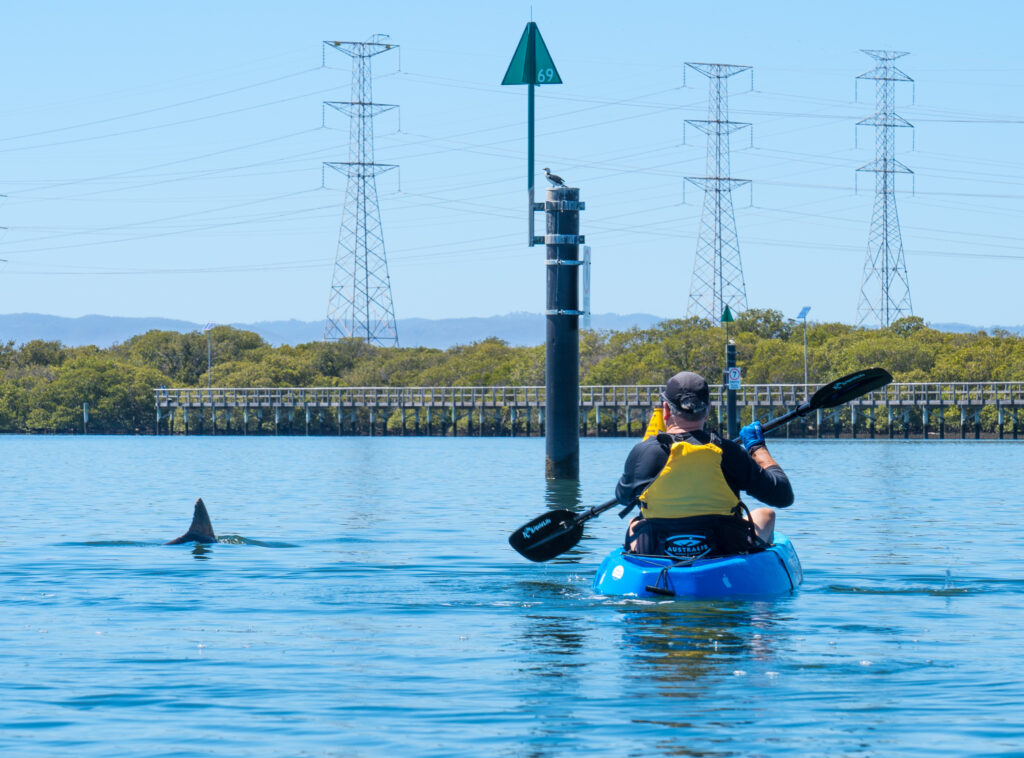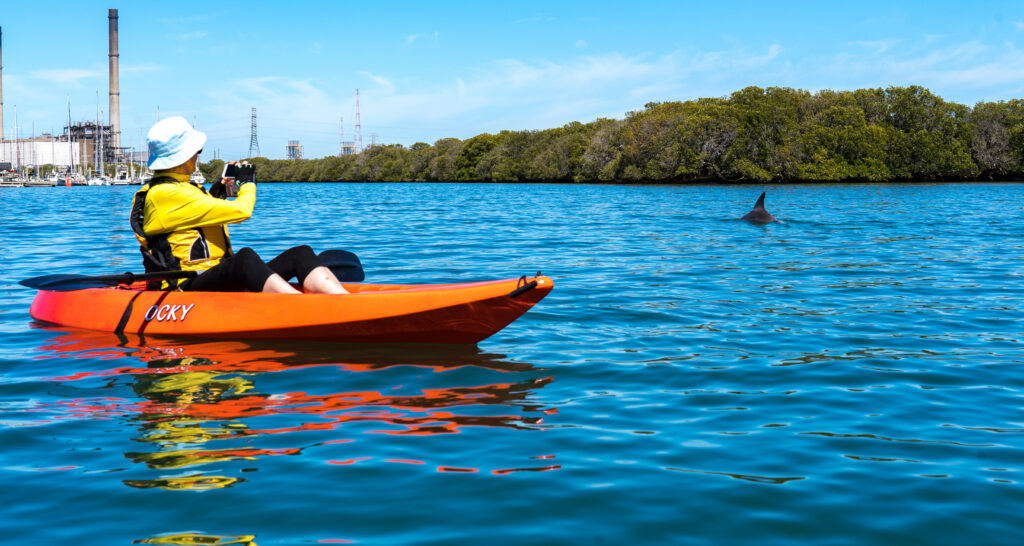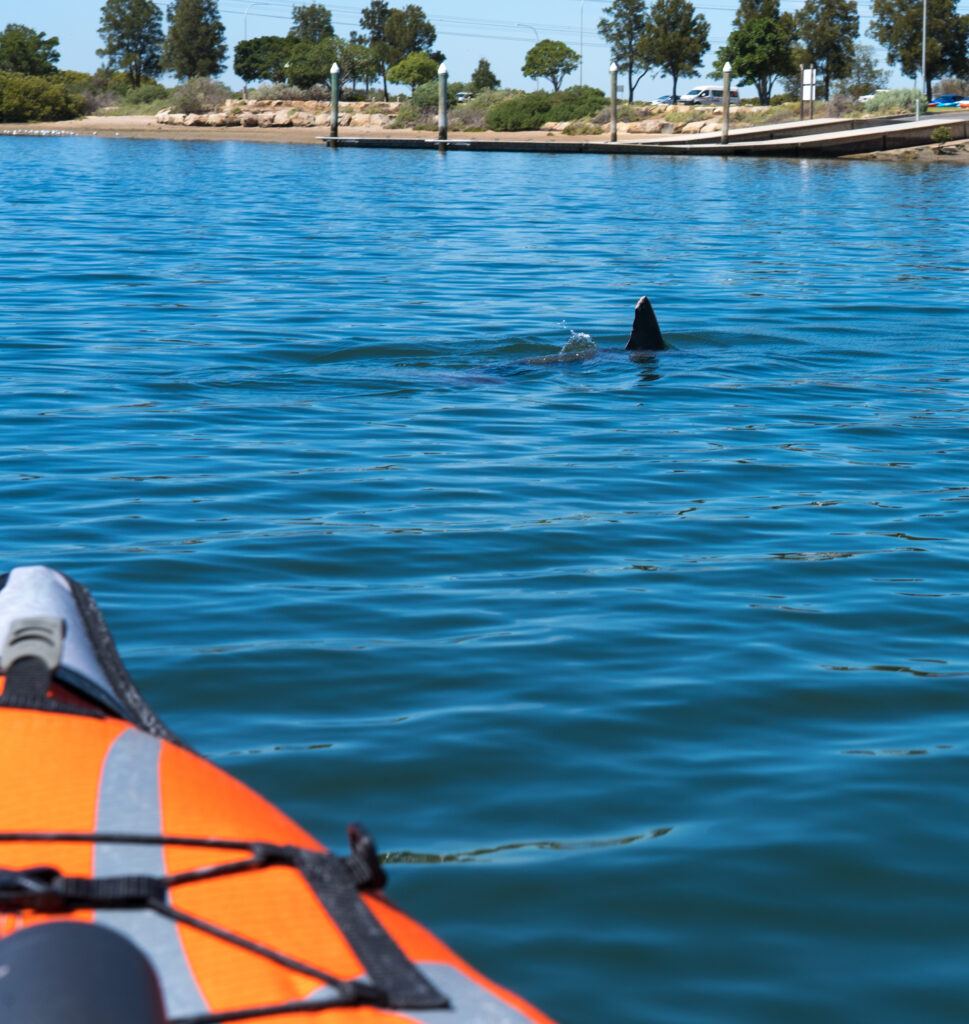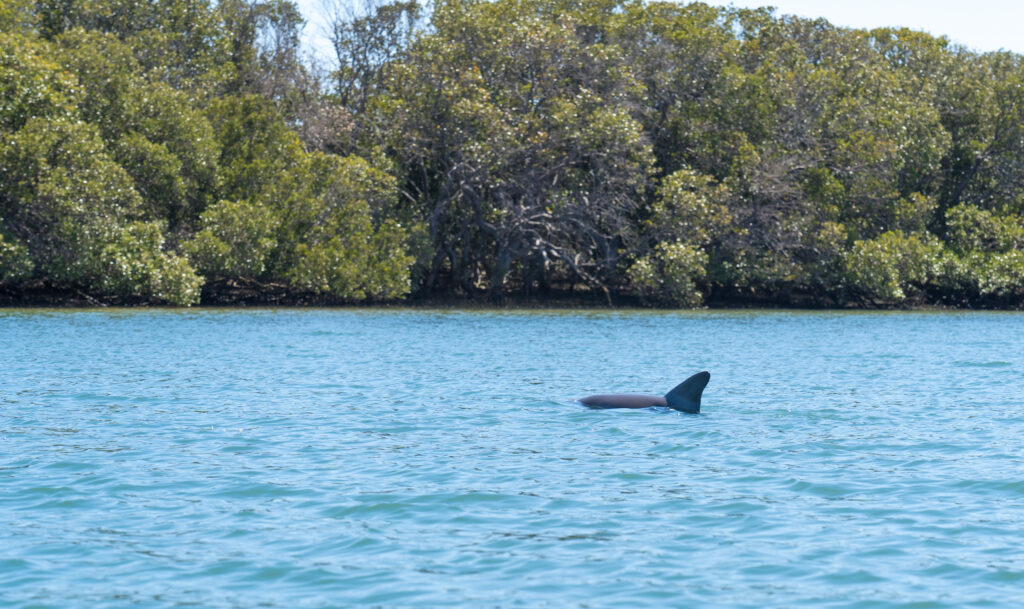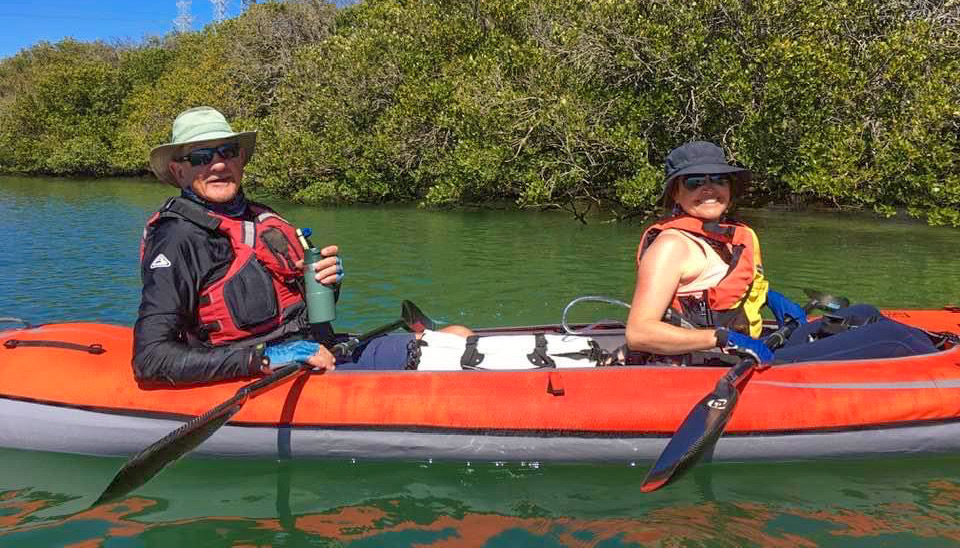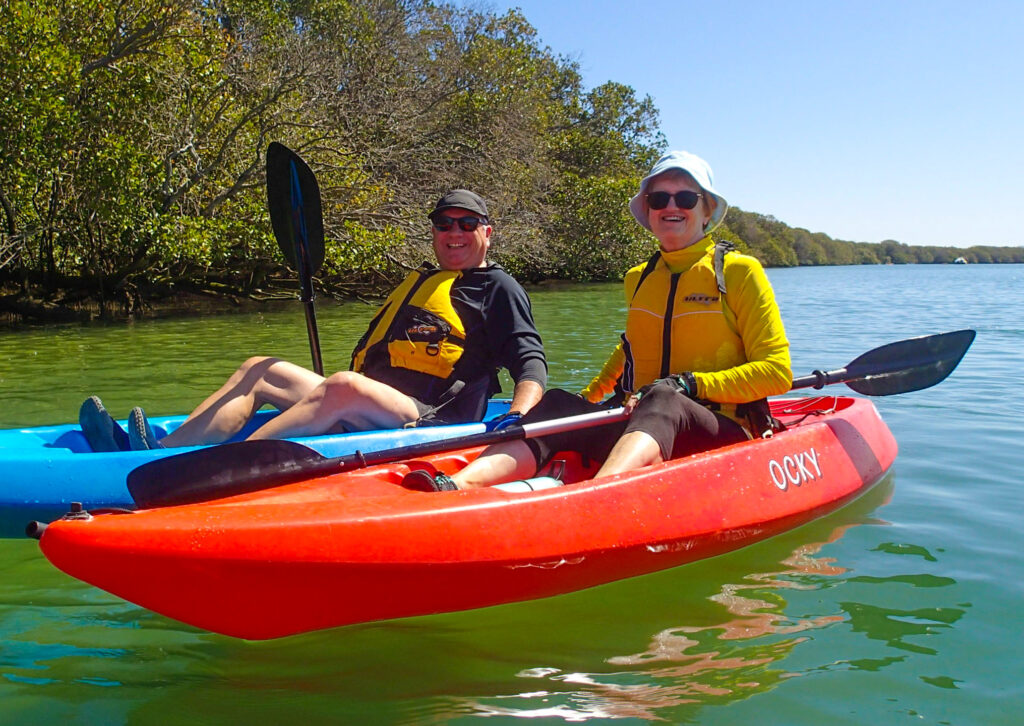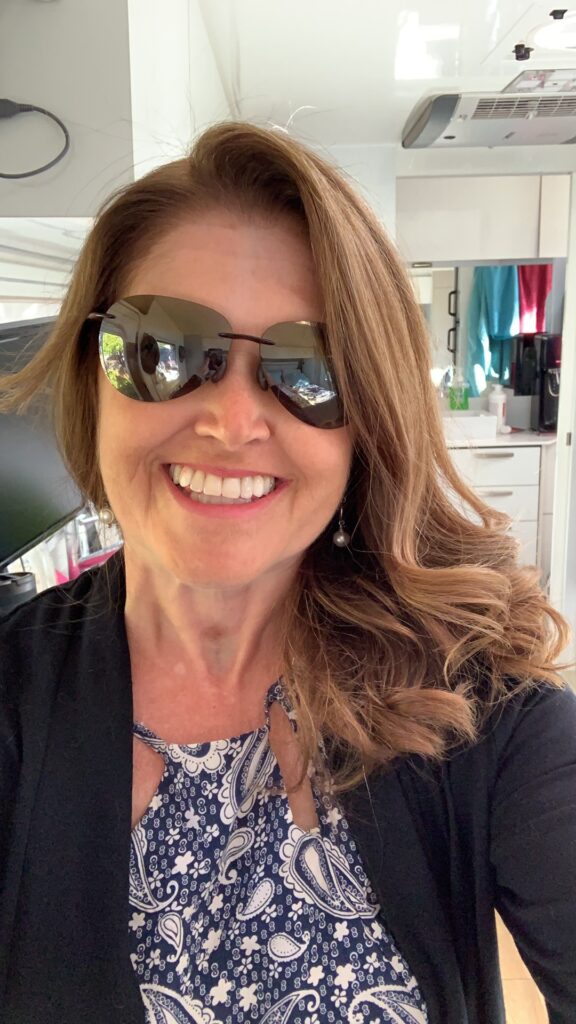Author: Mrs A
Location: Bradford-on-Tone, Somerset, Vienna, Austria and London, UK
The end of February saw a frenzy of activity as painting, electrics and flooring were all coordinated to complete our newest room of the house, our home bar! When we bought the house, this room had been accessed only via the garage, and was used as an office. We have moved the office to a new space and wondered what we would do with it.
A few inspired thoughts, and the access point to the room was moved to near the kitchen, the window removed and replaced with bi-fold doors, the strip lighting, shelves and desks extracted (reused in the garage and loft)…and voila, Bad Cat’s Bar was born!
We immediately hosted an evening with drinks and nibbles for a few neighbours and friends who had been a part of the team to help create it.
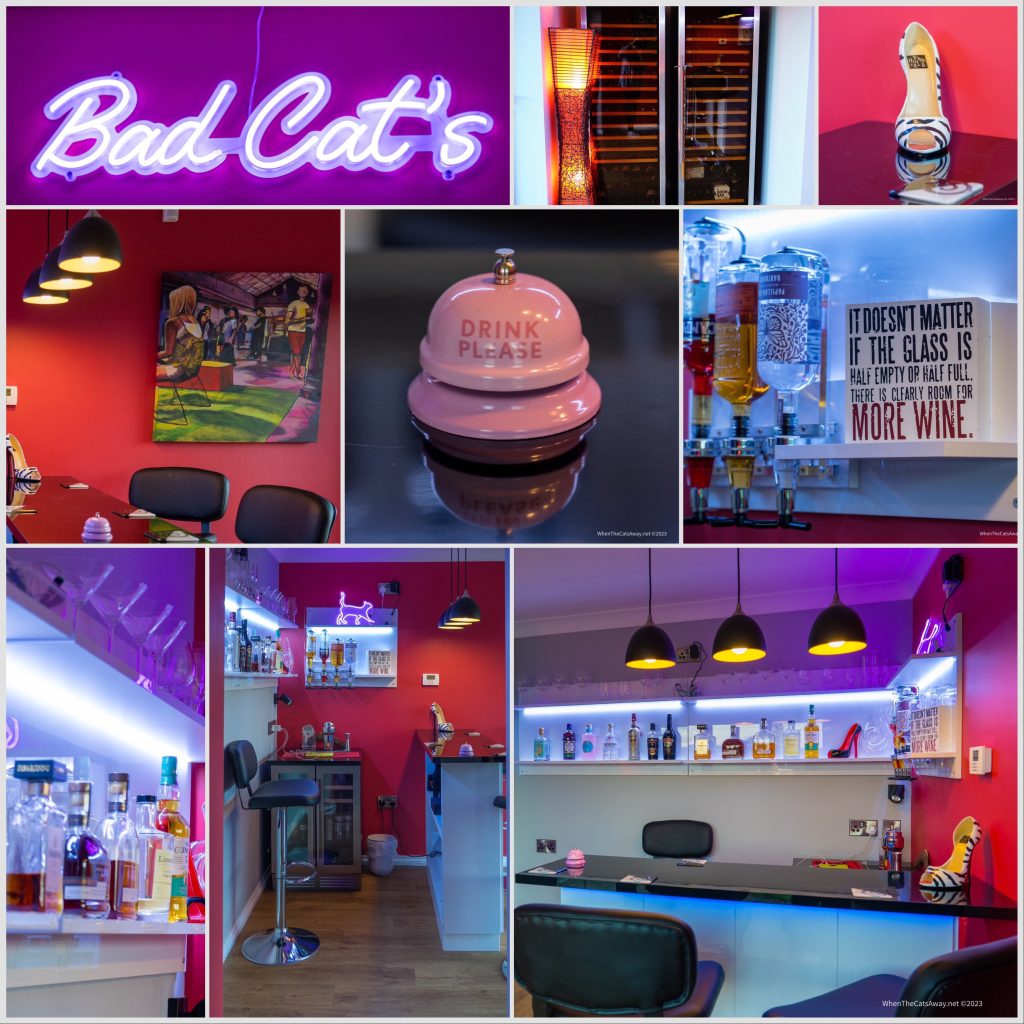
*
The first of March saw us heading off to London for the night in advance of our flight to Vienna, Austria. We found a superb Thai restaurant in the basement of a pub, run by a Thai family, very unexpected, and incredibly delicious. Duck pancakes, soft-shell crab and more…it beat us!
The following day we headed off to Heathrow Airport and boarded our flight to Austria. It all went without a hitch and soon we were checking into our hotel. I had been invited to the city as a guest of doctors at Vienna University who were hosting an event for thoracic, ENT and respiratory physicians. The medical fraternity is only recently dipping its toe into representing the voice of patients, and given my experience with this disease and involvement with so many of the doctors with research, I am fortunate to have been invited in that role.
It was a fabulous conference – while it was mostly scientific in its nature, with little I could take back and present to patients, it was a superb opportunity to network with doctors and spread the word about offering support to their patients. My presentation went well on Friday, and I was lucky it was just before the lunch break, so I had a lot of opportunity to chat to interested people afterwards. Many business cards were exchanged, and promises of more research to be conducted into airway stenosis soon. I look forward to being a part of those conversations.
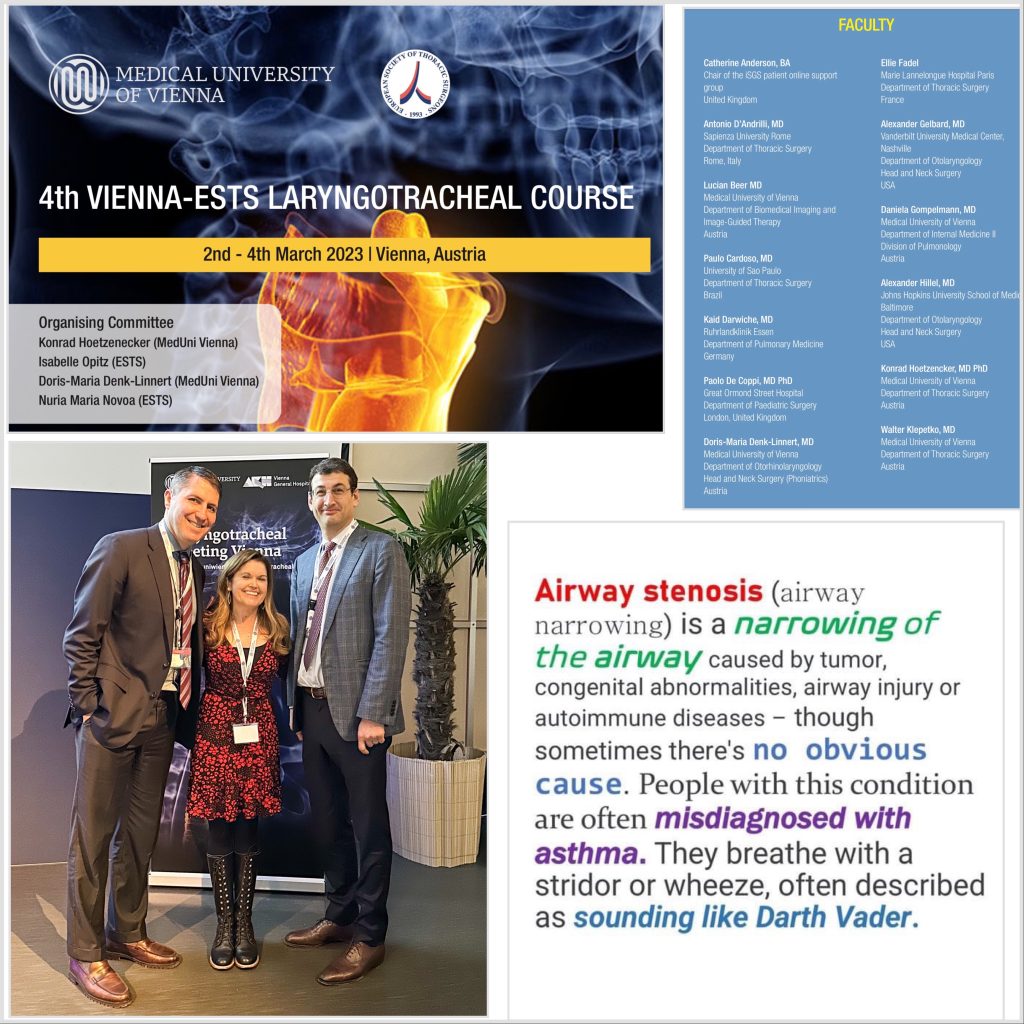
*
Soon it was Friday night, and the conference was over for me. I returned back to the hotel to freshen up ready for dinner and cocktails, joining our friends and neighbours from Bradford-on-Tone, Jim and Lucy. They had flown out to join us for the weekend and were ready waiting with Mr A in the bar with a glass of crisp fresh Grüner Veltliner.
We had a fun night out, visiting one of Vienna’s funkiest bars, The Krypt, for cocktails and laughs until the adrenaline crash appeared around midnight and we had to go home!
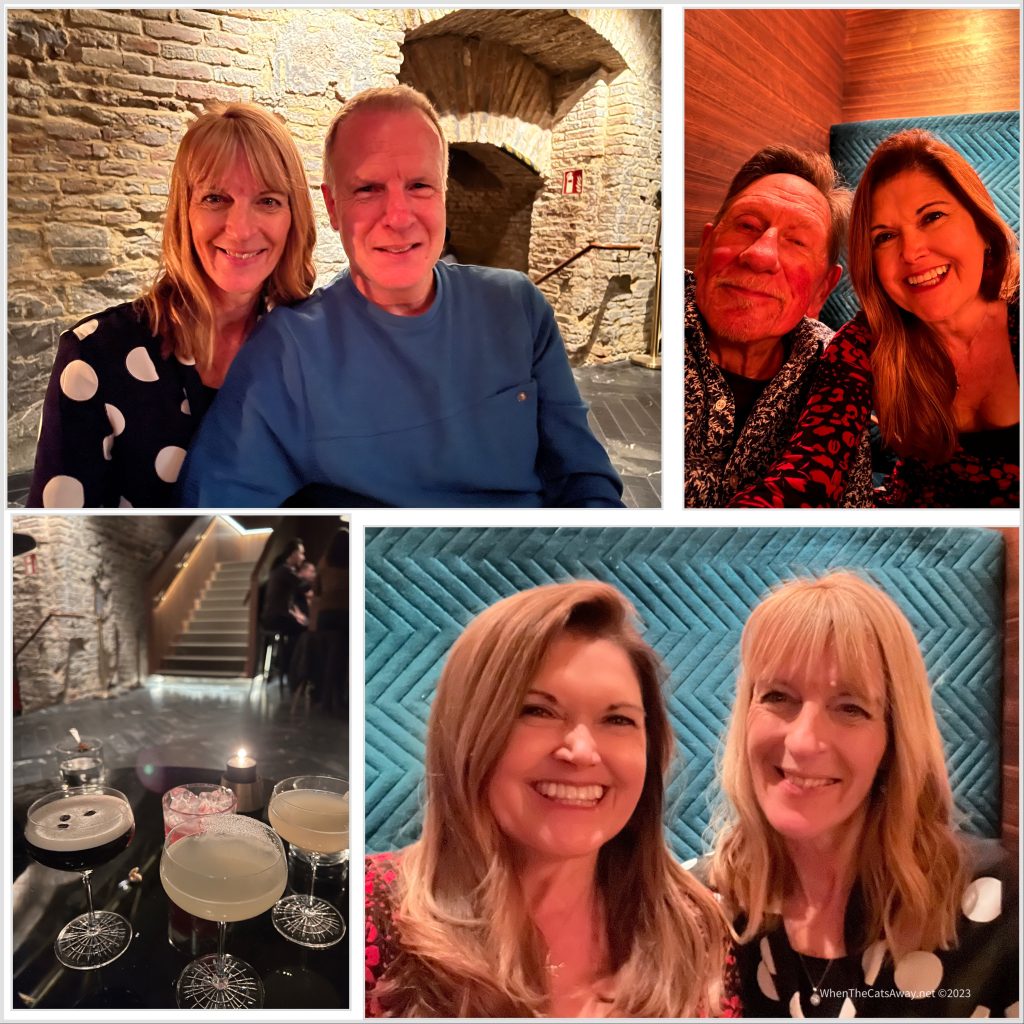
Mr A had taken care of the weekend’s planning, as it was all part of my birthday present. How convenient that we were in Vienna?! So Saturday morning began with a walking tour around Vienna’s most picturesque buildings. If you have not been to Vienna, then you will not realise that every single building in the city is attractive, right down to the one that houses McDonald’s!
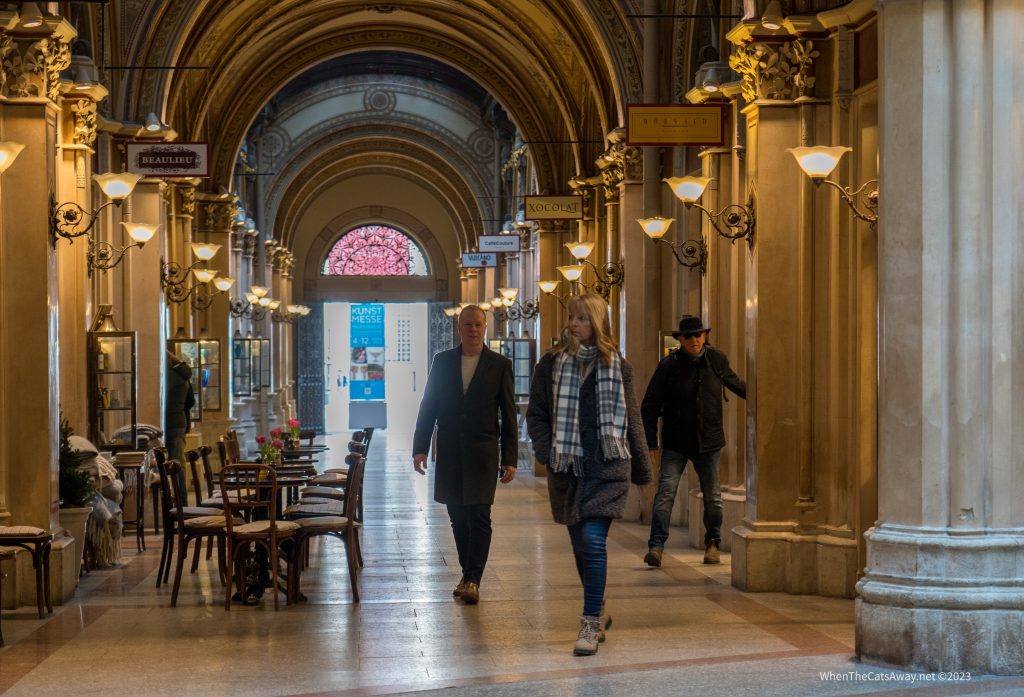


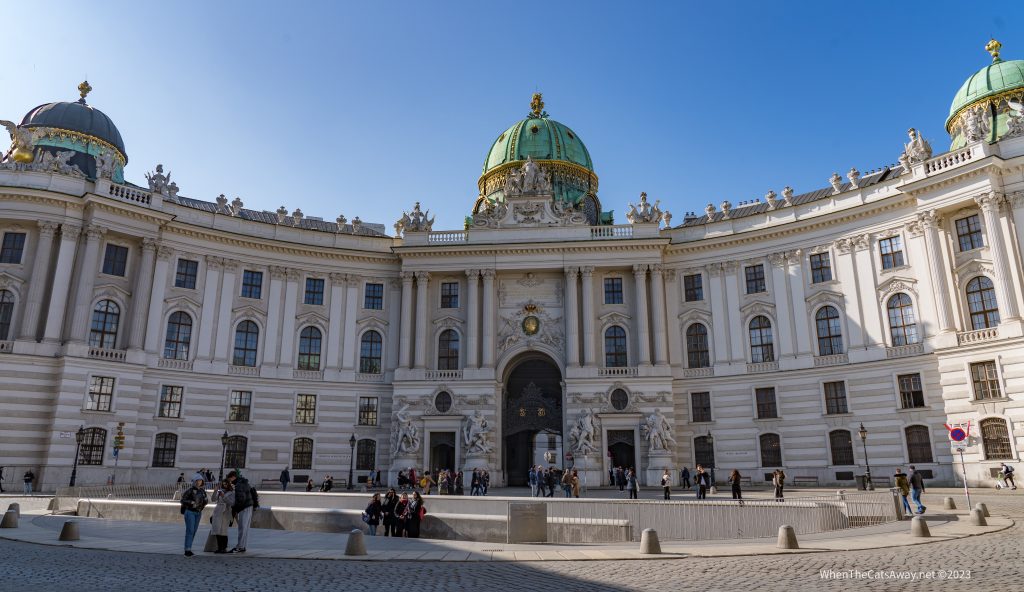

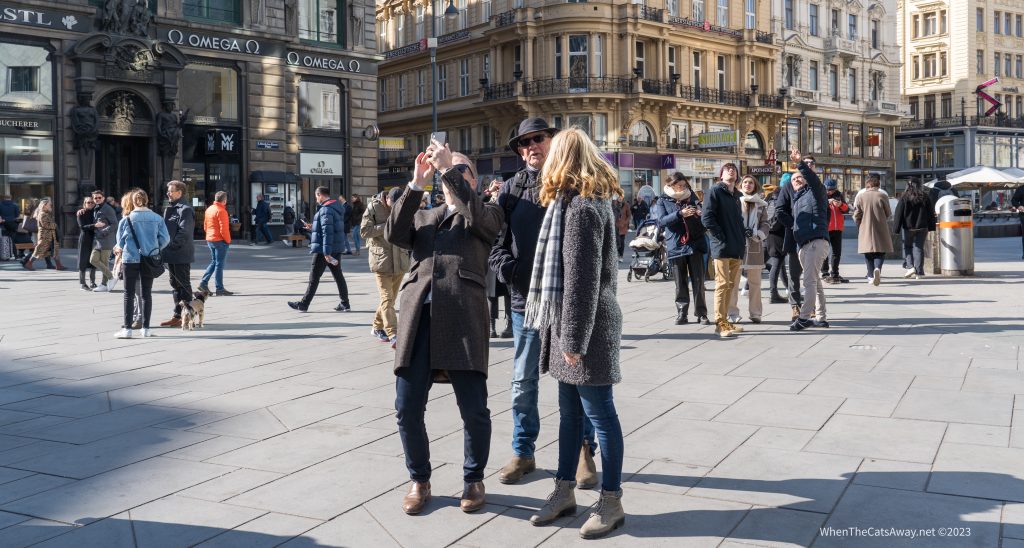
Mr A’s walking tour took us across town, allowing us to admire many stunning buildings on our way to our lunch location, the Naschmarkt. This colourful location is home to Vienna’s food market, and a street full of every cuisine you could imagine, as well as fresh produce ranging from tanks of olive oil and balsamic vinegar to crispy nuts and cakes of every flavour.
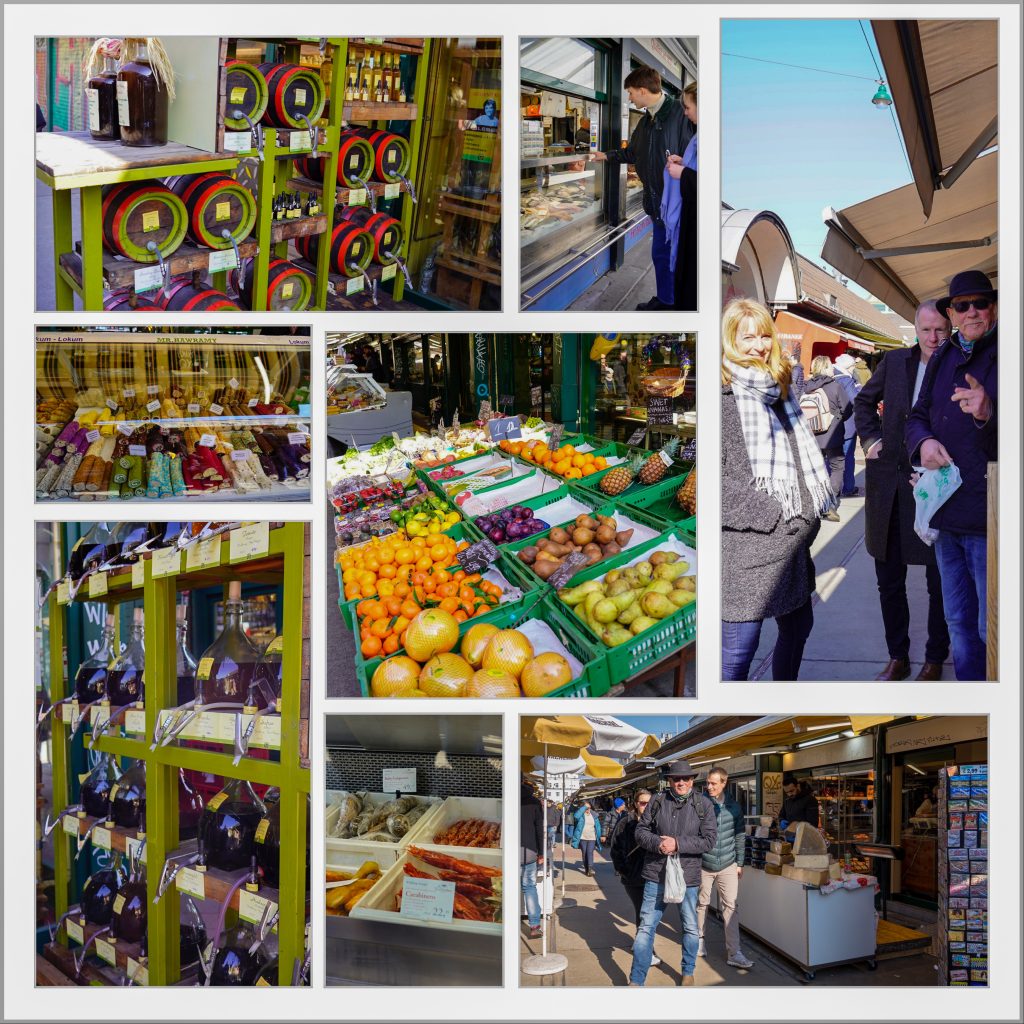
We found ourselves a sunny corner on a table outside a Turkish restaurant, and settled in for the long haul.
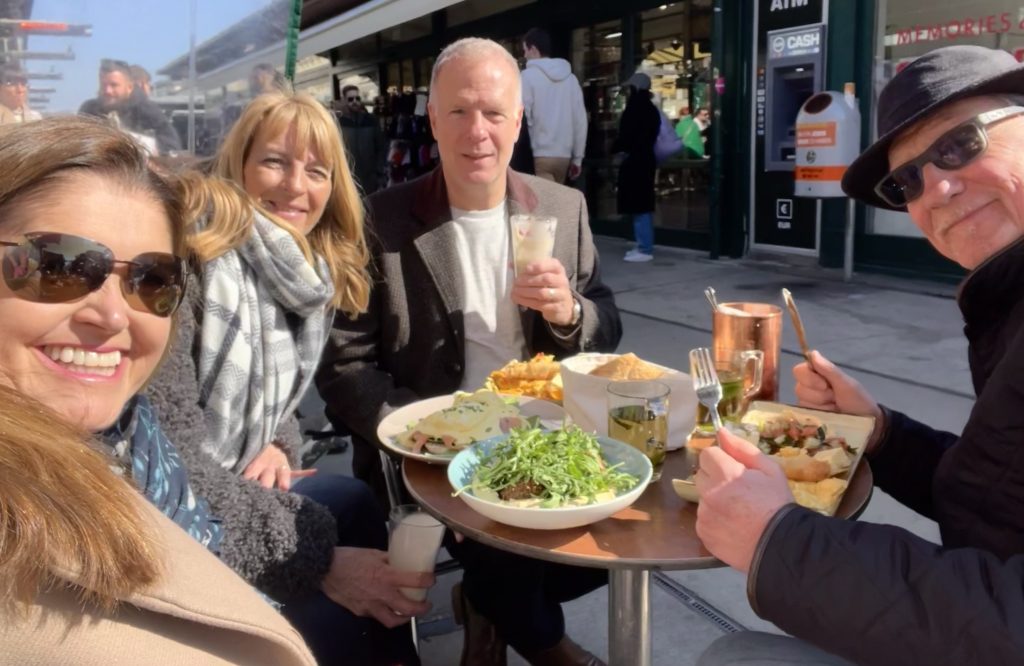
The afternoon and evening continued in a similar vein, with superb scenery and delicious food. Mr A had excelled himself in his booking of the best places, with Saturday night a fabulous 6 course Italian degustation in a tiny restaurant with just 5 tables and service like we were dining at a friend’s house.
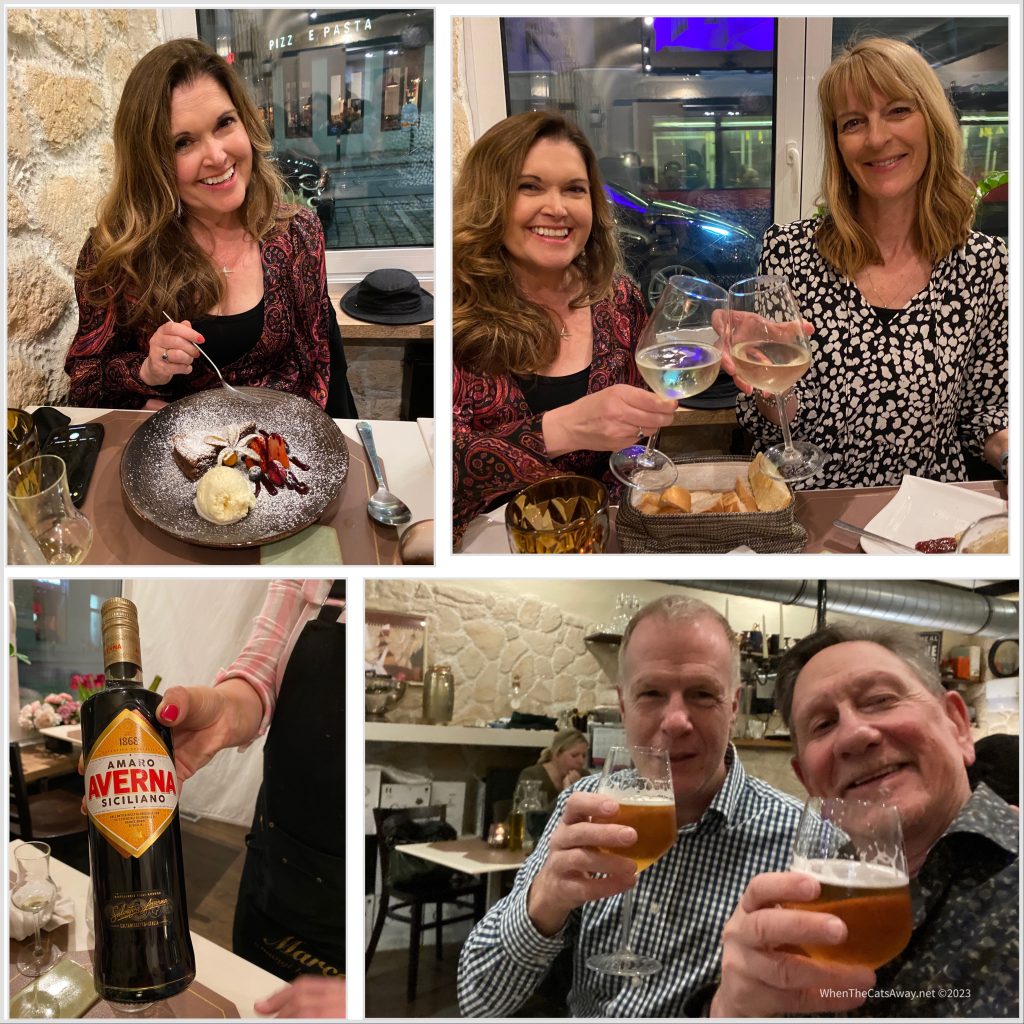
*
Sunday morning was my birthday-with-a-zero, and Mr A proposed we actually go for breakfast for a change. I did wonder why, given I don’t really eat breakfast…and all became clear when the staff brought out a bottle of bubbles and everyone sang to me! What a surprise!
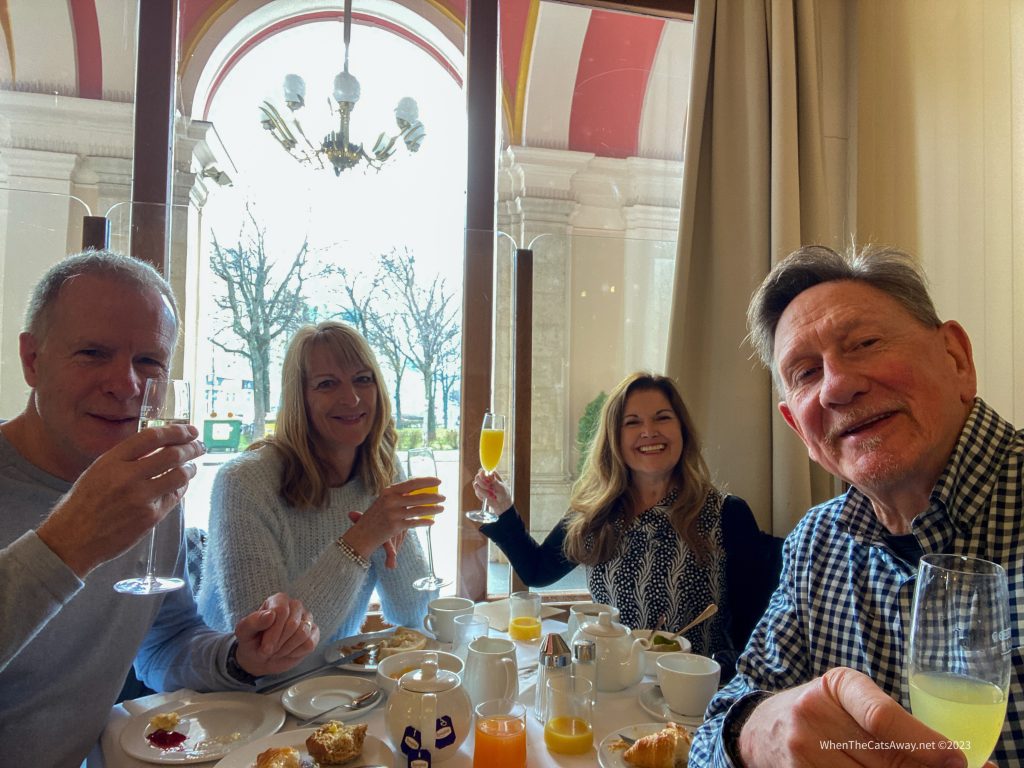
Our next event of the morning was a short walk away, the the Spanish Riding School. It is something I had always wanted to see in person, the incredible dancing horses always included as part of the pomp and ceremony in royal events of my childhood.
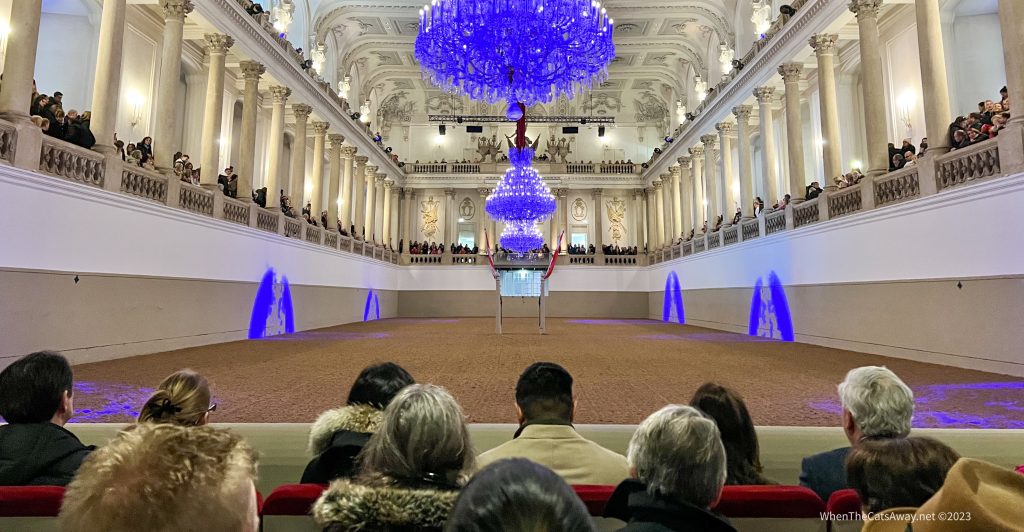
It is an Austrian institution dedicated to the preservation of classical dressage and the training of Lipizzaner horse (cross breed between Iberian and Arabian horses) – even the ornate venue dates back to the early 1700’s. We sat enthralled as immaculate horses led by their trainers walked on the spot, delicately danced their way around the stadium and defied gravity to jump and clap their hooves together mid air. Just blew us away! Bucket list item ticked off!
A cup of tea and apple strudel followed for the dairy-eaters, a vegan cake for me, and an afternoon at the art gallery.
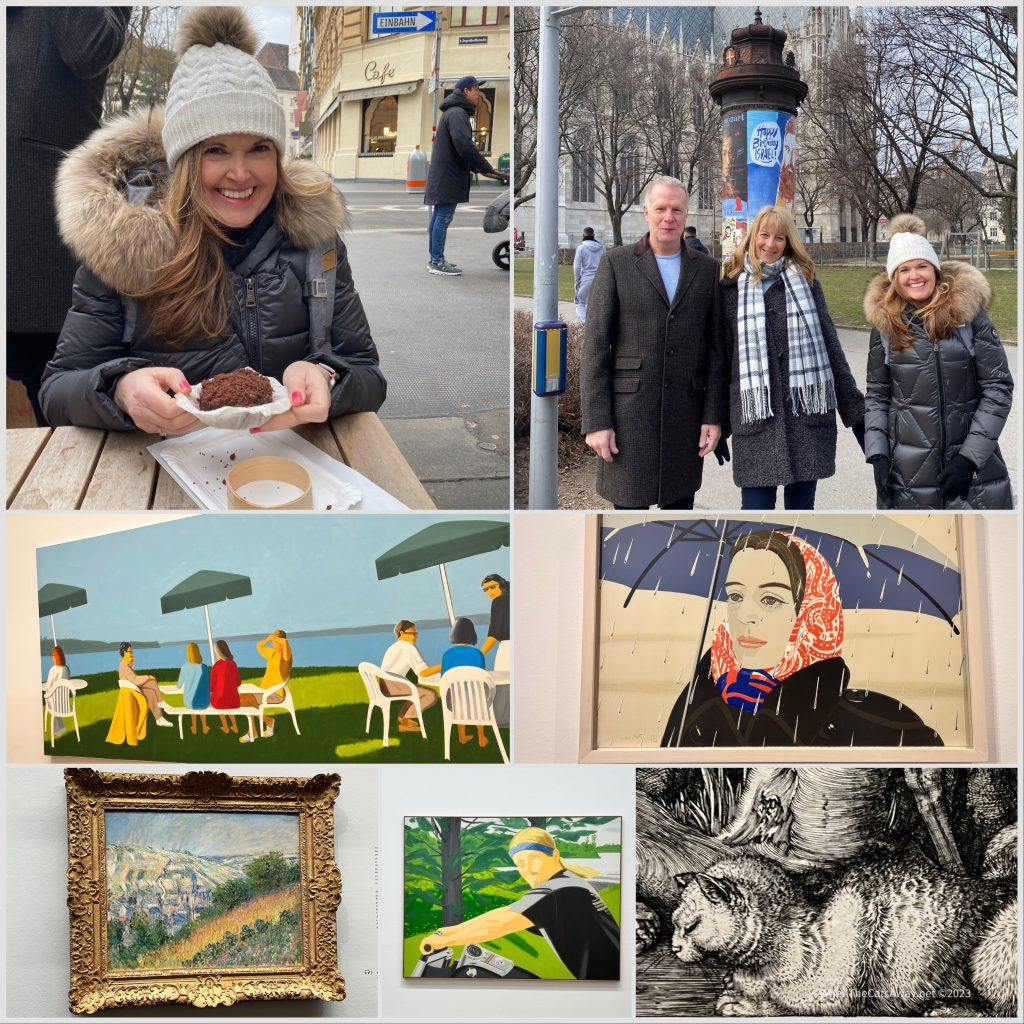
For our final evening in Vienna, Mr A had booked us a table at a Japanese restaurant. Boasting an amazing and well deserved reputation, we were treated to a huge menu of options, ranging from the more unusual sea urchin through to more traditional Katsu dishes. It was a first for Jim and Lucy, cuisine wise, and for us a long time since we had anything this good. A great birthday dinner choice!
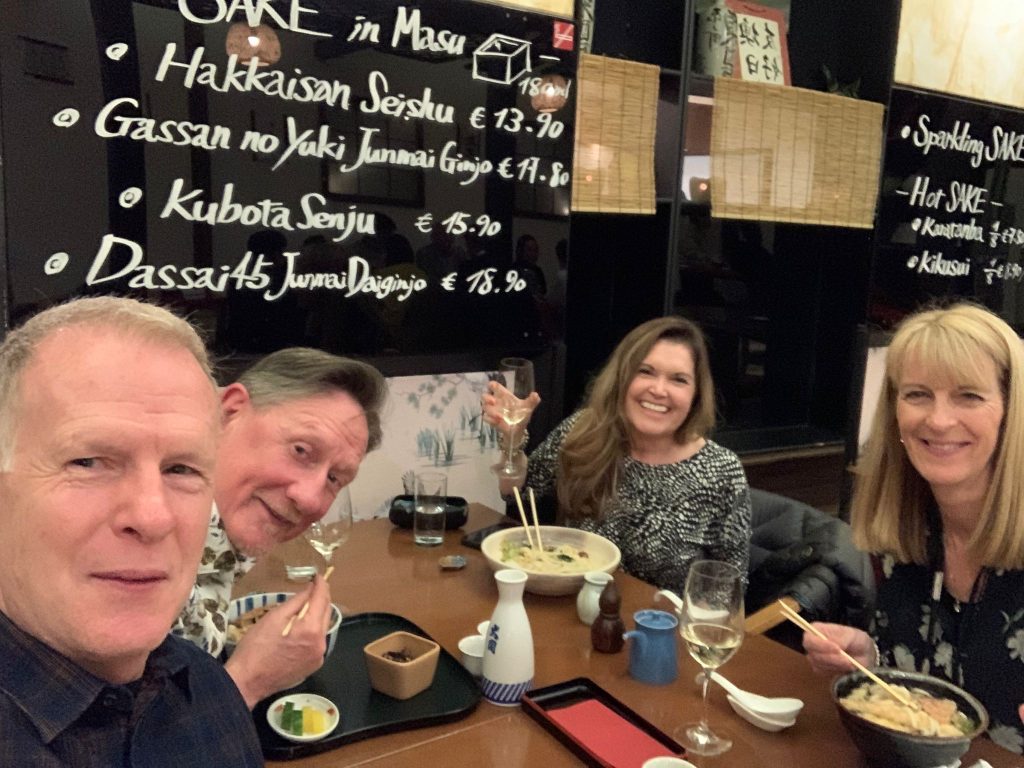
We concluded our time in Vienna with drinks in our hotel bar, a night-cap to finalise our time in this beautiful city. We had such a good time with Jim and Lucy, barely pausing for breath between laughs, it was a superb birthday.
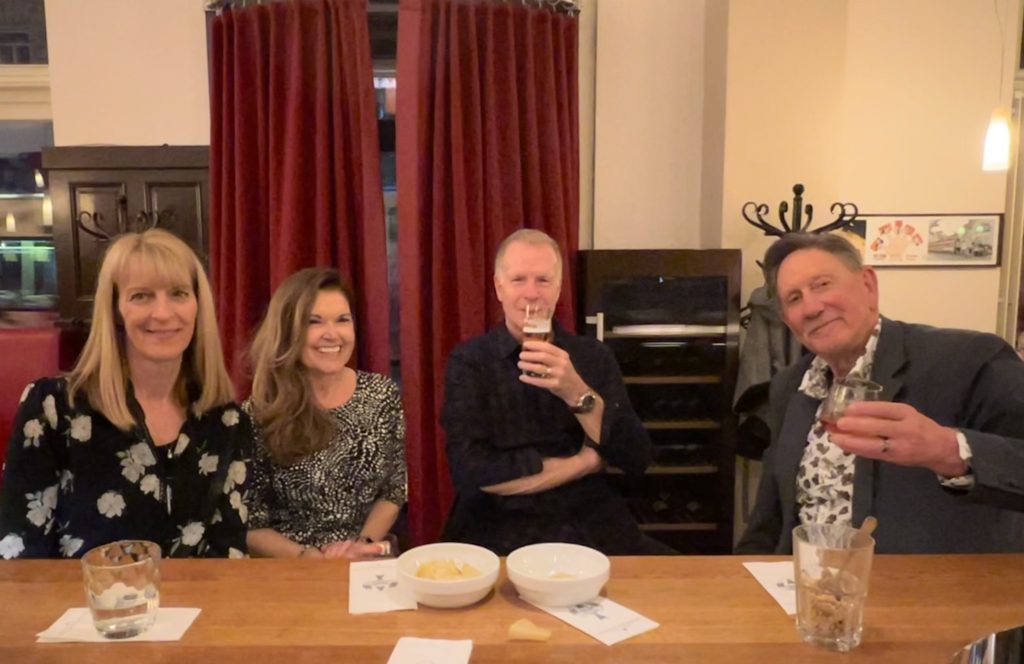
*
Returning back down to earth in the UK we were treated to a cold snap, and once again our garden and countryside was transformed into a magical fairyland by the snow! It was very short lived, with the following day turning out with sunshine and temperatures in the teens, quickly melting any last signs.
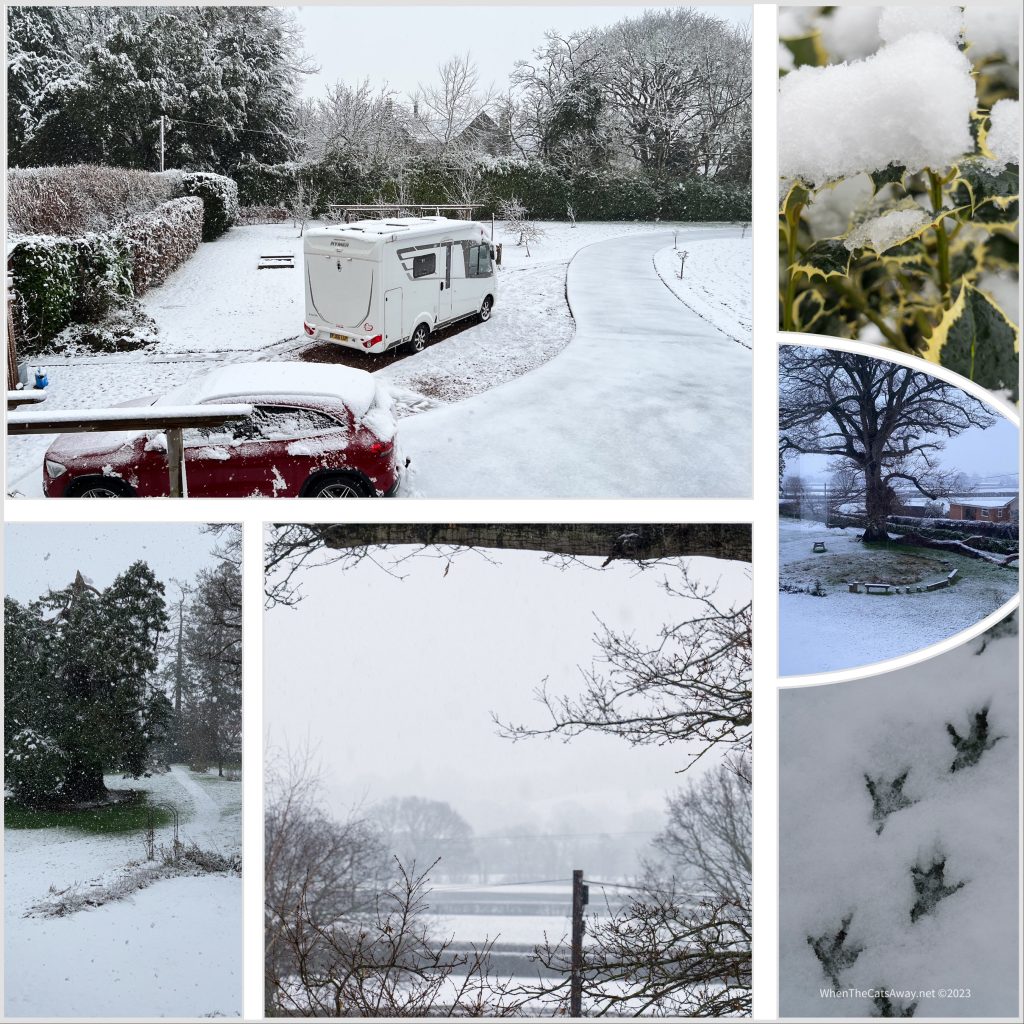
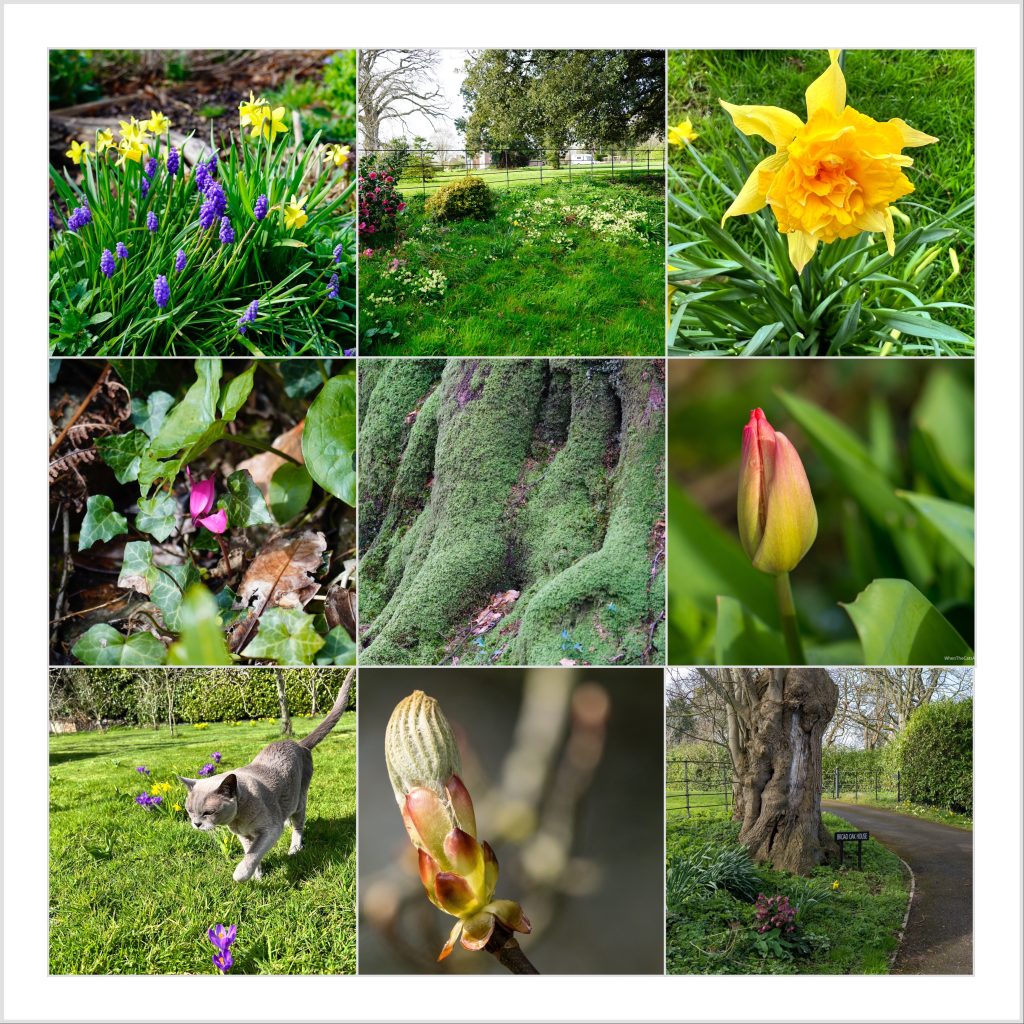
And so here was I thinking all the birthday malarkey was all done and dusted, when at 1pm the following Friday the doorbell rings. I opened the door, expecting yet another piece of biking or outdoor gear for Mr A to have been delivered, and lo and behold, there’s my sister, Helen!
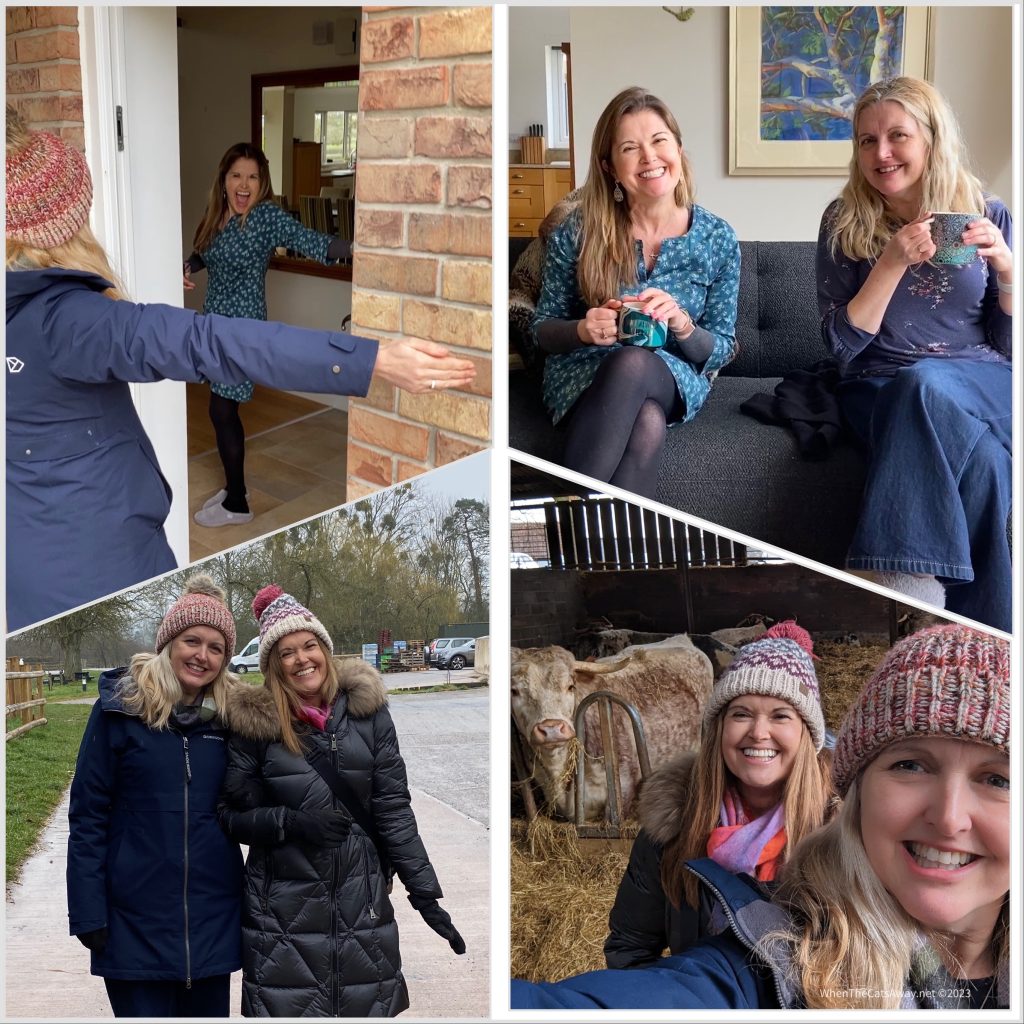
I settled in to a weekend of sister-time, a Friday night movie, brunch at Sheppy’s and a stroll around our village in the rain…the stroll that seemed to never end. In fact I started to think Helen hadn’t had enough sleep as she made me head back to the church for a third time in the drizzle…
Finally we got home to find why she had been delaying me, as my mum strolled down the stairs with a beaming smile on her face! A huge shock, given mum had not until this point made it to our new home as she was busy being carer to her poorly husband.
The excitement did not end then, with the doorbell constantly ringing, and in walking my cousin Karen and husband Iain, cousin Ian and wife Caroline, brother Alex, friends over from Devon, Karen and Dan, and Jim and Lucy arrived to join in the fun too!
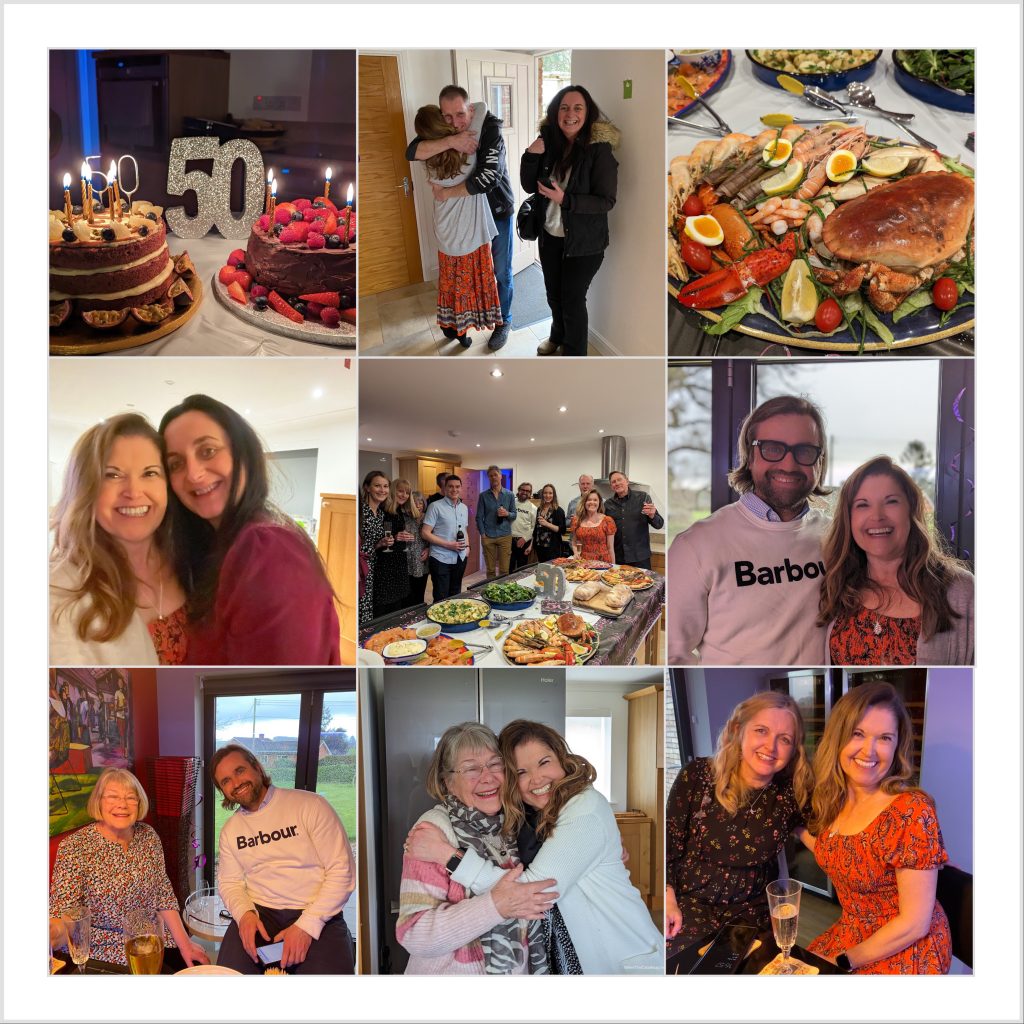
Mr A had organised catering from a local business, Conrad’s Kitchen – a veritable seafood feast, with fresh crab, lobster, languistine, king prawns, cold meats, salad, potatoes, bread and more. Just incredible. Friend Karen, who not only works full time for the NHS and is mum to pre-teen twin boys baked two delicous cakes! Amazing!
We finished off the weekend by dusting ourselves off post a huge egg and bacon brunch and heading off to the river for a walk to blow the cobwebs away. A superb weekend – well done to Mr A for all his hard work and to all our friends and relatives for keeping such a big secret!
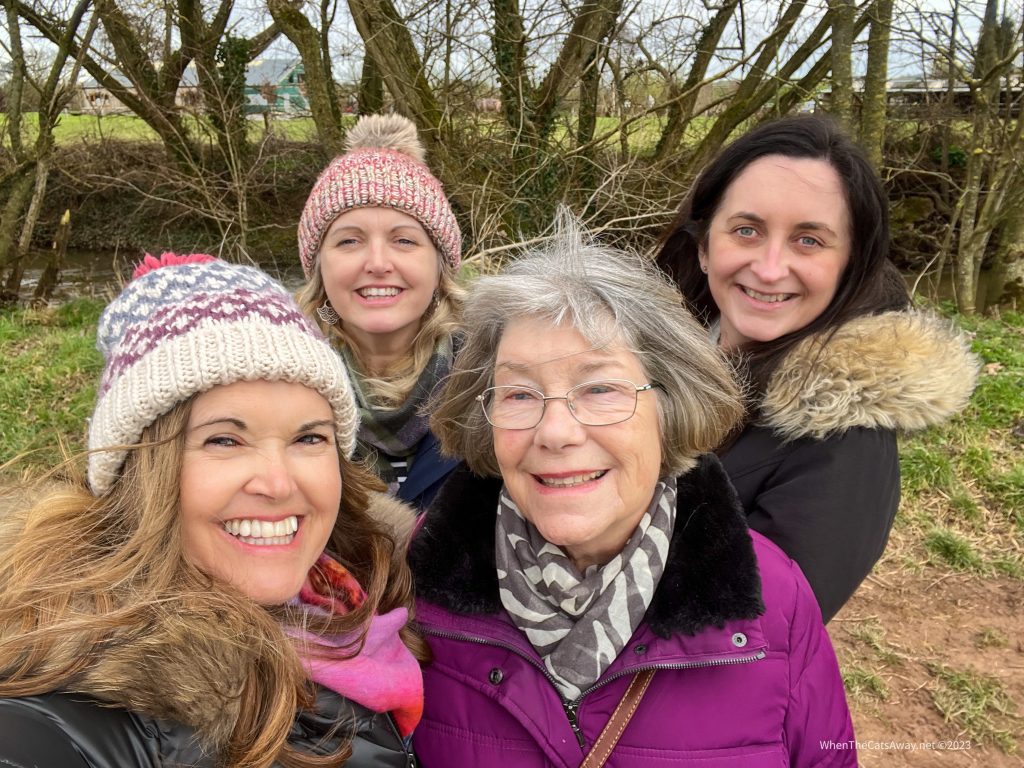
A week’s worth of sheet and towel washing was worth all the fun and laughter (I seem to recall a TikTok clip being made at one stage!!) and awesome memories made.
*
Life returned somewhat to ‘normal’ after that, with gardening and household jobs, plus a trip up to London for more injections in to my airway. After last year’s chaos of never ending operations, it seems (‘touch-wood’) that my airway is finally stabilising and the injections are working again! Thank goodness – an operation every other month just was not sustainable. Fingers are thoroughly crossed that this trend continues – 6 weeks of easy breathing so far…

*
March winds and April showers bring forth May flowers, according to a proverb from the 1800s, so we hope that is true, as the end of March has been very wet and windy. Fortunately for us we can be flexible with our schedule, so as soon as the sun shines we get out and about. We did a stunning 36km return cycle along the Taunton Canal, spotting a vibrant little kingfisher shooting up and down the waterway and a cute female roe deer bounding through the fields.
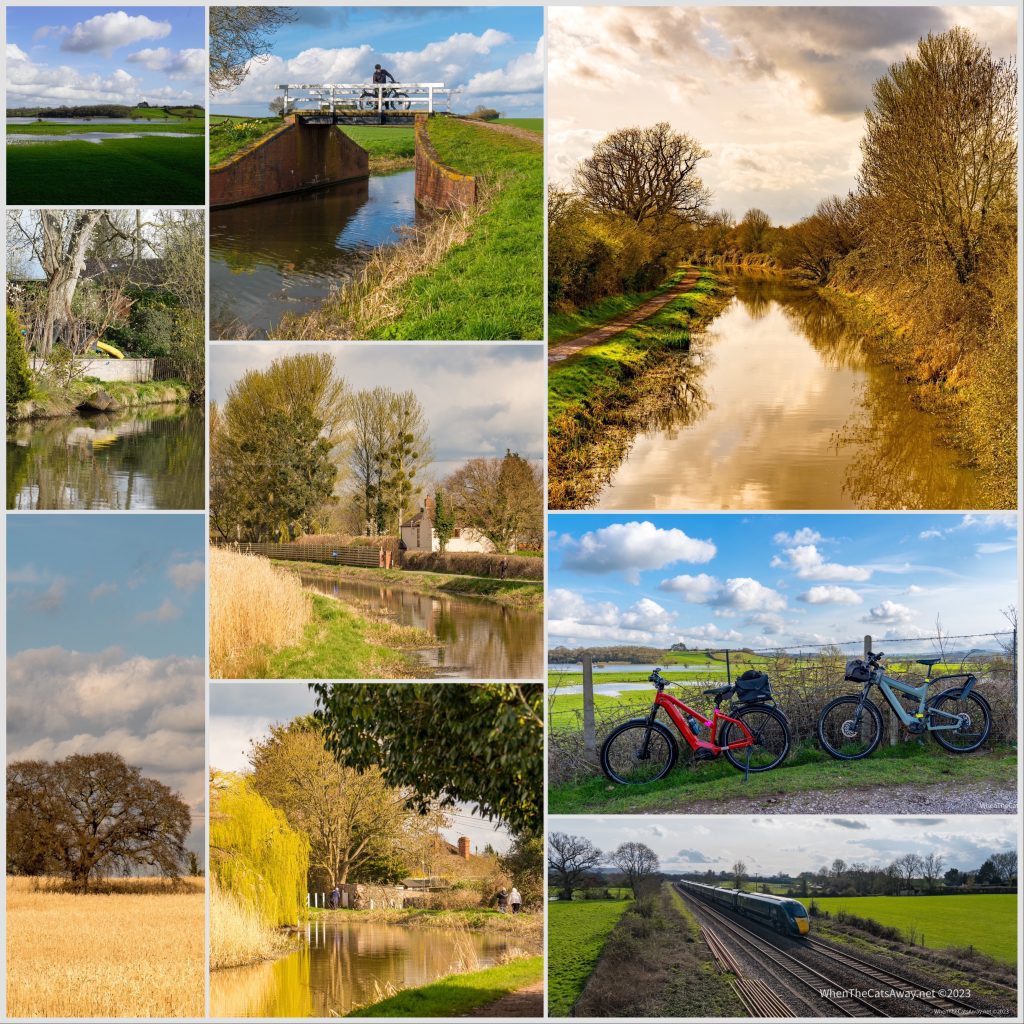
*
With a small inheritance from my grandma we purchased a Cider Gum in her memory – a Tasmanian eucalyptus tree. We plan to keep it from growing ‘too big’ but enough to hide the view of some of the nearby houses, the scented leaves bringing back great memories of the Australian bush, while the name seeming to be fitting with our new home in cider-country!
We finished the month by getting awnings installed over our big glass windows – enough to give us some shade from the hot southern sun, while not blocking the view from inside. We shall probably never see the sun again! They are also able to be used in light rain, therefore giving us a dry outdoor space for summer barbecues. Lots of options ahead.
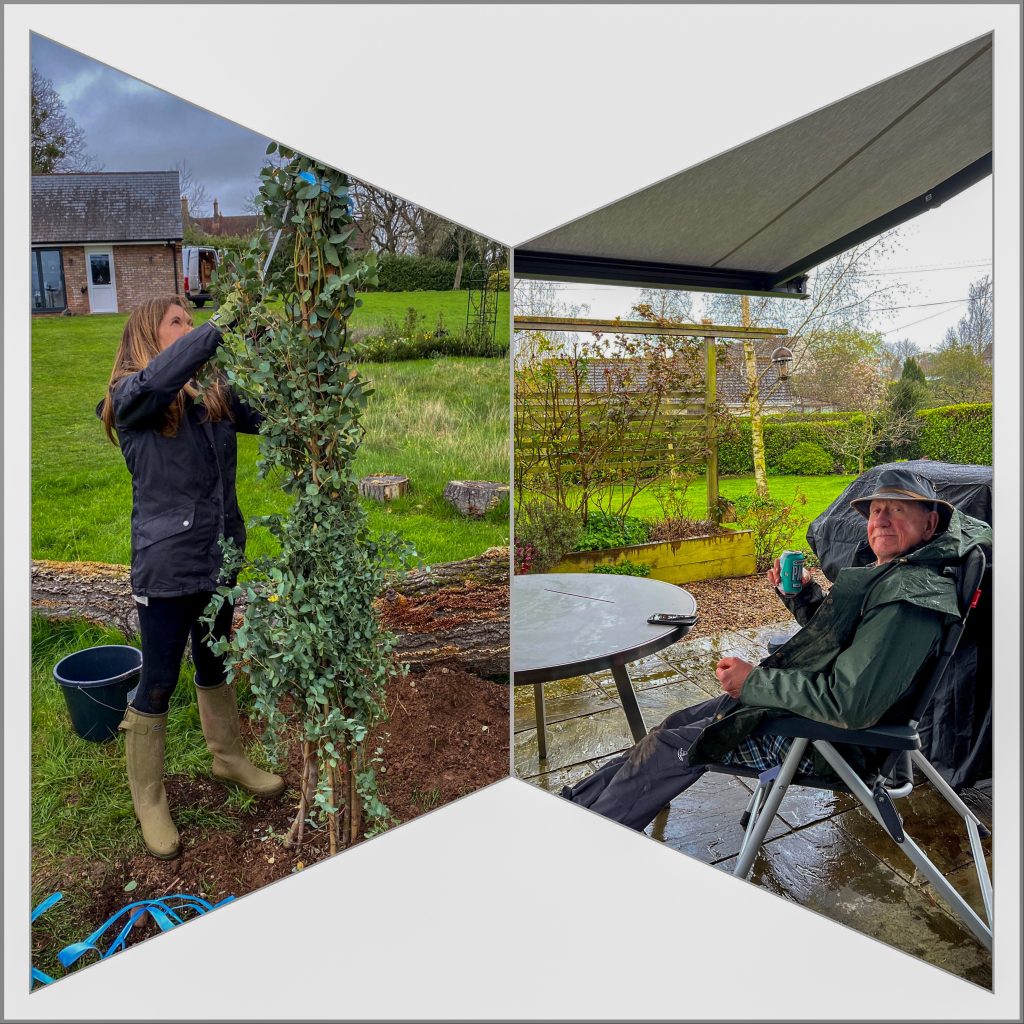
*
I’m going to finish off with a little plea for help.

I have been invited to represent airway stenosis patients at the European Laryngological Society’s 14th Congress in Milan, Italy in June. This is an incredible opportunity, and I jumped at the chance and accepted the invitation.
Unfortunately, despite pleading with them, they have a policy of not sponsoring admission, travel costs or accommodation, even for volunteer patients!
I’ve attempted to find corporate sponsorship too, but as I am not a registered charity, have hit dead ends there too.
So I am now trying to raise money for…
£660 (750 Euro): Entry to congress – 3 days – I plan to attend all sessions relevant to airway stenosis and take notes where I believe patients can learn something useful
£100 (110 Euro): Congress dinner – a great networking opportunity, and something I would pay for myself
£240: Return flights from Bristol Airport to Milan
£210: Parking at Bristol Airport
£900: Accommodation – estimating it will cost about £225 a night based on the Congress website’s recommended hotels near the venue – if it is more I will cover the additional cost
Total: £2010 (excluding the dinner) – rounded down to £2,000.
Of course, there will be additional expenses including taxis, petrol, food and so on, but I will cover those costs myself.
I hate asking for money as I know everyone is stretched and gives so much to other causes, but I do hope you can spare a little. Even a small donation will help add up to the total amount. If you can help at all, the link is to be found here: Catherine Anderson GoFundMe
Thank you so much in advance.
*

